
House Supplies & Furnishing List
Affiliate Link Disclosure: We are a participant in the Amazon Services LLC Associates Program, an affiliate advertising program designed to provide a means for sites to earn advertising fees by advertising and linking to Amazon.com.
Waste & Recycling
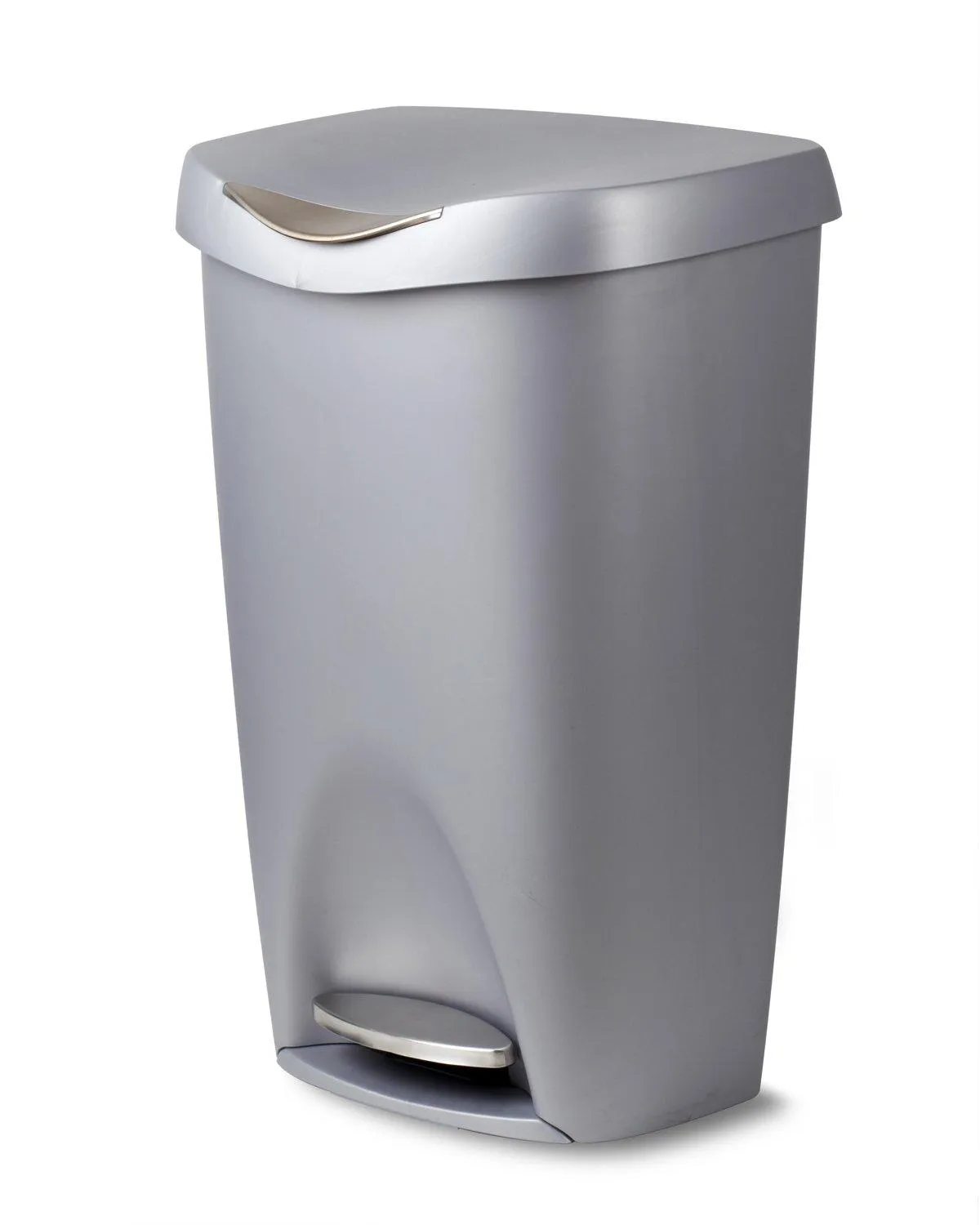
13 Gallon Trash Can with Lid
Quantity: 1 per kitchen
Use & Notes: We use a trash can with a lid to help reduce odors and keep things looking tidier—especially in shared kitchens. The lid isn’t strictly necessary, but it tends to encourage better hygiene and discourages pests. Size varies depending on house size, but standard tall kitchen cans work well.
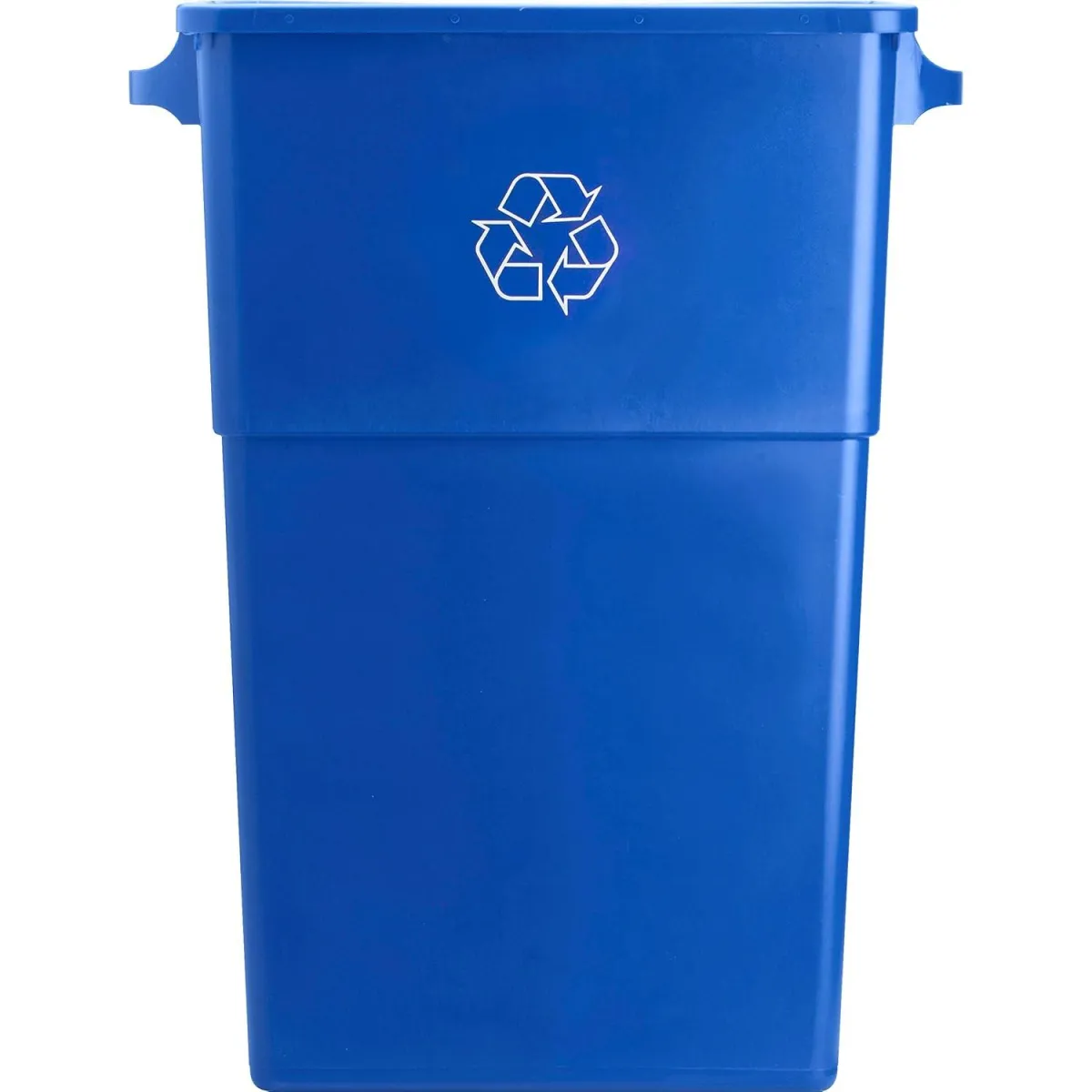
Recycling Rectangular Container
Quantity: 1 per kitchen
Use & Notes: We like a slimmer design for recycling bins to keep walkways and kitchen flow clear, especially in tighter spaces. No lid necessary. Placement should make it obvious and easy to use—this helps with participation and keeps recyclable materials out of the trash.
Cleaning and Sink Area
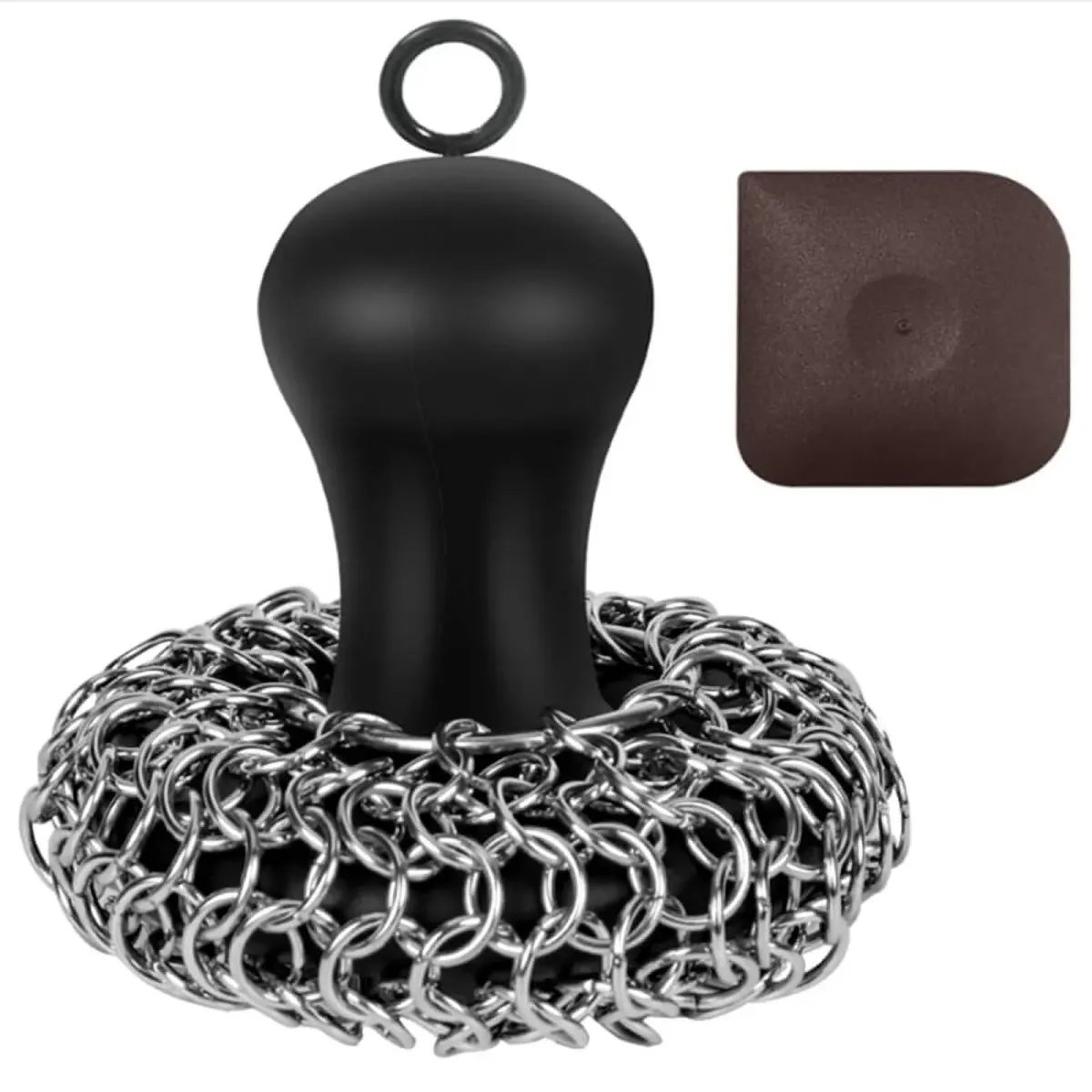
Cast Iron Scrubber (Chainmail)
Quantity: 1 per kitchen
Use & Notes: We prefer a chainmail-style cast iron cleaner over steel wool. It doesn’t rust, never needs replacing, and stays cleaner between uses. Makes it more likely people will actually clean cast iron correctly and consistently.
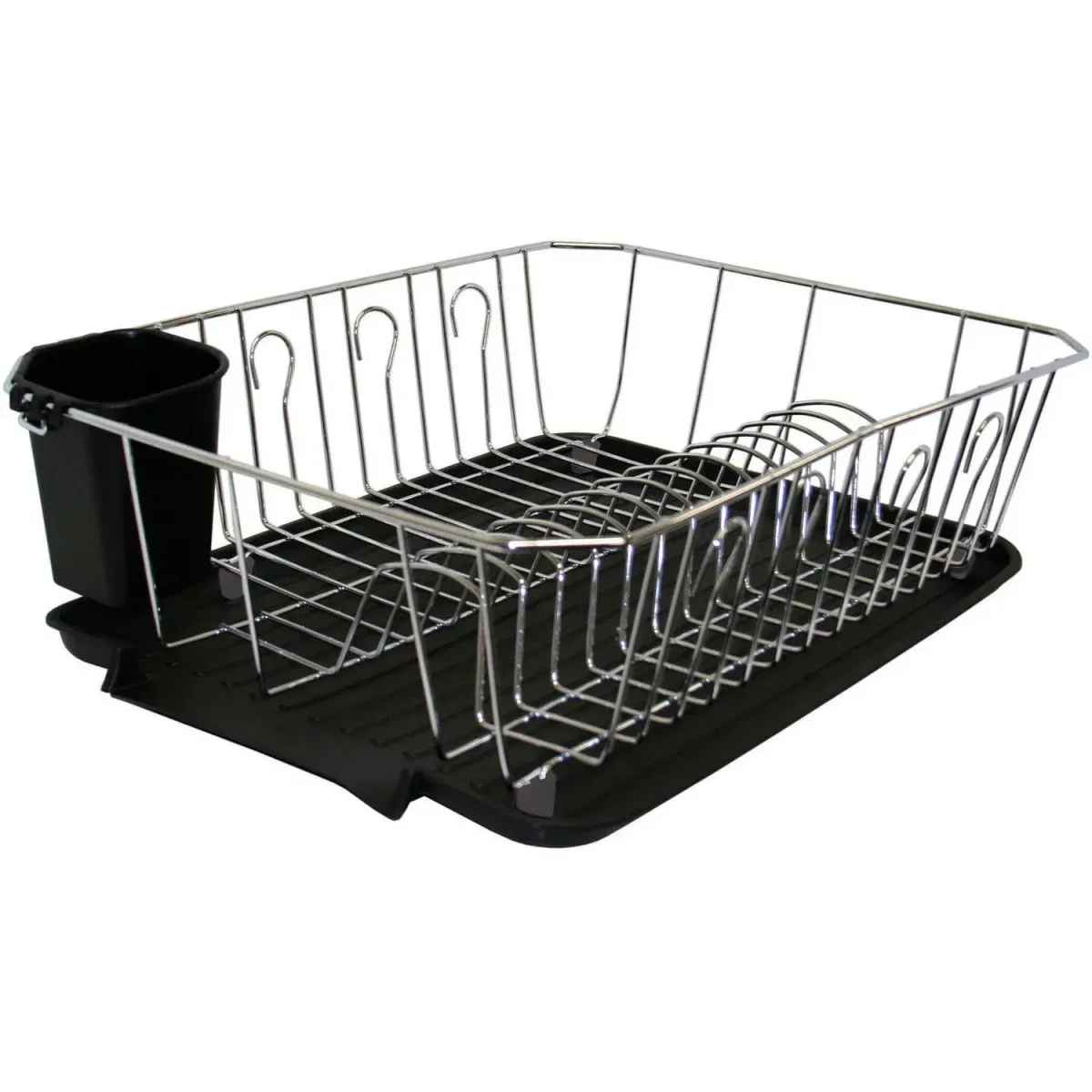
Drying Rack with included Drying Mat
Quantity: 1 per kitchen
Use & Notes: For air-drying dishes when counter space allows. Mat helps absorb water; rack keeps things off the counter. Size based on layout
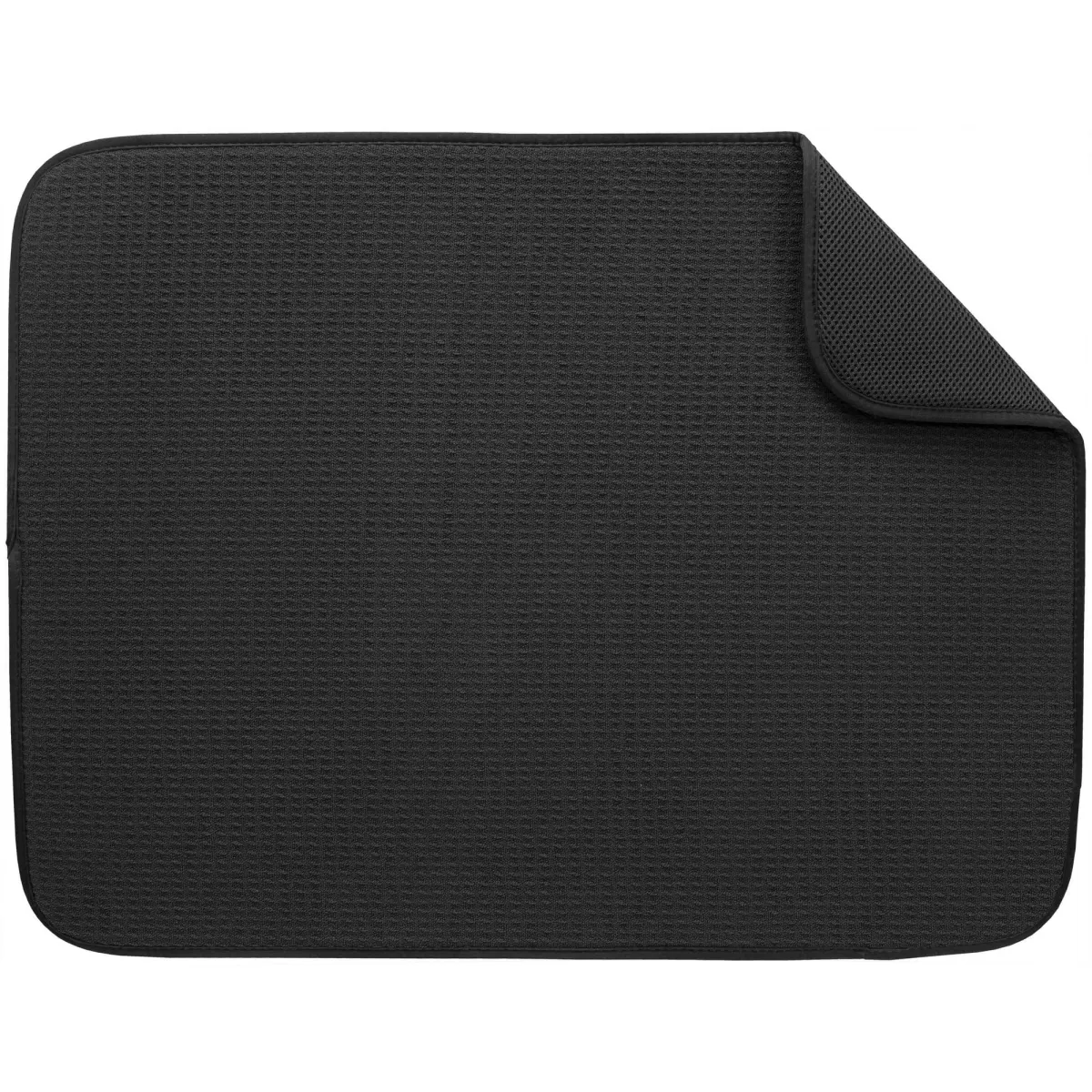
Dish Drying Mat
Quantity: 1 per kitchen
Use & Notes: Designed to go under a wire dish drying rack (if the rack doesn’t come with a tray). Microfiber mats soak up excess water from drying dishes. Choose based on sink layout and whether or not the dish rack comes with one.
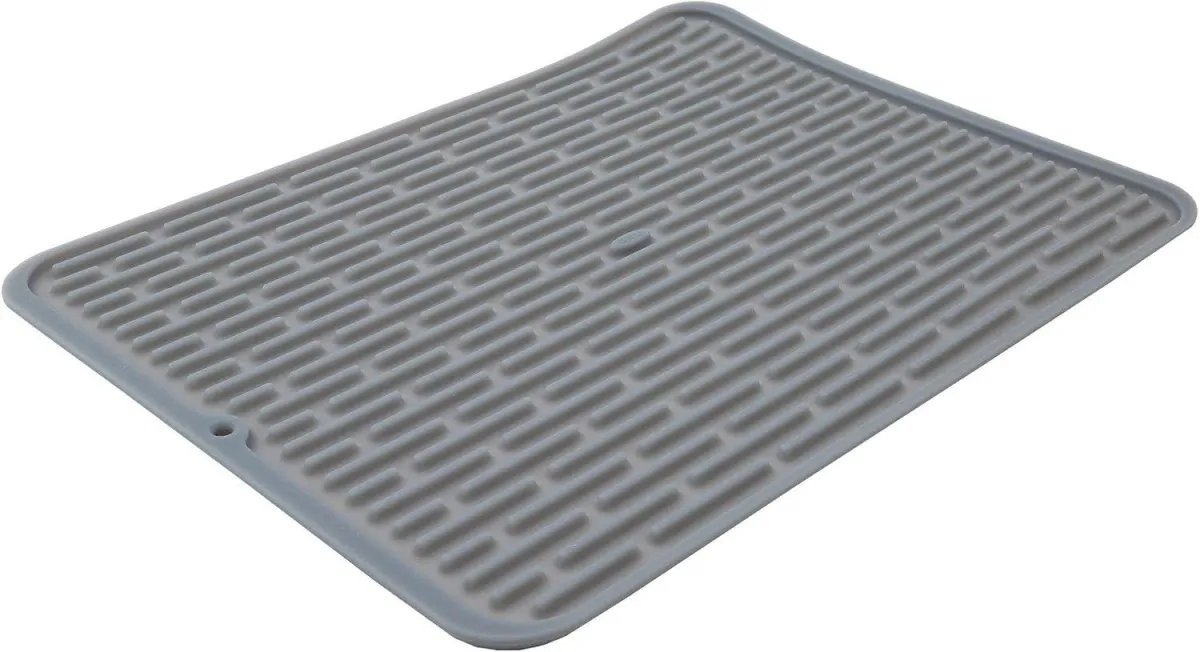
Large Silicone Drying Mat
Quantity: 1 per kitchen
Use & Notes: Meant to sit beneath a dish rack or be used on its own for drying items. Silicone mats are long-lasting, easy to clean, and ideal for high-use kitchens. Choose based on sink layout and whether or not the dish rack comes with one.
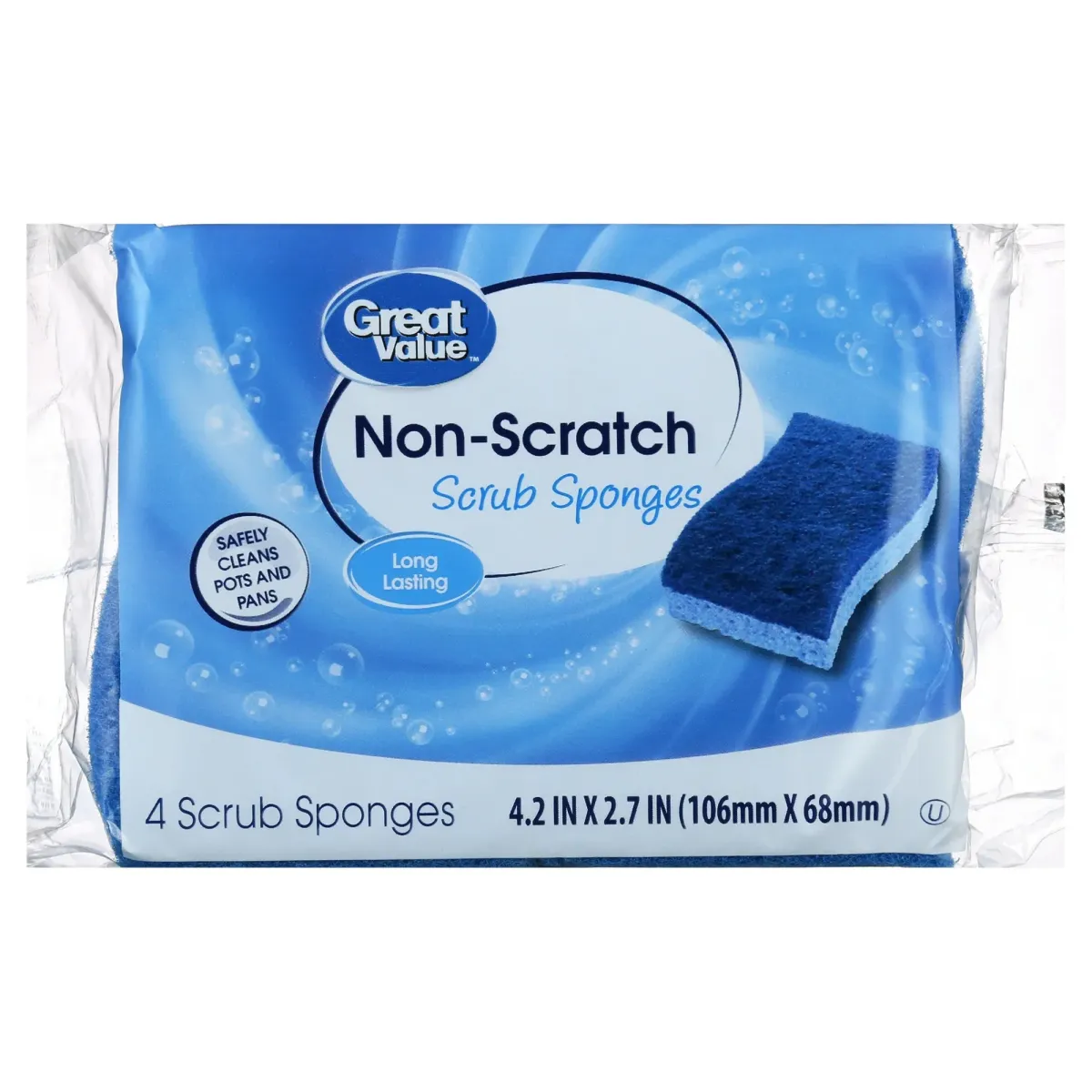
Non-Scratch Scrub Sponges
Quantity: 1 open + 1–2 in backstock per kitchen
Use & Notes: We use generic Walmart or dollar store sponges. They’re affordable, easy to replace, and usually do the job fine. We don’t find that name brands last significantly longer. Keep a backup or two under the sink for easy rotation.
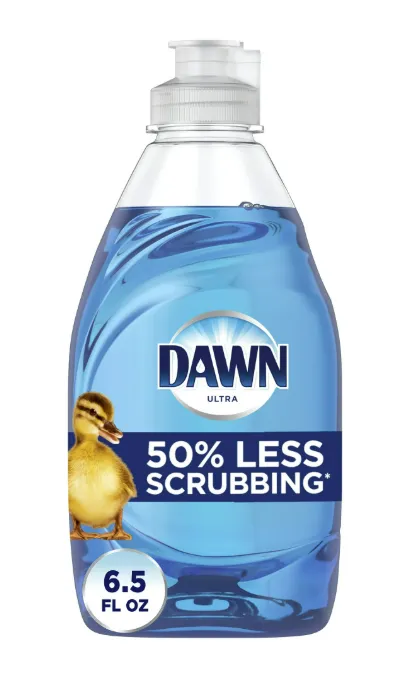
Liquid Dish Soap (Small Bottle - 6.5 oz)
Quantity: 1 per kitchen (lives on the sink)
Use & Notes: We refill this from a larger bottle stored under the sink. Residents are more likely to use soap correctly when it’s conveniently placed and doesn’t require handling a heavy jug. This bottle lives in plain sight and is easier to manage day-to-day.
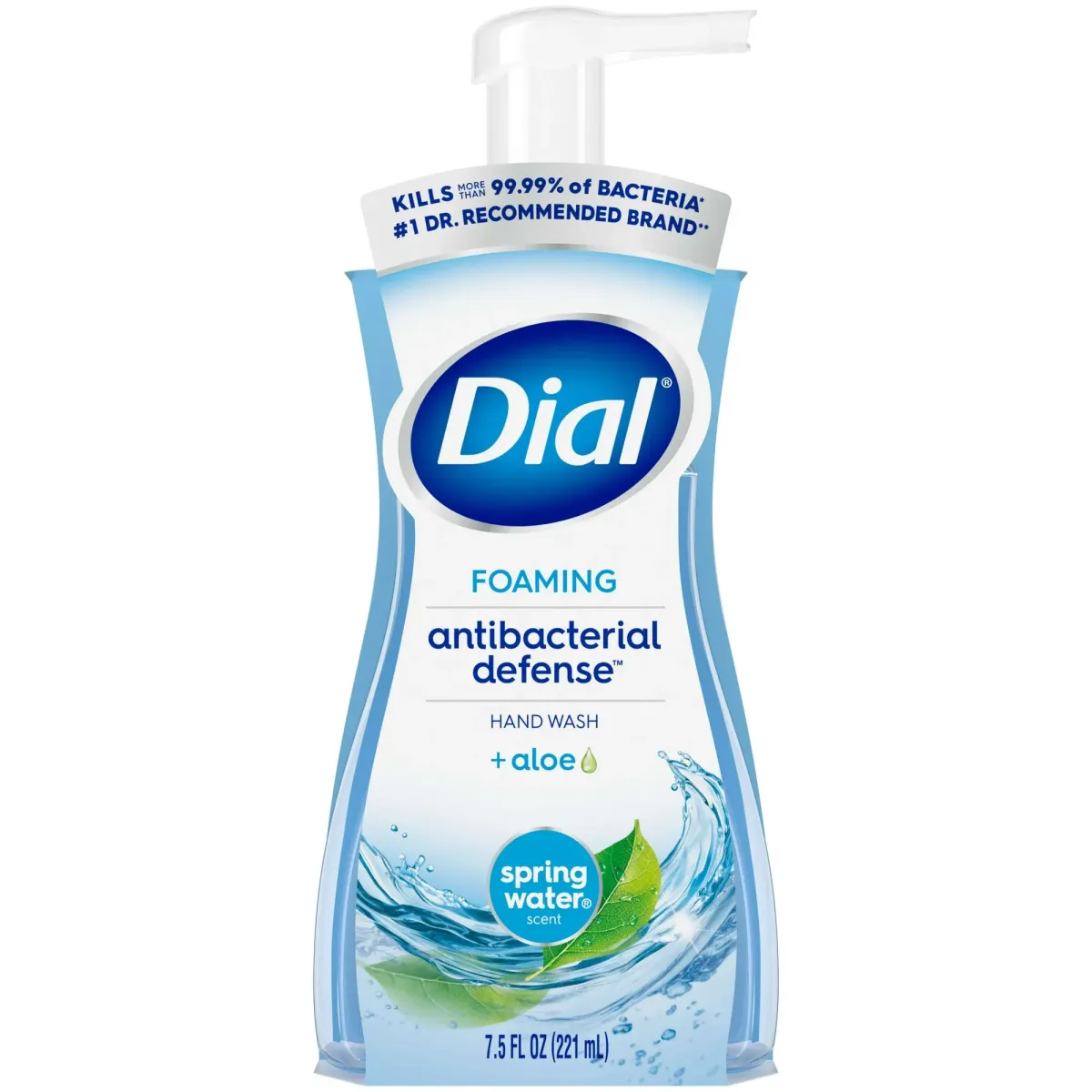
Antibacterial Foaming Hand Soap 7.5 Ounce
Quantity: 1 per bathroom, 1 per kitchen
Use & Notes: This is our standard soap for high-traffic sinks. It's antibacterial, foams easily (which encourages use), and tends to last longer than gel. These bottles can be easily refilled from a bulk bottle, and the individual 7.5 oz bottles are durable and convenient.
Kitchen Linens
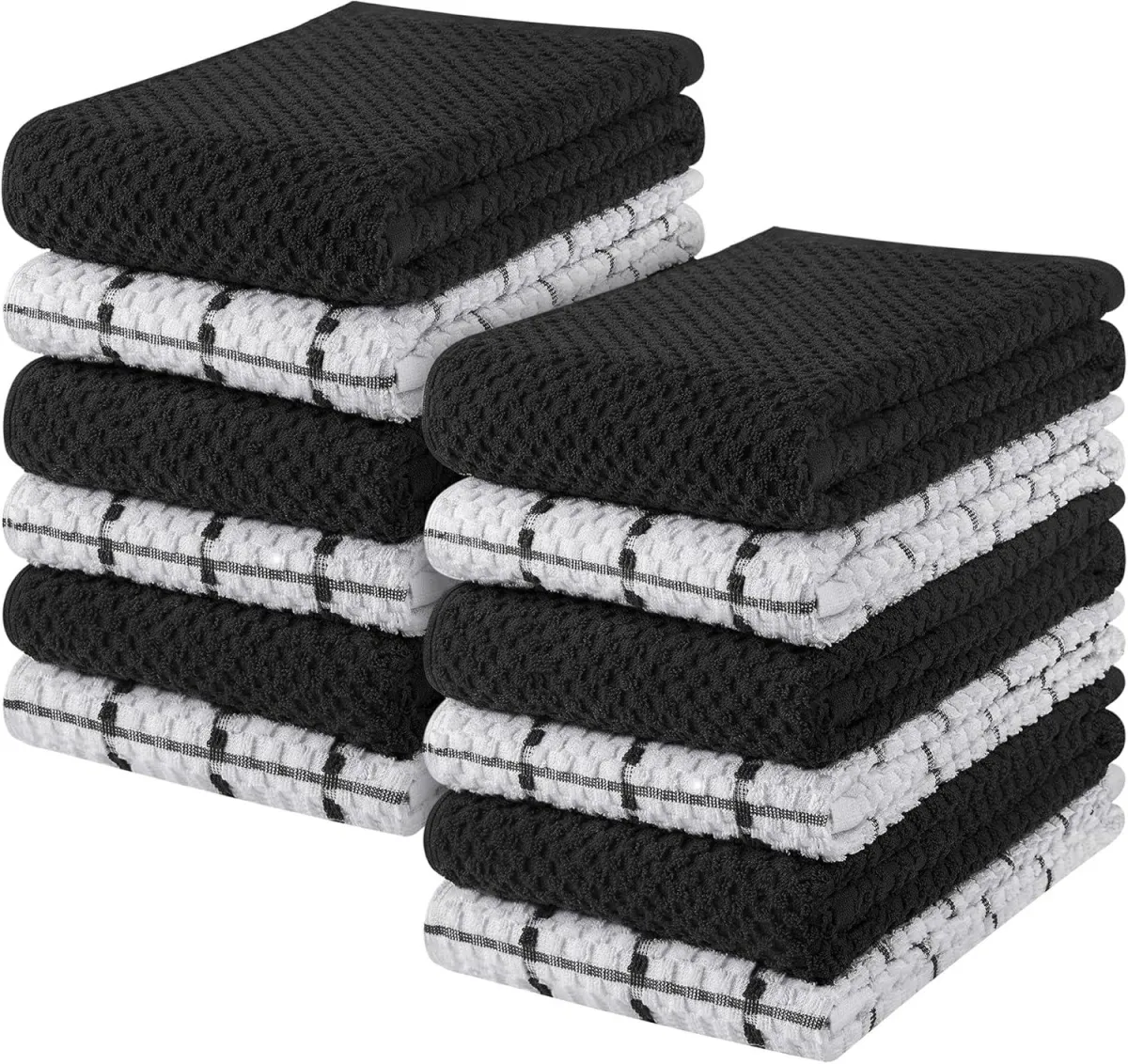
Kitchen Towels (Cotton, 12-pack)
Quantity: 1 set per kitchen
Use & Notes: We keep a rotation of 4–6 towels out and the rest in laundry or backup. These are used for drying hands, dishes, or minor spills. Cotton towels are reusable and washable, which keeps waste and supply needs low. Design doesn’t matter—choose neutral, durable ones.
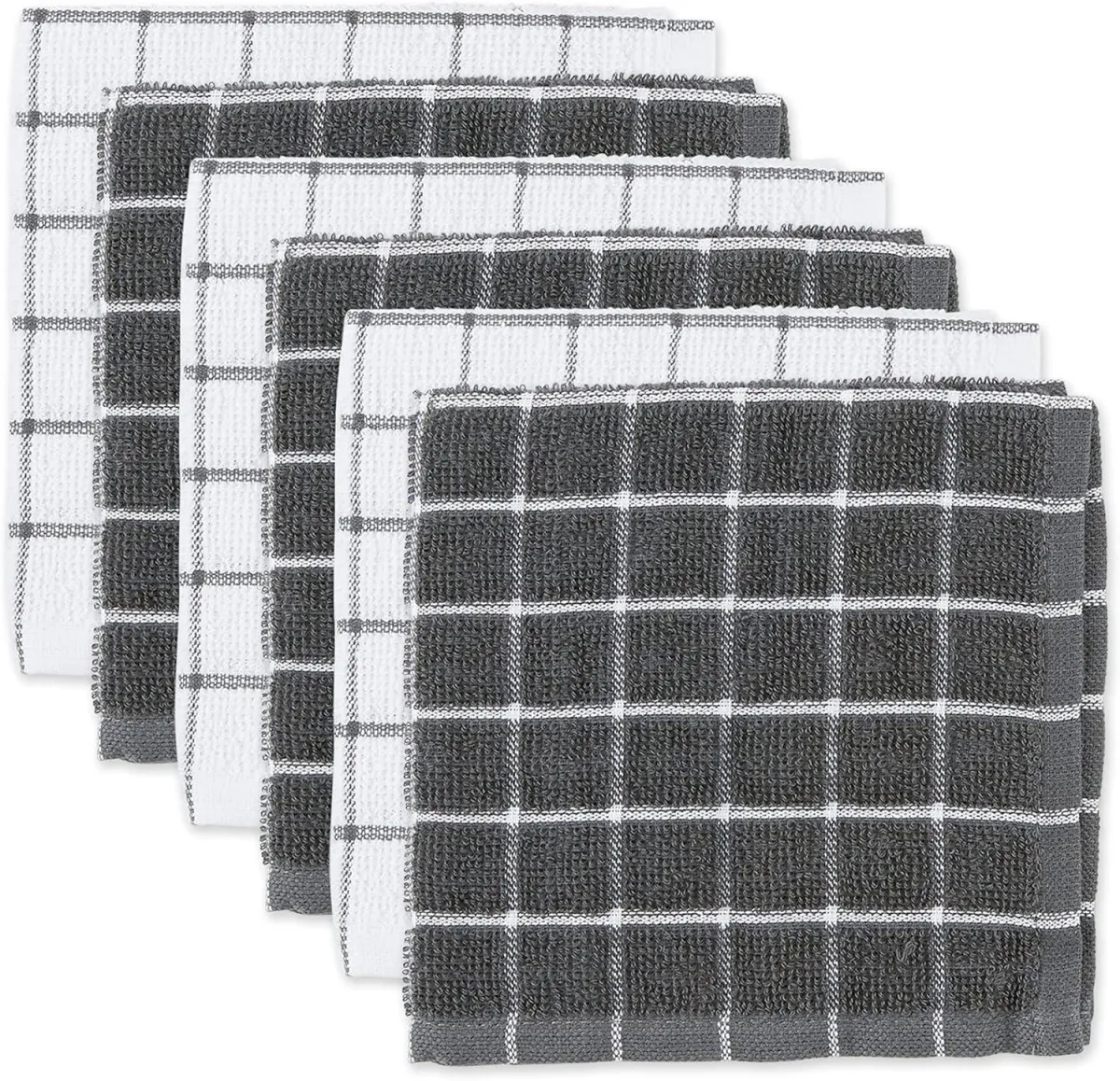
Dishcloth Set (12" x 12")
Quantity: 1 set per kitchen
Use & Notes: These are used for wiping counters, drying dishes, and general kitchen cleaning. They’re fast-drying, easy to launder, and more hygienic than sponges for many residents. We include 3–4 in the weekly laundry rotation and retire them when worn.
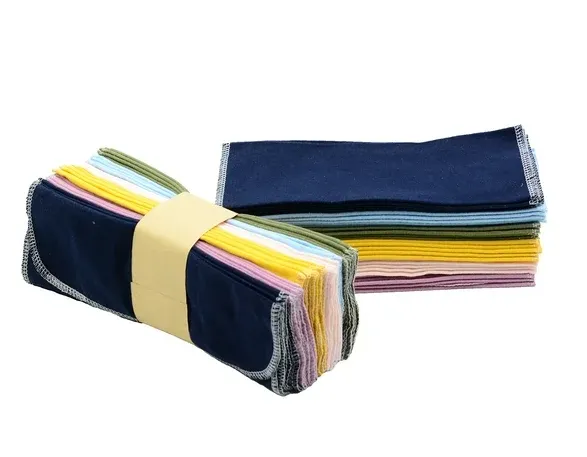
Reusable Cloth Napkins/Paper Towels
Quantity: 1 set of 30
Use & Notes: These are an optional but appreciated upgrade. We use cloth napkins/paper towels because they cut costs, reduce paper waste, and hold up well in shared laundry. Keep in a drawer or basket in the kitchen.
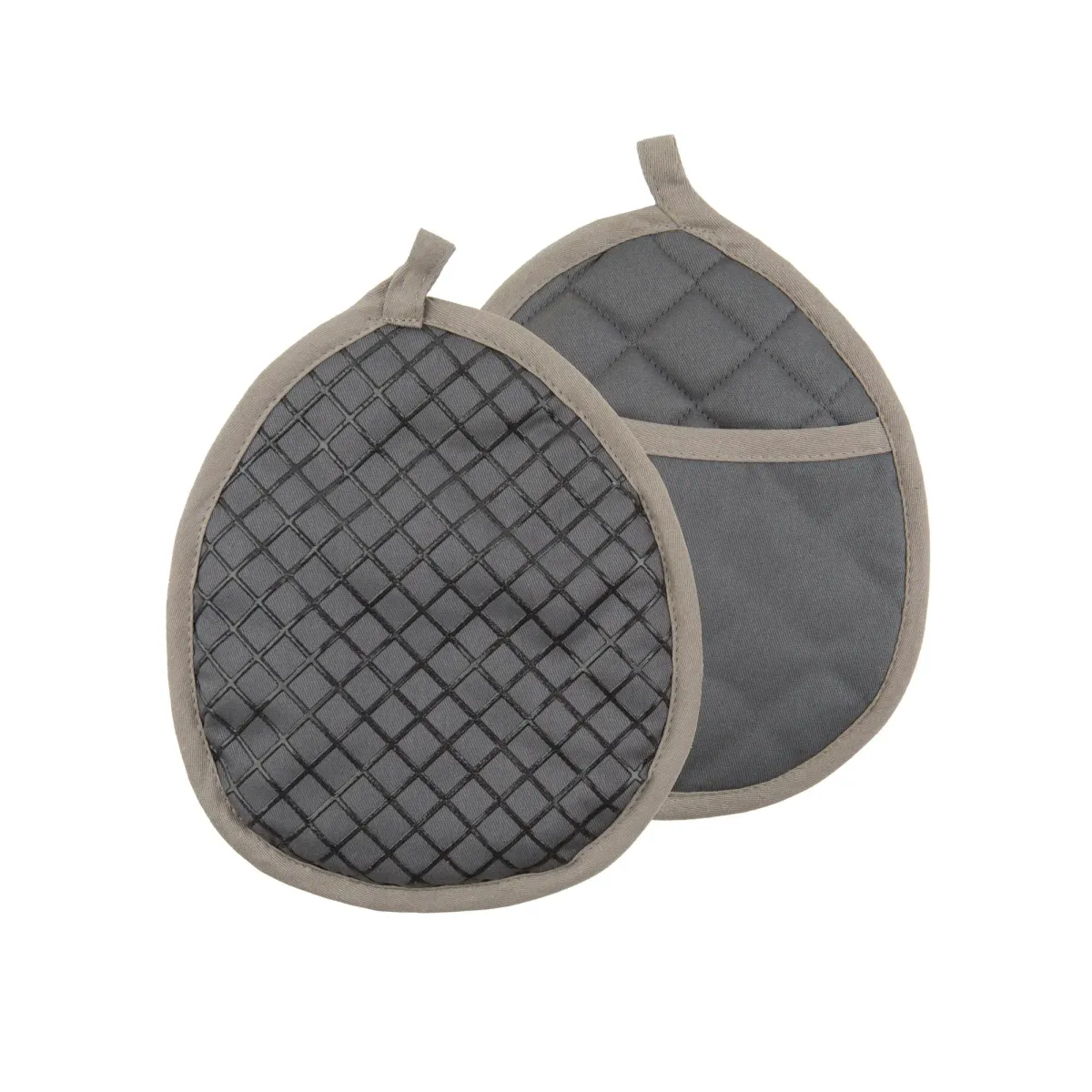
Pot Holder (2-pack w/ pocket grip)
Quantity: 2 sets per kitchen
Use & Notes: These are heat-resistant and machine washable, which makes them practical for co-living kitchens. Silicone prints help with grip, and the pocket design adds safety. We usually hang them near the stove or keep them in the top drawer.
Cooking & Food Storage
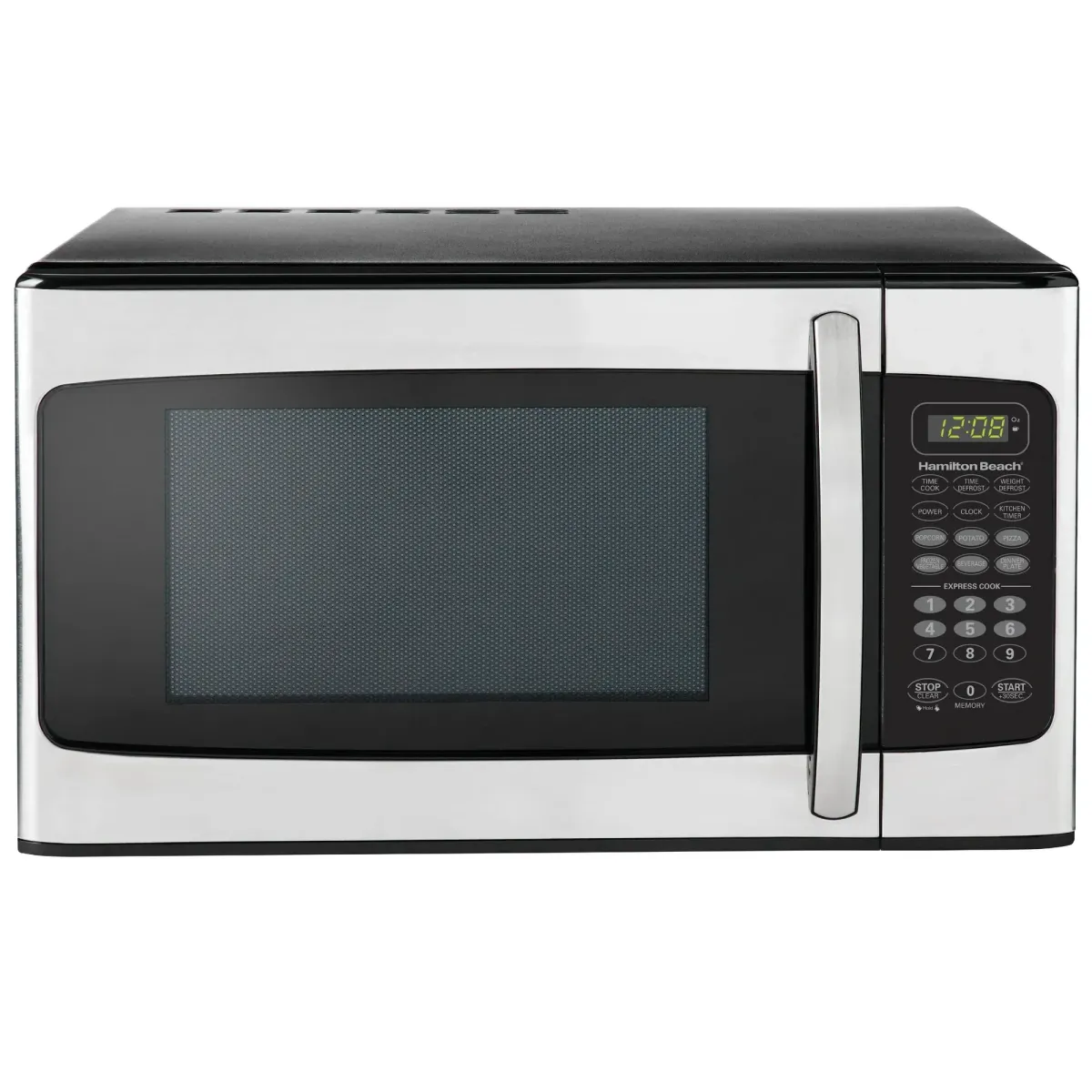
Microwave
Quantity: 1 per kitchen
Use & Notes: A mid-size 1,000-watt microwave is typically enough for shared kitchens. Presets (like popcorn or reheat) make it easier for all residents to use. Choose a model with a turntable and clear LED controls for convenience. Not essential in every house, but often appreciated for quick meals or reheating leftovers.
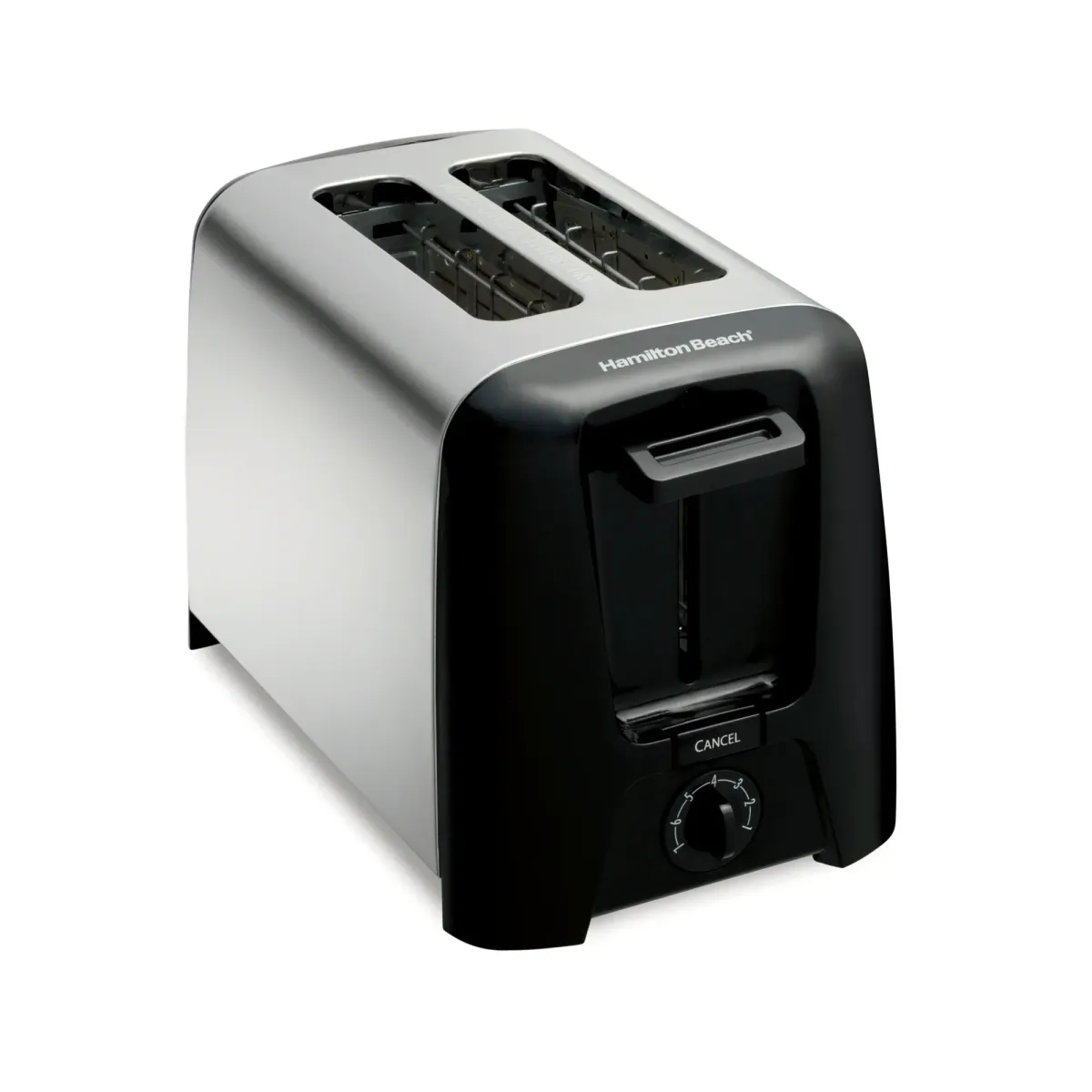
Toaster
Quantity: 1 per kitchen
Use & Notes: A simple 2-slice toaster works well for most homes. Prioritize models with wide slots to fit bagels or thick bread, and a crumb tray to make cleaning easier. Useful for houses with busy mornings—no learning curve, no mess.
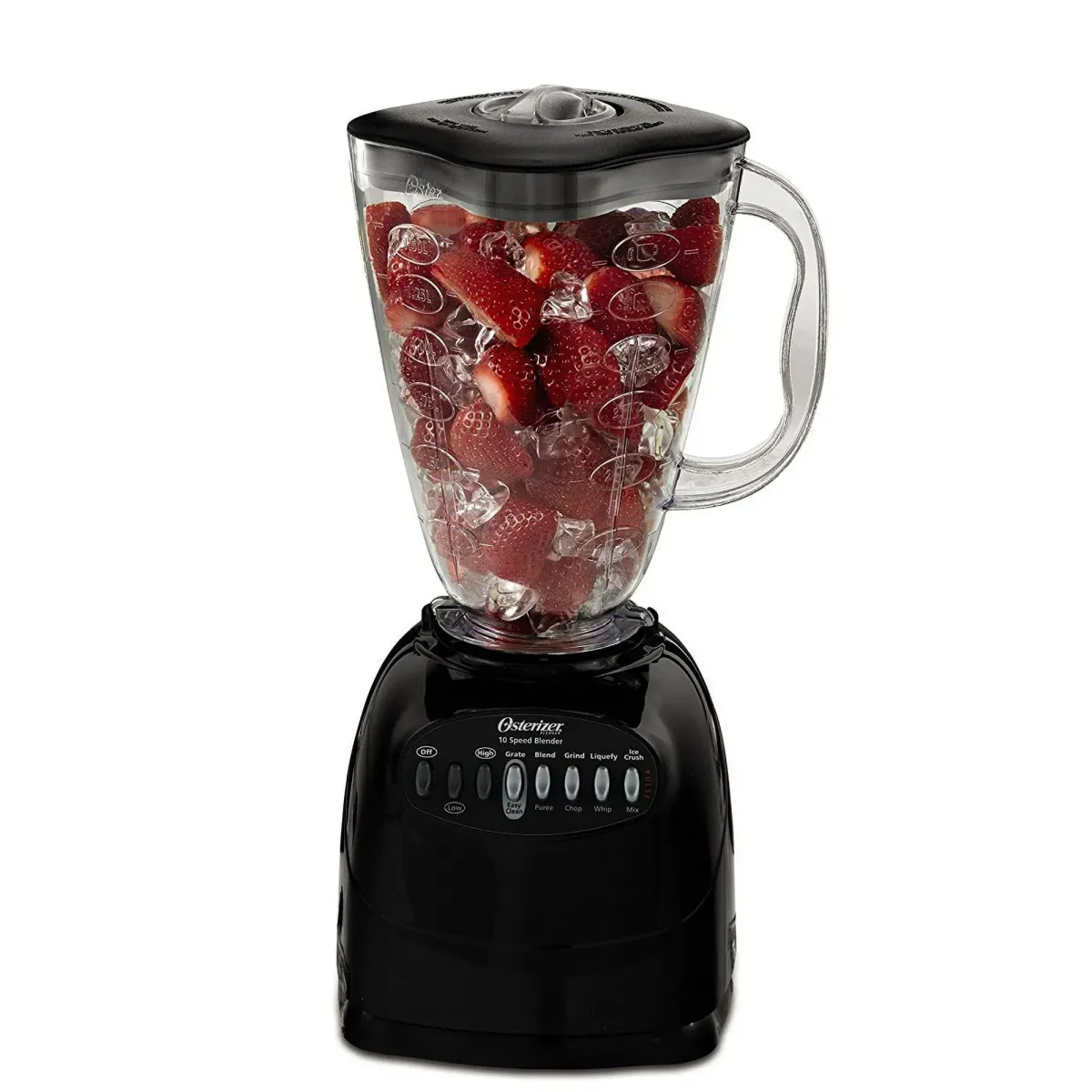
Blender
Quantity: 1 per kitchen
Use & Notes: A basic countertop blender with 4–10 speeds covers most resident needs: smoothies, sauces, and basic food prep. Look for a BPA-free plastic jar with a good seal and easy cleanup. If the house has a lot of health-conscious residents, this gets regular use. Otherwise, it’s still handy a few times a week.
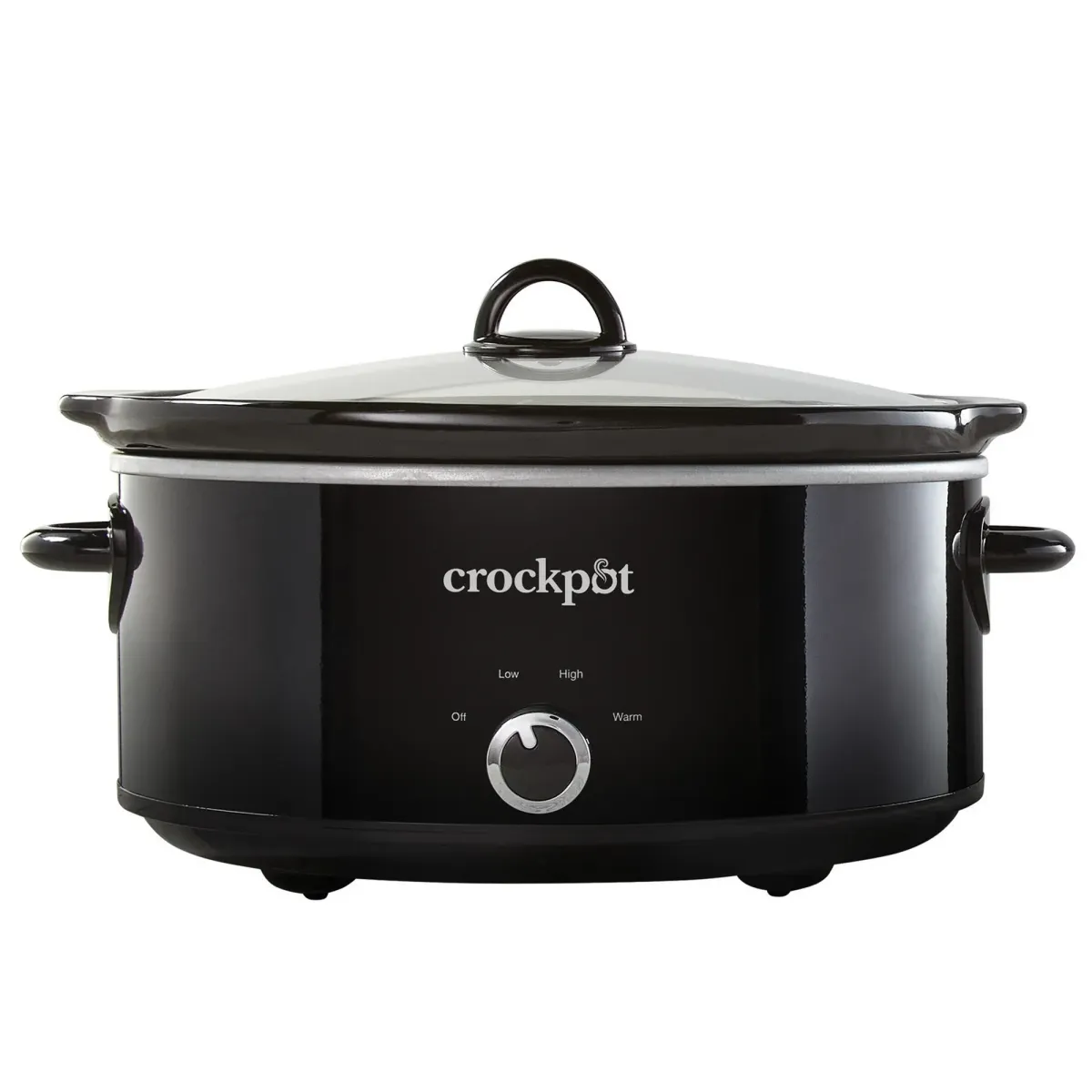
Slow Cooker
Quantity: 1 per kitchen
Use & Notes: A 6–7 quart manual slow cooker is big enough for shared meals and easy batch cooking. Useful in homes where residents occasionally cook together or want to prep meals in advance. Can be stored away between uses, but good to have on hand during colder months or for hosting potlucks.
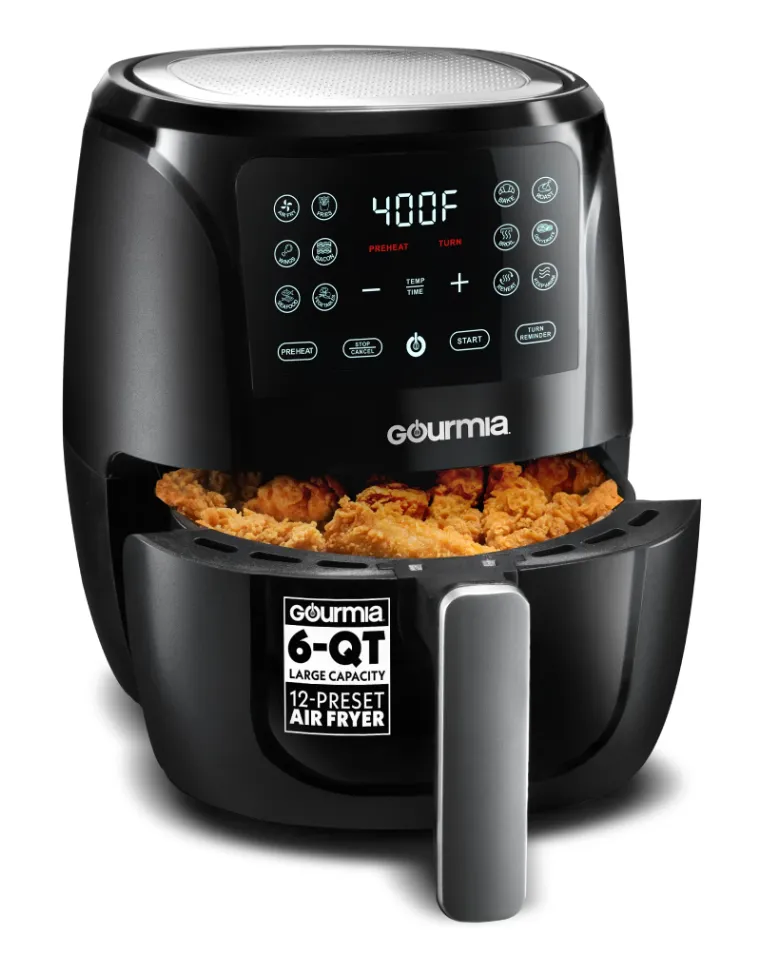
Air Fryer
Quantity: 1 per kitchen
Use & Notes: A 6-quart digital air fryer is great for quick meals with minimal cleanup. Useful for reheating leftovers, crisping frozen foods, or cooking small shared dishes without using the oven. Especially handy in summer months when avoiding heat from the stove. Compact enough to store between uses, but tends to stay in regular rotation in busy kitchens.
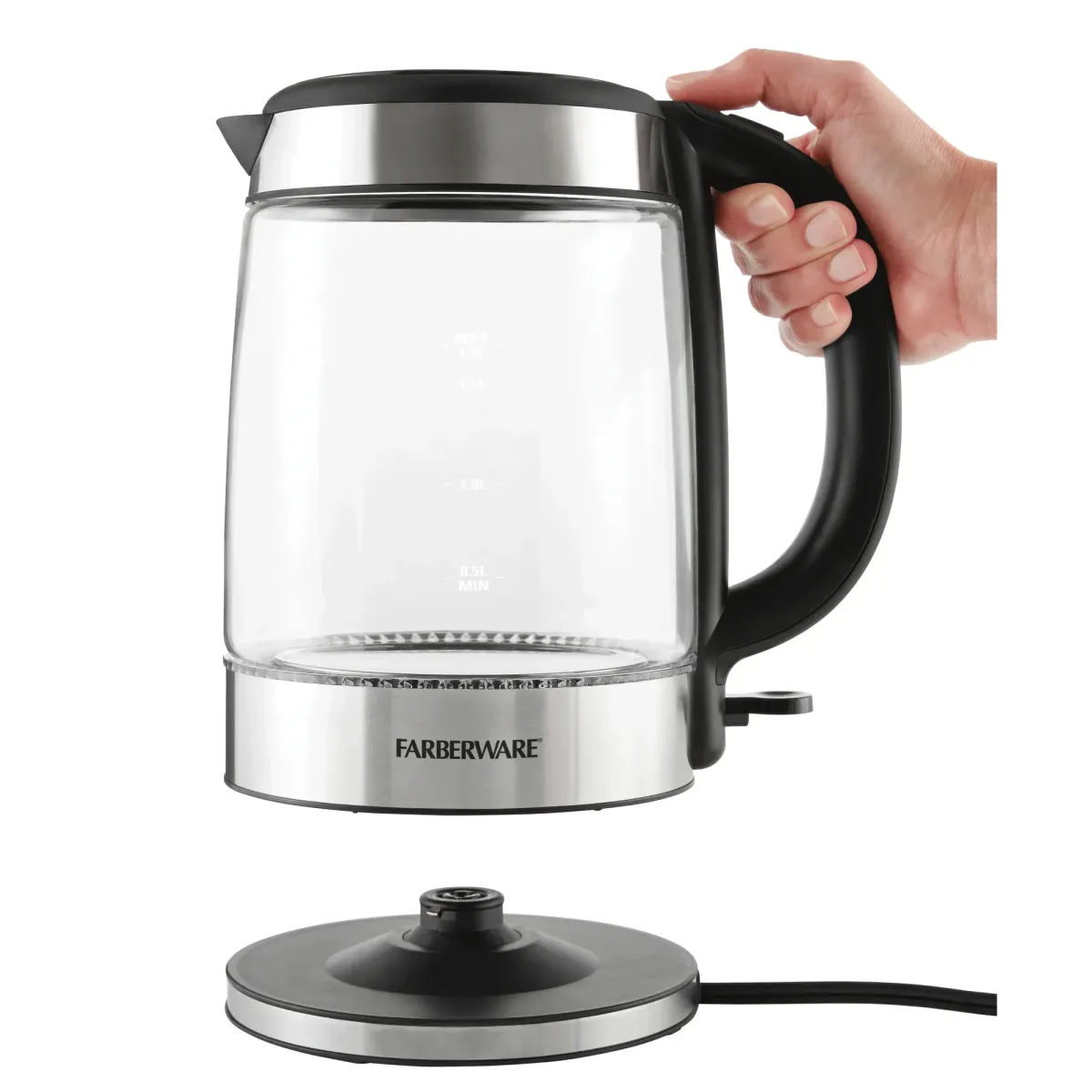
Electric Kettle
Quantity: 1 per kitchen
Use & Notes: One of the most used items in most co-living kitchens. Boils water fast for tea, coffee, oatmeal, or instant noodles. Look for automatic shutoff and boil-dry protection for safety. Glass or stainless steel are both fine—just avoid models with exposed heating coils.
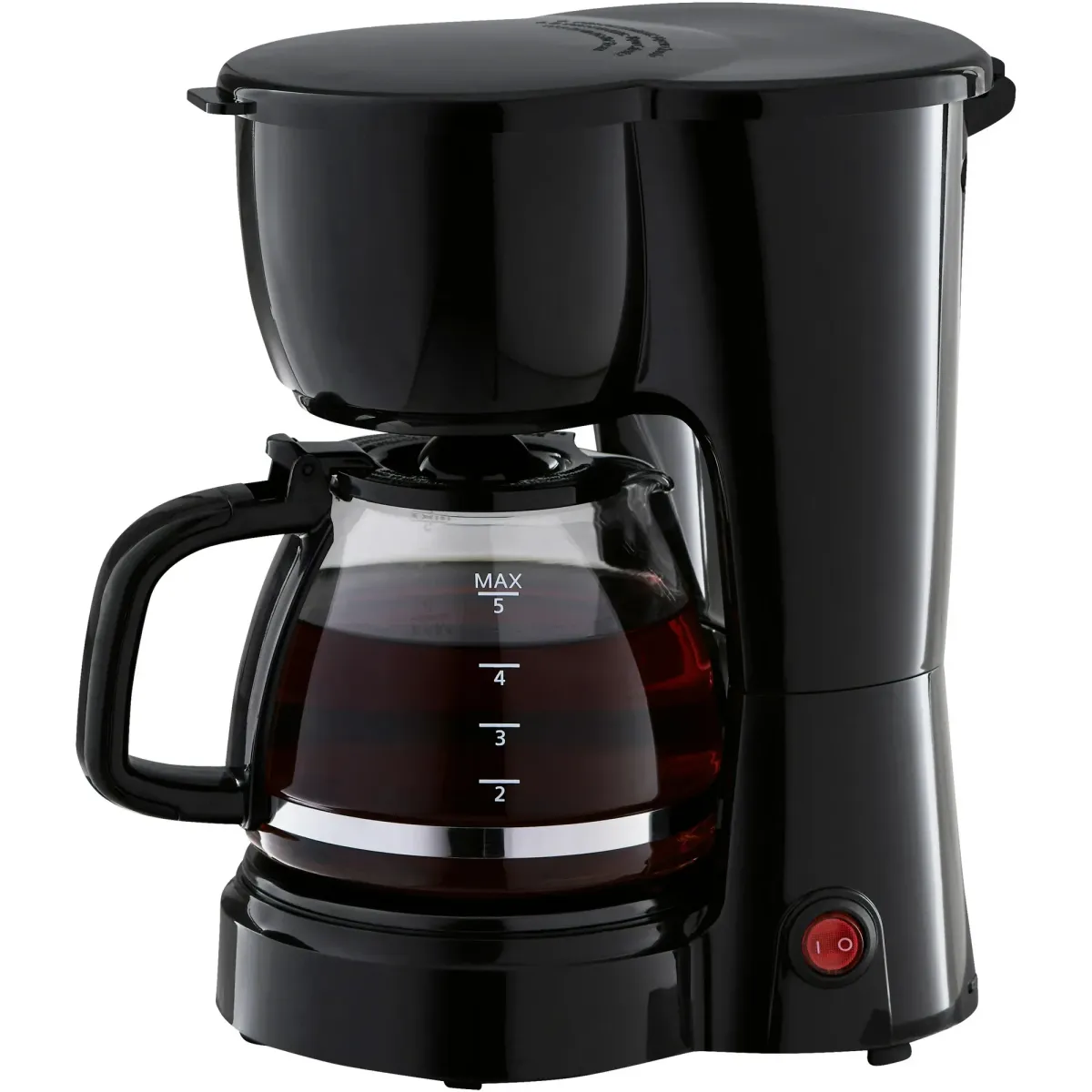
Coffee Maker
Quantity: 1 per kitchen
Use & Notes: A 4–5 cup drip coffee machine works well in most homes—small enough for counters, but big enough to handle the morning rush. Most residents will bring their own coffee, but the machine makes it easy for anyone to brew without fuss. Models with a reusable filter save money and reduce waste.
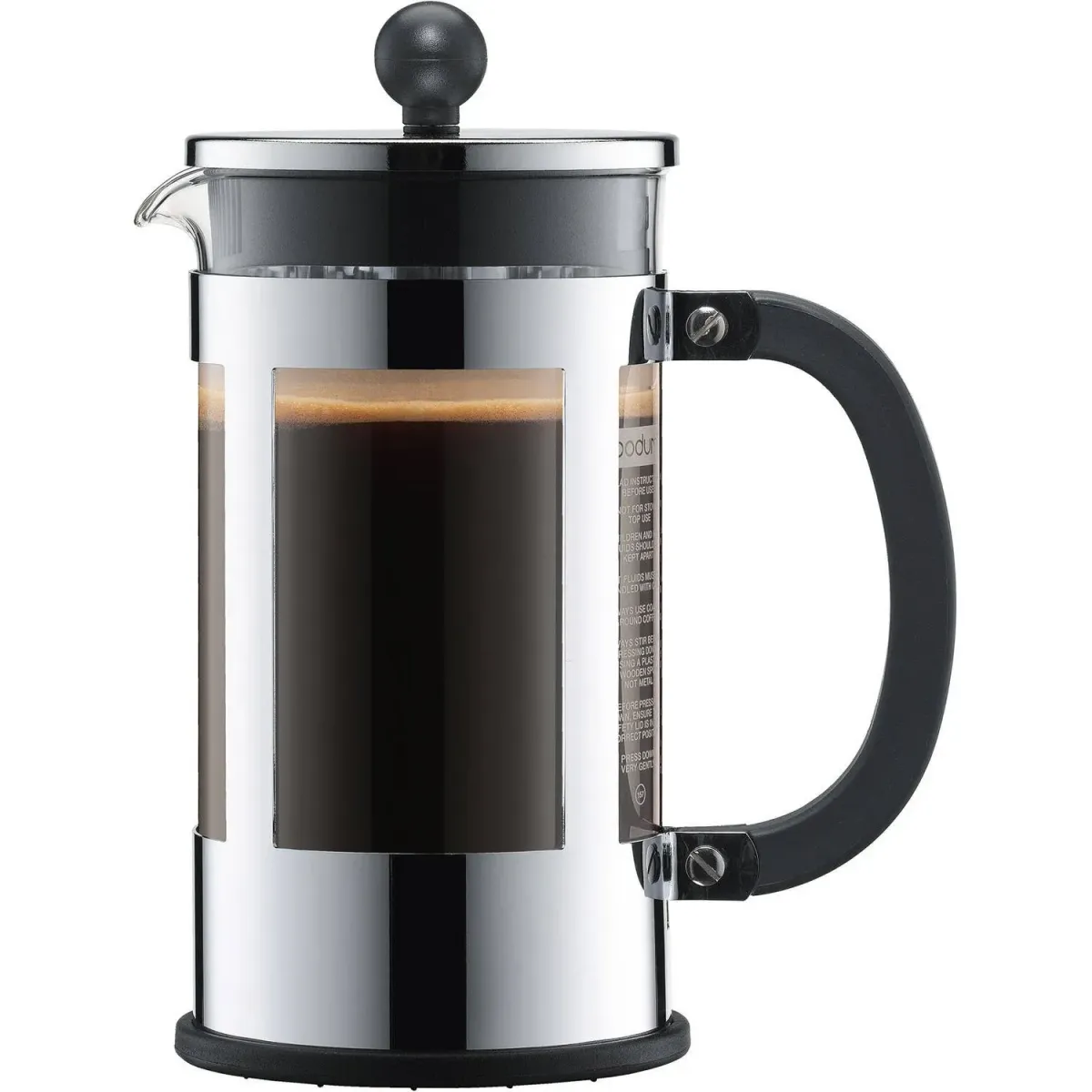
French Press
Quantity: 1 per kitchen (optional, based on house style)
Use & Notes: A nice backup or alternative for residents who prefer a richer or stronger cup of coffee. Doesn’t require filters or electricity. Choose one that’s easy to clean and feels sturdy. Not every house needs one, but it’s appreciated in homes with more coffee lovers.
Cooking & Kitchen Essentials
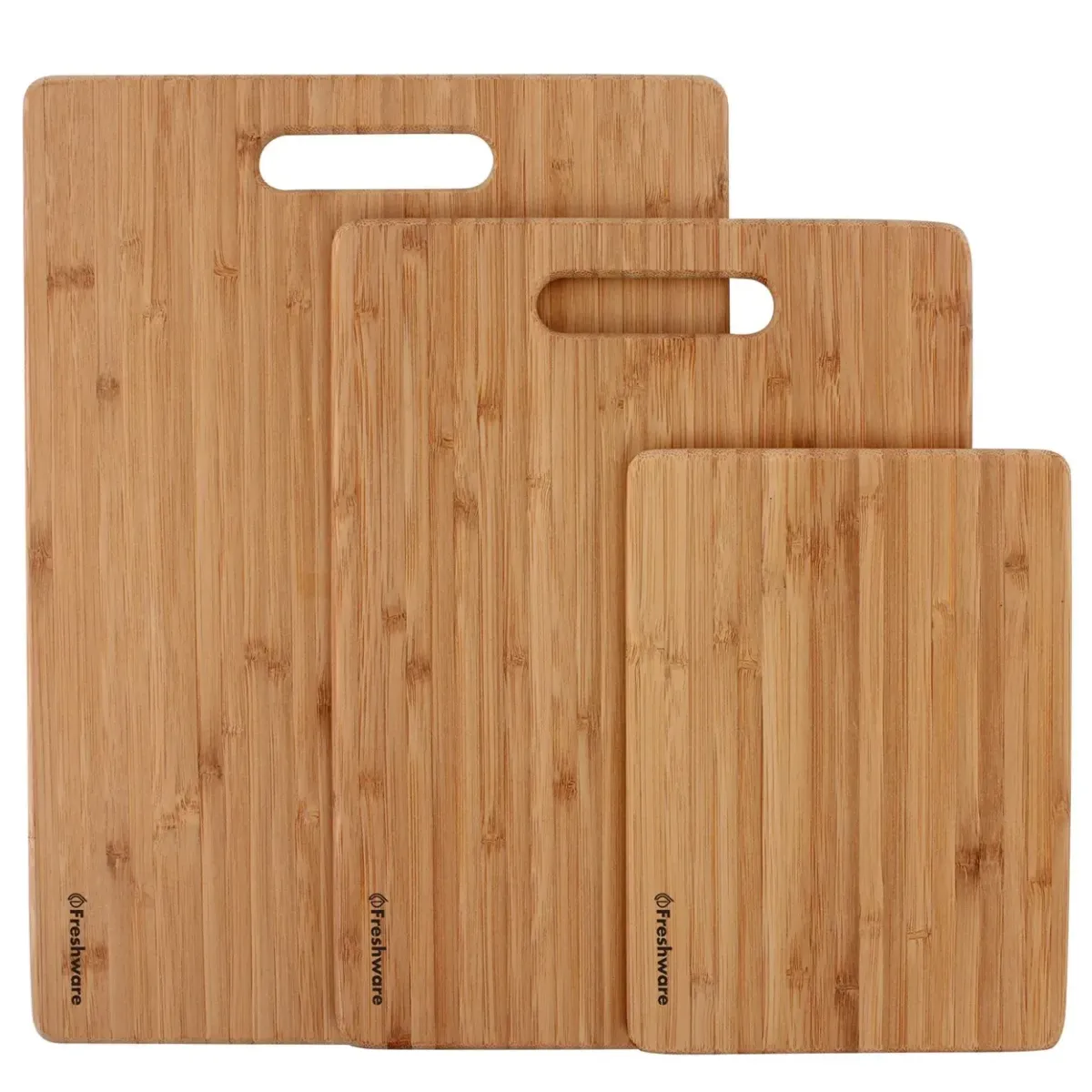
Cutting Boards
Quantity: 1 set of 3 per kitchen
Use & Notes: A variety of cutting boards allows residents to prep at once without mixing raw meats and produce. We recommend bamboo for its durability and resistance to cracking, and it keeps knives sharper than plsatic. Having a mix of sizes makes daily use more flexible.
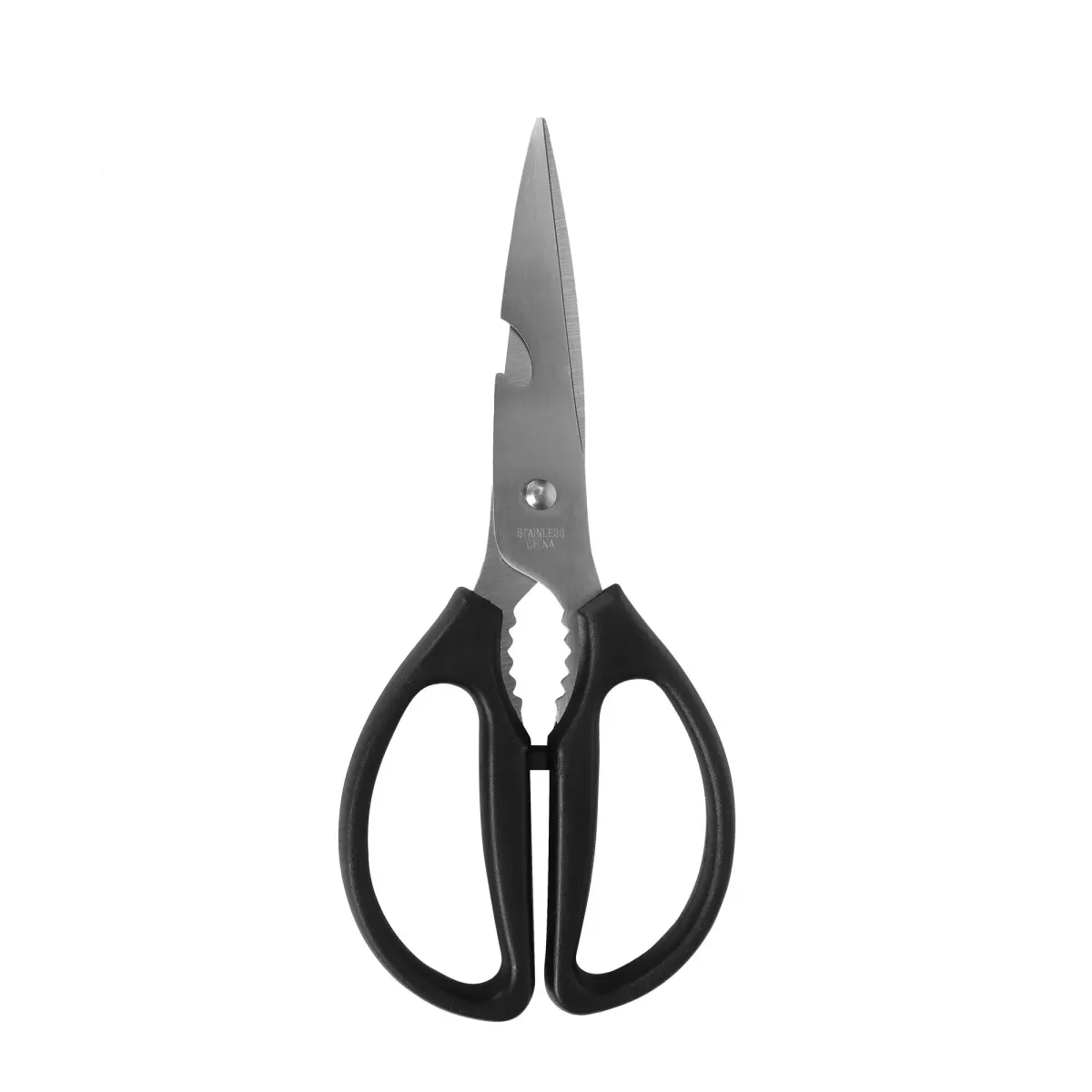
Kitchen Shears
Quantity: 1 per kitchen
Use & Notes: Ideal for quick prep—cutting herbs, opening packages, trimming meat. A basic pair with a sturdy grip and stainless steel blades is all you need. Great for shared kitchens where quick utility tools are helpful.
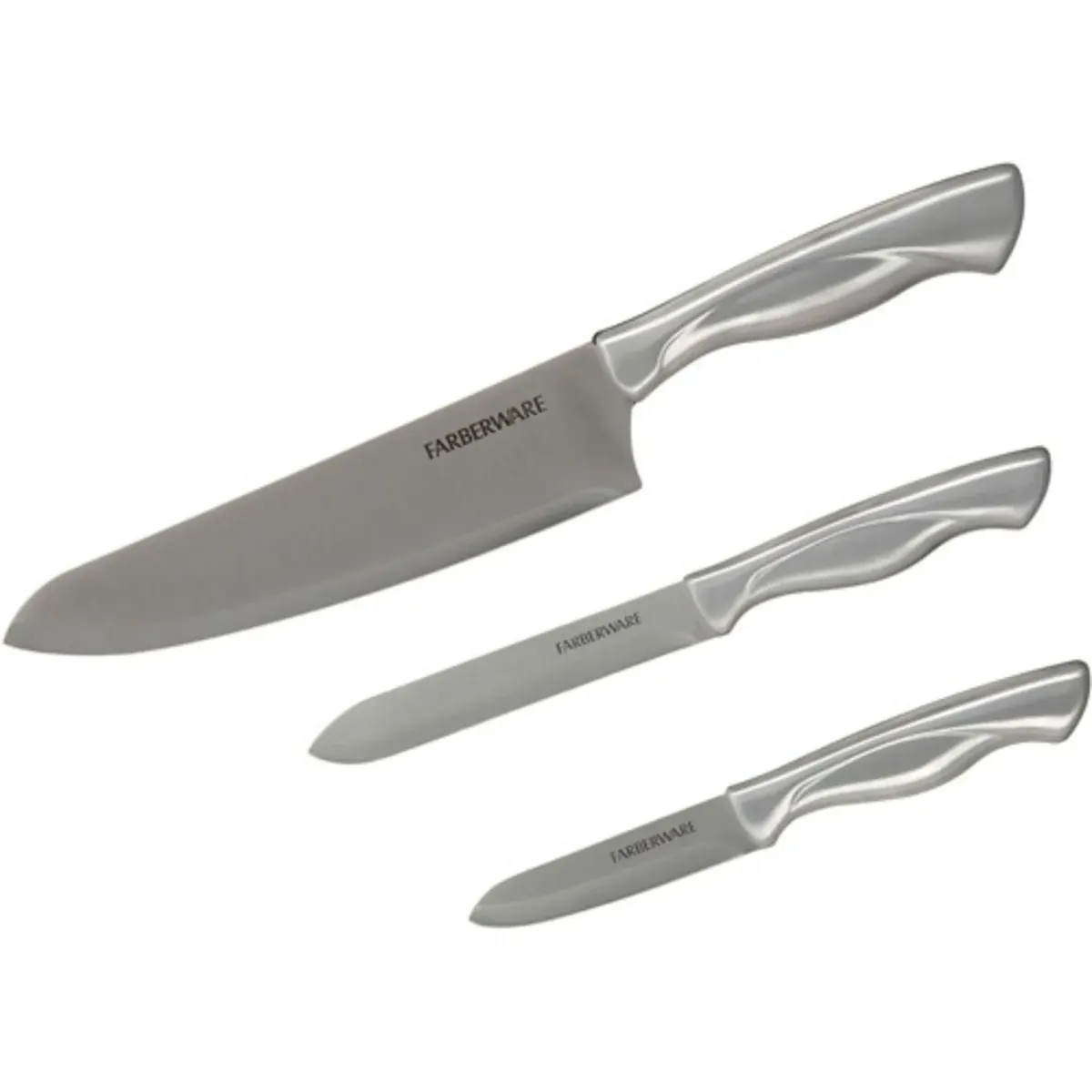
Chef knife Set
Quantity: 1 set per kitchen (3 pieces)
Use & Notes: Every kitchen needs a sharp chef knife, utility knife, and paring knife. Skip the massive knife block and focus on a high-quality set of 3–4 basics. It's a good idea to have a knife sharpener available for these. A reliable 3-piece set (chef, utility, paring) is ideal for most shared kitchens and lasts much longer with basic care.
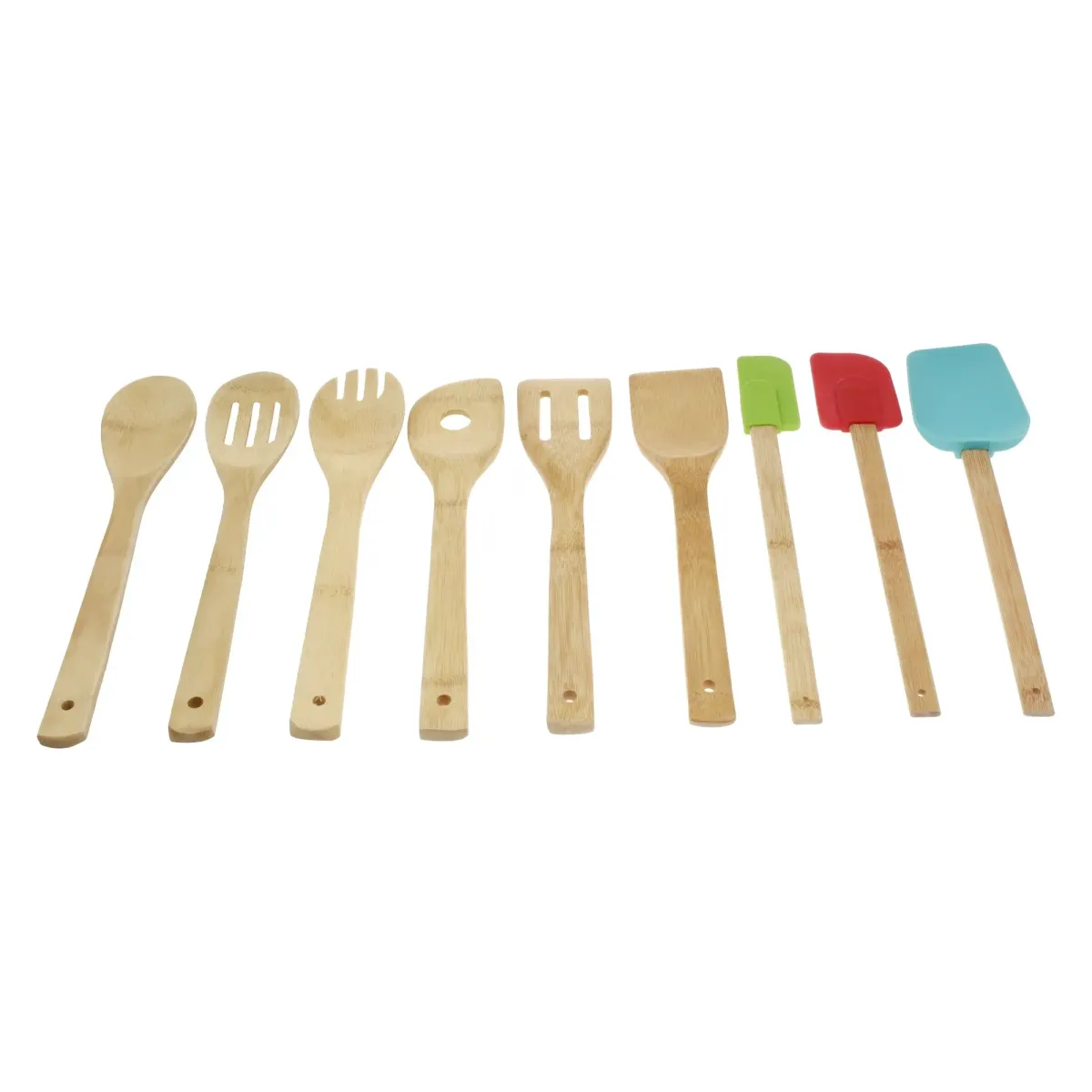
Bamboo Utensils
Quantity: 1 full set per kitchen
Use & Notes: Wood or bamboo utensils won’t scratch nonstick pans and hold up well over time. They’re naturally antimicrobial, making them a good fit for shared use. Choose sets that include a spoon, spatula, and slotted turner.
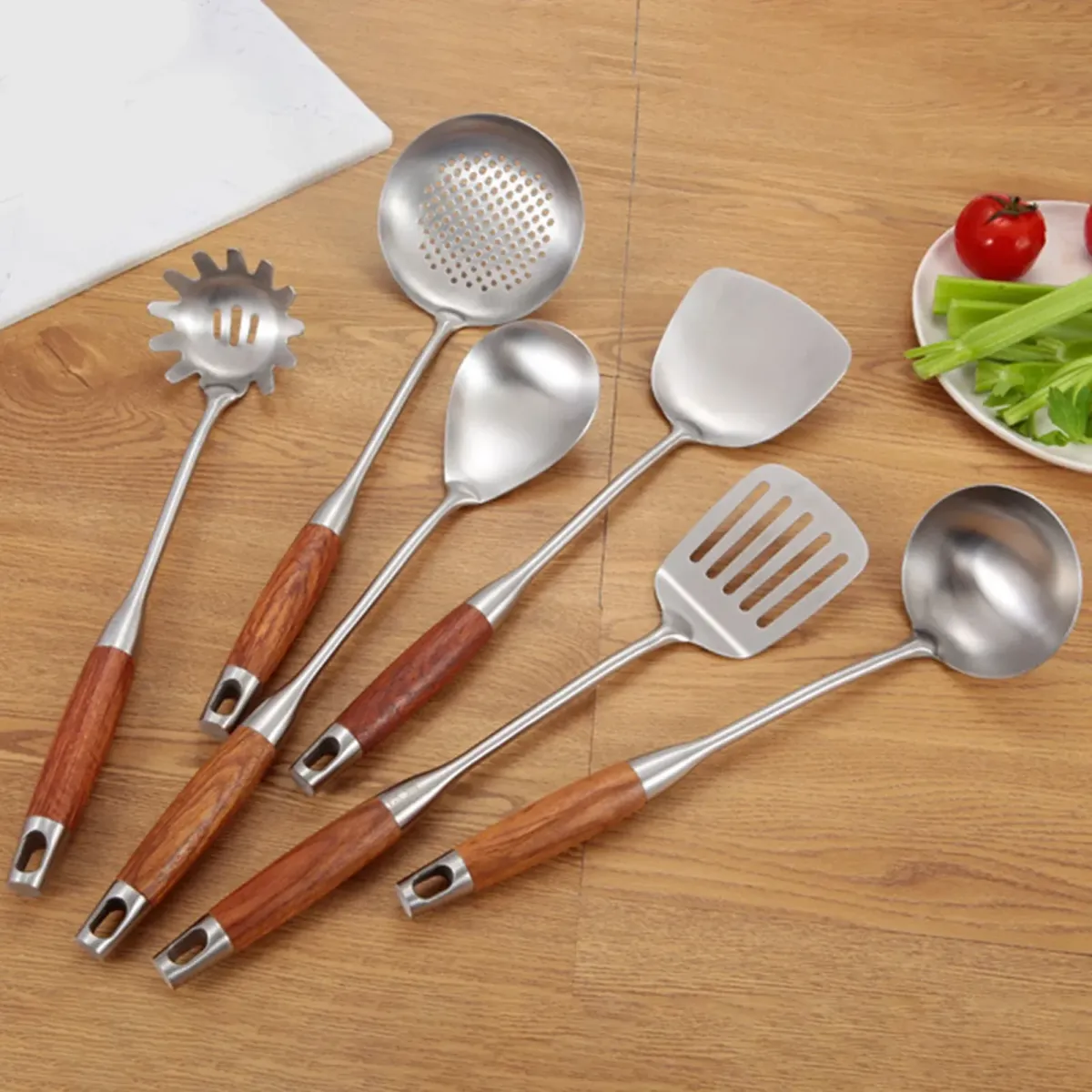
Cooking Utensil
Quantity: 1 set per house (include: ladle, slotted spoon, spatula, turner)
Use & Notes: Good for heavier duty cooking (soups, sauces, frying). Heat-resistant and durable. Choose pieces with solid, comfortable handles. These usually supplement—not replace—bamboo utensils.
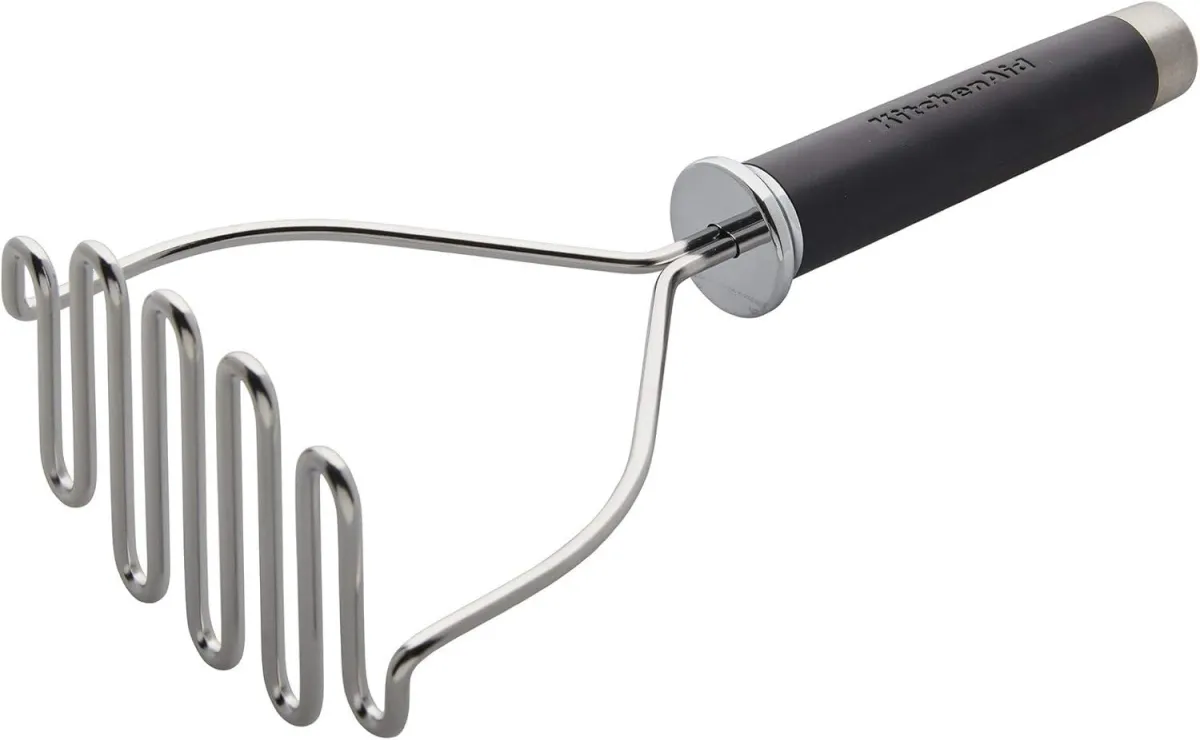
Potato Masher
Quantity: 1 per kitchen
Use & Notes: Handy for mashed potatoes, avocado, beans, and applesauce. Optional but helpful in homes with residents who cook often. Basic stainless model is fine.
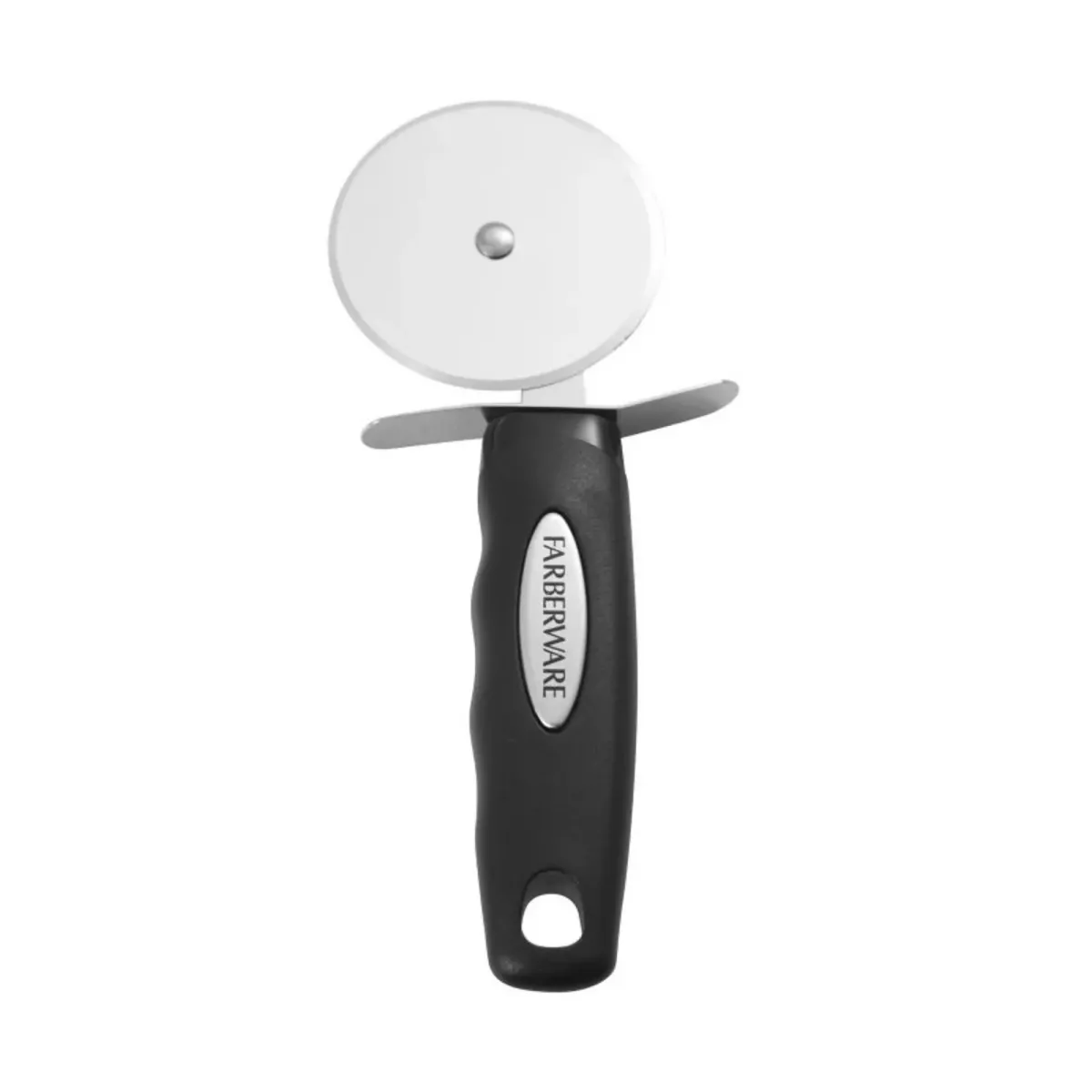
Pizza Cutter
Quantity: 1 per kitchen
Use & Notes: Used often! Easier and cleaner than using knives to cut pizza or quesadillas. Look for a sharp blade and sturdy handle.
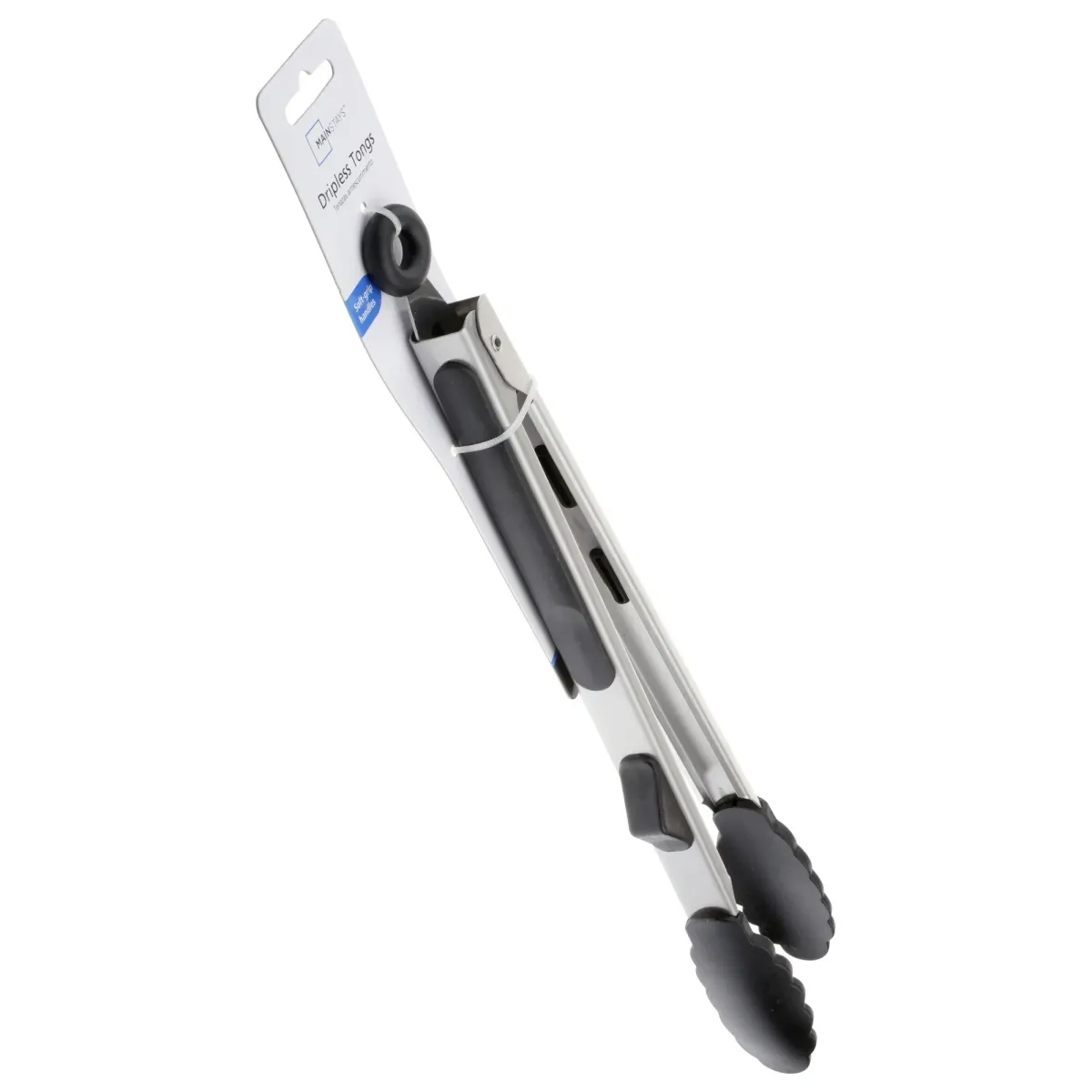
Tongs
Quantity: 1–2 per kitchen
Use & Notes: Ideal for grilling, sautéing, or serving. Choose nylon-tipped for use with nonstick pans. A locking mechanism makes storage easy. Simple and practical.
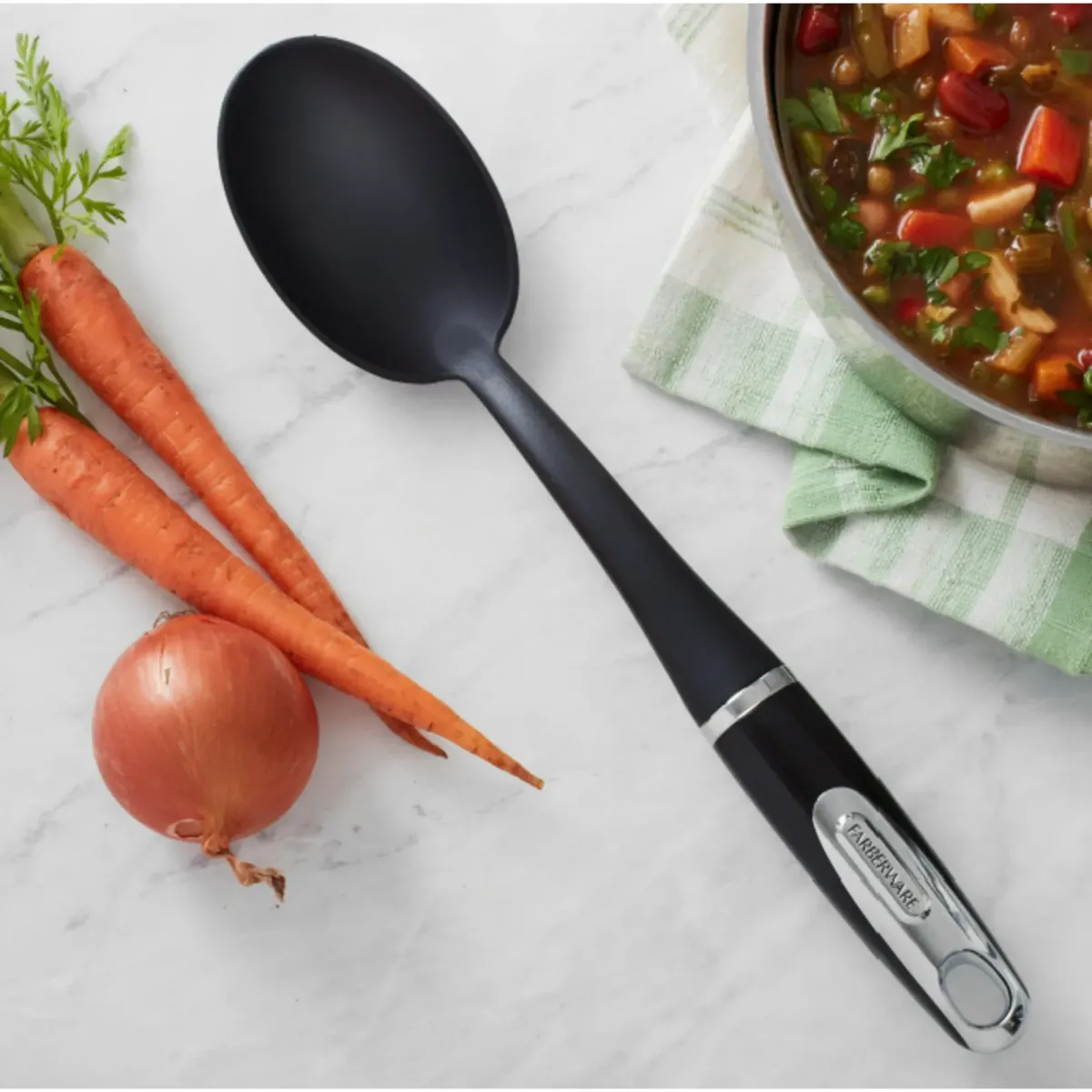
Large Serving Spoon
Quantity: 1–2 per kitchen
Use & Notes: Used for serving pasta, rice, or soups. Look for nylon or silicone heads to protect cookware. Easy to clean, and a staple in any shared kitchen.
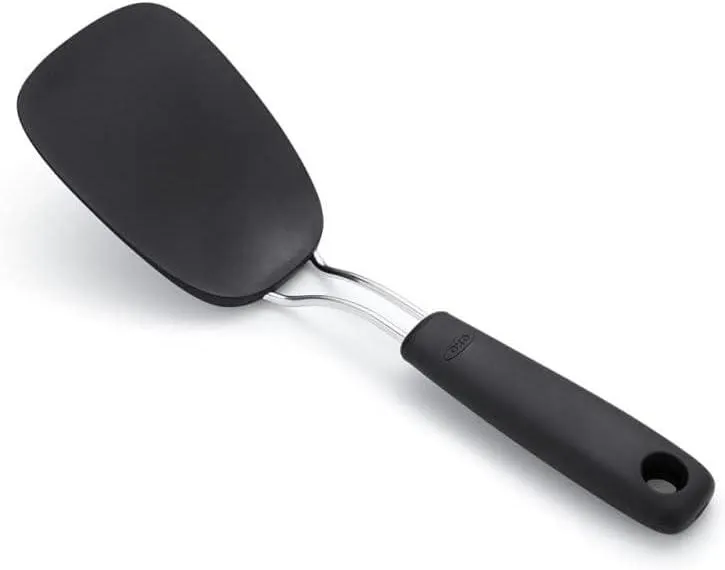
Turner/Spatula
Quantity: 1–2 per kitchen
Use & Notes: Needed for flipping eggs, pancakes, burgers. Choose one flexible turner (for delicate foods) and one firm one. Nylon or silicone are best for nonstick pans.
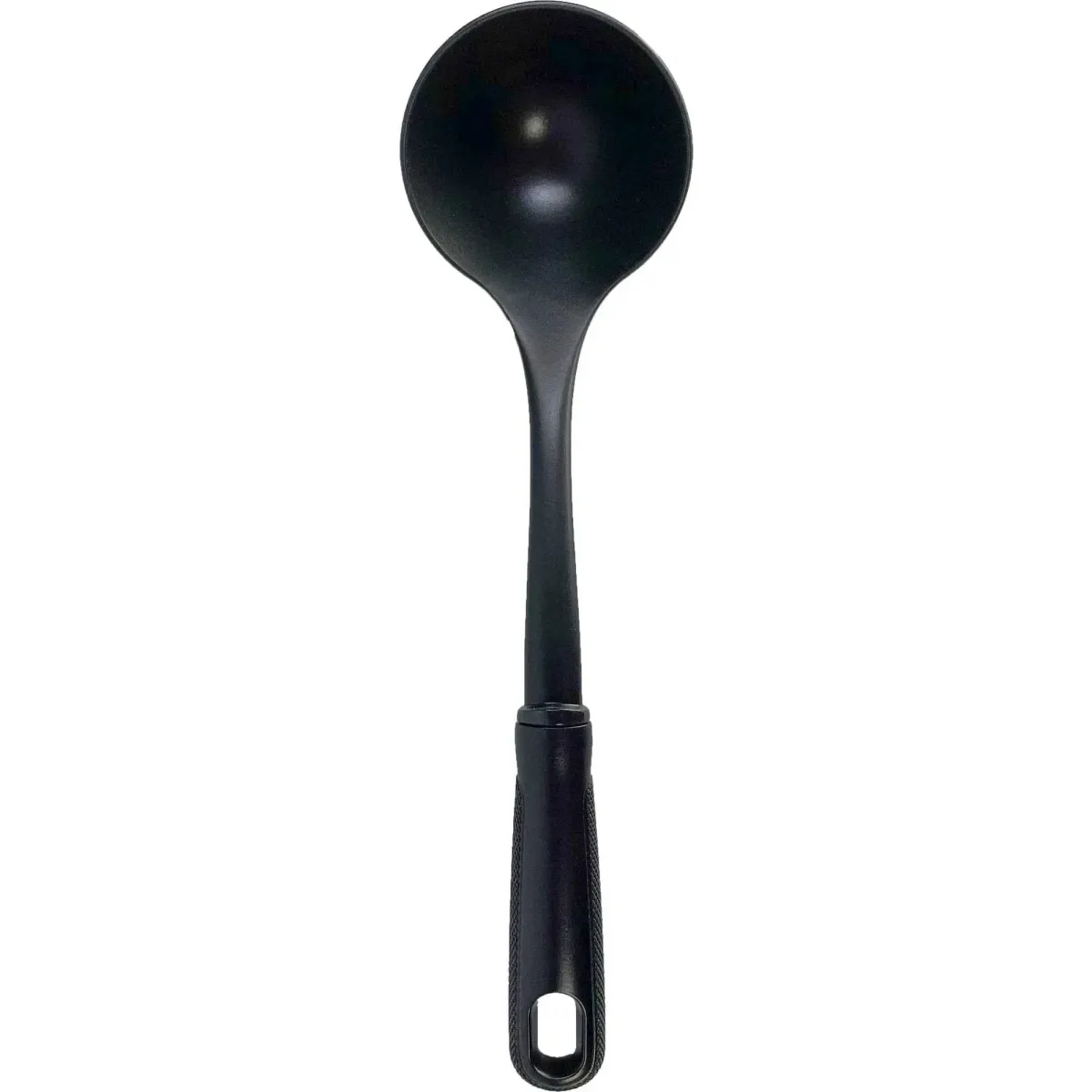
Kitchen Ladle
Quantity: 1 per kitchen
Use & Notes: For serving soups, stews, and sauces. Get one with a long handle and deep bowl. A pouring lip helps reduce spills. Not always used daily but essential to have.
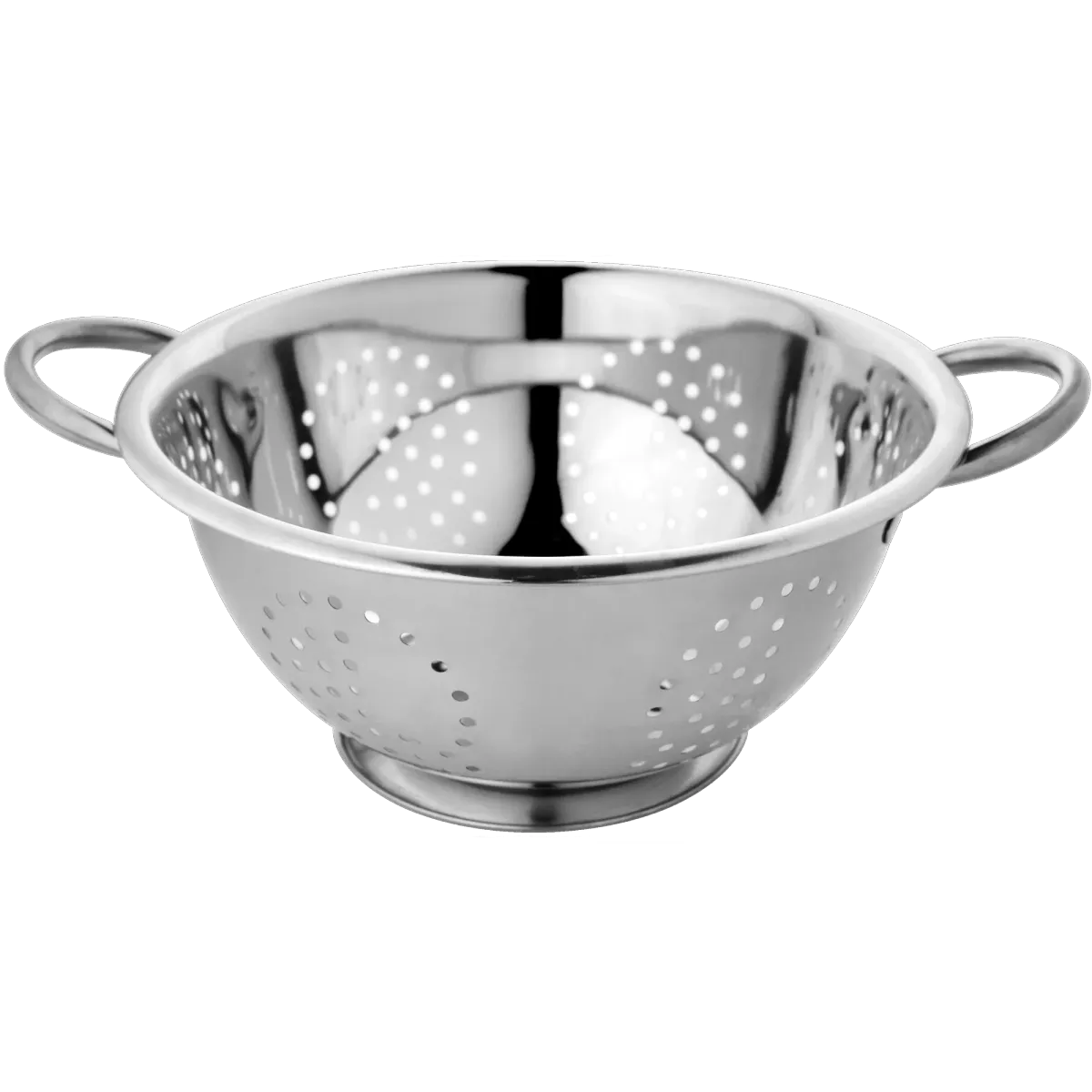
Colander
Quantity: 1 per kitchen
Use & Notes: Use for rinsing produce or draining pasta. Stainless steel holds up better over time than plastic. Look for one with a footed base so it can stand in the sink.
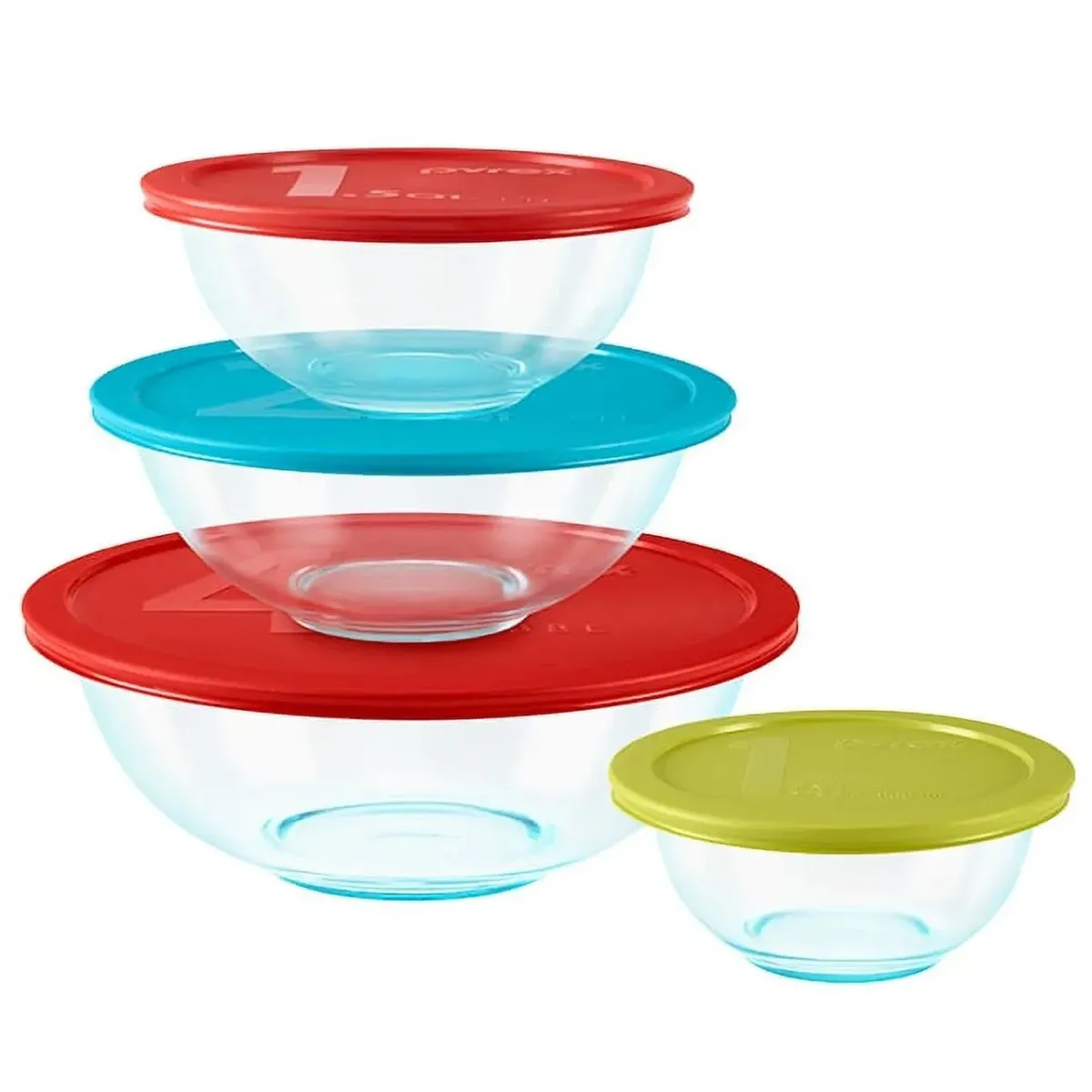
Glass Mixing Bowels
Quantity: 1 nested set per kitchen (3–4 sizes)
Use & Notes: Useful for mixing, serving, or food prep. Choose nesting bowls with lids for flexible use and easy storage. Glass is microwave- and dishwasher-safe, and holds up better than plastic long term.
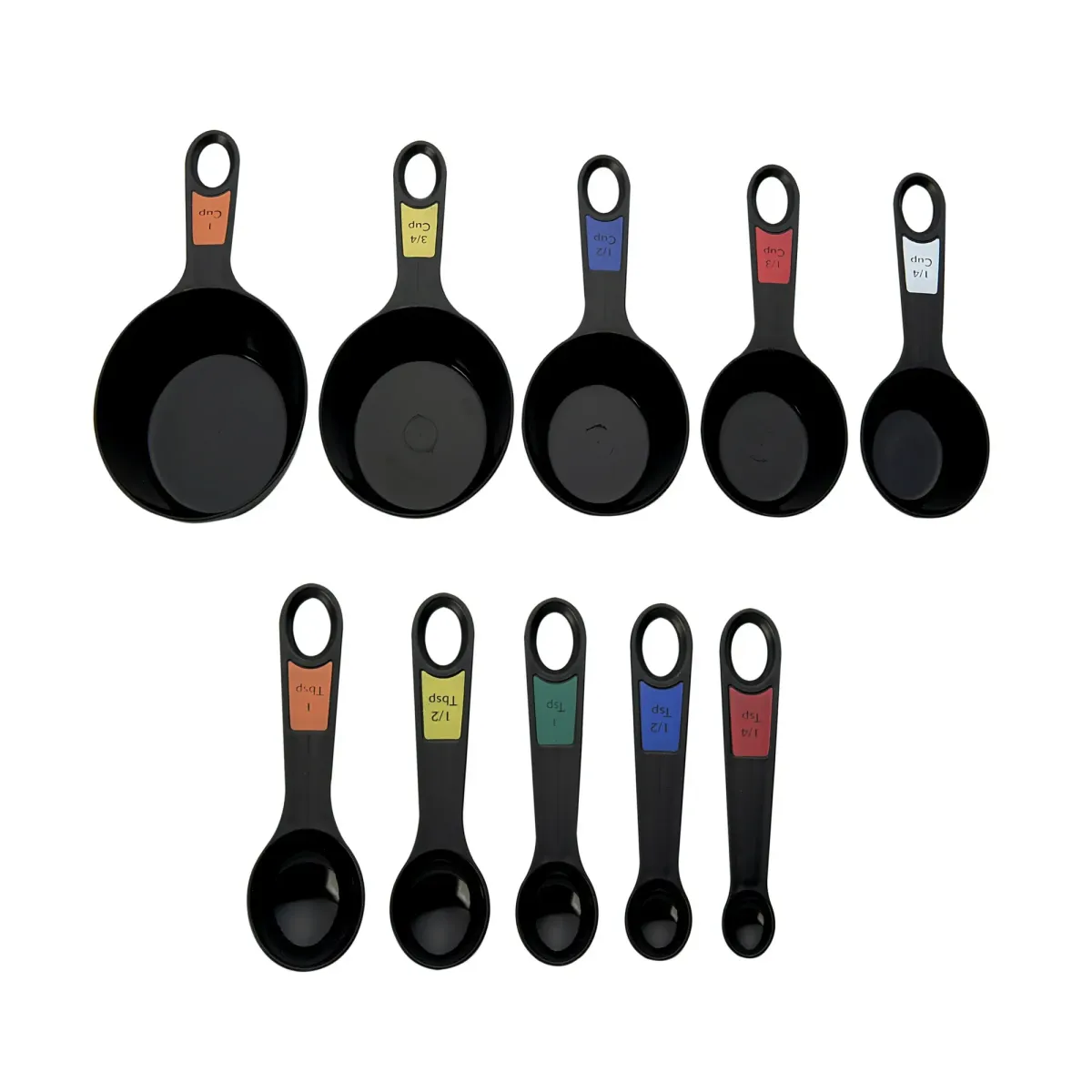
Measuring Cups and Spoons Set
Quantity: 1 full set per kitchen
Use & Notes: One complete set (1/4 tsp to 1 cup) is usually enough. Plastic sets are fine and easy to replace when worn. Useful for both cooking and baking—should be easy to find and stored visibly.
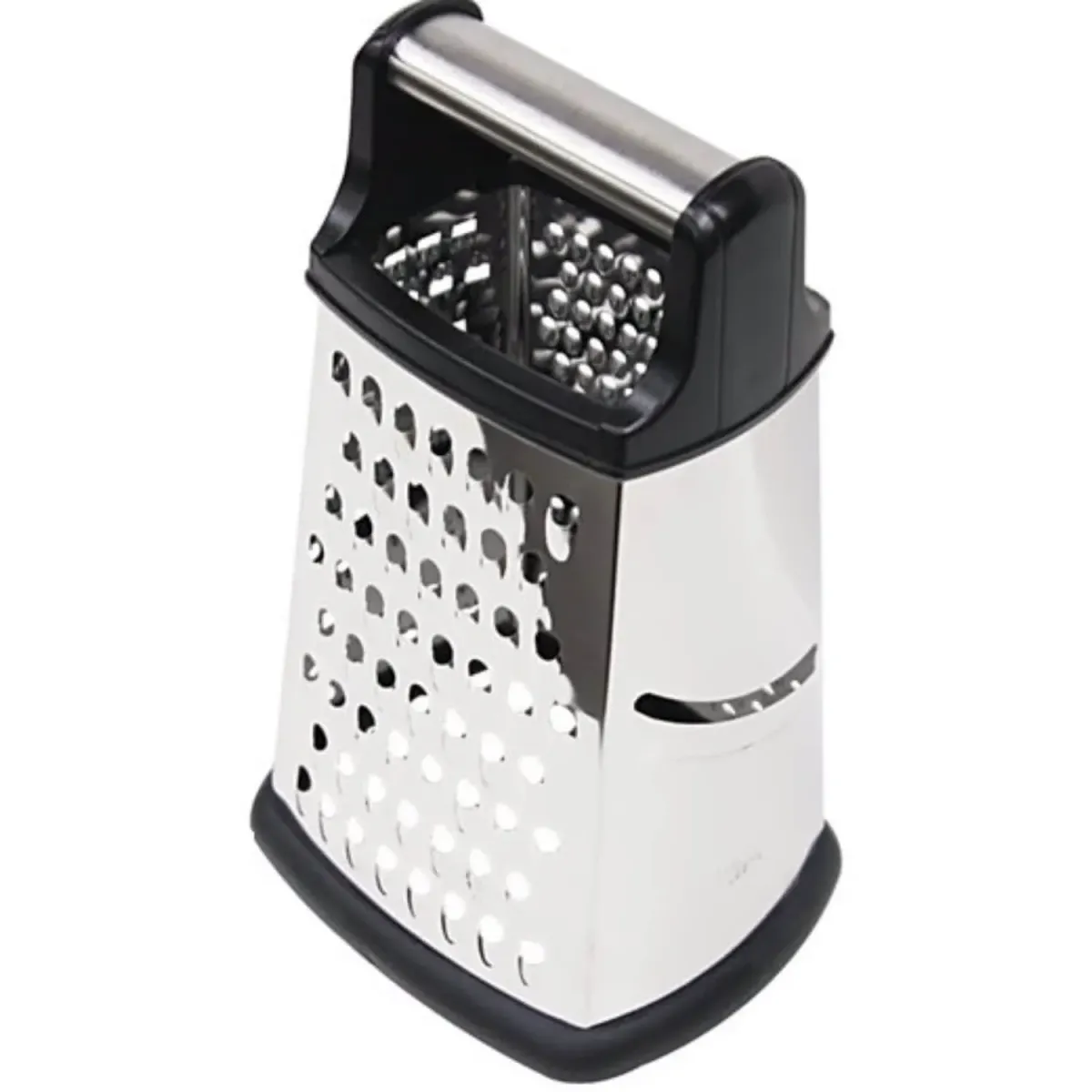
Cheese Grater
Quantity: 1 per kitchen
Use & Notes: A 4-sided box grater gives you the most flexibility for cheese, veggies, or zest. Choose stainless steel with a wide base for stability. Usually used a few times a week, so easy storage is key.
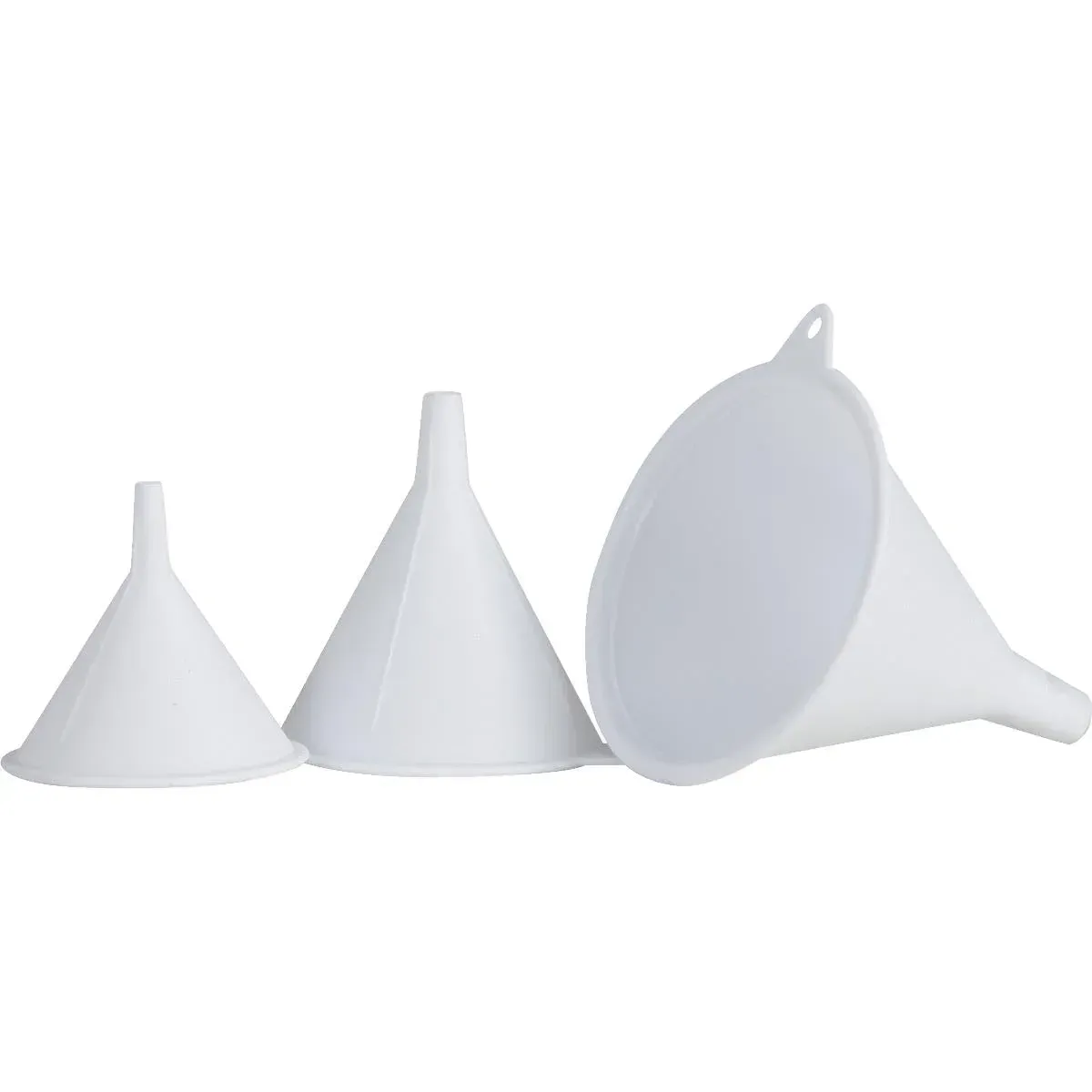
Funnel
Quantity: 1 set per kitchen
Use & Notes: Helpful for refilling spice jars, dry goods, or oils. Not essential, but very useful in houses where people do batch cooking or decanting. A small nested set takes up almost no space.
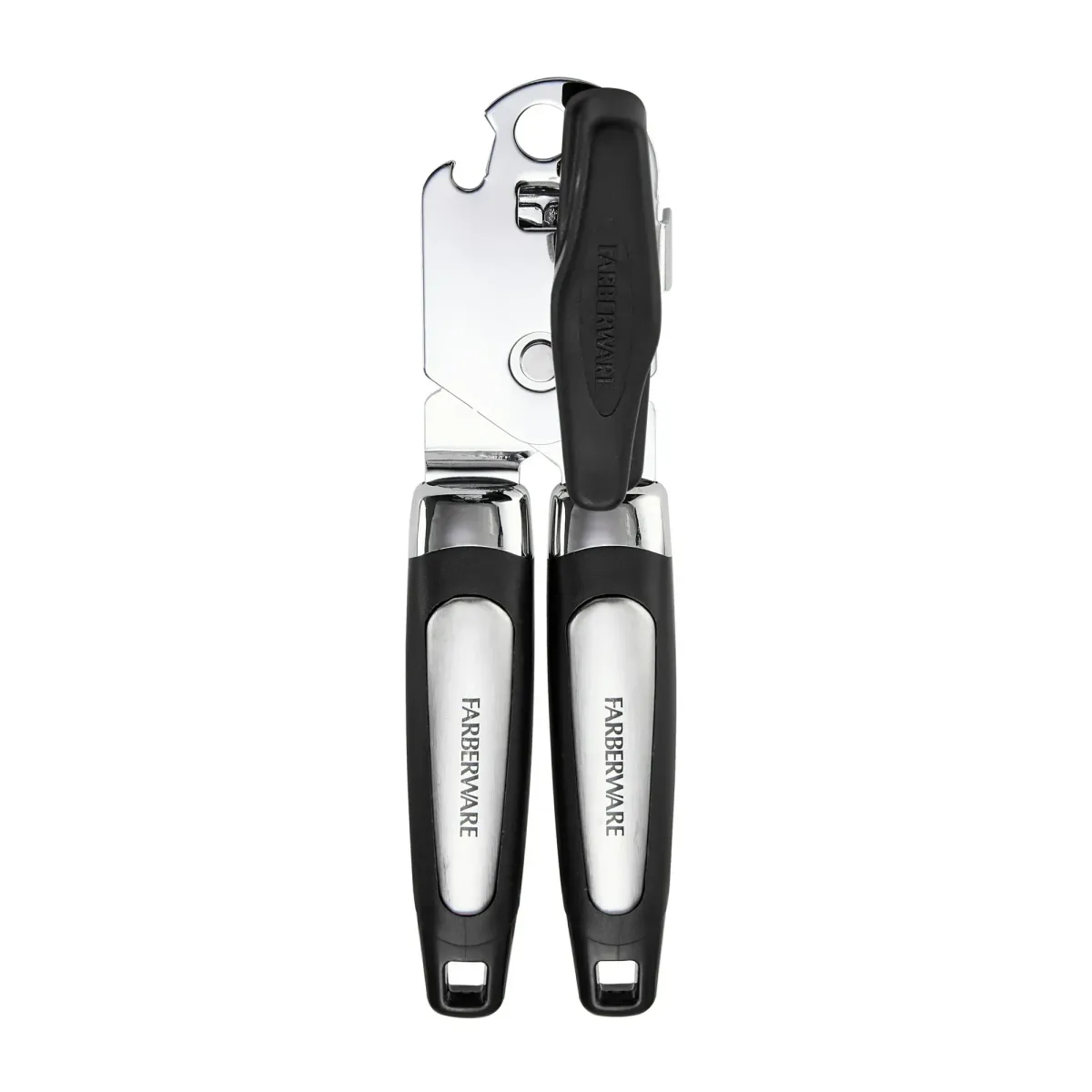
Can Opener
Quantity: 1 per kitchen
Use & Notes: Choose a higher-quality manual opener with a solid stainless steel cutting wheel and comfortable grip. Cheap openers often break or jam quickly and can’t handle larger cans. A good one will last years with only occasional dulling. It’s a small upgrade that pays off in durability and less frustration.
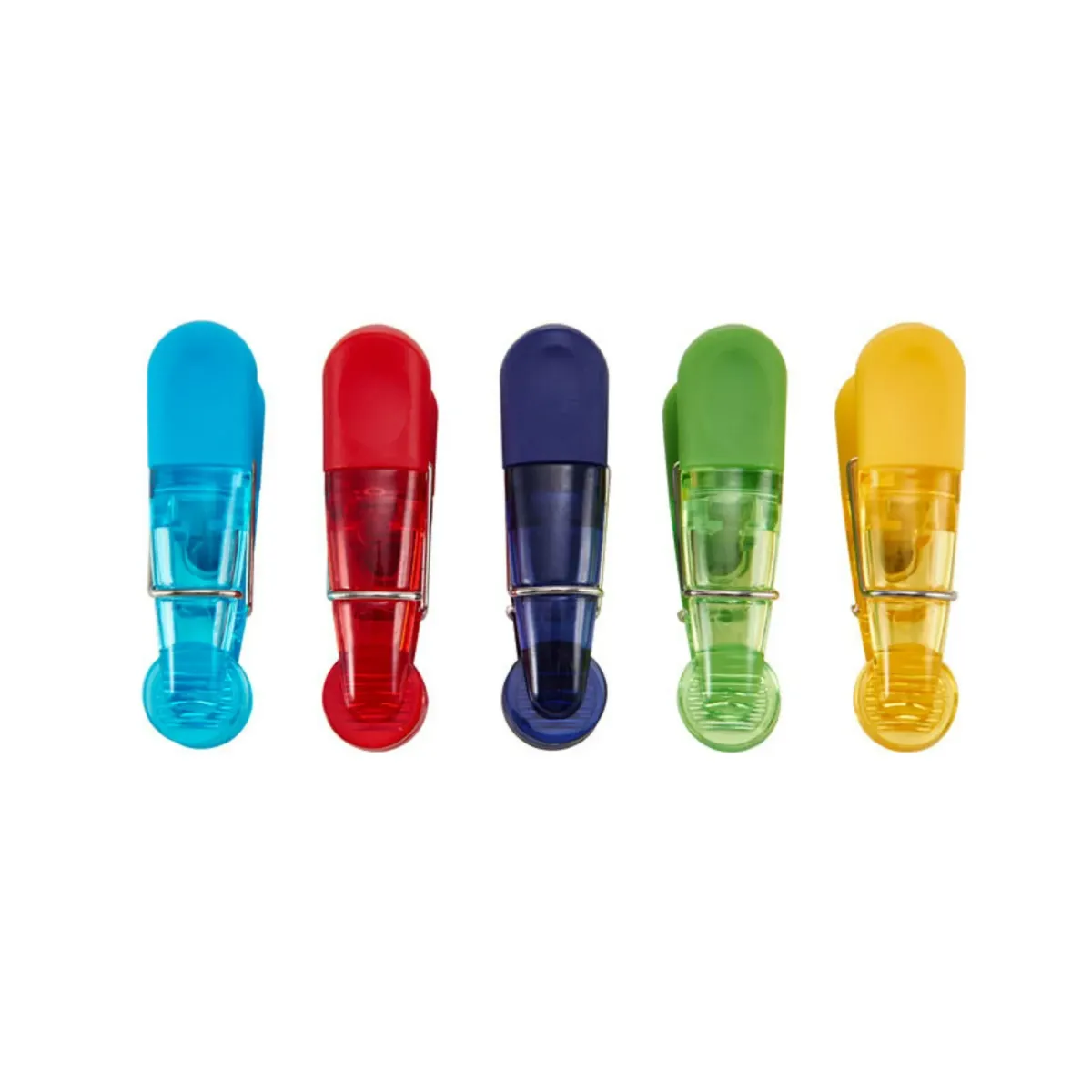
Chip Clips
Quantity: 1 set (5–8 clips) per kitchen
Use & Notes: Useful for keeping opened snack bags, produce, or frozen items sealed and fresher longer. Choose clips with a strong grip and preferably with magnets, which add extra utility on the fridge. Inexpensive, but make sure they aren’t too flimsy—cheap ones crack easily or don’t stay closed.
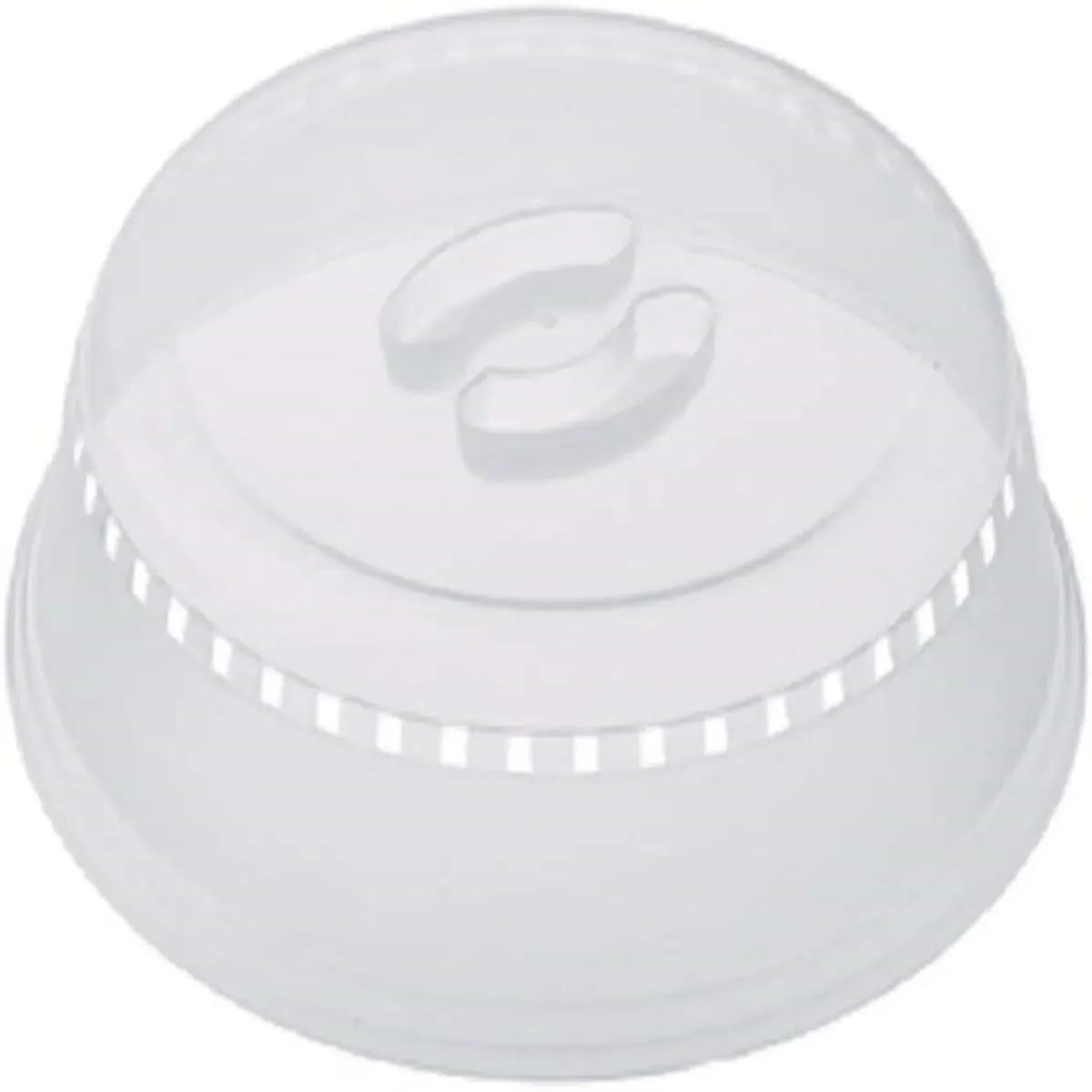
Microwavable Food Cover
Quantity: 1 per kitchen
Use & Notes: Keeps the microwave clean and speeds up heating. Look for one with vents to prevent steam buildup and a handle for easy removal. A simple but effective tool that helps reduce mess and improves shared kitchen etiquette.
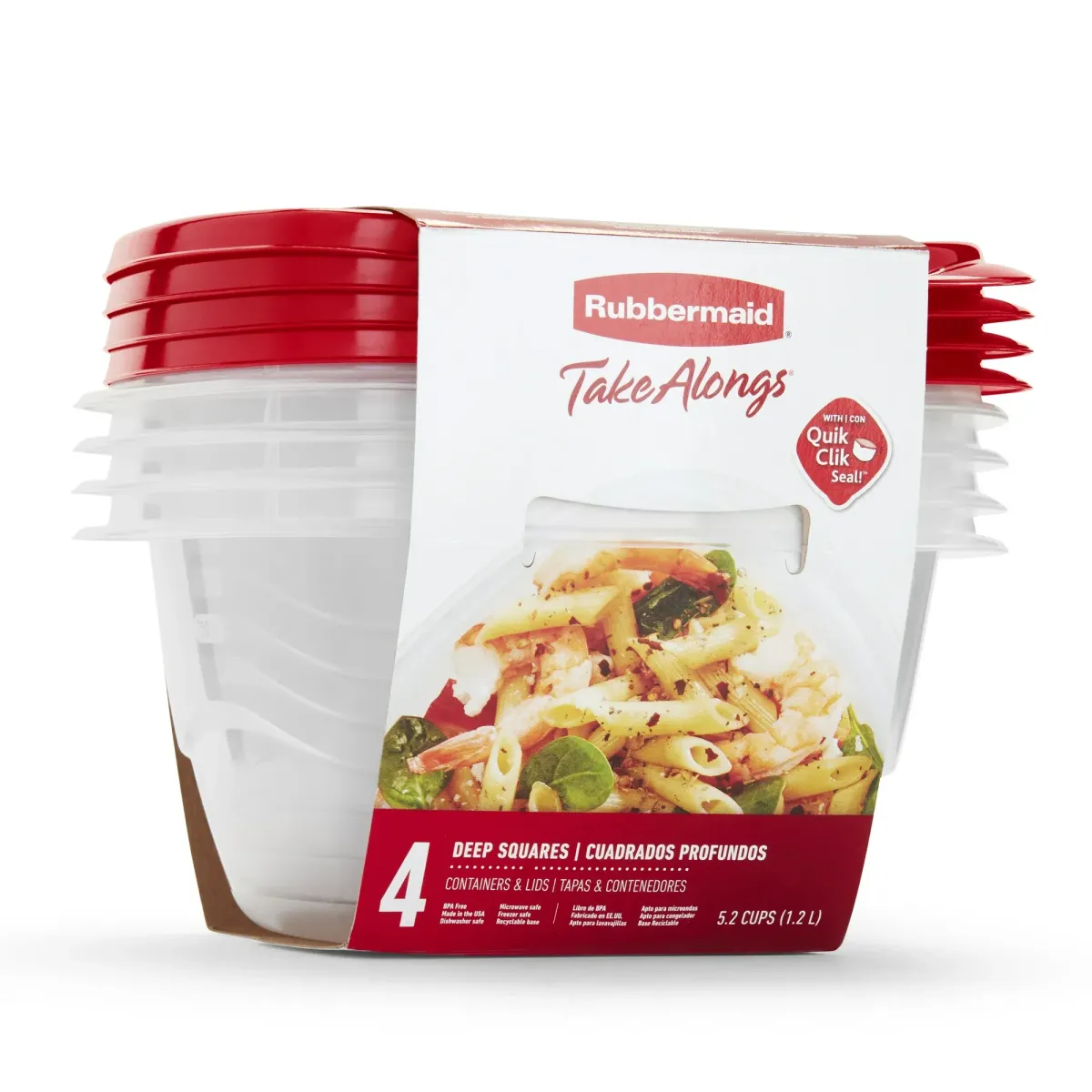
Food Storage Containers
Quantity: 1 medium set (6–12 pieces) per kitchen
Use & Notes: Ideal for leftovers, bulk dry goods, or prepping meals. Look for a mix of sizes with tight-sealing lids and dishwasher/microwave-safe material. Reusable containers help reduce single-use waste and support shared fridge organization. Go for sets with stackable shapes and visible contents (clear plastic preferred).
Cookware & Bakeware
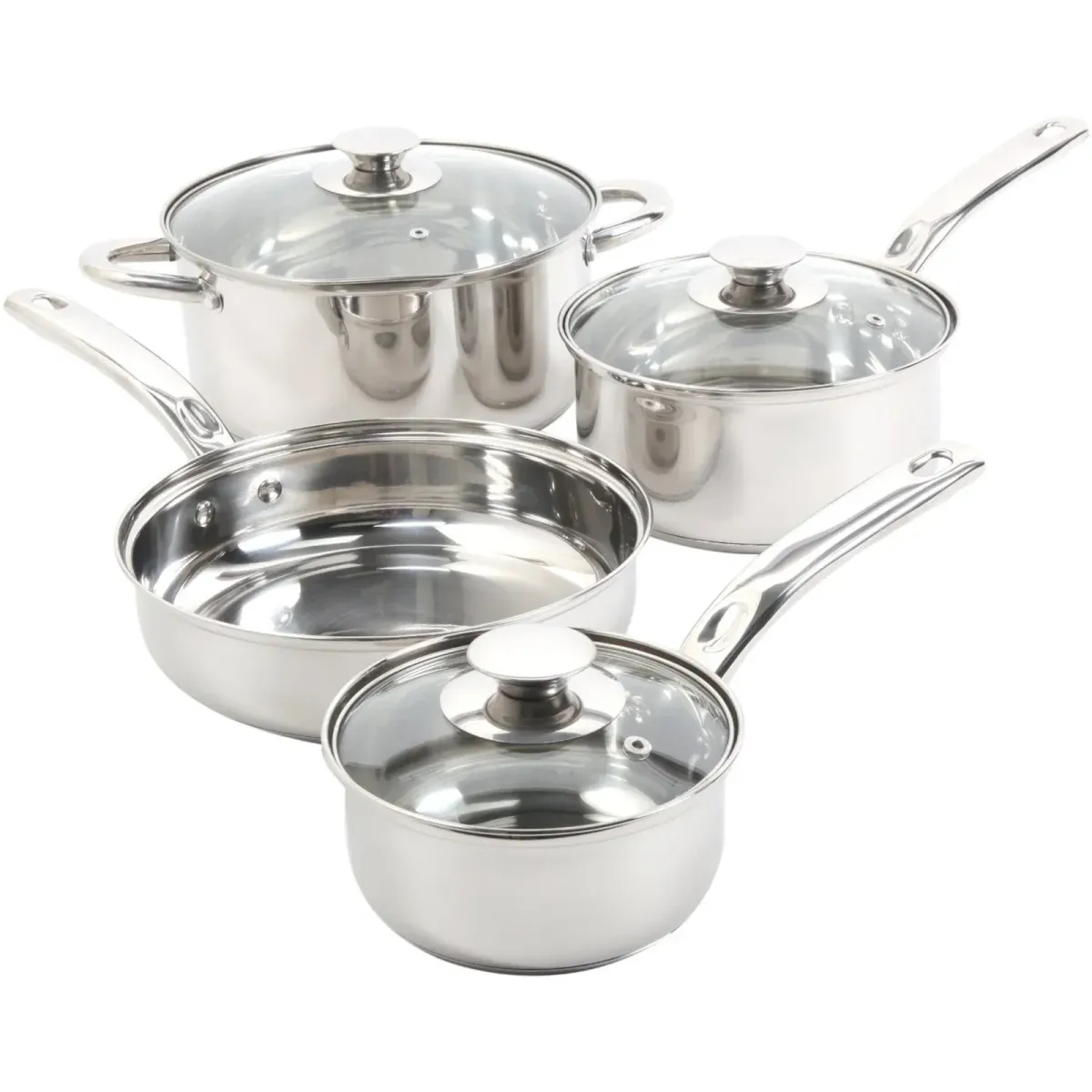
Cookware Set
Quantity: 1 full set per kitchen
Use & Notes: A basic 7–10 piece set should include at least two saucepans, a stock or Dutch oven, and two frying pans. Stainless steel or nonstick with solid handles are ideal. Avoid super lightweight or decorative sets—they wear out quickly in high-use environments. Nonstick should be replaced periodically; stainless can last years.
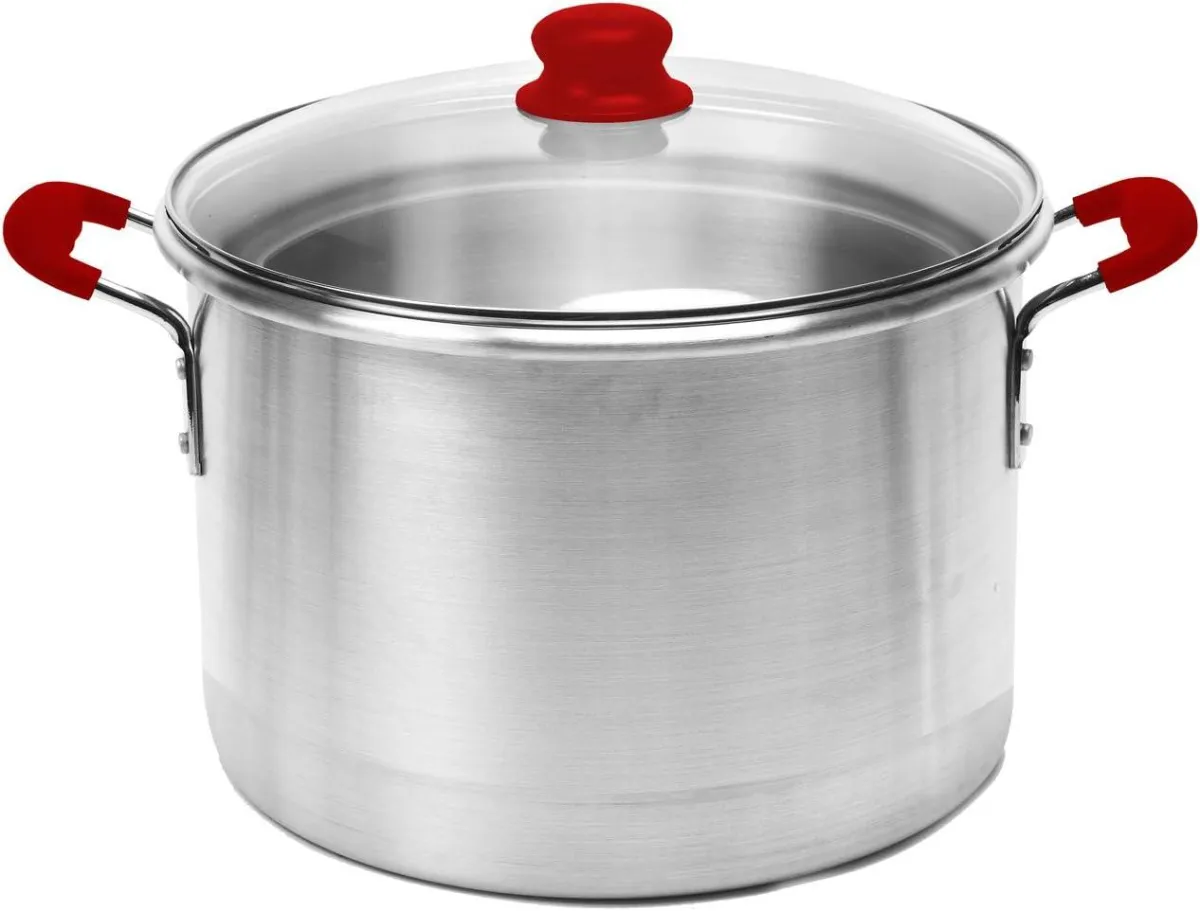
Large Stock Pot
Quantity: 1 per kitchen
Use & Notes: Essential for making soups, pasta, or meals for a crowd. A 10–12 quart size is a good middle ground. Choose one with sturdy handles, a vented lid, and good heat distribution. Lighter aluminum is fine for general use, but if it’ll be used often, something with a heavier base helps with even cooking.
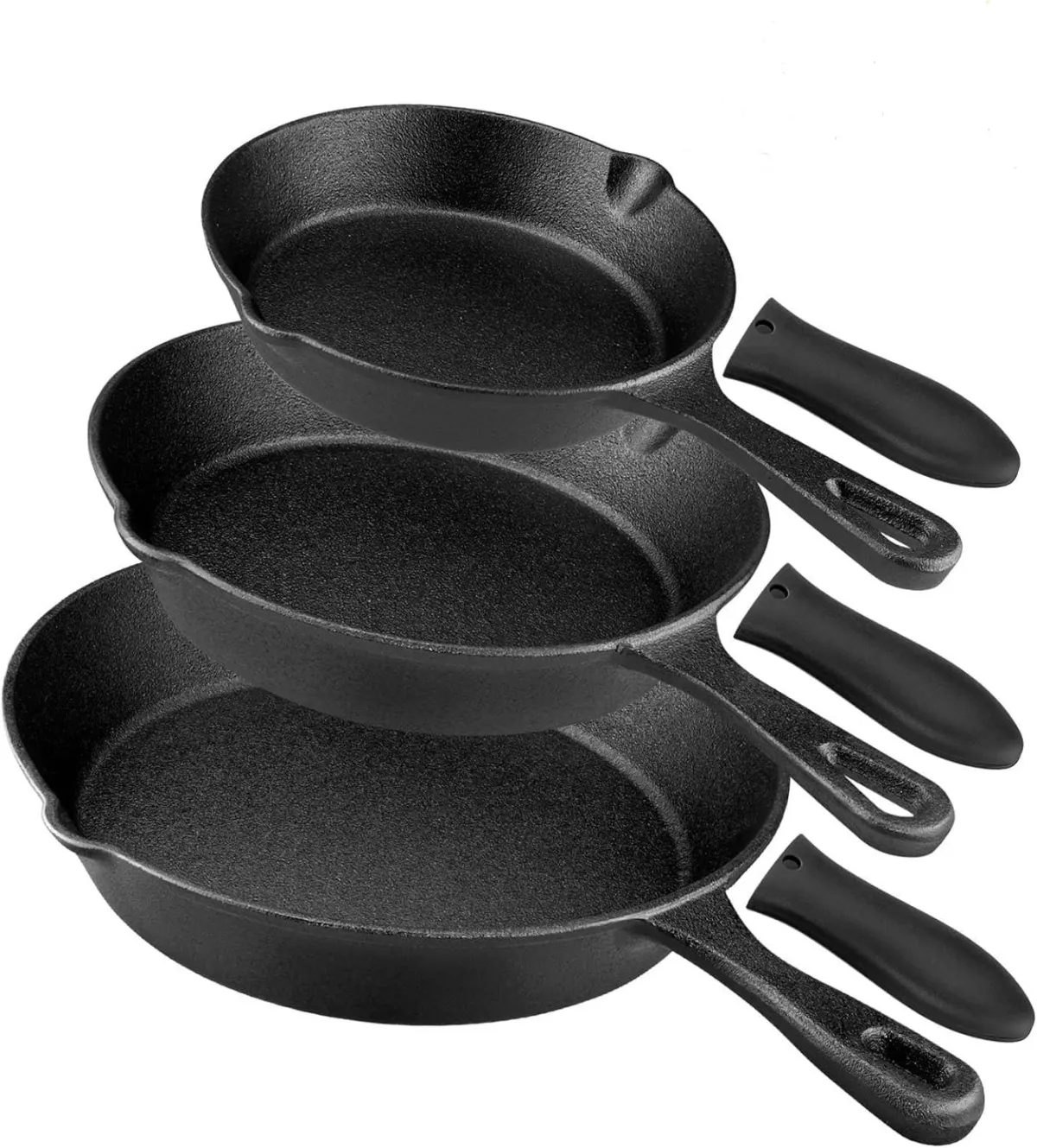
Cast Iron Set
Quantity: 1 set (or just a single 10-inch pan) per kitchen
Use & Notes: Great for searing, frying, baking, and roasting. Very durable—won’t need replacing if seasoned properly (many come pre-seasoned). Cast iron retains heat well but requires some upkeep (no soaking, dry completely). Chainmail scrubbers work best for cleaning. Optional silicone handle covers make them easier to use and safer in a shared setting.
Baking Essentials
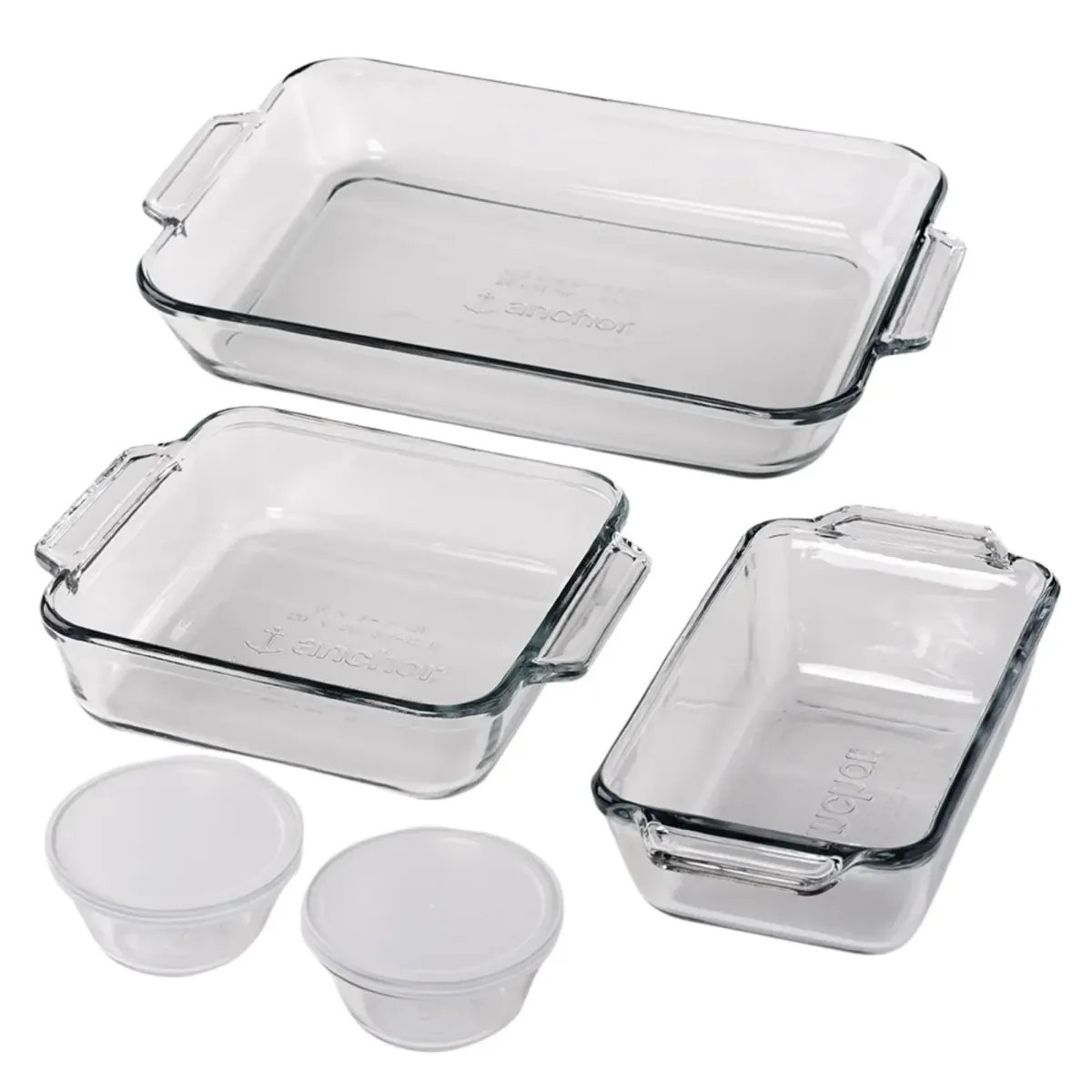
Glass Baking Set
Quantity: 1 set per kitchen
Use & Notes: A set with a variety of sizes is ideal for casseroles, roasting vegetables, or baking desserts. Glass is versatile, microwave and oven safe, and holds up well over time. Choose a set with lids if possible—makes storage easier and cleaner in shared fridges. Tempered glass resists cracking and is easy to clean.
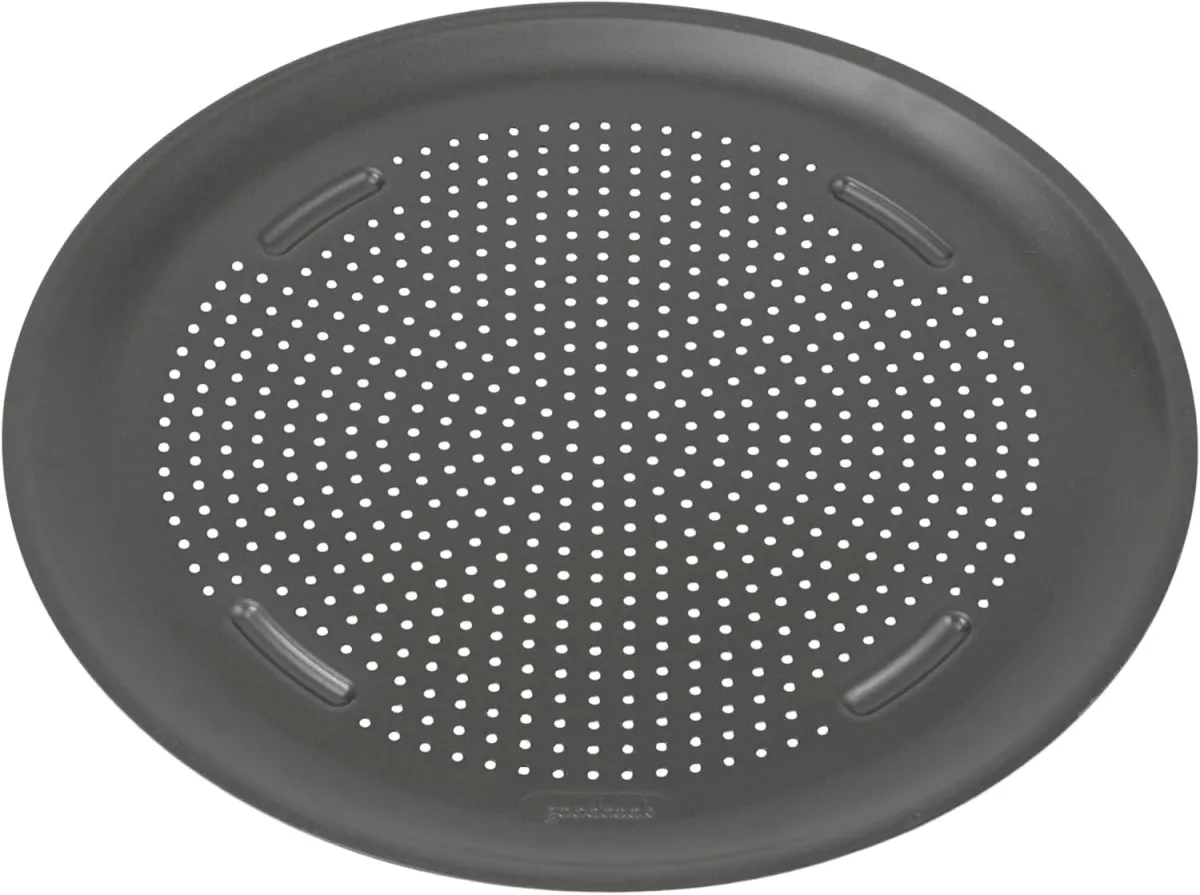
Pizza Pan
Quantity: 1 per kitchen
Use & Notes: Good for homemade or frozen pizzas and also useful for flatbreads, roasting veggies, or heating up leftovers. Look for a 12–14" pan with even heat distribution and a nonstick coating. Not essential, but very useful in houses where people cook regularly.
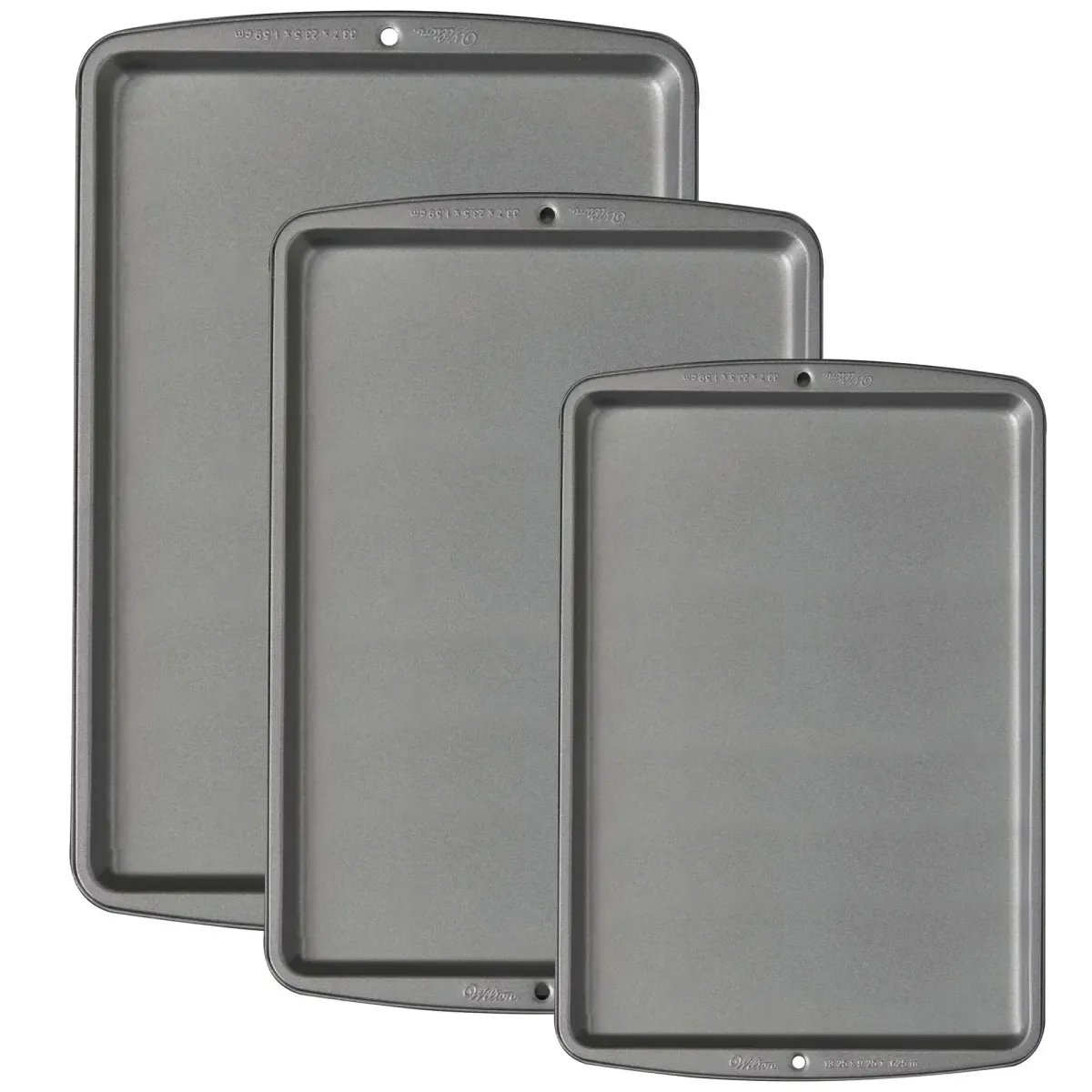
Baking Trays
Quantity: 2–3 baking sheets, 1 muffin tin per kitchen
Use & Notes: Standard half-sheet pans (about 18x13") are versatile for everything from cookies to roasted veggies. Muffin tins are helpful for both sweet and savory bakes. Look for nonstick steel that resists warping. A good set will last through heavy use.
Dinnerware & Utensils
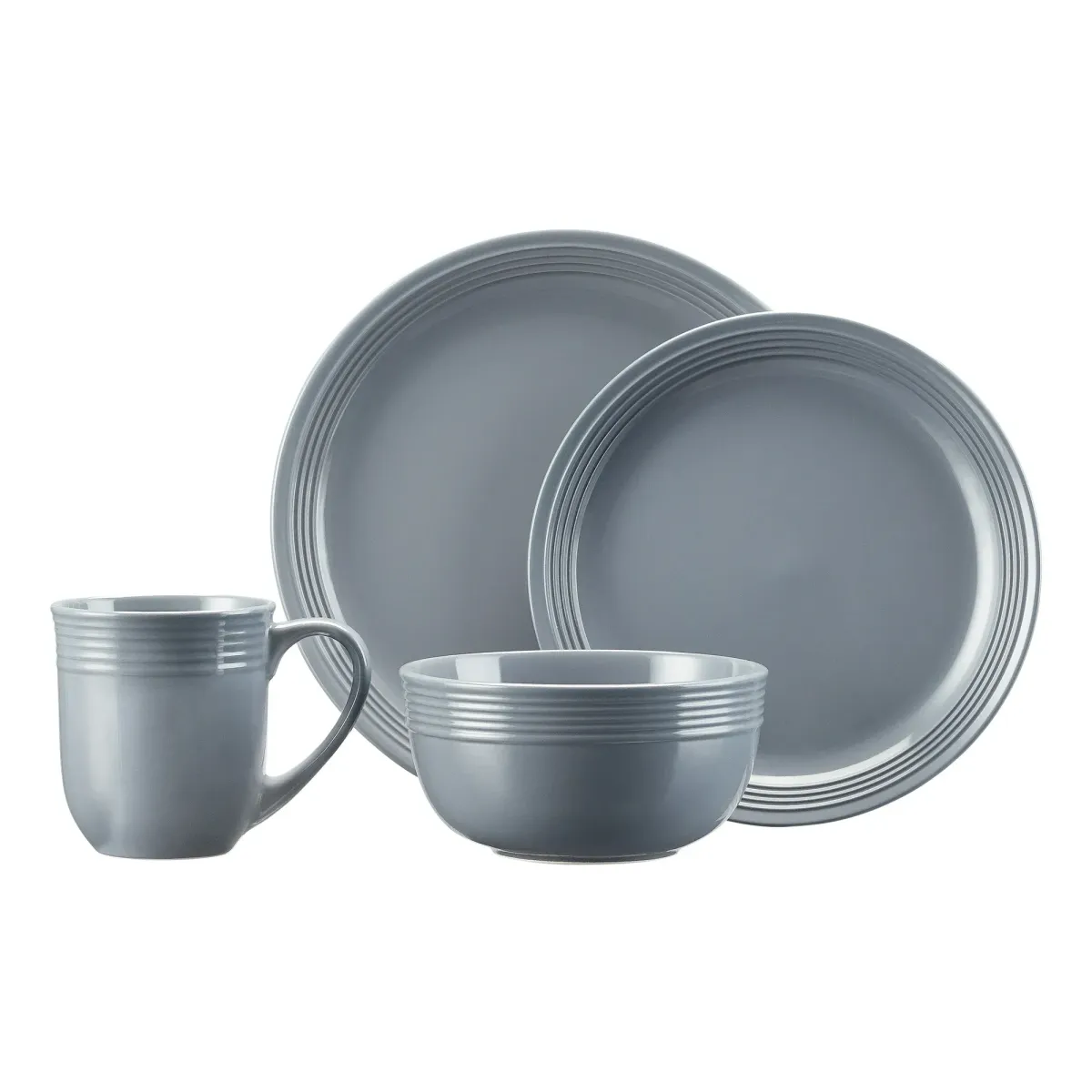
Dinnerware Set
Quantity: 1 full 16-piece set per 4 residents (round up)
Use & Notes: Basic ceramic or stoneware sets that include plates, bowls, and mugs are ideal. Durable enough for daily use and microwave safe. Neutral colors help reduce visual clutter and mix well with other sets if replacements are needed.
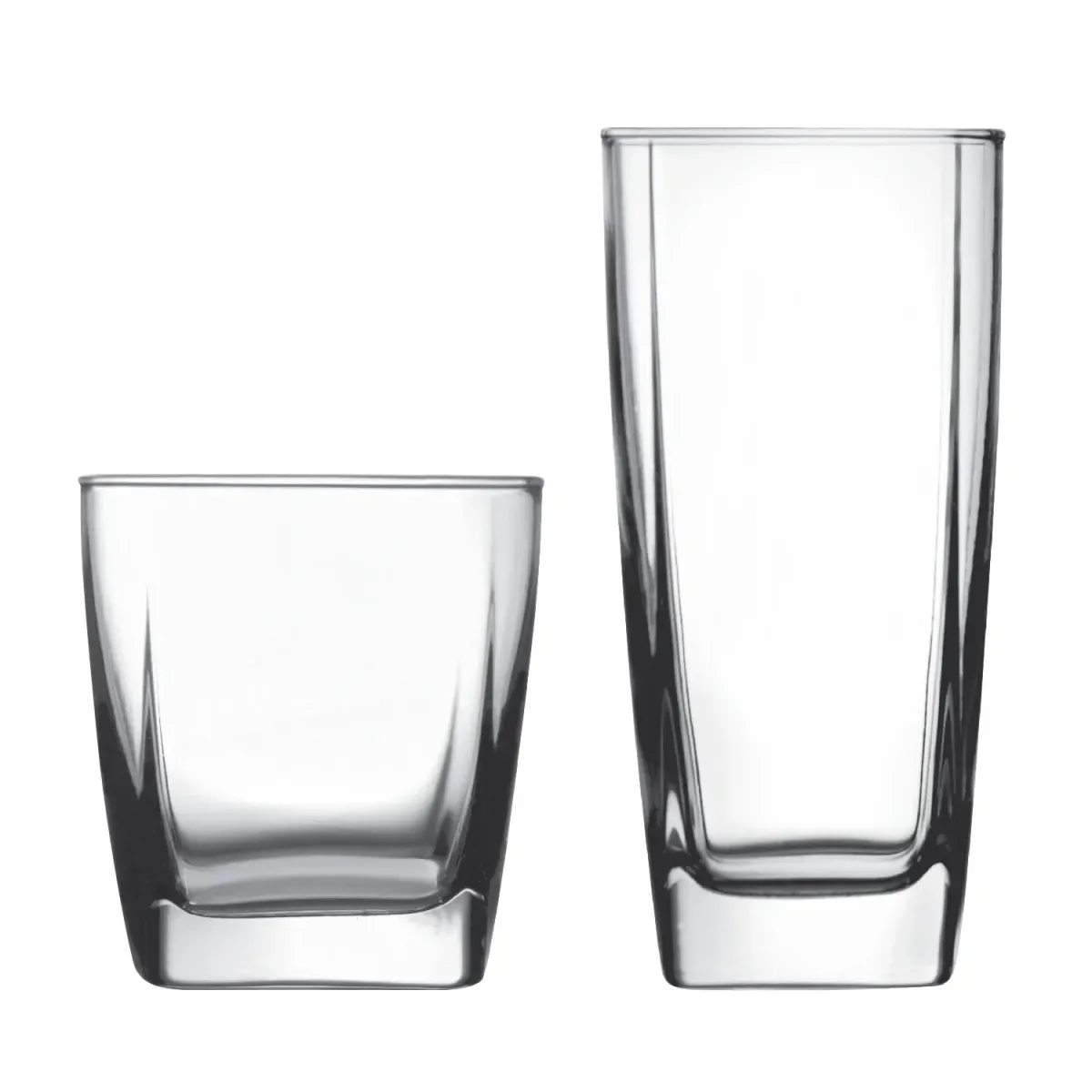
Drinkware Glass Set
Quantity: 1 16-piece set per kitchen (serves 4–6 people)
Use & Notes: A mix of short and tall glasses covers all uses. Choose tempered glass for durability. Square or rounded edges are personal preference—go with what feels sturdy and stacks well in the cabinets.
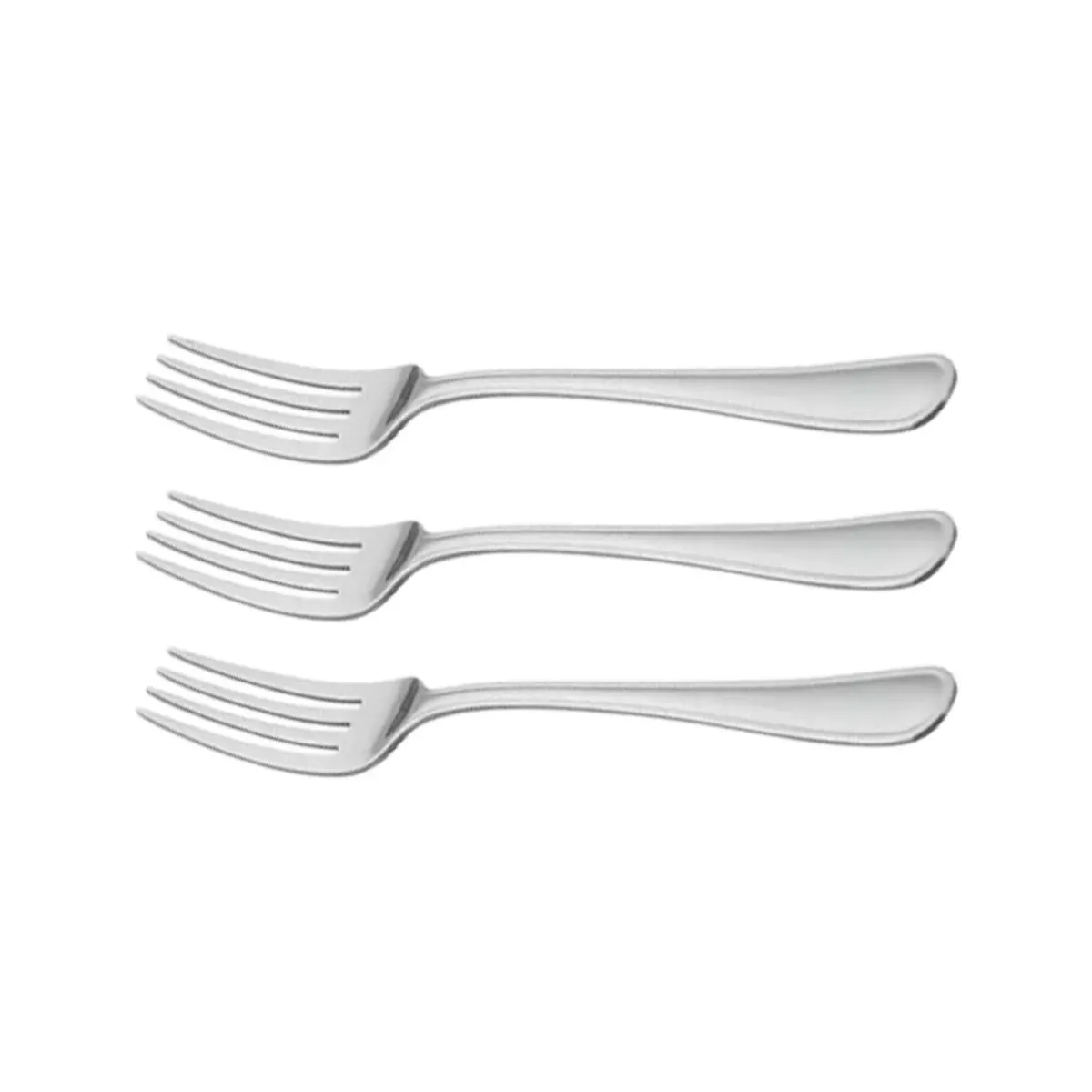
Forks
Quantity: Minimum of 10 of each utinsil (or # of Residents + 2)
Use & Notes: Stainless steel basics work best—durable, dishwasher-safe, and don’t bend easily. Always have extra on-hand. Avoid overly thin or decorative sets and never use plastic.

Spoons
Quantity: Minimum of 10 of each utinsil (or # of Residents + 2)
Use & Notes: Stainless steel basics work best—durable, dishwasher-safe, and don’t bend easily. Always have extra on-hand. Avoid overly thin or decorative sets and never use plastic.
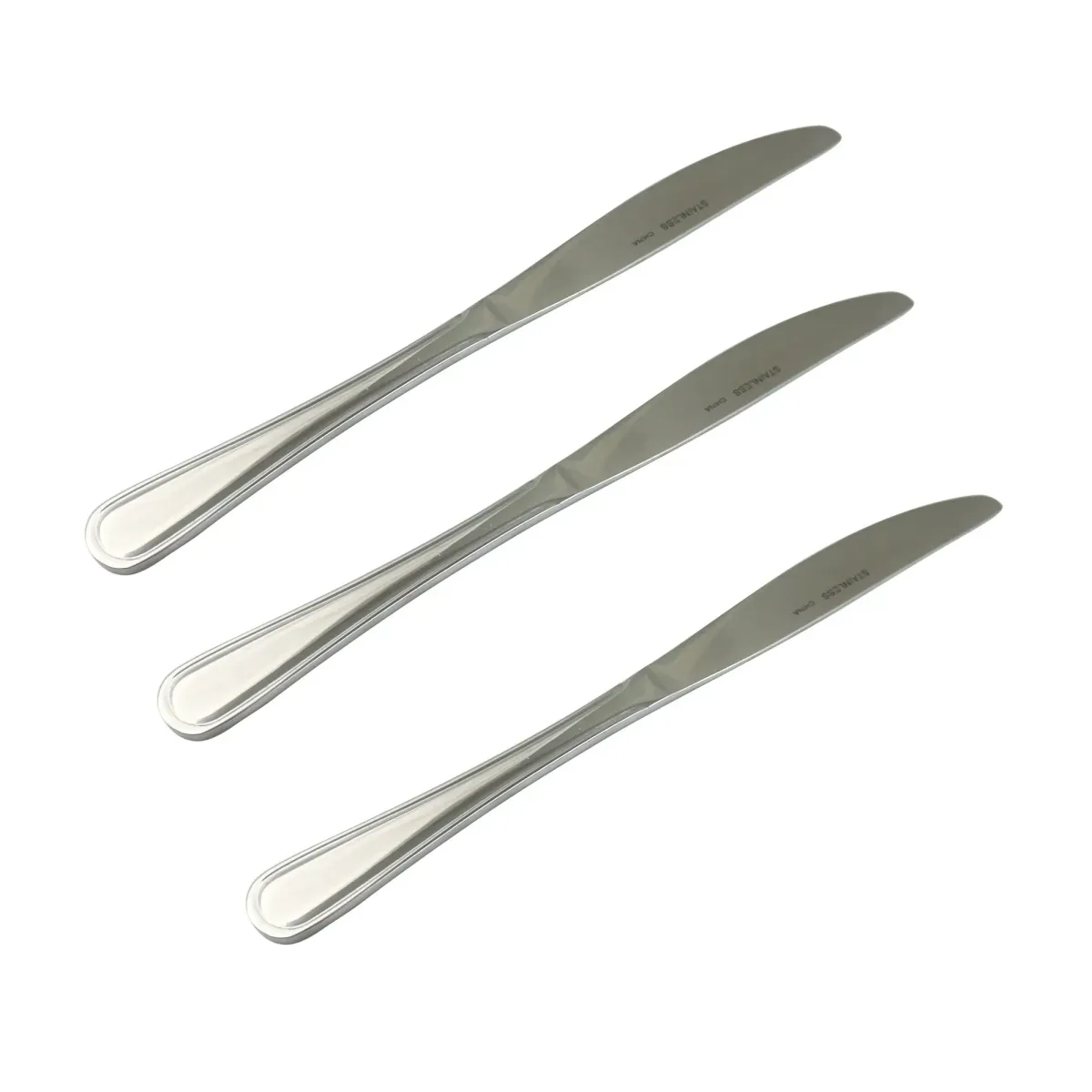
Knives
Quantity: Minimum of 10 of each utinsil (or # of Residents + 2)
Use & Notes: Stainless steel basics work best—durable, dishwasher-safe, and don’t bend easily. Always have extra on-hand. Avoid overly thin or decorative sets and never use plastic.
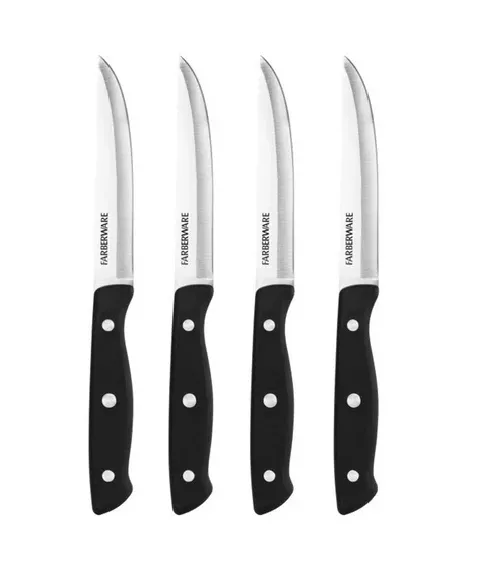
Steak Knives
Quantity: 1–2 sets per house
Use & Notes: Durable, sharp knives ideal for cutting cooked meats like steak, chicken, or tofu. These are sharper and more effective than standard table knives, especially for resident meals or shared dinners. Store with the other cutlery and check regularly for wear or rust. Best if hand-washed and dried promptly to extend life. One set (4 knives) is typically enough for 4–6 residents, but two sets may be helpful in larger houses or when hosting.
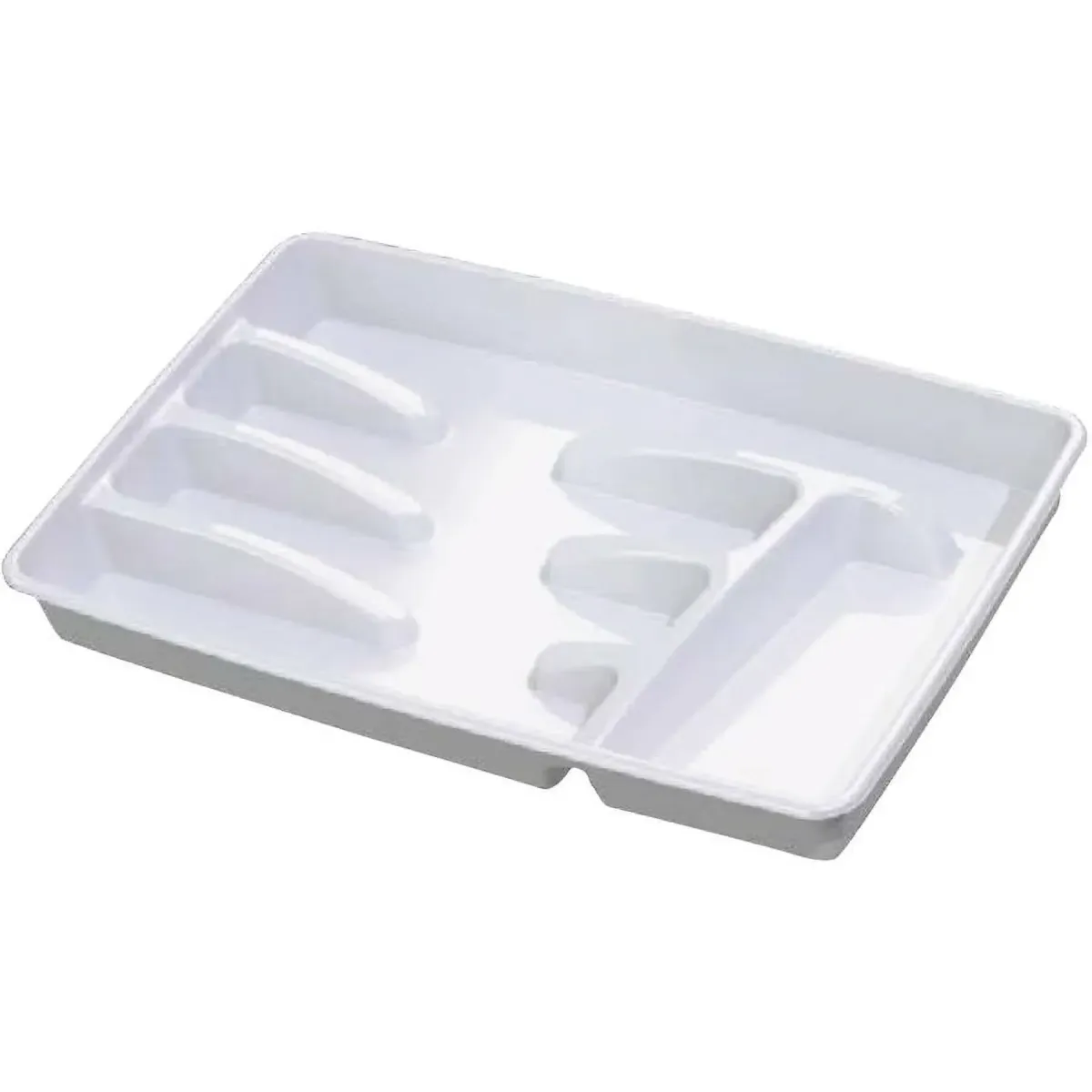
Cutlery Tray
Quantity: 1 per kitchen
Use & Notes: Keeps utensils organized and prevents jamming the drawer. Look for at least 5 compartments and a non-slip base if possible. White/black plastic or wire mesh are easy to clean and visually neutral.
Kitchen Extras & Safety
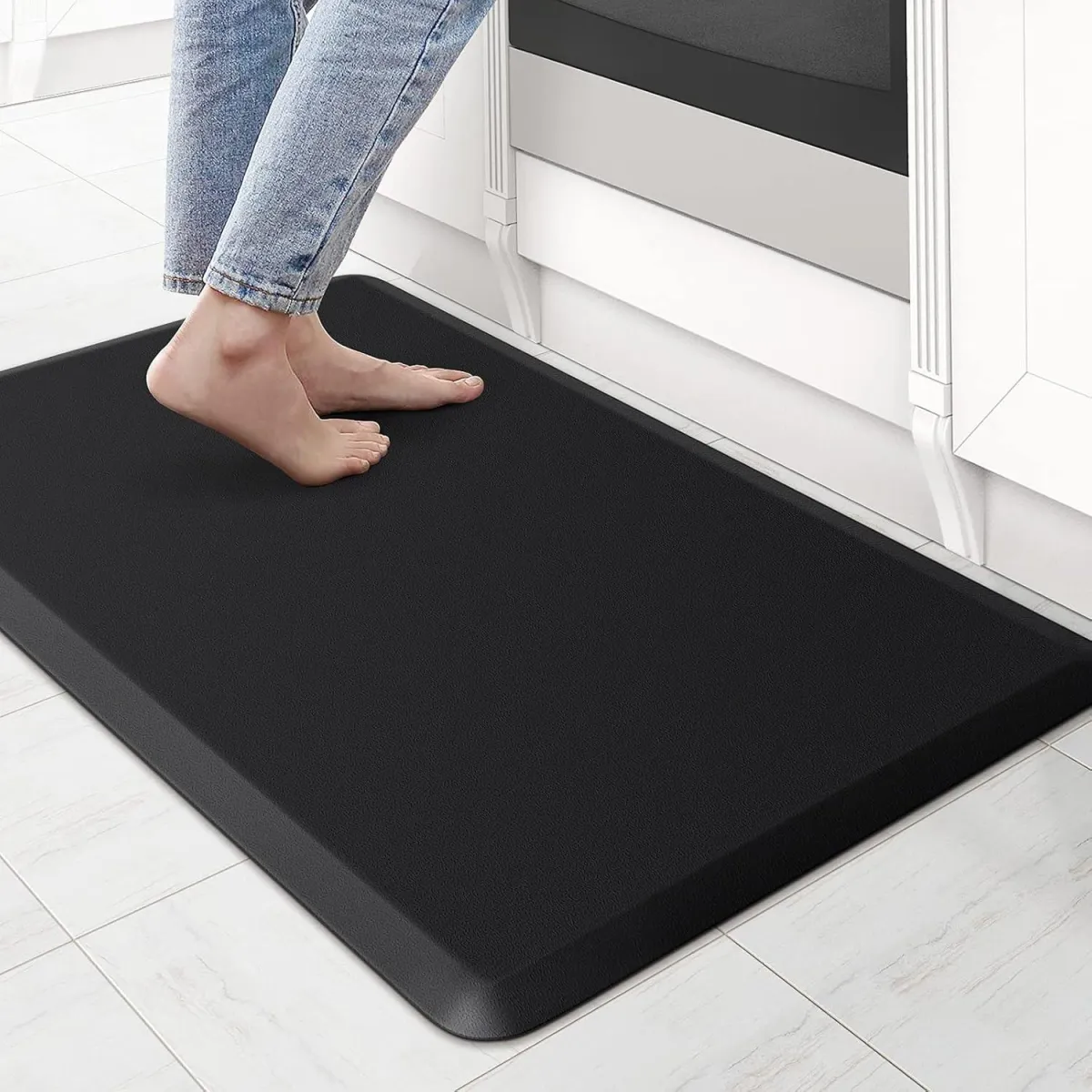
Anti-Fatigue Kitchen Mat
Quantity: 1 per kitchen (placed in front of the sink)
Use & Notes: Anti-fatigue mats provide comfort while cooking or washing dishes. Choose one with a grippy bottom and beveled edges for safety. Darker colors hide stains better; PVC foam or gel are most comfortable.
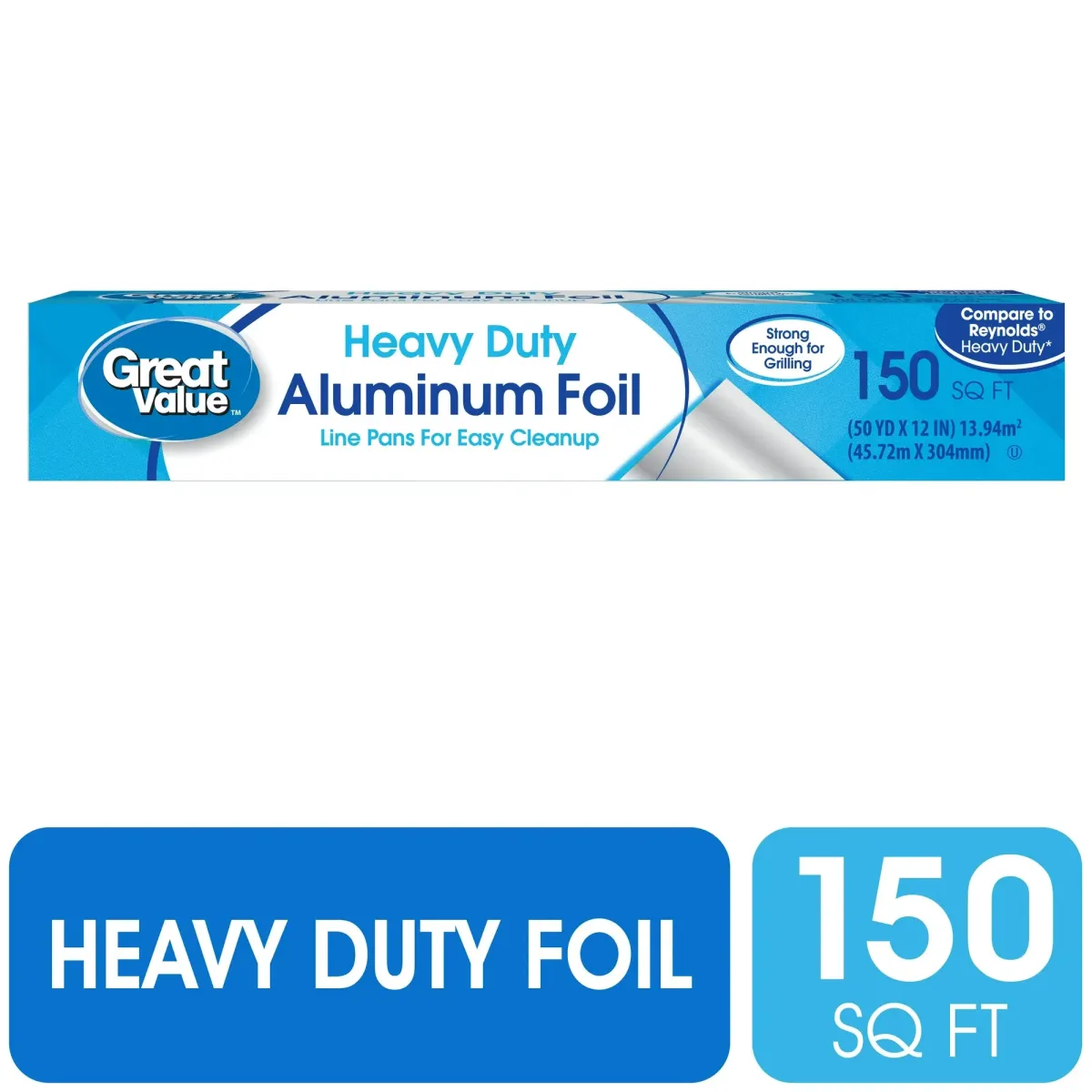
Aluminum Foil (For lining the oven bottom)
Quantity: 1 box per kitchen
Use & Notes: Lining the oven bottom with foil helps catch drips and makes cleanup easier, especially in shared homes where use is high. Heavy-duty foil holds up better for grilling, roasting, and wrapping leftovers. Look for a box with a sharp cutting edge and tab closure to reduce mess and waste.

Fire Extinguisher
Quantity: 1 per floor (mounted in or near the kitchen or in an easily accessible common area)
Use & Notes: A key safety item that should be easily accessible. A 1A10BC model covers the most common household fire types—cooking, electrical, and flammable liquids. Choose one with a clear pressure gauge and a mounting bracket for visibility and quick access. Make sure all residents know where it is.
Bathroom
Shared Bathroom Essentials
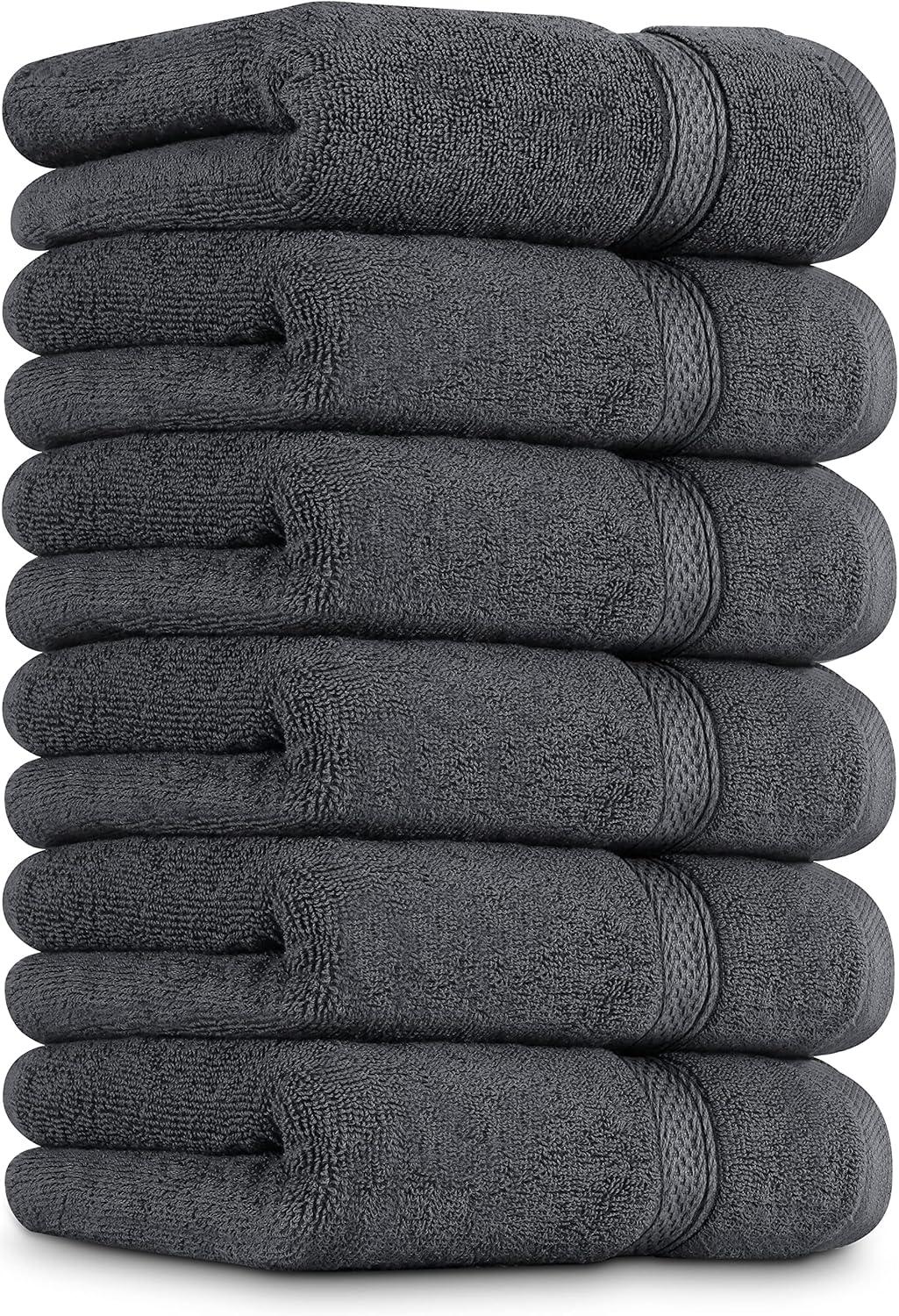
Hand Towels
Quantity: 4 per bathroom (two in use, two in laundry/backup)
Use & Notes: These 16" x 28" towels are a good size for shared use. Having a set makes it easier to rotate towels between laundry days. Choose darker or patterned colors to help mask wear and stains over time.
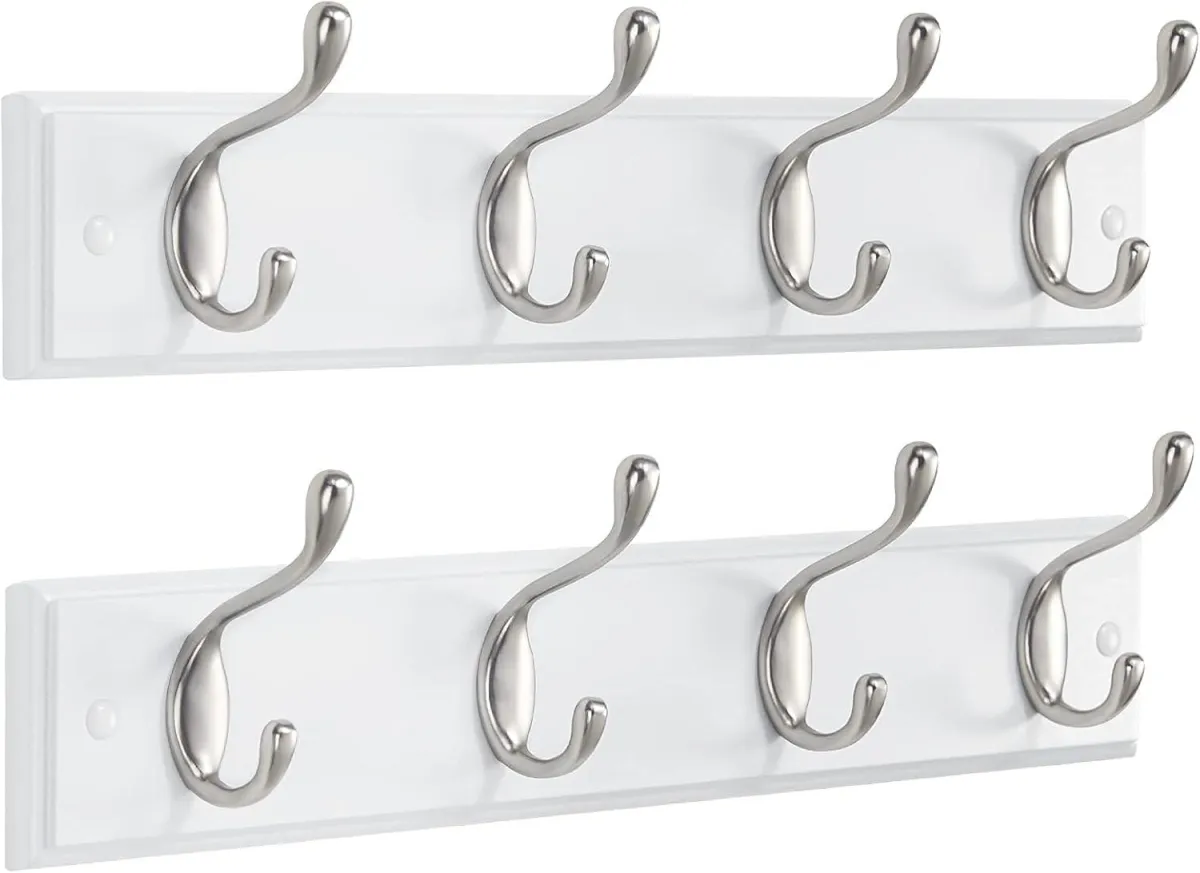
Wall Mount Towel Hooks
Quantity: 1 set of 4 hooks per bathroom
Use & Notes: These multipurpose wall hooks are used for hanging hand towels and bath towels in shared bathrooms. Install them on the wall or the back of the door depending on your layout. Keeps towels off shared surfaces and allows each resident their own designated spot. Look for durable materials with smooth edges and easy-clean finishes.

Full-Length Mirror
Quantity: 1 per house, or 1 per floor if multi-story
Use & Notes: Mirrors in common areas reduce bathroom bottlenecks and help residents get ready in shared spaces. Over-the-door or wall-mount designs are best for saving floor space. A simple frame blends into most decor.
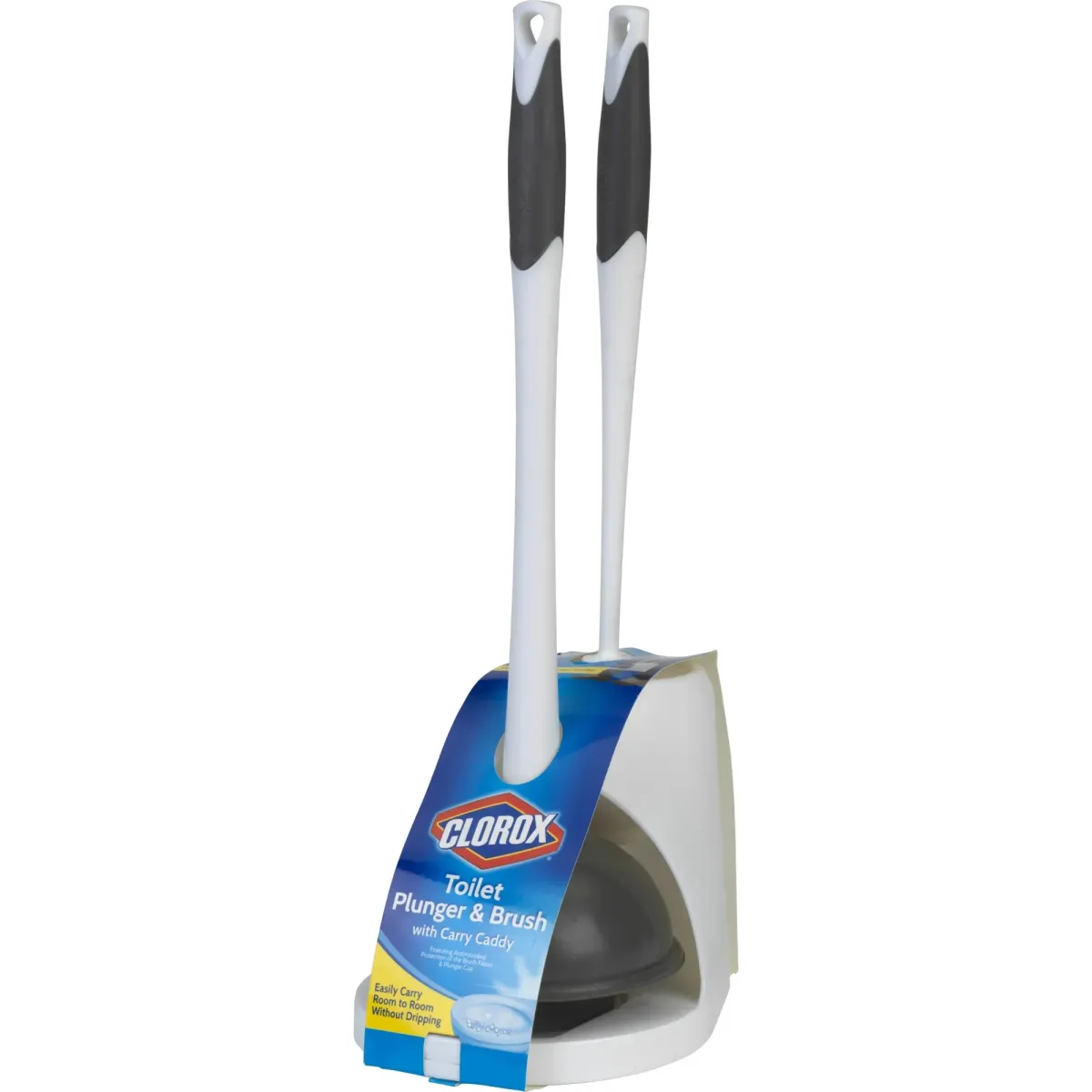
Toilet Plunger & Bowl Brush Combo Set
Quantity: 1 per bathroom
Use & Notes: Keep it clean and discreet with a combo caddy. A flange-style plunger is more effective for clearing real clogs, and a firm-handled brush helps with weekly upkeep. Choose a compact set with a base that contains drips.

Bath Mat
Quantity: 1 per bathroom
Use & Notes: Placing a mat in front of the sink keeps the floor dry and more comfortable. Memory foam mats feel cushier and hold their shape better over time. Choose washable options with slip-resistant bottoms.
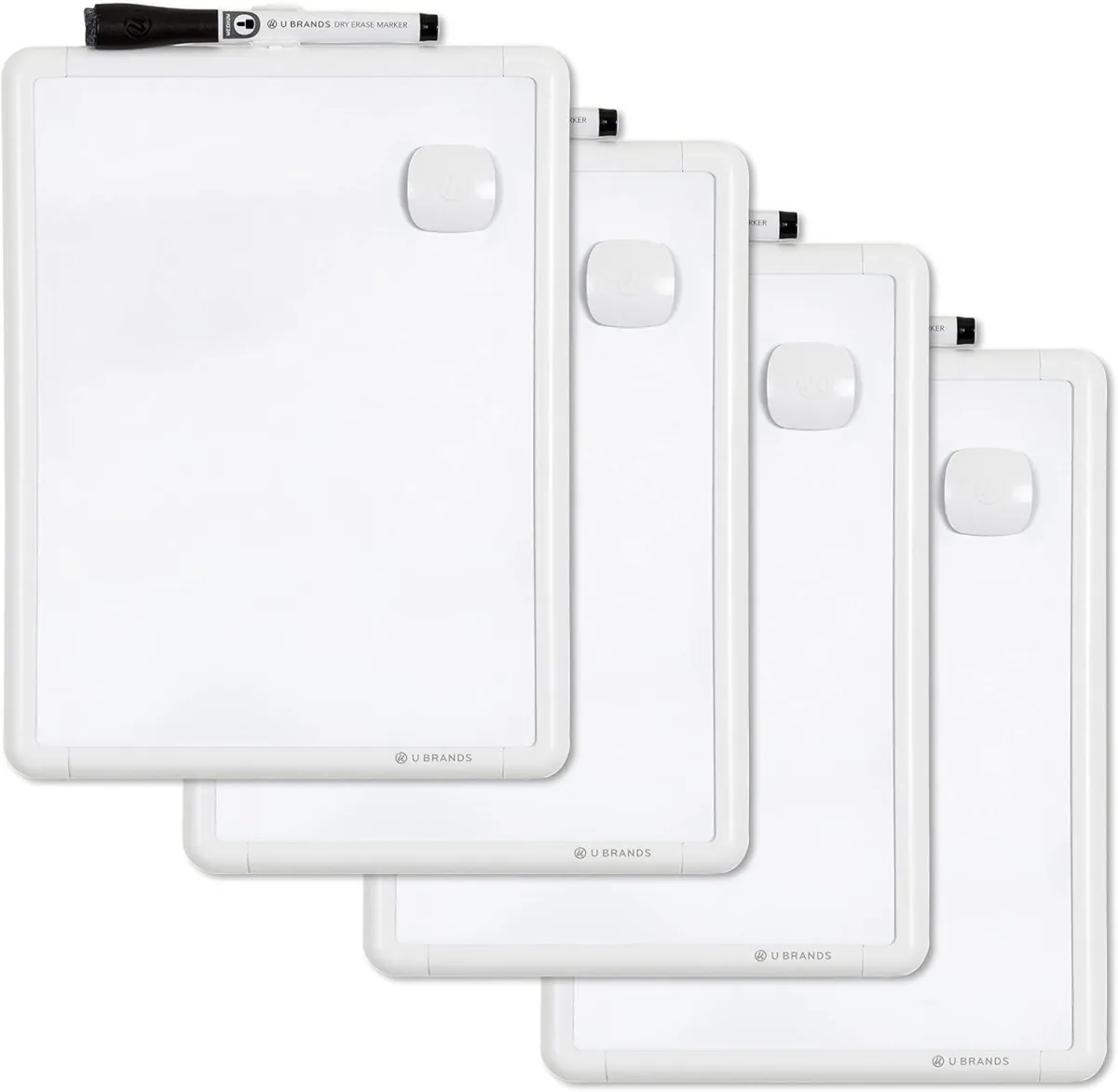
Mini White Boards (8.5”x11” magnetic white dry erase board)
Quantity: 1 per fridge, laundry room, and bathroom
Use & Notes: Small dry erase boards are great for leaving notes, labeling shared laundry, or listing chores. Magnetic styles are ideal for fridges or laundry appliances. Keep one near each high-traffic area for passive communication.
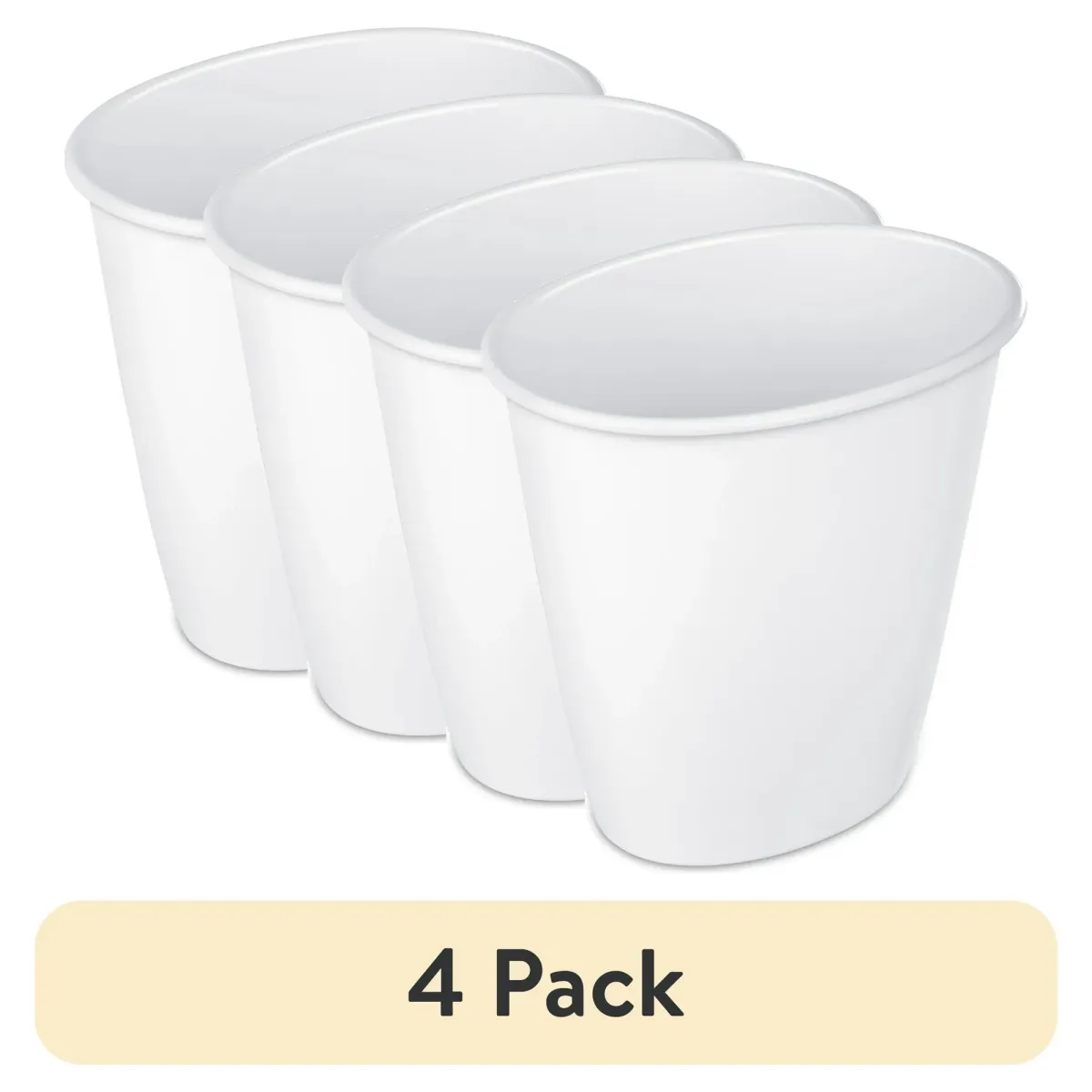
Small Wastebasket (1.5 gal Laundry/Utility Room)
Quantity: 1 per bathroom
Use & Notes: A small, lidded or open basket is perfect for tissues and personal care items. Slim plastic bins fit under most sinks and are easy to clean. Spare plastic bags work great as liners.
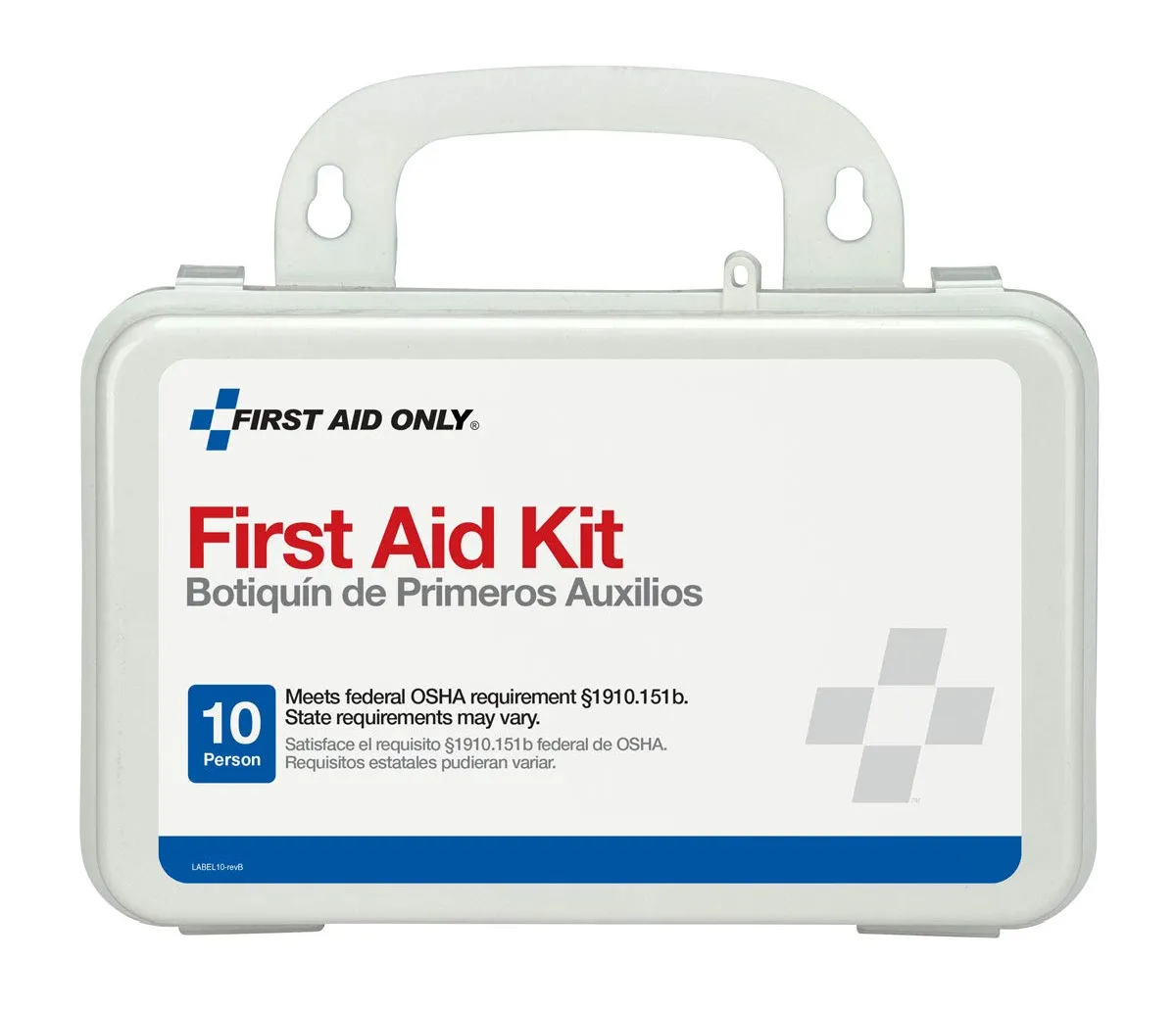
First Aid Kit
Qty: 1 per house (store in cleaning closet or another accessible common area)
Use & Notes: A compact but comprehensive kit stocked with essential items like bandages, antiseptic wipes, tweezers, and gauze pads. Helpful for treating minor cuts, scrapes, and burns without requiring a full medicine cabinet. Choose a kit with clear compartments and refillable components so it’s easy to restock as needed.
It's not a bad idea to keep one of these in each of the shared bathrooms.
Shower & Bath Setup
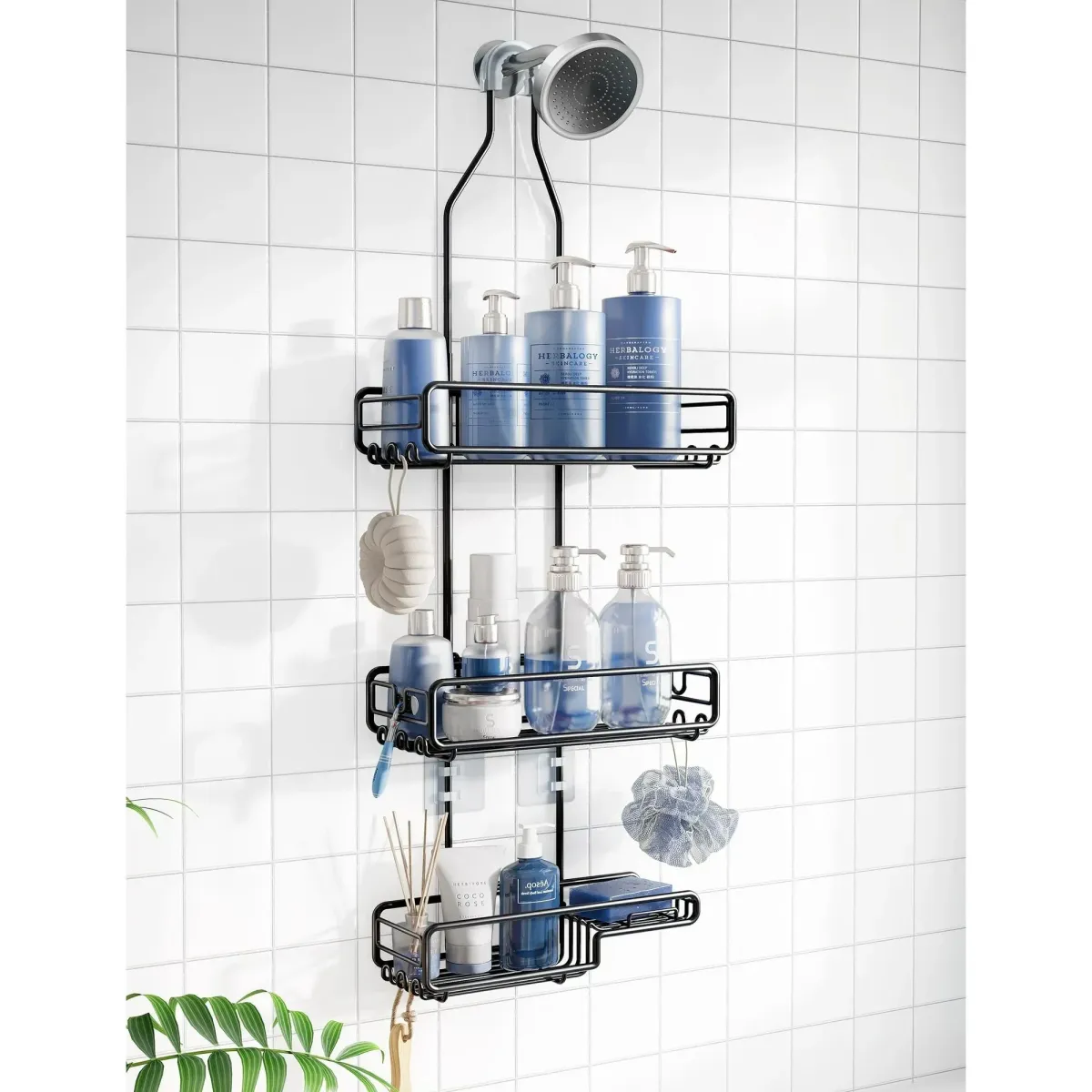
Shower Caddy (for Shower Head)
Quantity: 1 per shower
Use & Notes: Ideal for shared bathrooms to organize shampoo, soap, razors, and washcloths. This over-the-shower-head style is easy to install and reposition. A rust-resistant design with multiple shelves and hooks helps keep personal items tidy and off the tub ledge. Especially helpful in showers without built-in shelving.
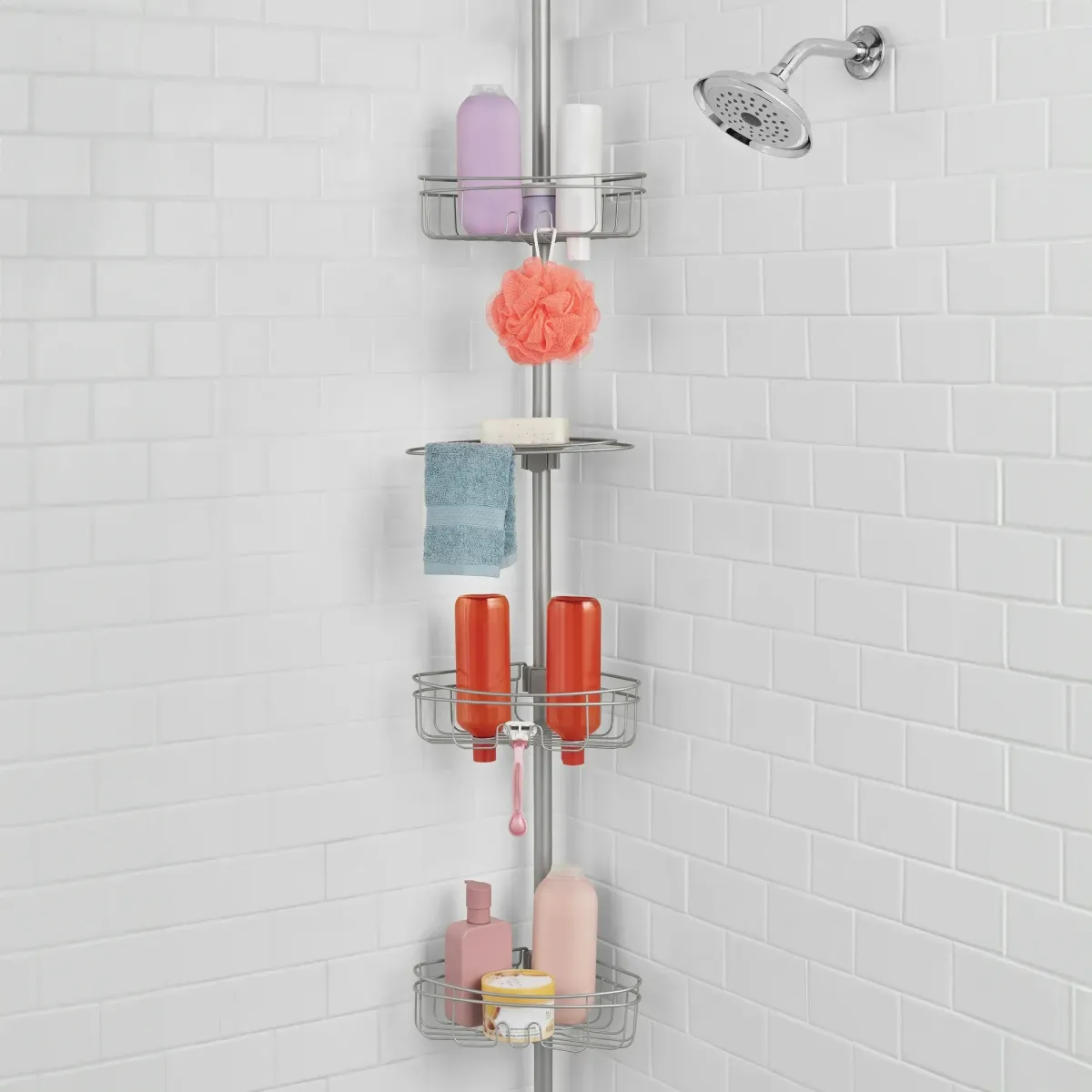
Corner Shower Caddy (Tension Rod Style)
Quantity: 1 per shower with vertical space
Use & Notes: Best for showers with corners and vertical room to install a pole-style organizer. These adjustable units provide more storage than typical hanging caddies, making them great for houses with multiple residents sharing one bathroom. Shelves can be adjusted for taller bottles and typically include hooks for loofahs or razors.
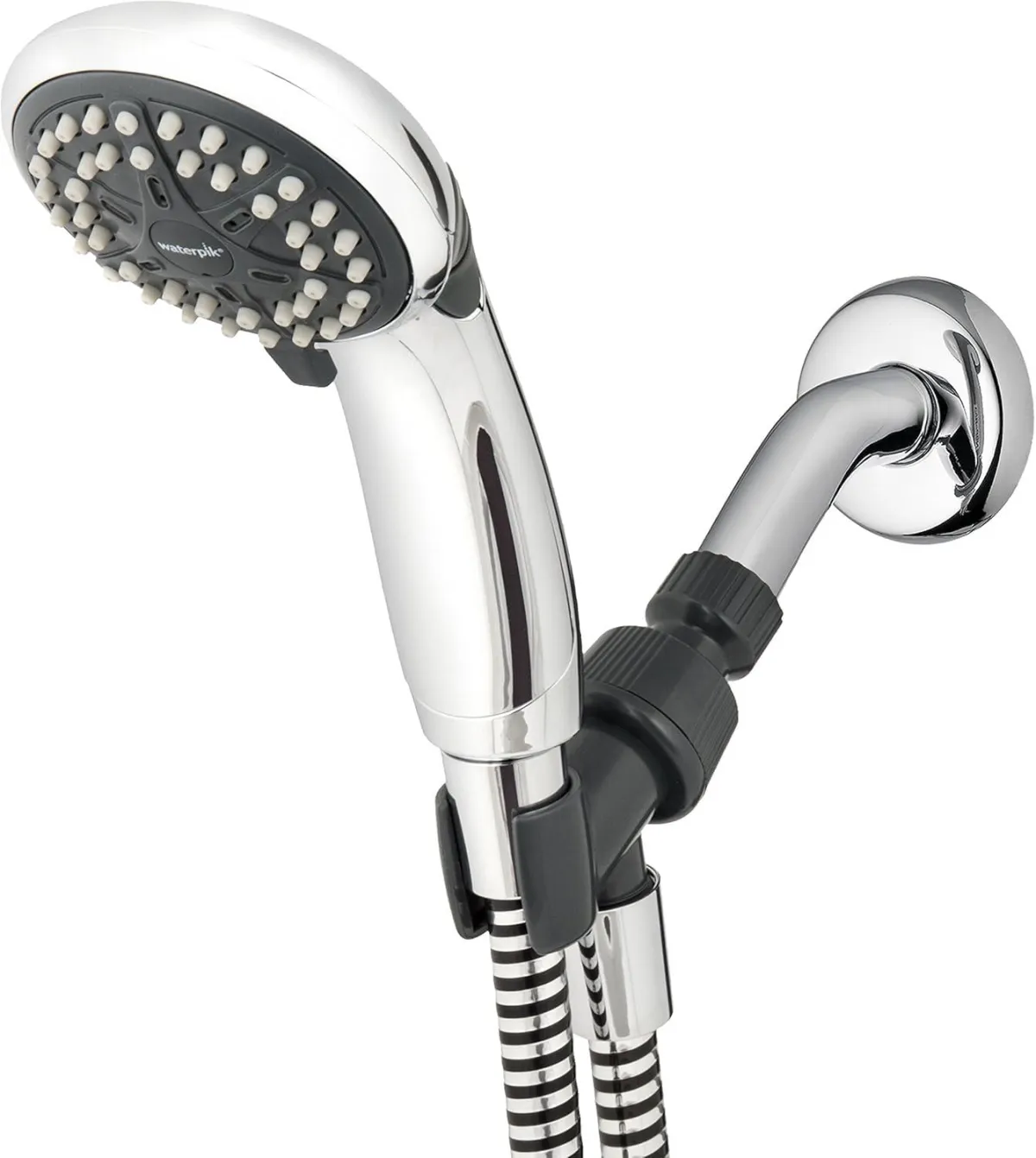
Low Flow Shower Head
Quantity: 1 per shower
Use & Notes: Helps reduce water waste and utility bills while still offering a comfortable shower experience. Look for handheld models with multiple settings and a flow rate around 1.5–1.8 GPM. The handheld feature is helpful for cleaning the tub or shower walls, too.
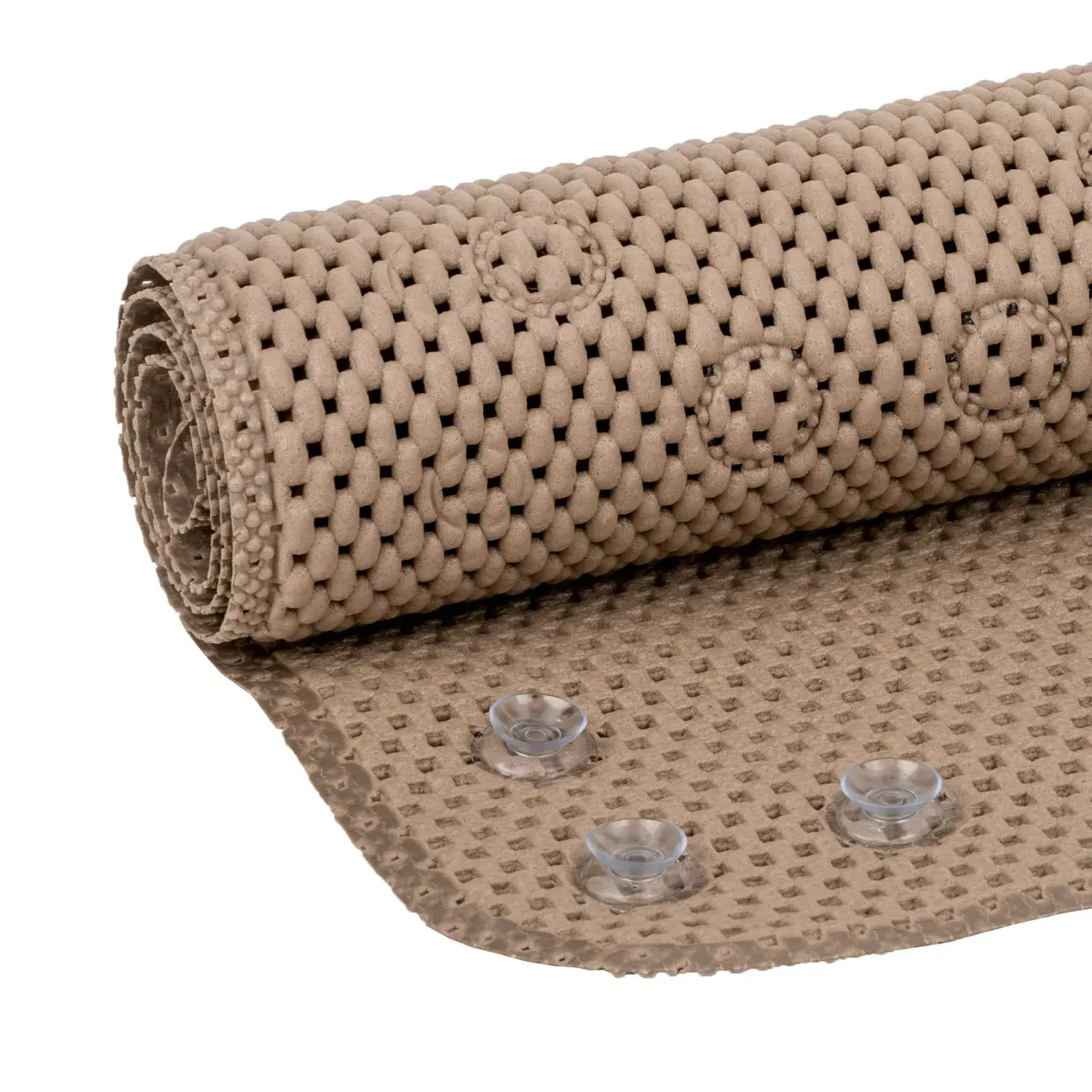
Bathtub Mat
Quantity: 1 per tub (optional)
Use & Notes: Prevents slips and adds comfort for homes with bathtubs in use. Look for mats with suction cups that stay securely in place and can be removed easily for cleaning. Not necessary, but very nice to have to help avoid safety issues, especially with older residents.
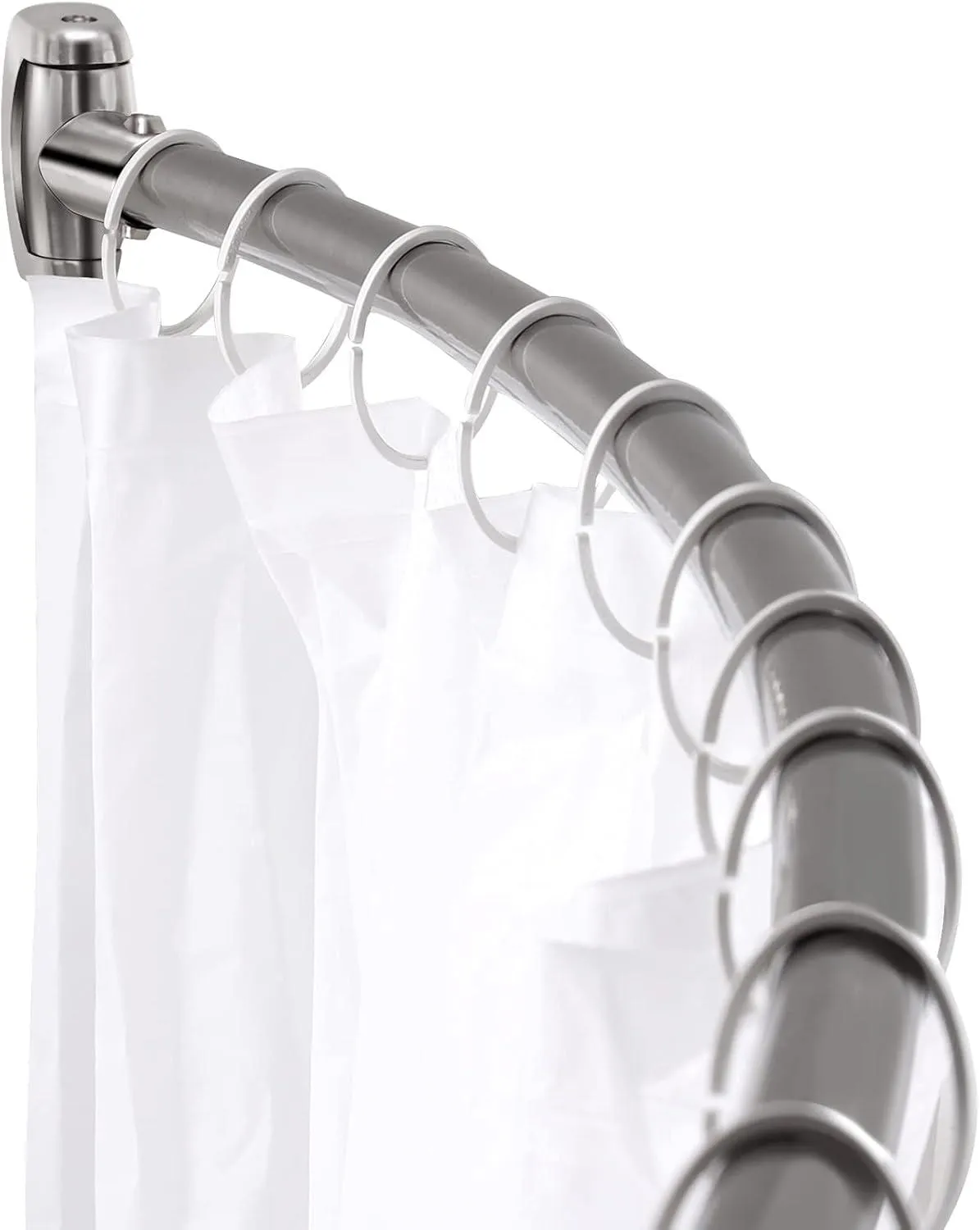
Shower Rod (Adjustable, Curved)
Quantity: 1 per shower
Use & Notes: Curved rods give extra elbow room—especially useful in tight bathroom setups. Telescoping rods fit a variety of tub widths and are easy to install without drilling. Stainless steel or rust-resistant finishes are a must in shared homes for durability.
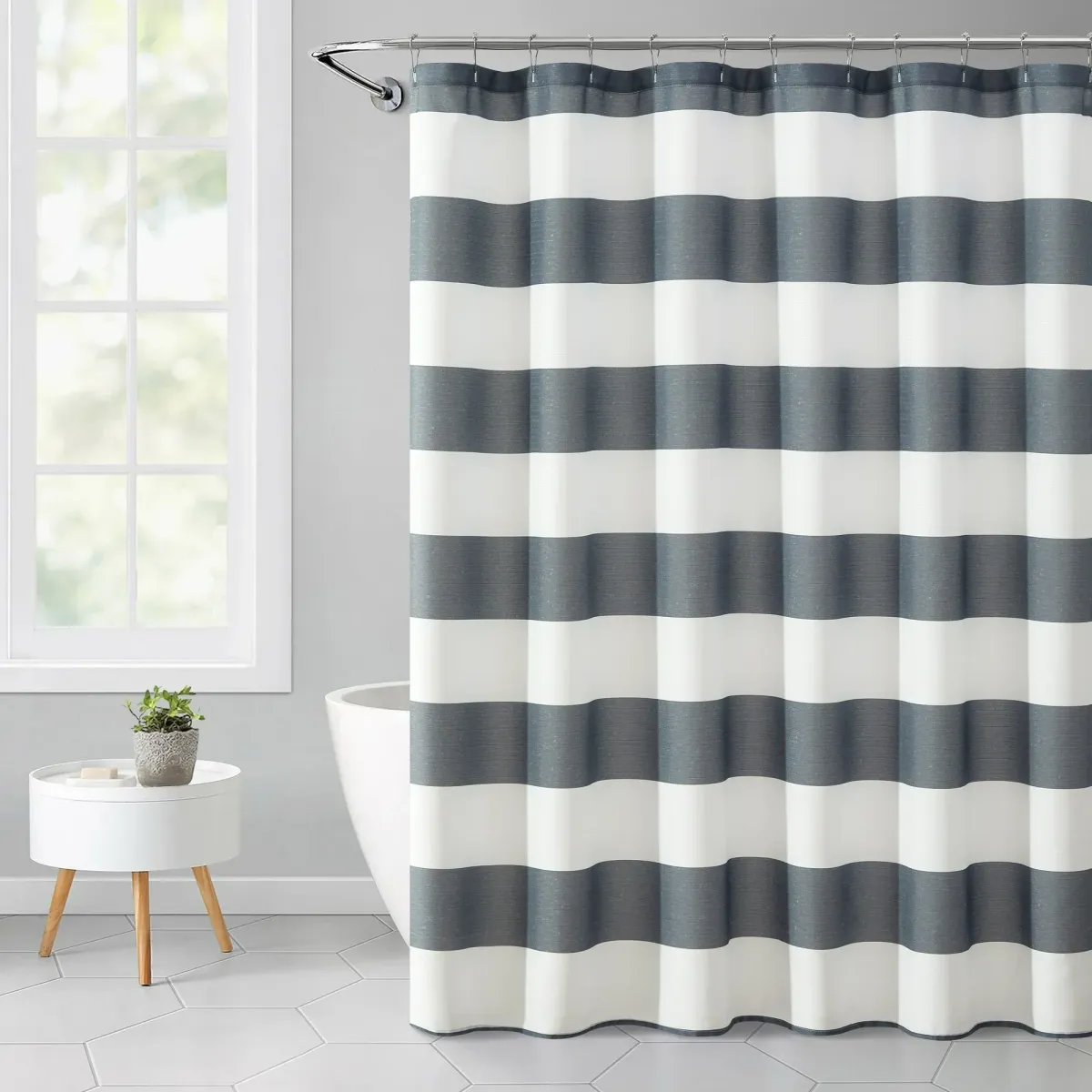
Shower Curtain
Quantity: 1 per shower
Use & Notes: Choose a full-length curtain with neutral or simple patterns to match any decor. Buttonhole tops work with standard rings. Curtain keeps water contained, prevents damage to floors, and offers privacy in shared bathrooms.
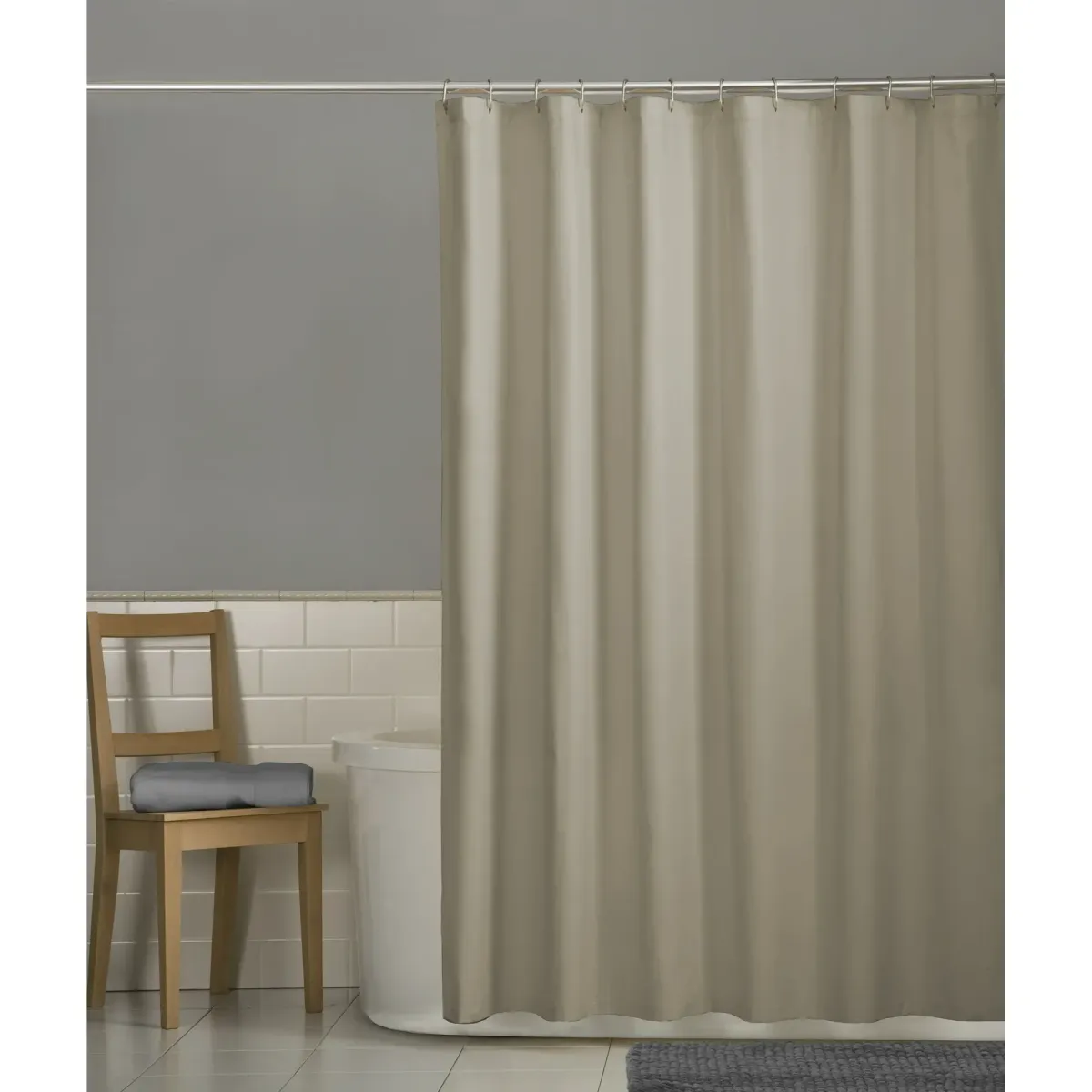
Shower Curtain Liner
Quantity: 1 per shower
Use & Notes: Always use a liner behind the decorative curtain. Fabric liners are quieter and easier to wash than plastic ones, but plastic works well too. Look for water-repellent fabric with a weighted bottom to help it stay in place inside the tub. Machine washable = easier to maintain.
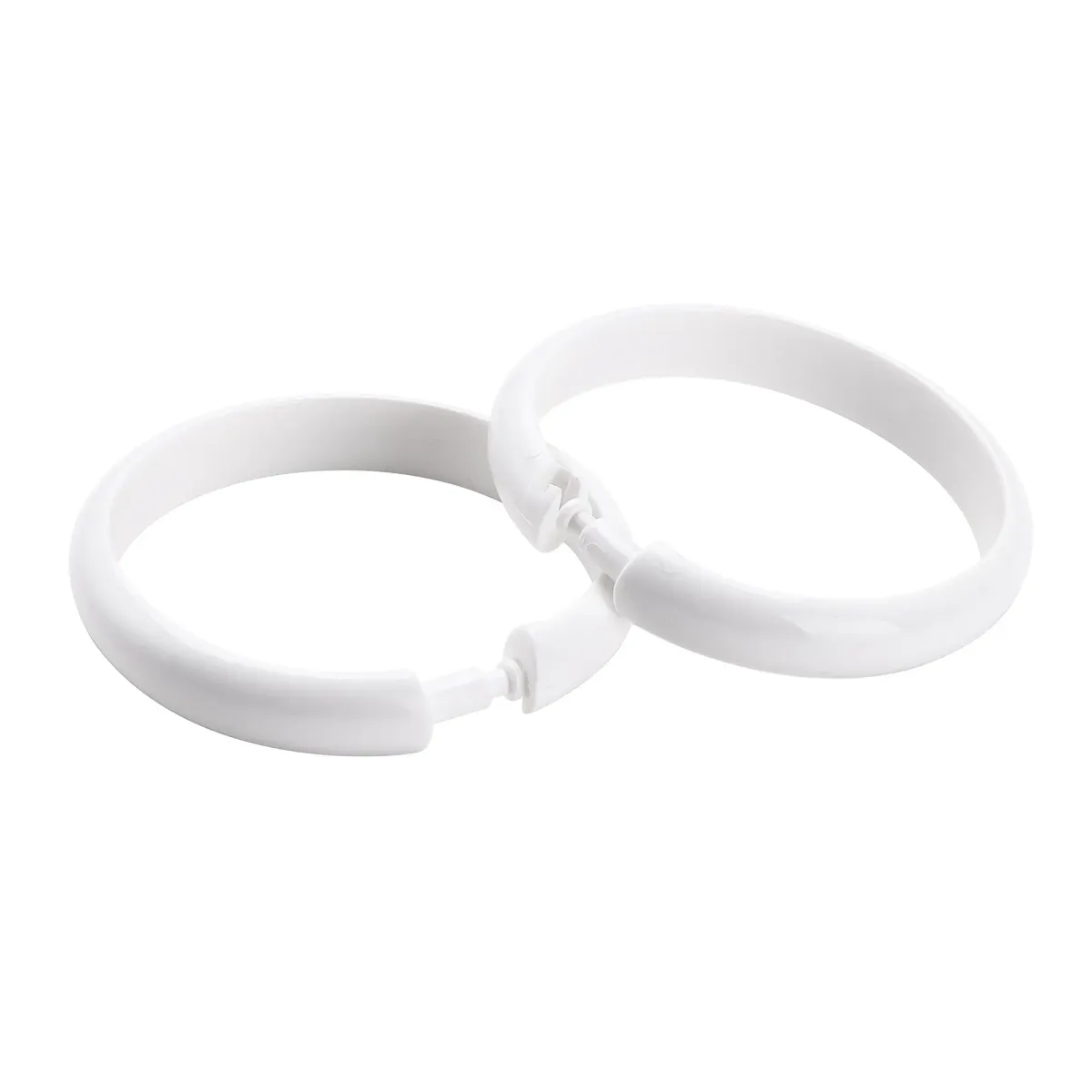
Curtain Rings
Quantity: 1 set of 12 per shower
Use & Notes: Basic plastic or metal rings work well. Choose styles that slide easily on the rod and won’t rust over time. This is a low-cost item that can cause frustration if it breaks, so durability matters.
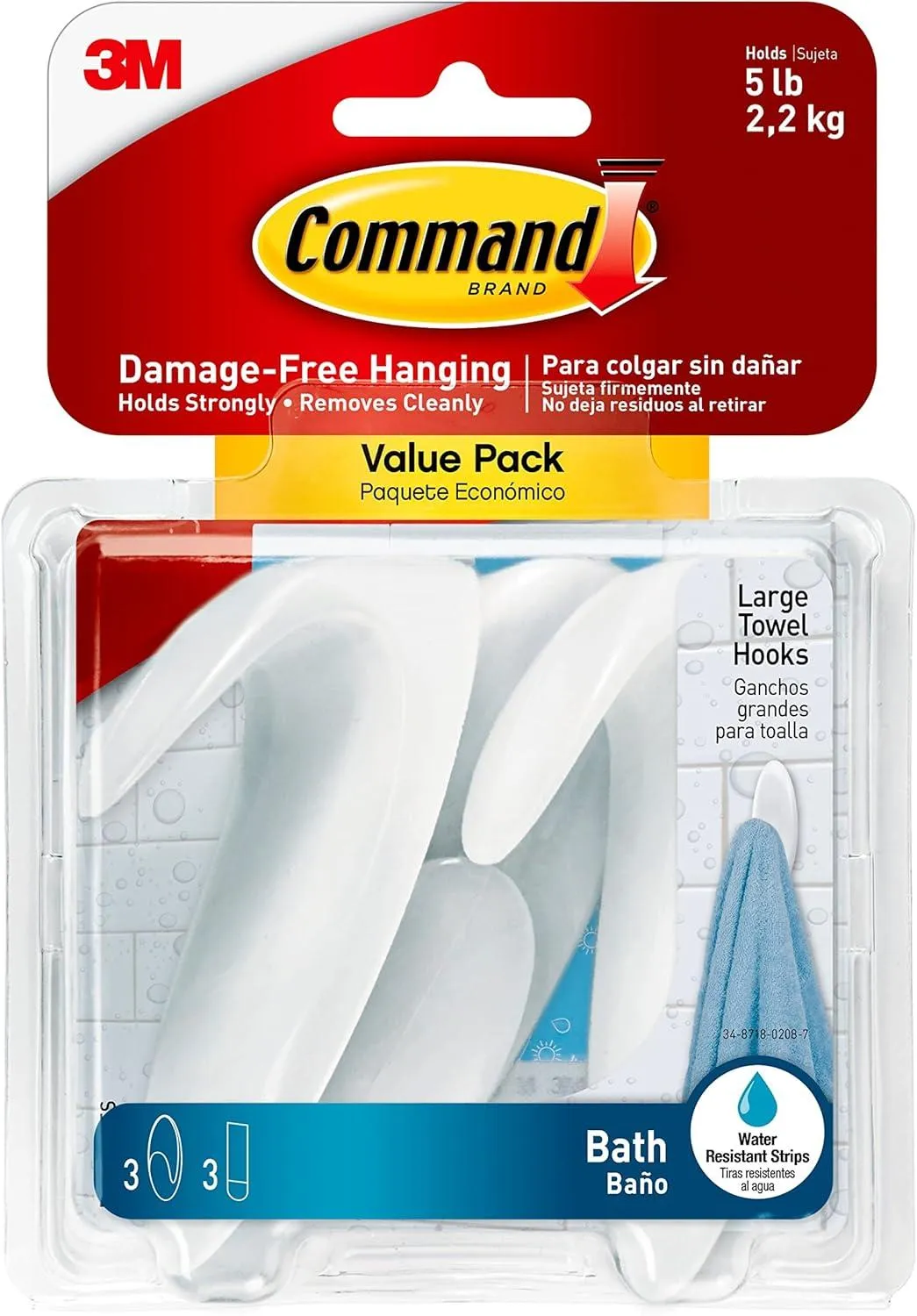
Water Resistant Command Hooks
Quantity: 2–4 per bathroom (in shower)
Use & Notes: Great for hanging loofahs, towels, or small baskets in wet zones. Adheres to tile, mirrors, or painted walls without damage. Perfect alternative when you can’t drill. These are especially helpful in bathrooms with limited built-in storage.
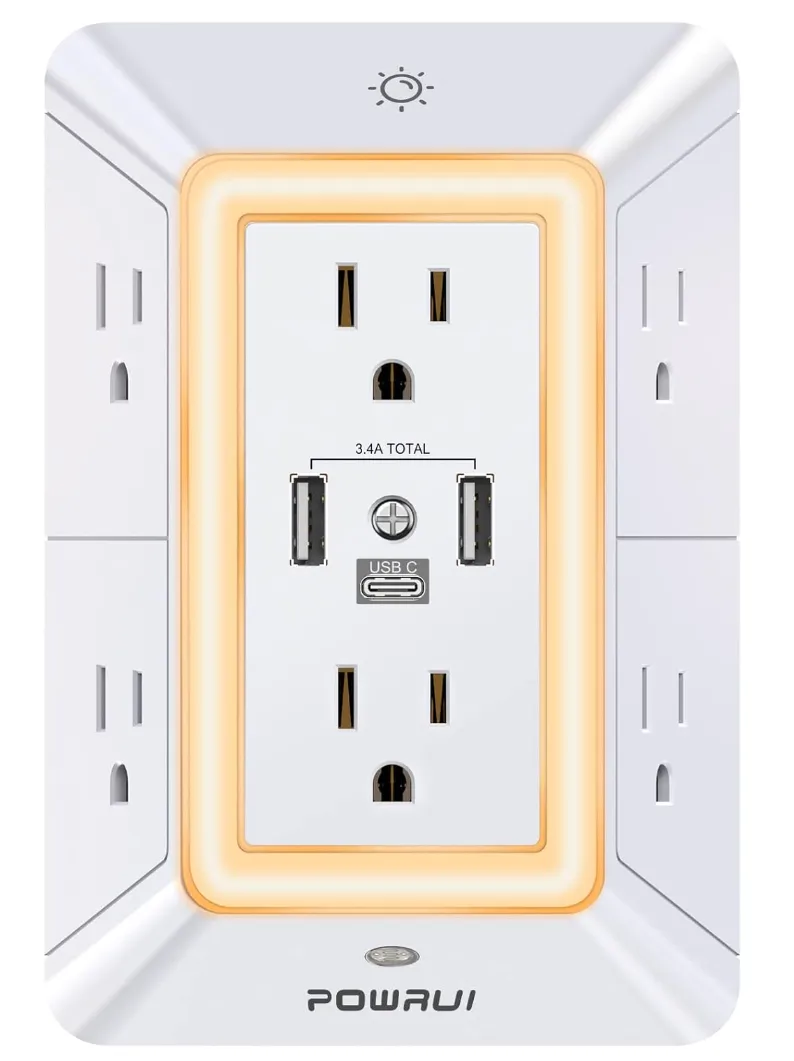
Multi-Outlet with Nightlight
Quantity: 1 per bathroom
Use & Notes: Expands available outlets for hairdryers, electric razors, and toothbrush chargers, while also adding convenient USB ports for phone or device charging. The built-in nightlight provides low ambient lighting, making nighttime bathroom trips safer without needing overhead lights. A simple upgrade that’s especially helpful in shared spaces with limited outlets. Be sure to plug directly into a standard wall outlet (not an extension cord) for best stability.
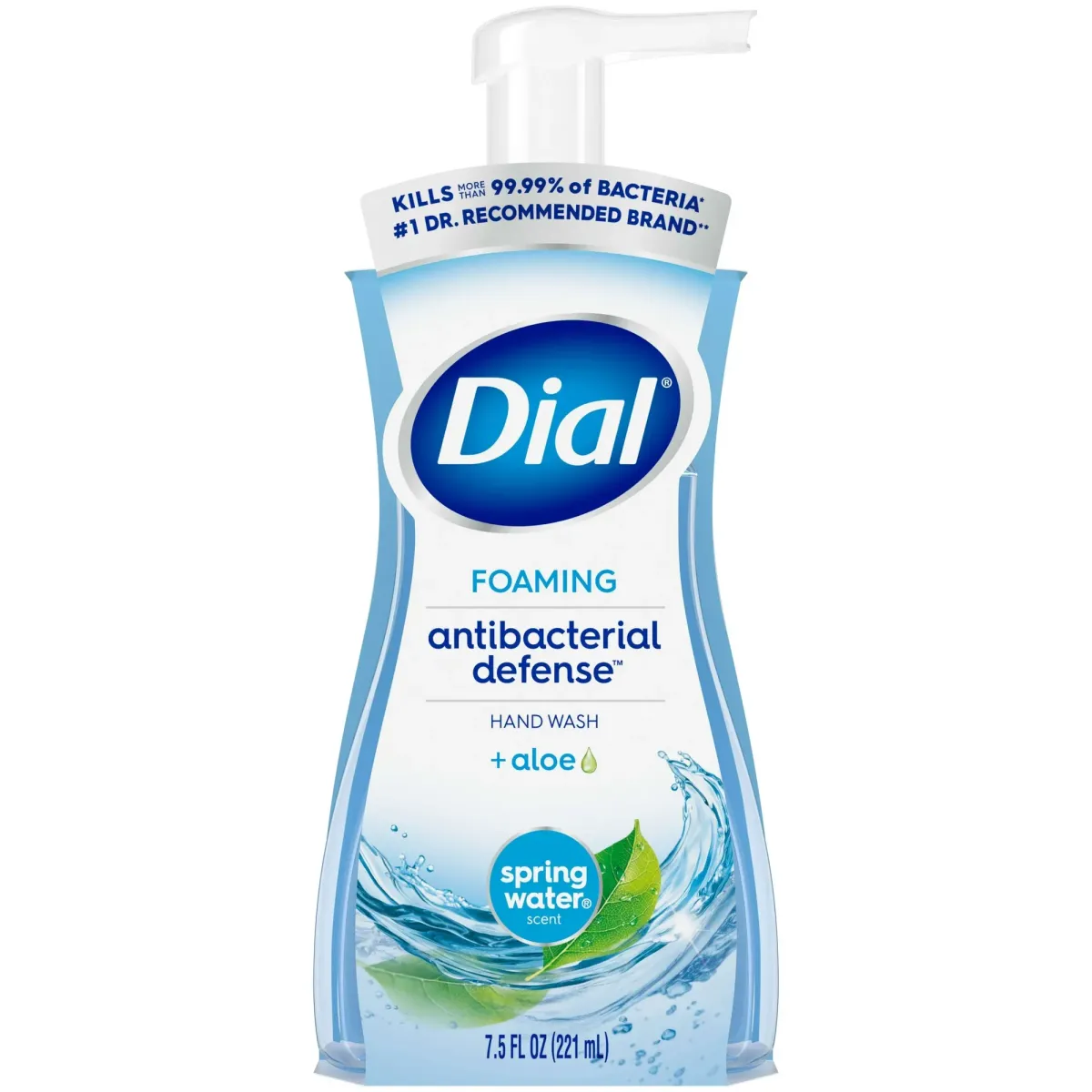
Antibacterial Foaming Hand Soap - 7.5 Ounce Bottle
Quantity: 1 per bathroom sink
Use & Notes: Basic but effective foaming hand soap. The pump format helps reduce waste and keeps sinks cleaner than bar soap. Small bottle size is easy to refill from a larger jug, and having a consistent brand across homes helps streamline purchasing.
Laundry Room Setup

Small Wastebasket (1.5 gal Laundry/Utility Room)
Quantity: 1 per laundry room or utility nook
Use & Notes: Useful for lint, dryer sheets, packaging, and miscellaneous trash. Small footprint fits neatly between machines or under a folding table. A basic plastic model is all that’s needed—easy to wipe down and replace liners.
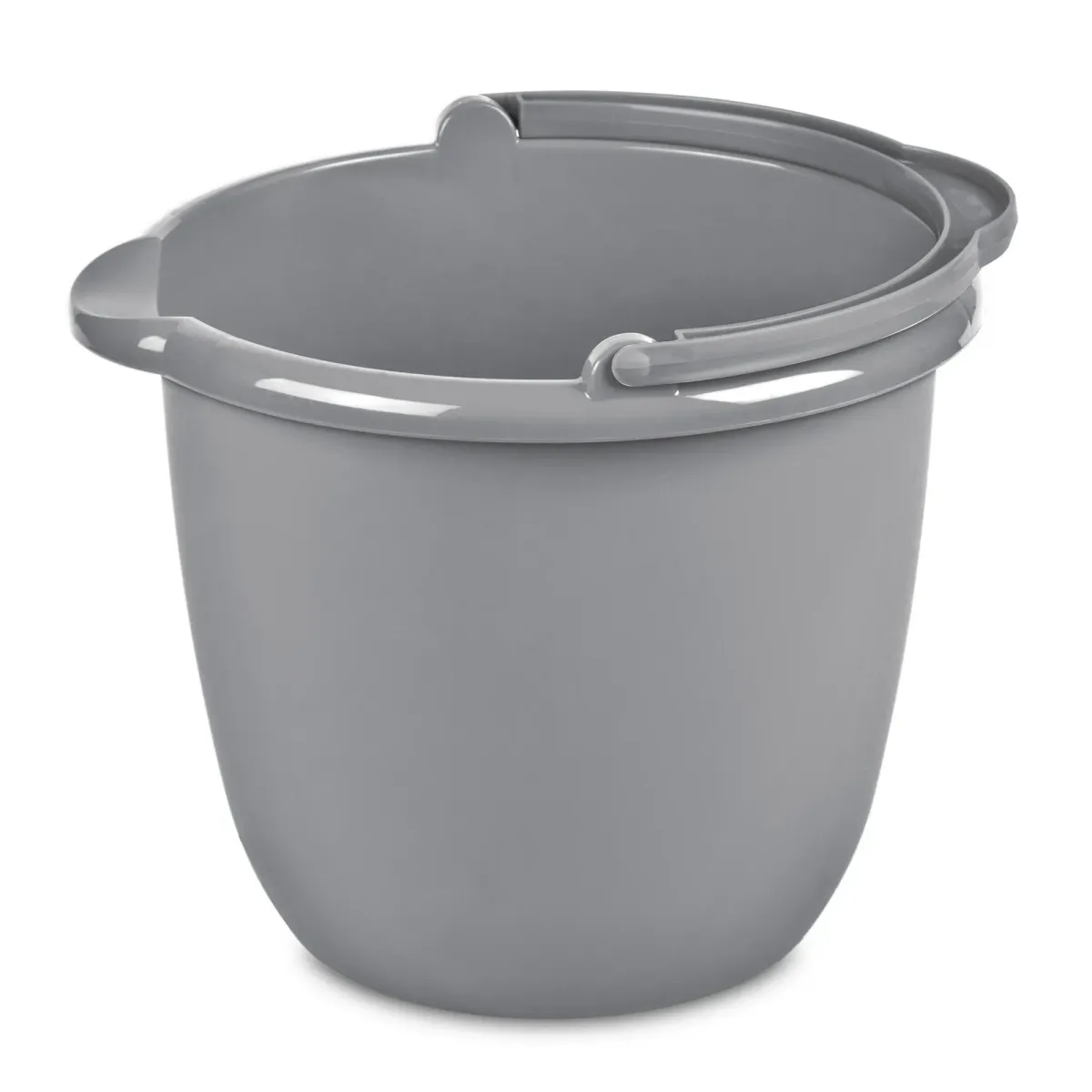
Laundry Bucket (House Linens)
Quantity: 1 per laundry area
Use & Notes: Serves as a central collection point for shared-use linens like kitchen towels, dishcloths, and bathroom hand towels. When full, it can be carried easily to the laundry machines and then used again to redistribute clean linens back to their zones. Choose a sturdy, easy-to-clean bucket or open bin with handles. A 10-quart (3.5 gal) or similar size is usually sufficient: lightweight and manageable even when full.
Cleaning Closet Supplies & Organization
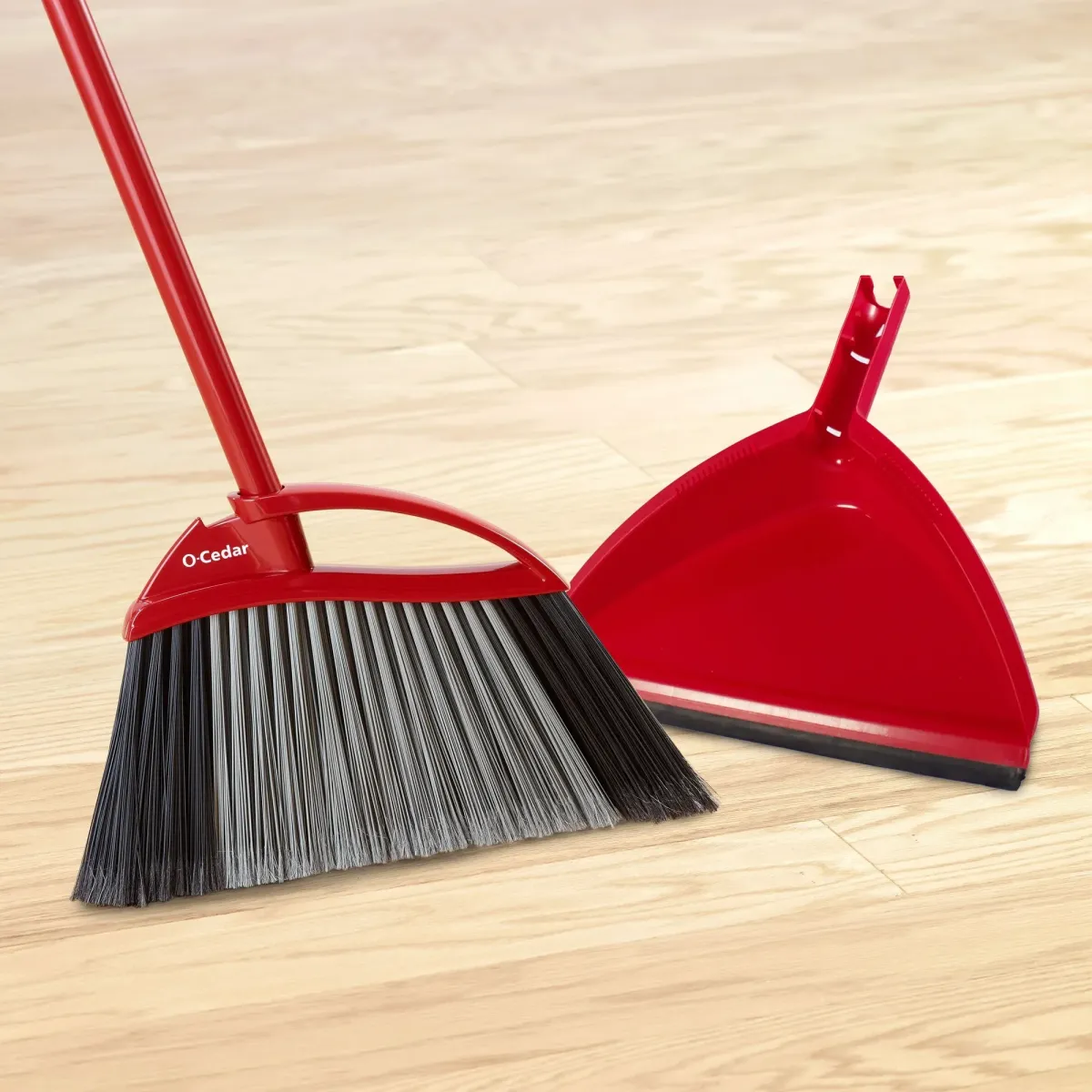
Broom & Dustpan
Quantity: 1 per house
Use & Notes: Basic sweeping tool for common areas and bedrooms. Look for a wide broom head and soft-grip handle to make quick work of dirt and crumbs.
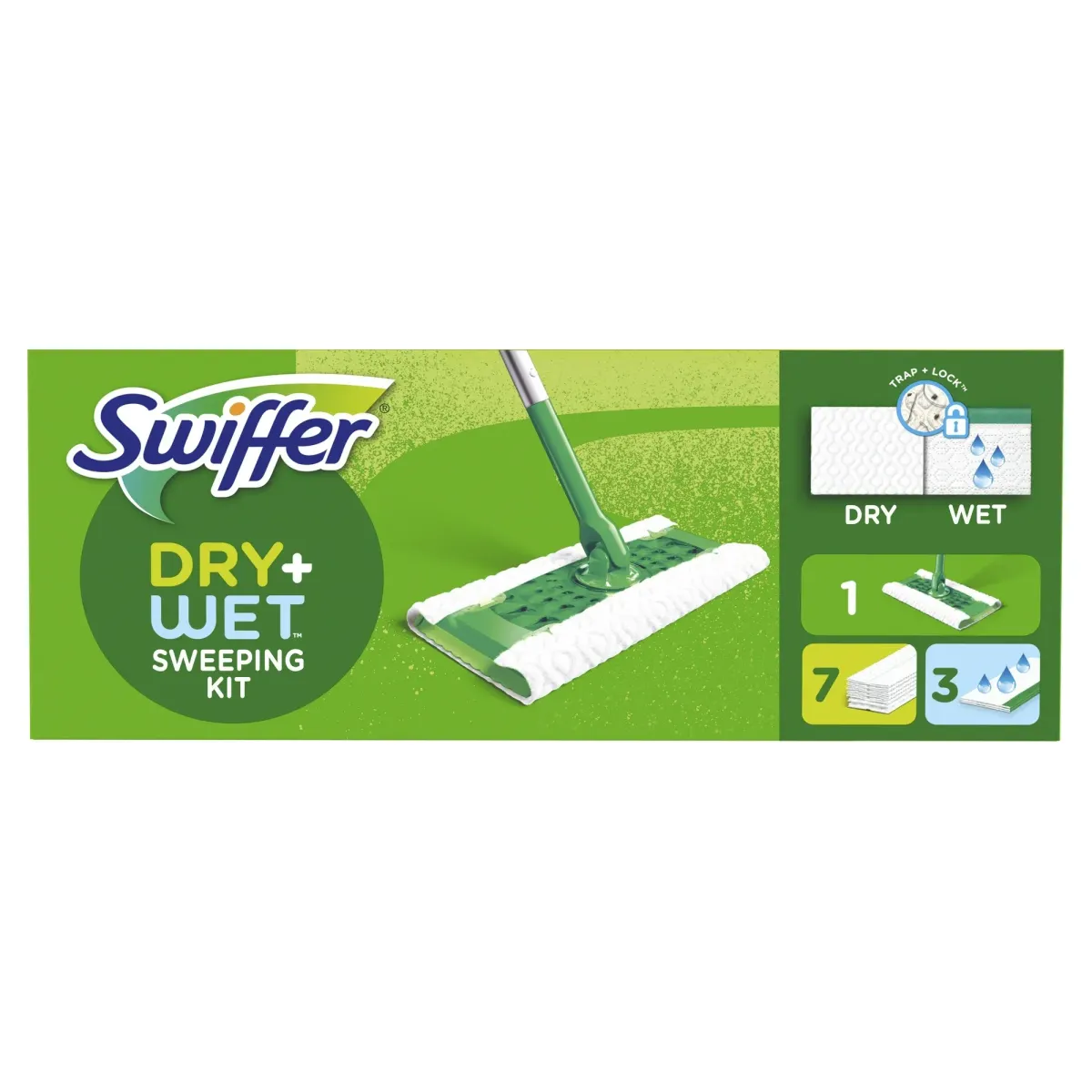
Swiffer Sweeper
Quantity: 1 per house (use reusable microfiber rags instead of brand refills)
Use & Notes: A low-effort tool for dry or wet floor cleaning in high-traffic areas. Especially useful on laminate, hardwood, or tile surfaces. Dry cloths catch hair and dust well; wet cloths work for quick spills or in-between mops. This isn’t a deep cleaner—but it’s ideal for maintenance between big cleans.
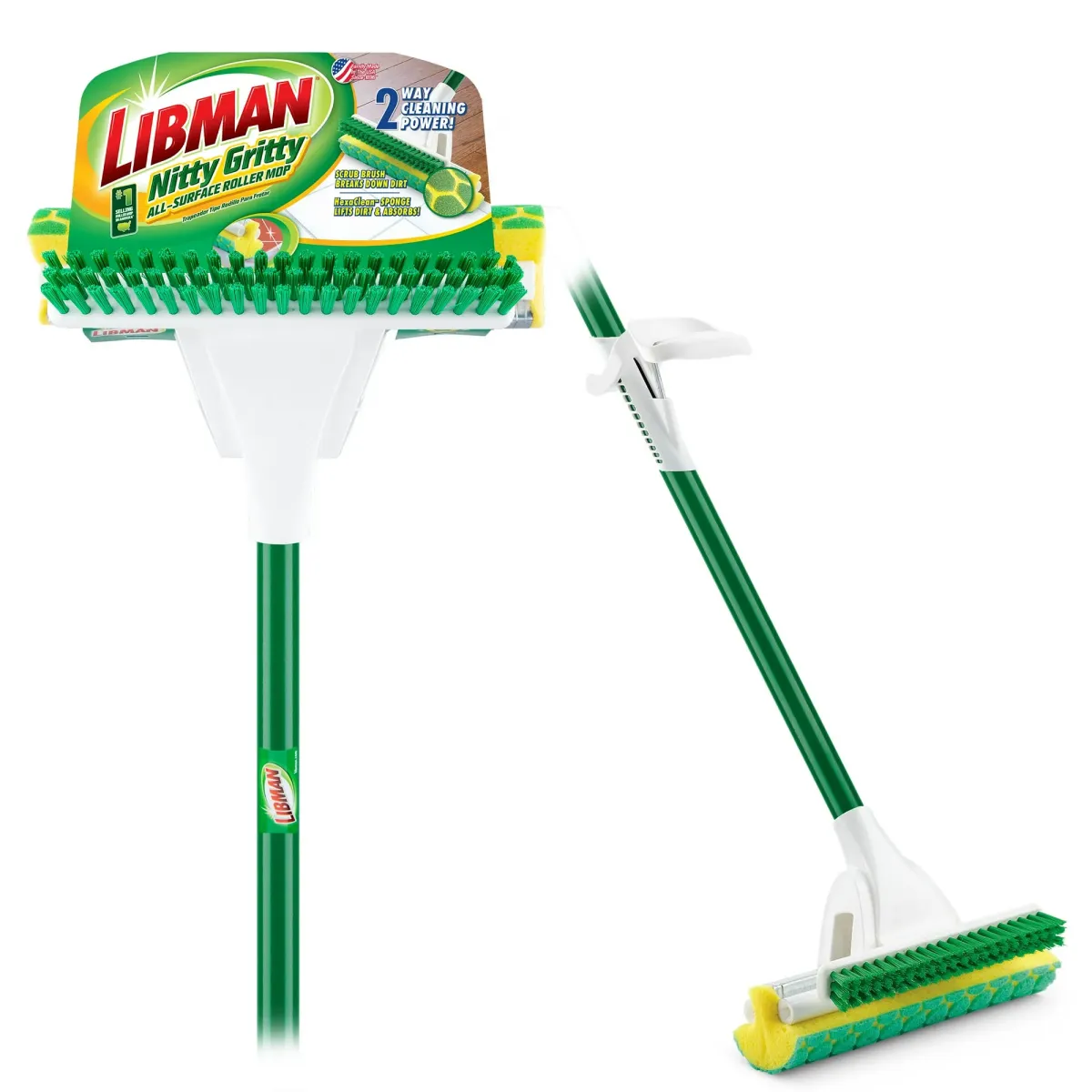
Mop
Quantity: 1 per house (stored in the cleaning closet)
Use & Notes:
This sponge-style roller mop is ideal for tile, linoleum, or other hard floors that need regular mopping. The built-in scrub brush on the head is great for loosening stuck-on messes, especially useful in kitchens and bathrooms. The lever wringing mechanism is easy to use and keeps hands dry. A good fit for smaller messes or regular maintenance cleaning. Replace sponge head as needed when it wears down or becomes difficult to rinse clean. Keep stored upright for quicker drying.
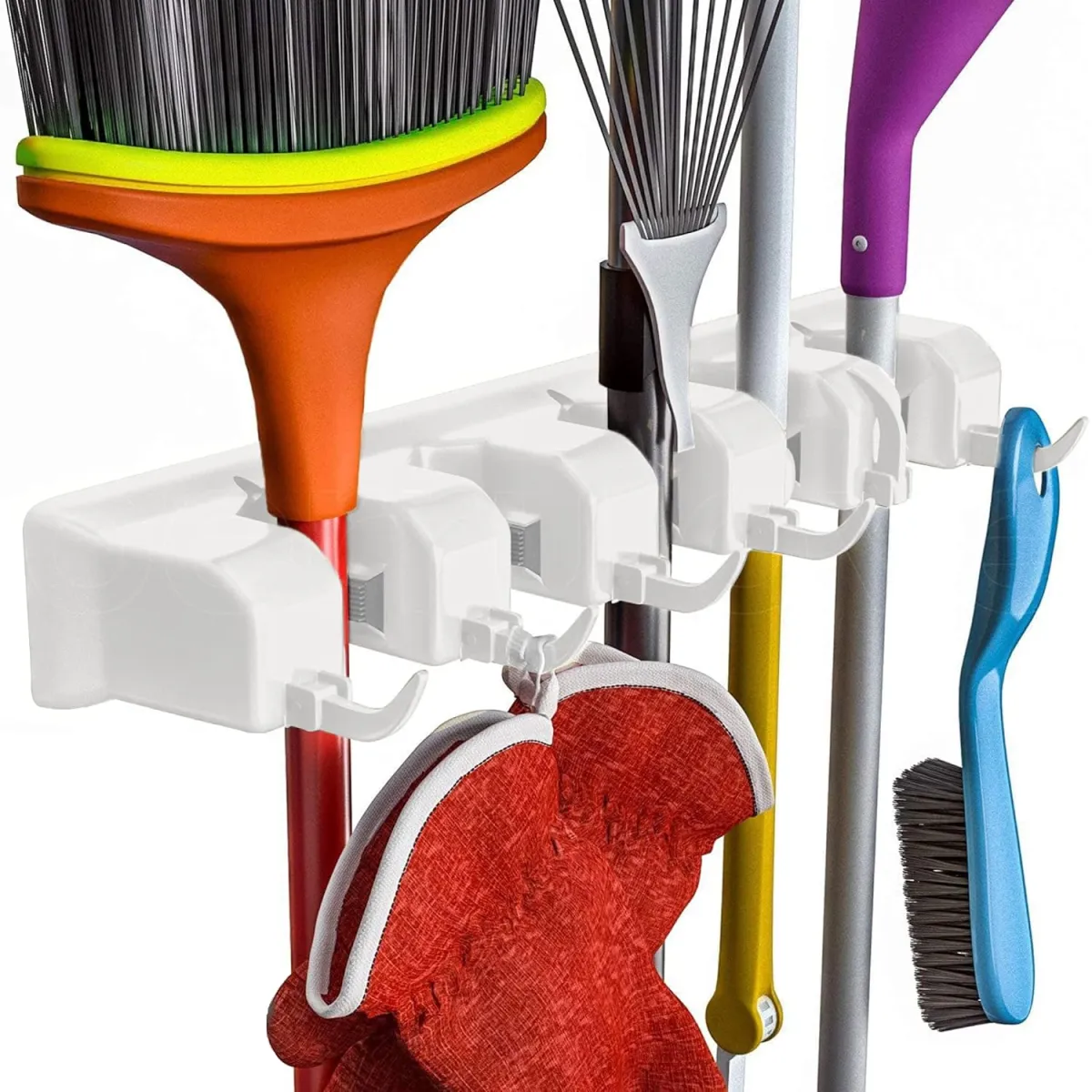
Broom & Mop Holder
(Wall-Mounted)
Quantity: 1 per cleaning closet
Use & Notes:
Keeps mops, brooms, dusters, and other cleaning tools off the floor and organized. Mounts easily inside the cleaning closet to save space and prevent clutter. The rubber-grip slots hold handles securely without slipping, and the hooks below are handy for smaller items like dustpans or cleaning gloves. Helps extend the life of tools by allowing them to dry properly and stay upright. Great for keeping shared supplies tidy and accessible.
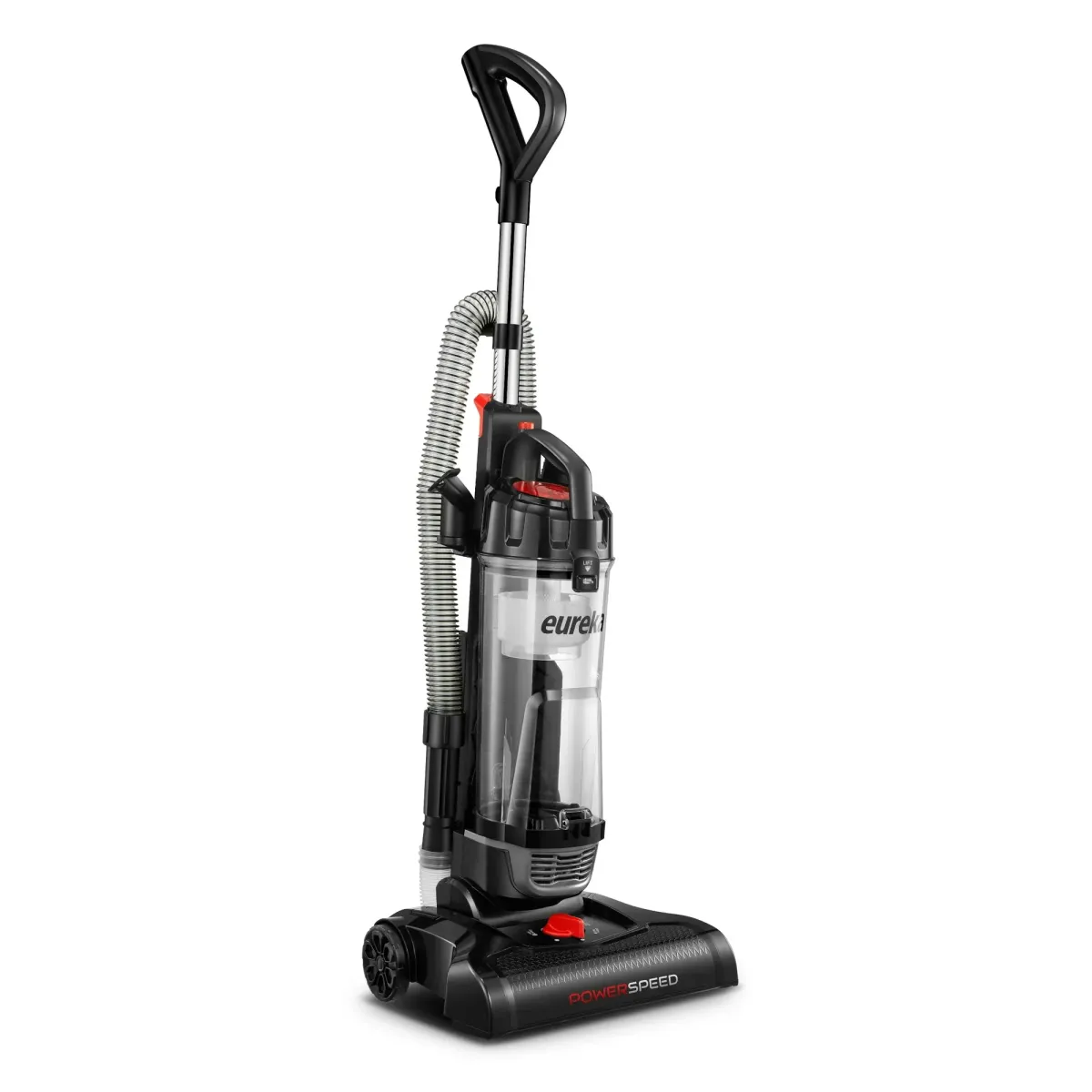
Vacuum
Quantity: 1 per house
Use & Notes: Look for a lightweight, upright model with attachments for stairs and corners. Should be able to handle both carpet and hard floors. Ideally has a washable filter and bagless canister to reduce upkeep costs. Residents are more likely to use it if it’s easy to carry and intuitive to empty.
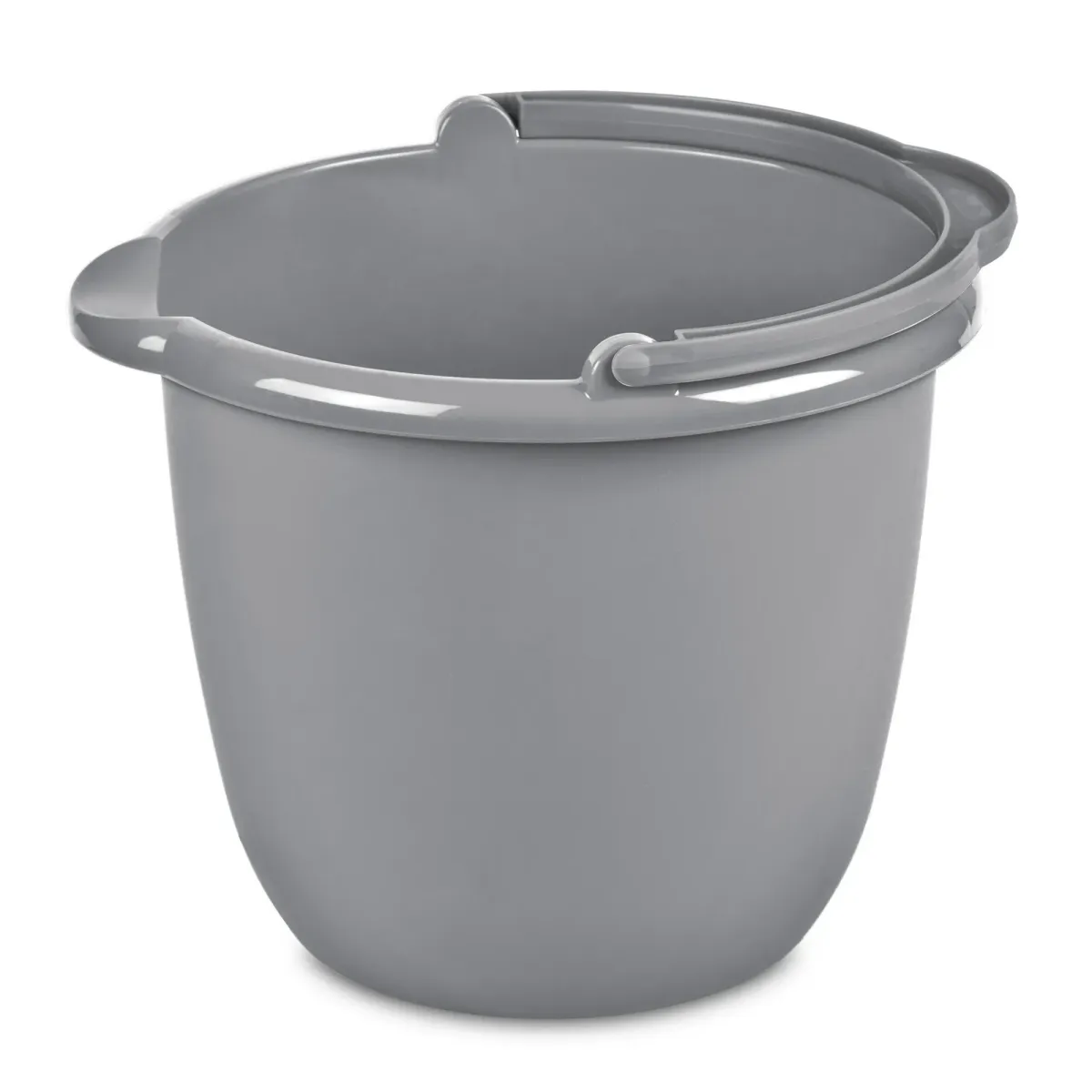
Bathroom Bucket - 3.5 gal
Quantity: 1 per house
Use & Notes: This is your tote for bathroom-specific cleaning supplies. Use it to transport scrub brushes, toilet cleaner, surface sprays, and gloves from the cleaning closet to the bathroom and back. A wide, low-sided plastic caddy is best—it’s easy to clean, stores neatly, and keeps all supplies visible and upright.
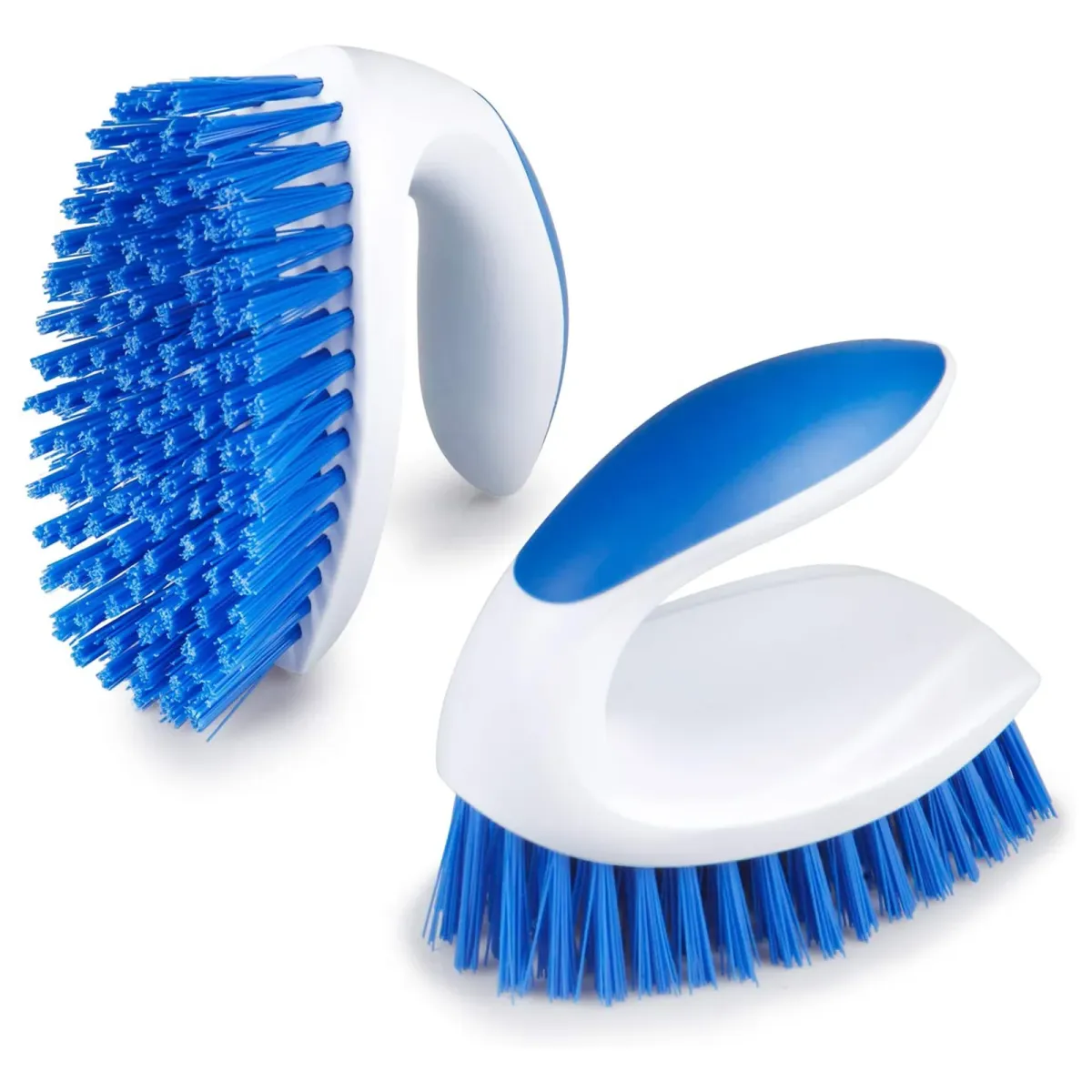
Multipurpose Cleaning Brush
Quantity: 1–2 per house (or a two-pack)
Use & Notes: A stiff-bristle brush used for tubs, tile grout, toilet bases, and other hard-to-clean bathroom surfaces. Look for an ergonomic grip to reduce wrist fatigue. This is not meant for delicate surfaces: best used with bathroom cleaner for deep scrubbing. Keep one stored with the bathroom bucket and one for more general use.
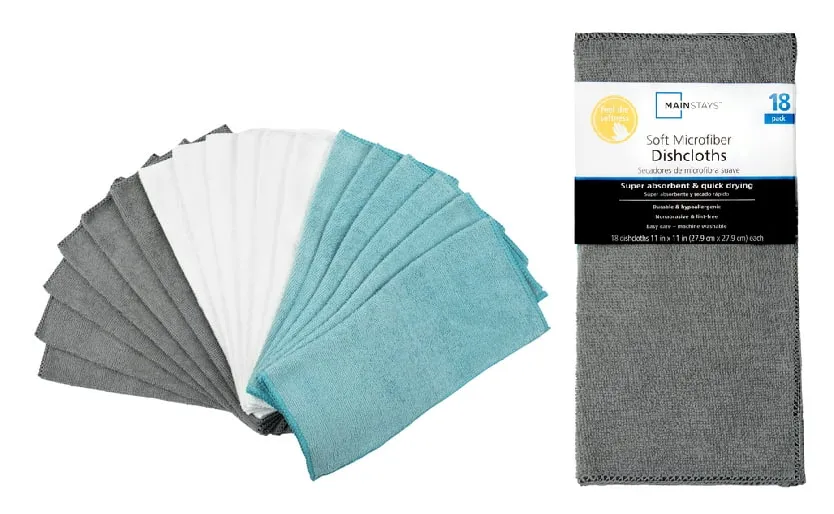
Microfiber Cleaning Cloths (18 Pack)
Quantity: 1 pack per cleaning closet
Use & Notes: Versatile and reusable cloths for everyday cleaning—great for wiping counters, dusting surfaces, polishing mirrors, and more. These also double as reusable Swiffer pads for mopping floors, making them a more sustainable alternative to single-use refills. Just attach to the Swiffer base, spray the floor with all-purpose cleaner, and mop as usual. Wash used cloths with house laundry and avoid fabric softener to maintain absorbency. Replace as they become too worn or stained.
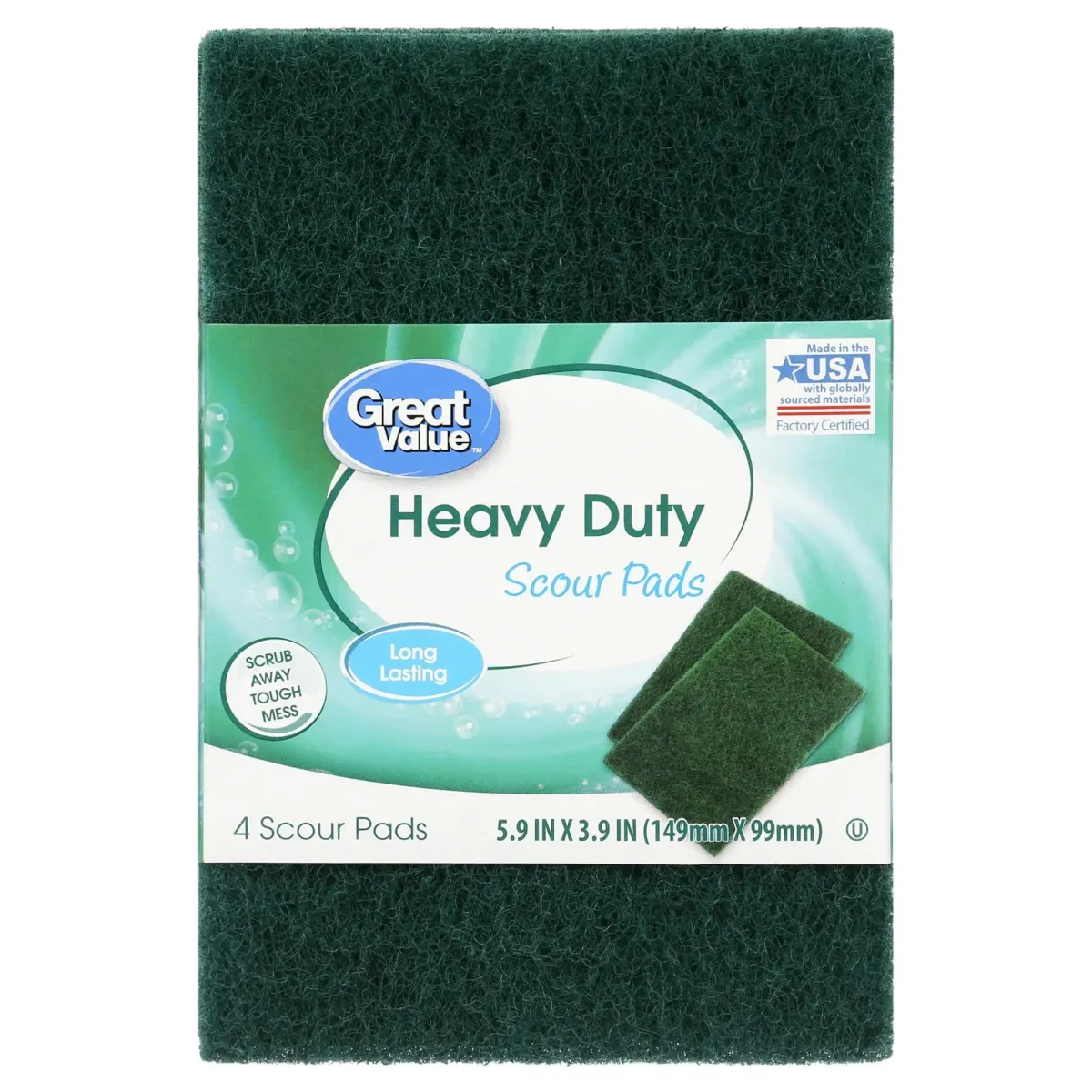
Heavy Duty Scour Pads
Quantity: 1-2 packs per cleaning closet (including 1 for Bathroom Bucket)
Use & Notes: Durable scrubbing pads for the toughest grime — baked-on grease, tub buildup, or scuffs on walls. Useful in kitchens, bathrooms, and for patio furniture. Best when combined with a cleaning agent. Avoid using on nonstick or delicate surfaces. Long-lasting and reusable until visibly worn.
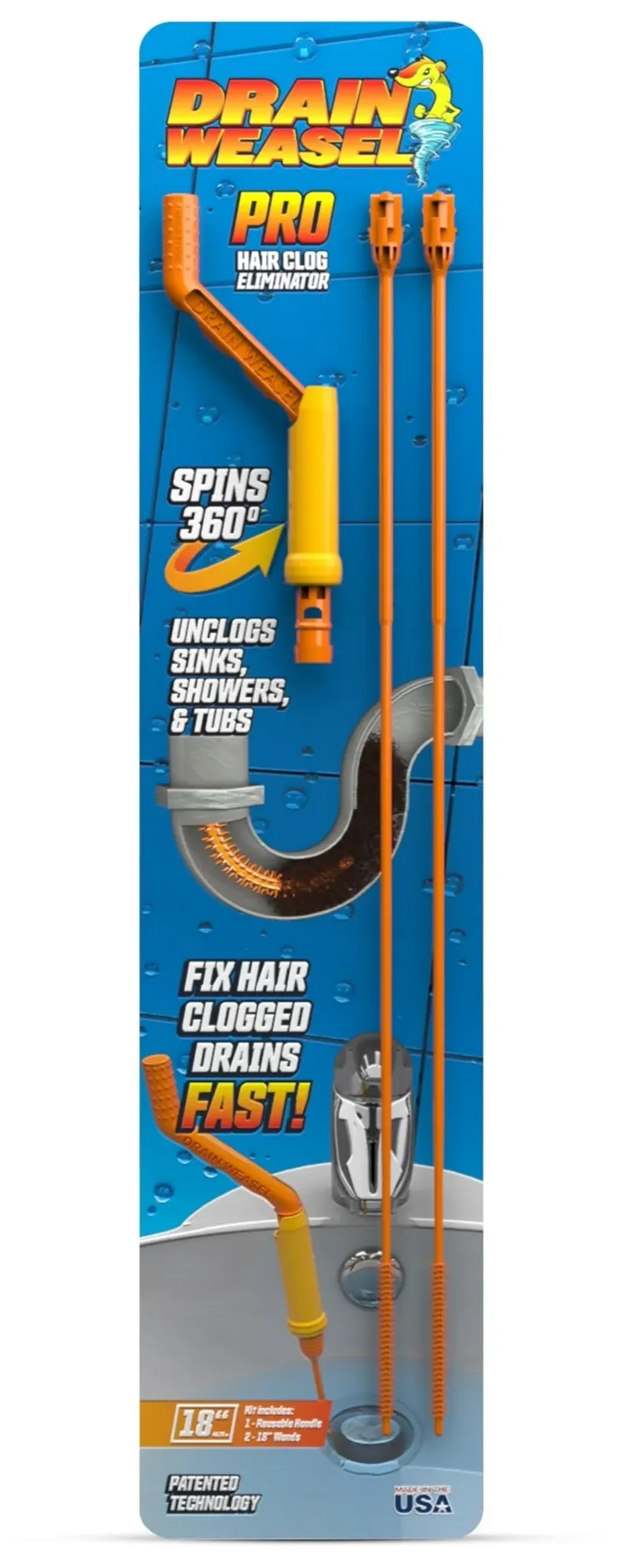
Drain Weasel Hair Clog Remover
Quantity: 1-2 kits per house (store in the bathroom cleaning supplies bin or under bathroom sinks)
Use & Notes: An easy, mess-free way for residents or Property Managers to clear hair clogs from bathroom drains, especially showers and sinks. The slim wand fits into most drains without disassembly, and the microhook design grabs hair effectively. Disposable heads make cleanup quick and hygienic. Helps reduce maintenance requests by empowering residents to handle small issues themselves. Refill wands can be ordered as needed.
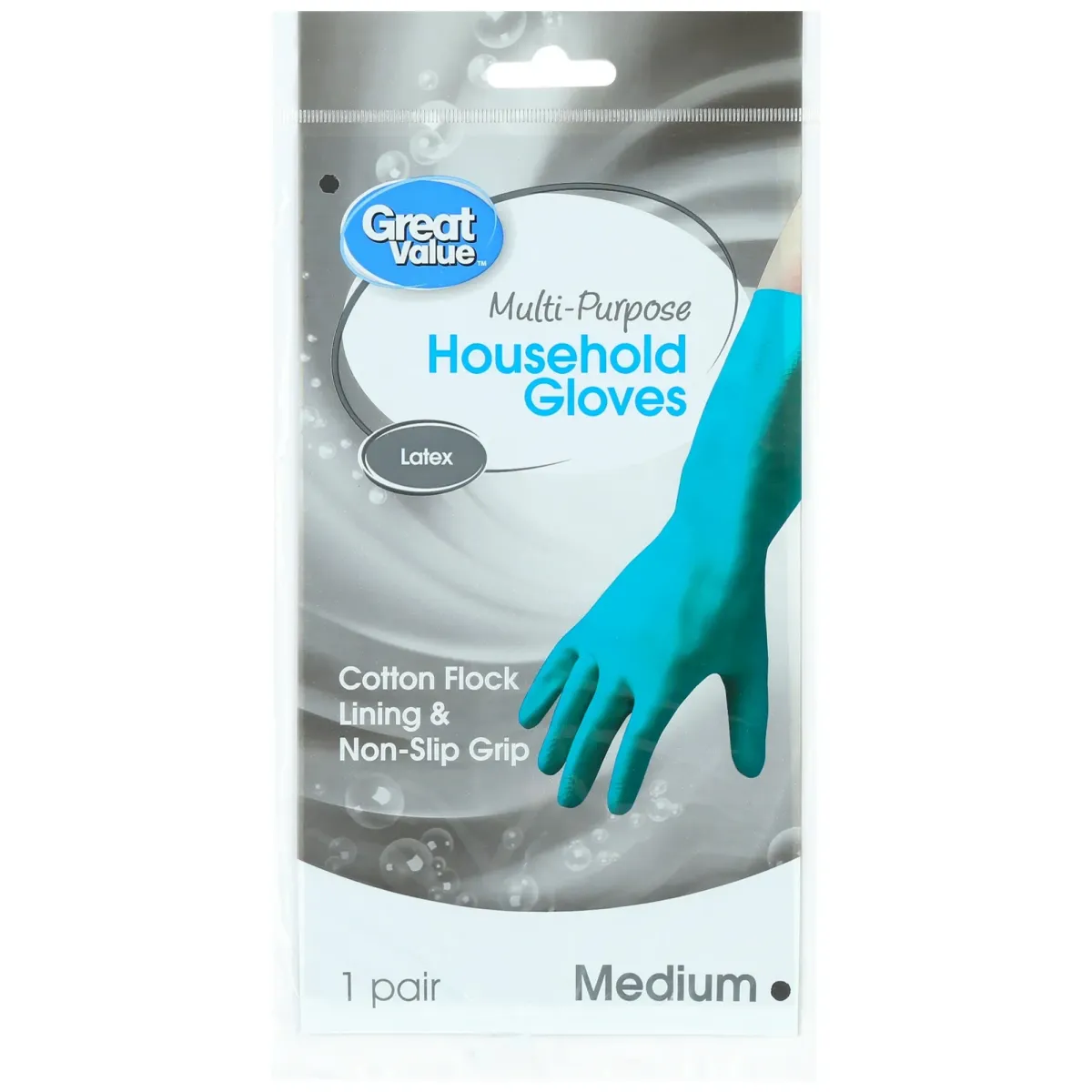
Reusable Rubber Gloves
Quantity: 1–2 pairs per house M &/or XL sizes (stored in the cleaning closet)
Use & Notes: Keeps hands protected from harsh chemicals, grime, or hot water. Essential for bathroom and kitchen deep cleans. A snug but flexible fit improves safety and control. Replace if torn or heavily worn.
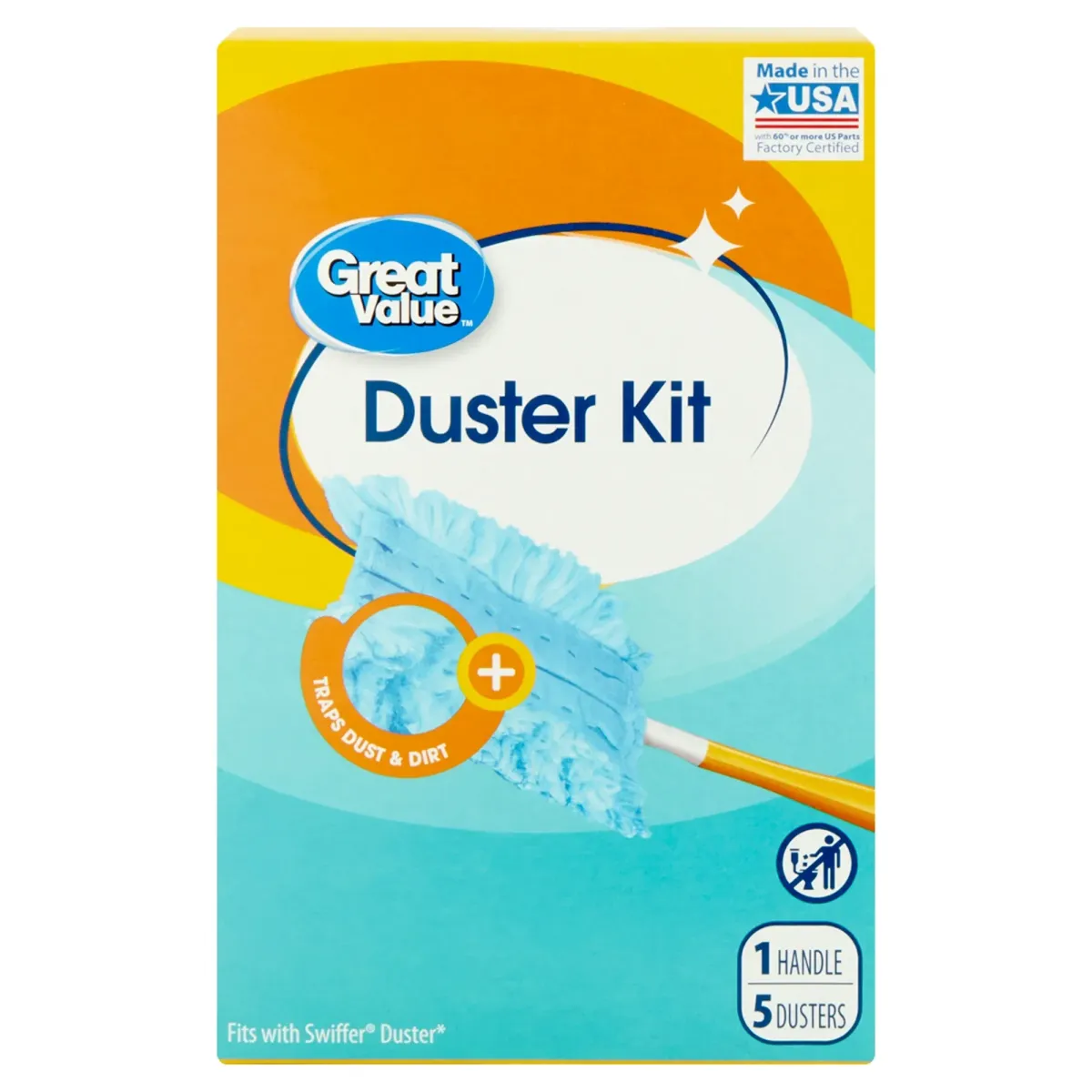
Duster Kit & Refills
Quantity: 1 kit per house (stored with handle in the cleaning closet)
Use & Notes: Picks up dust from blinds, vents, electronics, and trim. Refills can be fluffed for reuse during a session, but should be discarded when dirty. Best used dry; avoid wet or oily surfaces. Handle with a locking grip makes it easy to swap heads.
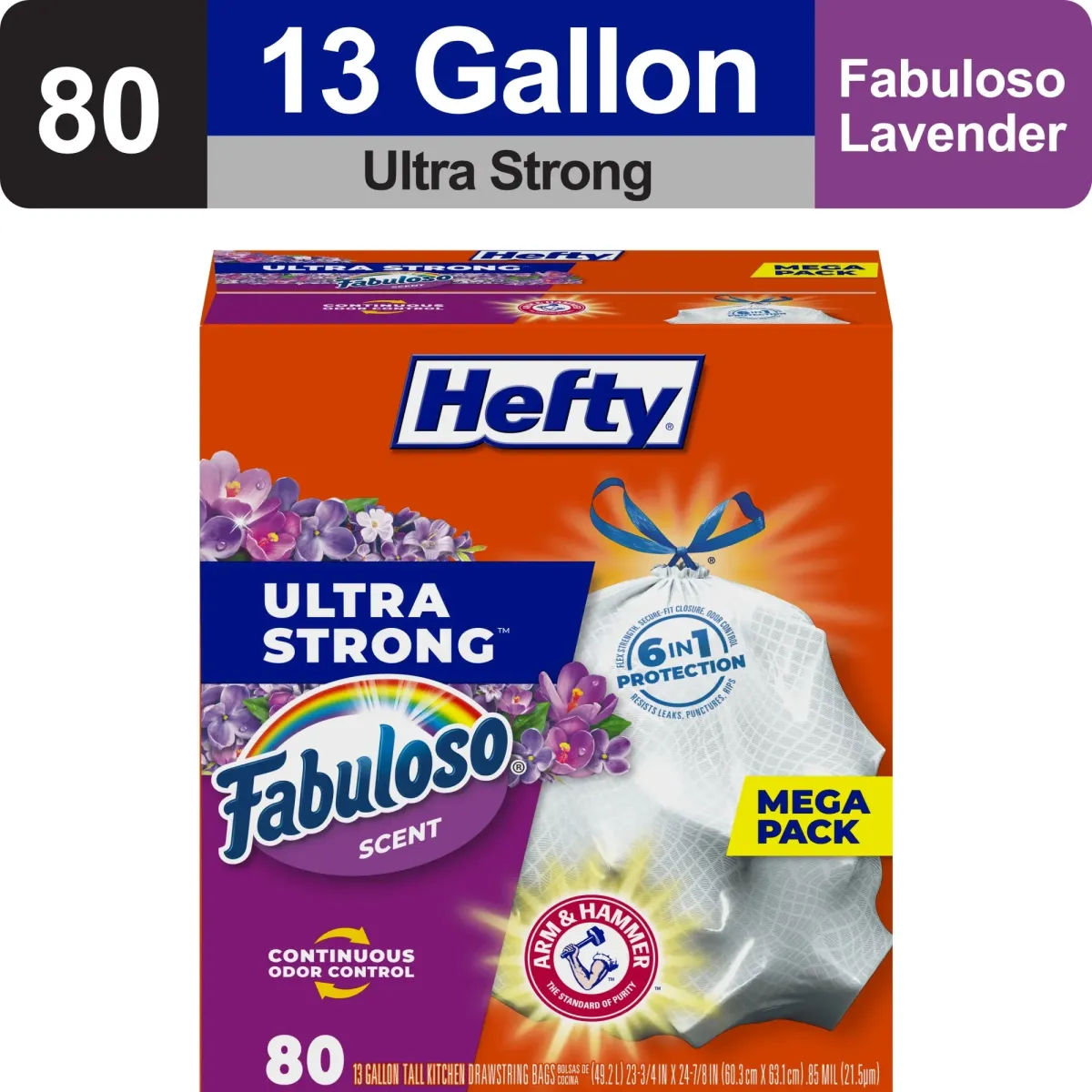
Trash Bags
Quantity: 1–2 boxes per house (Bulk 80 Ct)
Use & Notes: Standard kitchen size bags with stretch and leak protection. These are stored in the Cleaning Closet or under the Kitchen sink. Look for bags with drawstrings and stretch or leak protection — they’re easier to tie off and less likely to tear. These are easy and reliably strong.
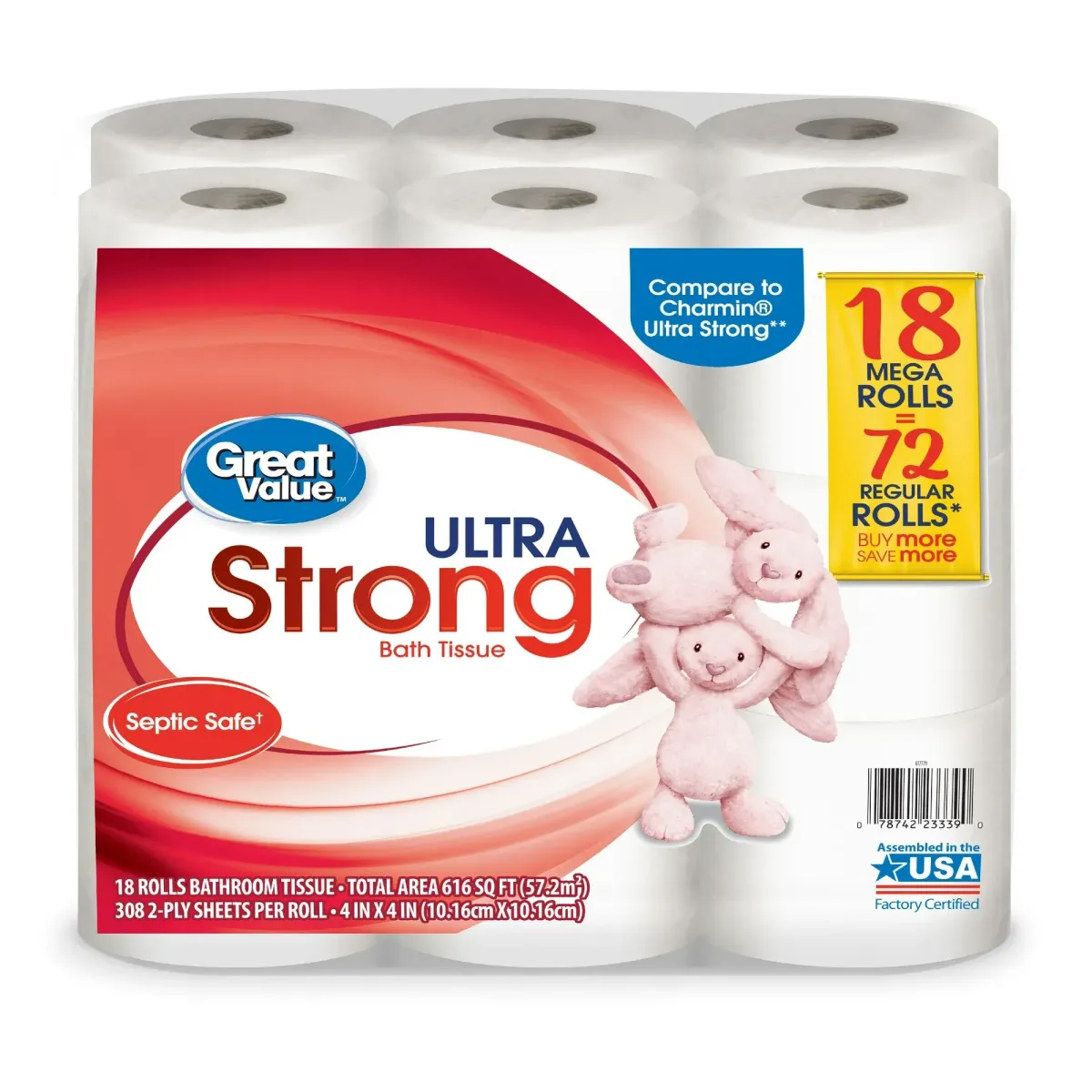
Toilet Paper
Quantity: 1–2 packs in bulk storage. Get the biggest packs.
Use & Notes: Don’t get the absolute cheapest — it shreds, clogs easier, and runs out faster. Stick with decent quality 2-ply, like Quilted Northern, Great Value Ultra Strong, or similar. Store bulk packs in a hall or cleaning closet and refill as needed. Safe for standard and septic systems.
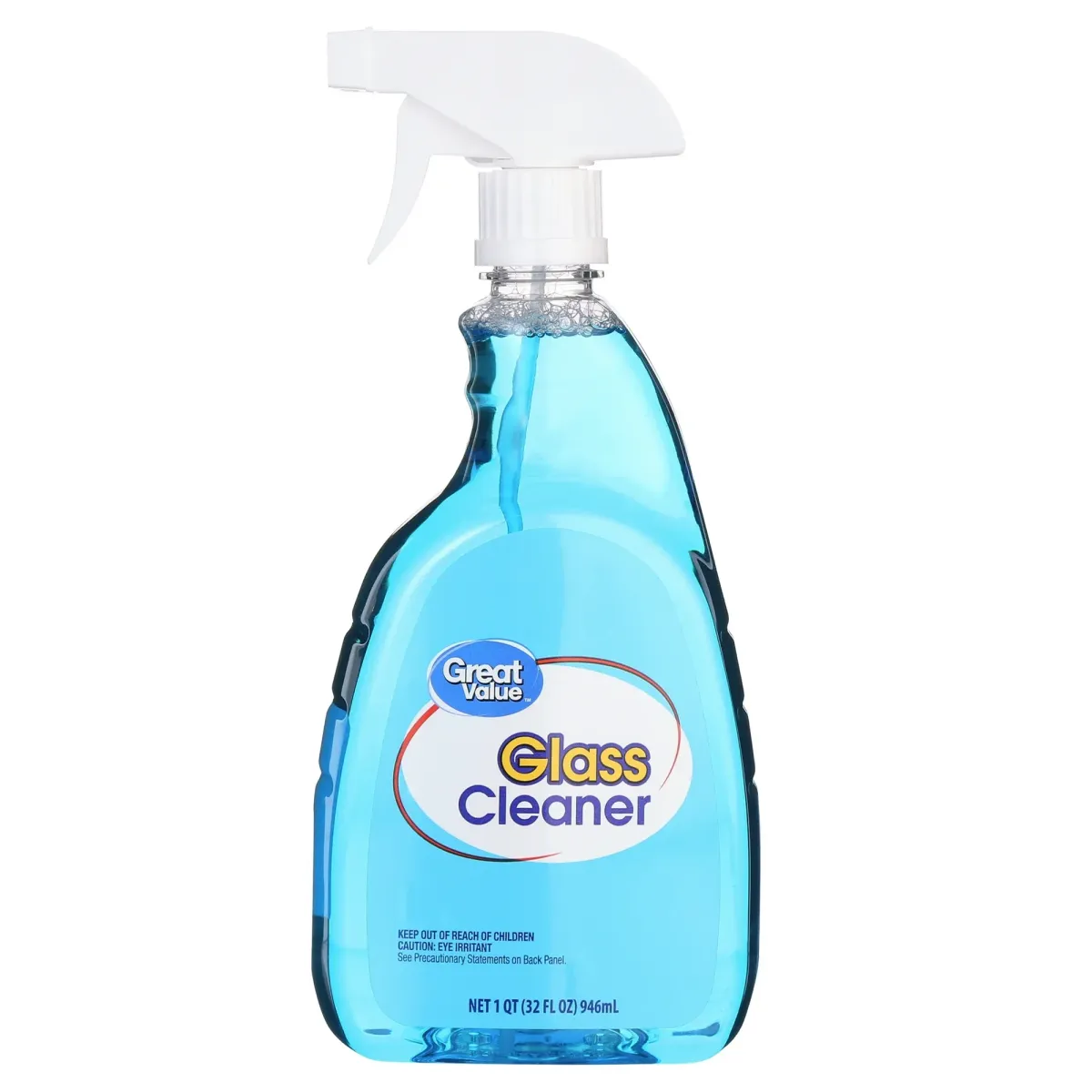
Glass Cleaner
Quantity: 1 bottle per cleaning closet
Use & Notes: Used for mirrors, windows, shower doors, and glass tabletops. Keeps shared bathroom mirrors and common spaces looking clean between deep cleans. Pair with microfiber cloths or lint-free paper towels for a streak-free finish. Avoid using on electronics or screens. Restock when halfway down to avoid running out.
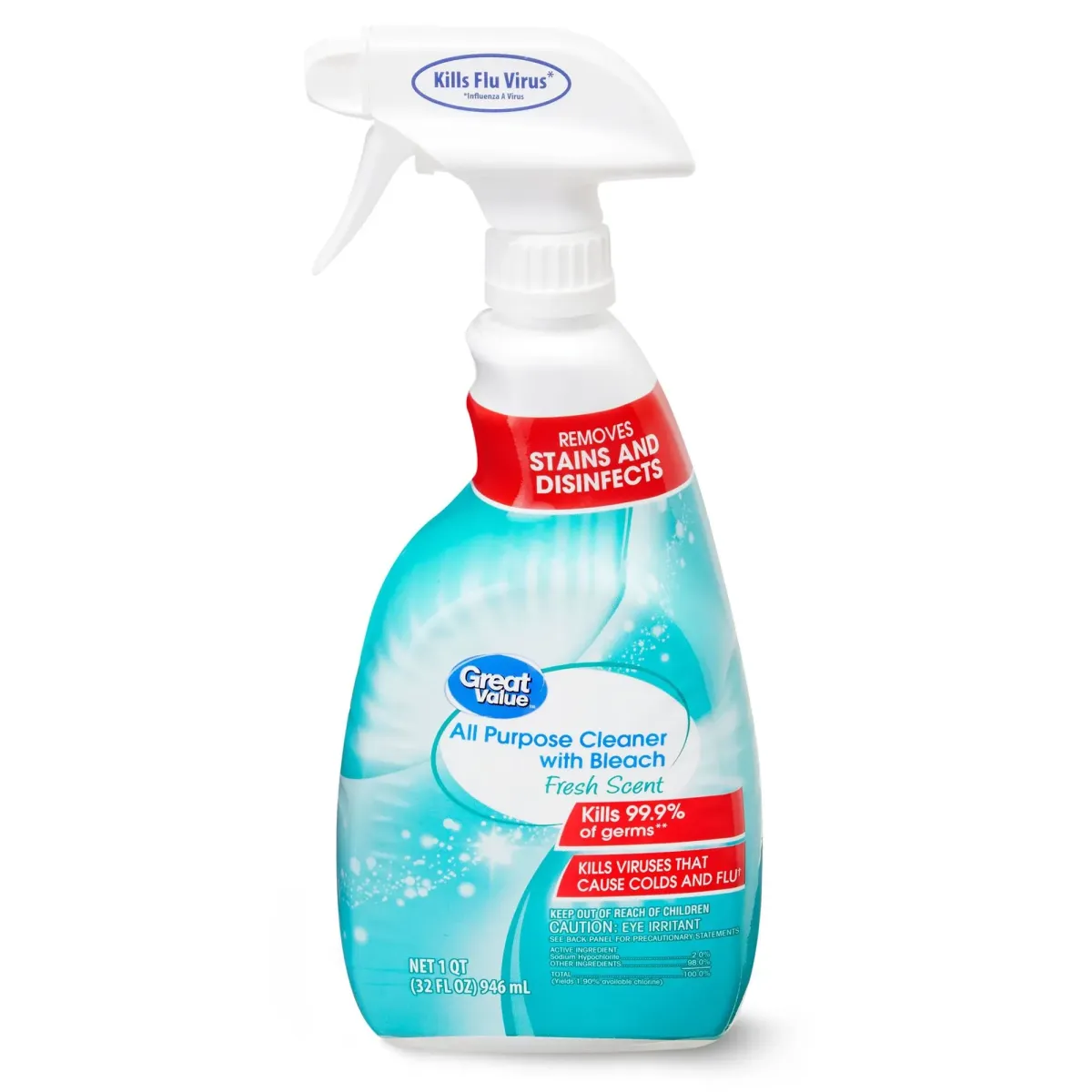
All-Purpose Cleaner
QQuantity: 1 bottle per cleaning closet
Use & Notes: Go-to disinfectant for bathrooms and high-touch areas like doorknobs, light switches, counters, and trash can lids. Effective on mold/mildew and helps control bathroom odors. Bleach-based cleaners are especially helpful for bathroom cleaning.

Wood Cleaner
Quantity: 1 bottle per cleaning closet (optional based on furnishings)
Use & Notes: Only needed in homes with wood dining tables, shelving, or trim that shows smudges easily. Helps remove fingerprints and dust while preserving the finish. Restock only if used regularly by cleaning staff.
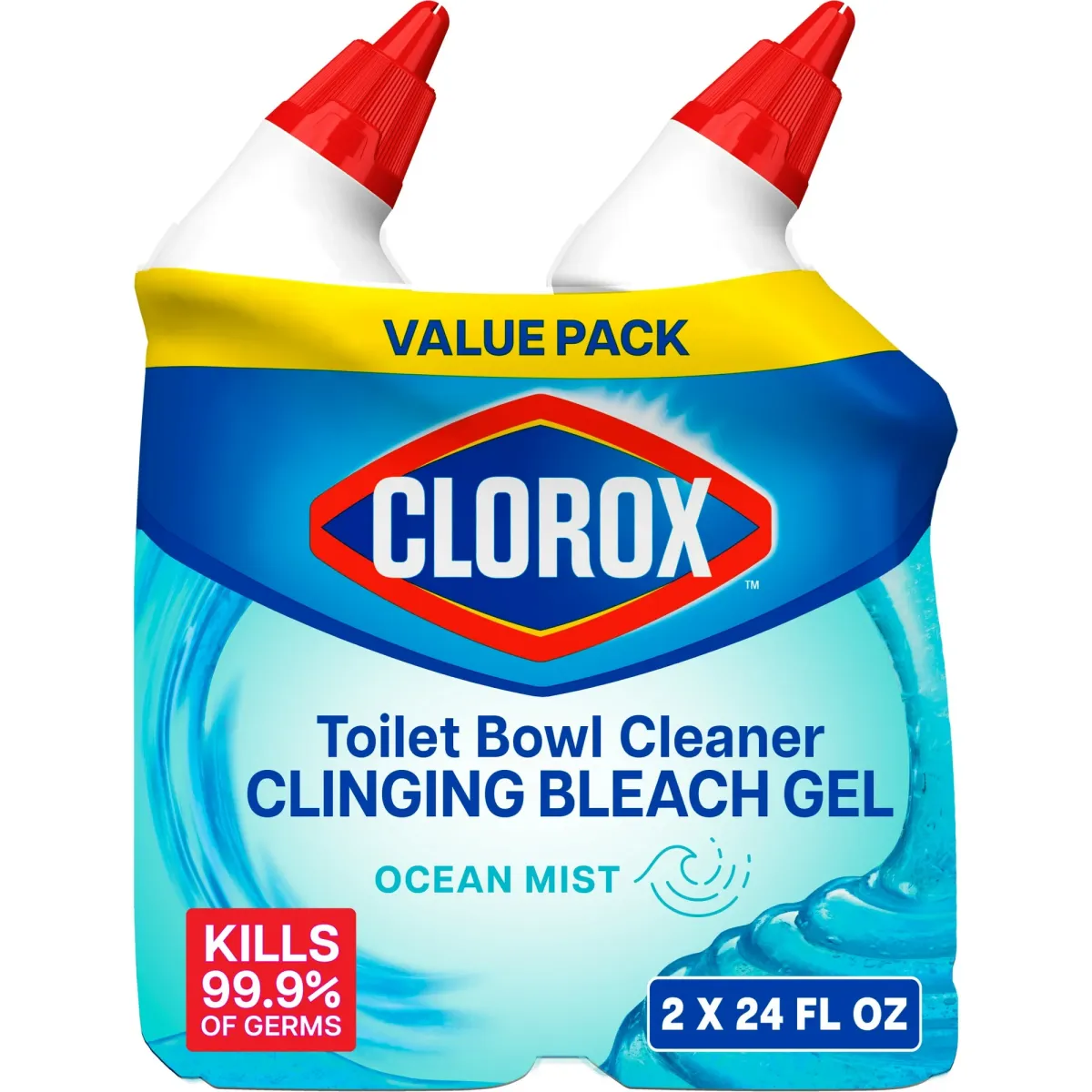
Toilet Bowl Cleaner
Quantity: 1 bottle per bathroom (or as needed from cleaning closet stock)
Use & Notes: For cleaning and disinfecting toilet bowls. The gel formula sticks to the sides for better coverage. Avoid mixing with other products. Store with bathroom cleaning supplies where residents have easy access.
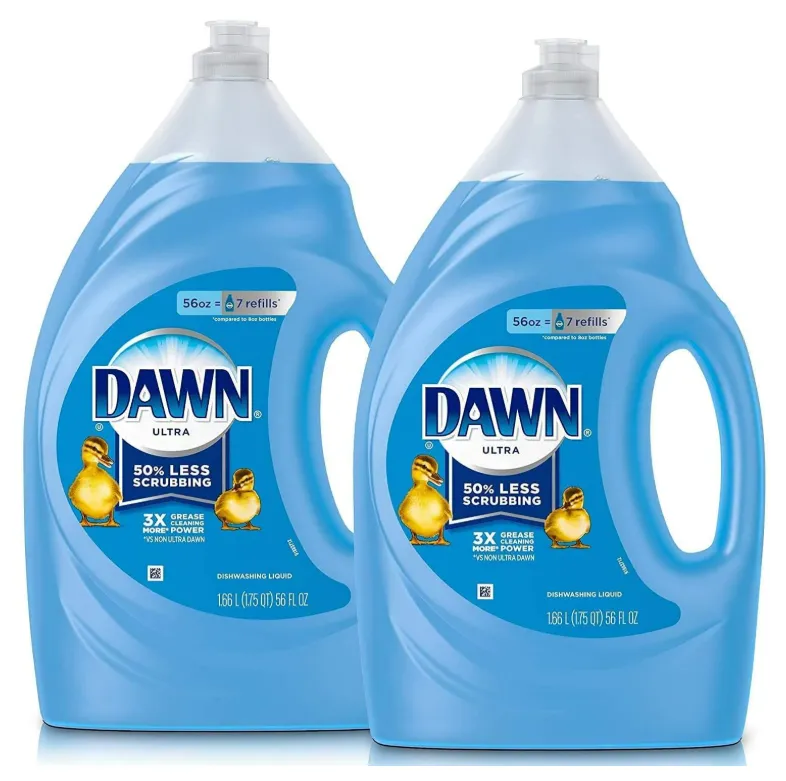
Liquid Dish Soap (Bulk Refill Bottle 56-90 oz)
Quantity: 1–2 per kitchen
Use & Notes: We stock this under the sink as the refill source for the smaller pump bottle. Brand doesn’t matter that much, though Dawn is easier on your garbage disposal & pipes (says the guy I had to pay to clear out our drains). Buy what’s available in bulk. Helps keep things stocked without constant replacement.
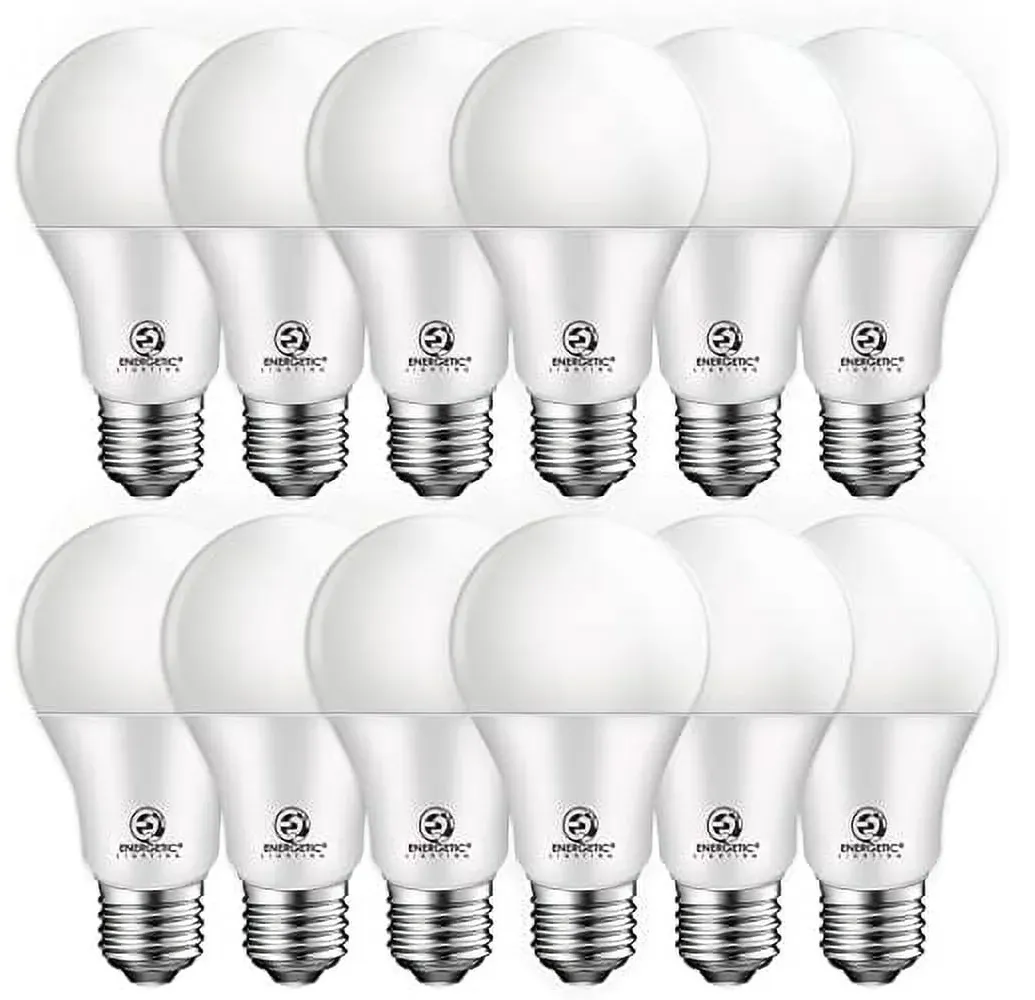
Basic LED Light Bulbs
Qty: 1 12-pack per house
Use: Keep in the cleaning or utility closet so residents can easily replace lightbulbs throughout the house as needed. Standard size fits most fixtures.
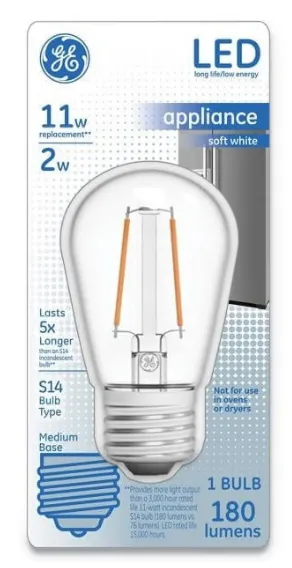
Appliance Light Bulb
Qty: 1 or 2 spares - fridge is usually the first to go out
Use: For replacing bulbs in appliances like ovens, refrigerators, or microwaves.
Note: Appliance lightbulbs can vary a lot. Check the fixture type and bulb specs before purchasing a replacement as sizing and base types are not universal.
House & Community Systems
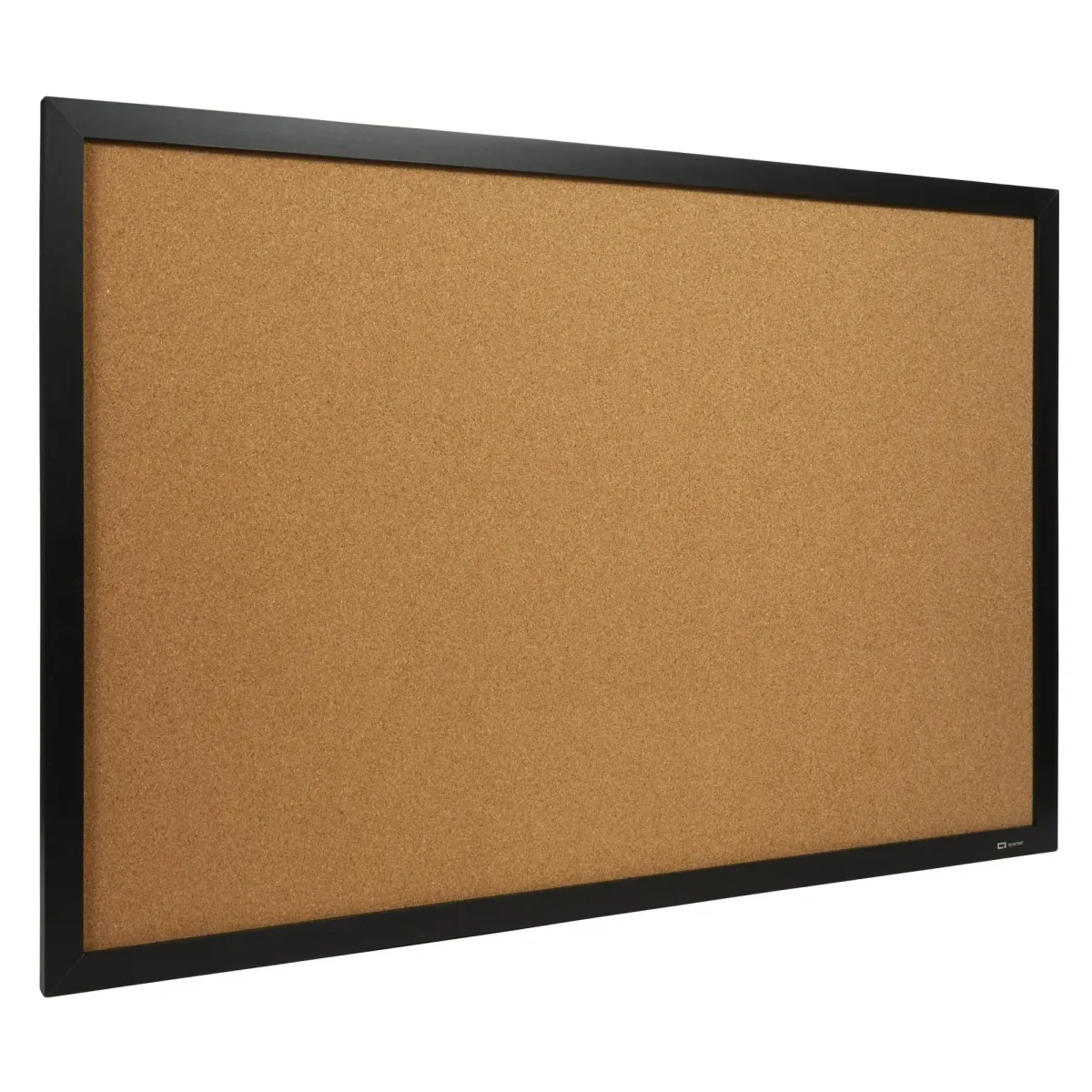
Cork Bulletin Board
Quantity: 1 per house (placed in a central common area)
Use & Notes: A central hub for shared information—weekly cleaning rotations, announcements, upcoming move-ins/outs, or feedback forms. A 24” x 36” size fits most common walls and gives enough space for 4–6 sheets at once. Hang horizontally or vertically depending on wall space. Cork is easy to maintain and durable over time.
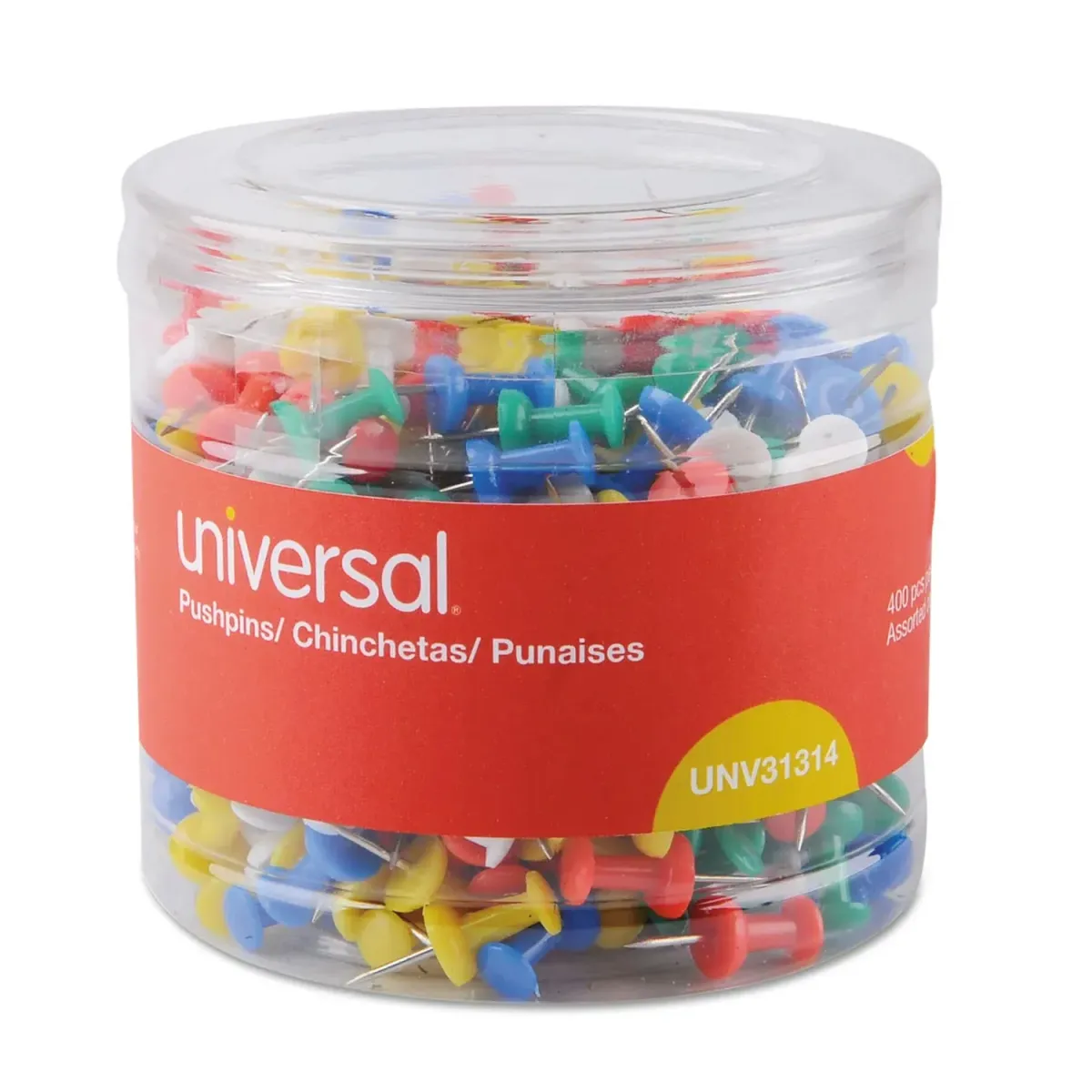
Colored Push Pins
Quantity: 1 set per board
Use & Notes: Use color-coded push pins for quick visual organization—e.g. one color for move-in schedules, another for cleaning rotation, another for events. Make sure the set includes strong steel pins that won’t bend easily in cork. Keep in a small cup or pouch near the board for easy access.
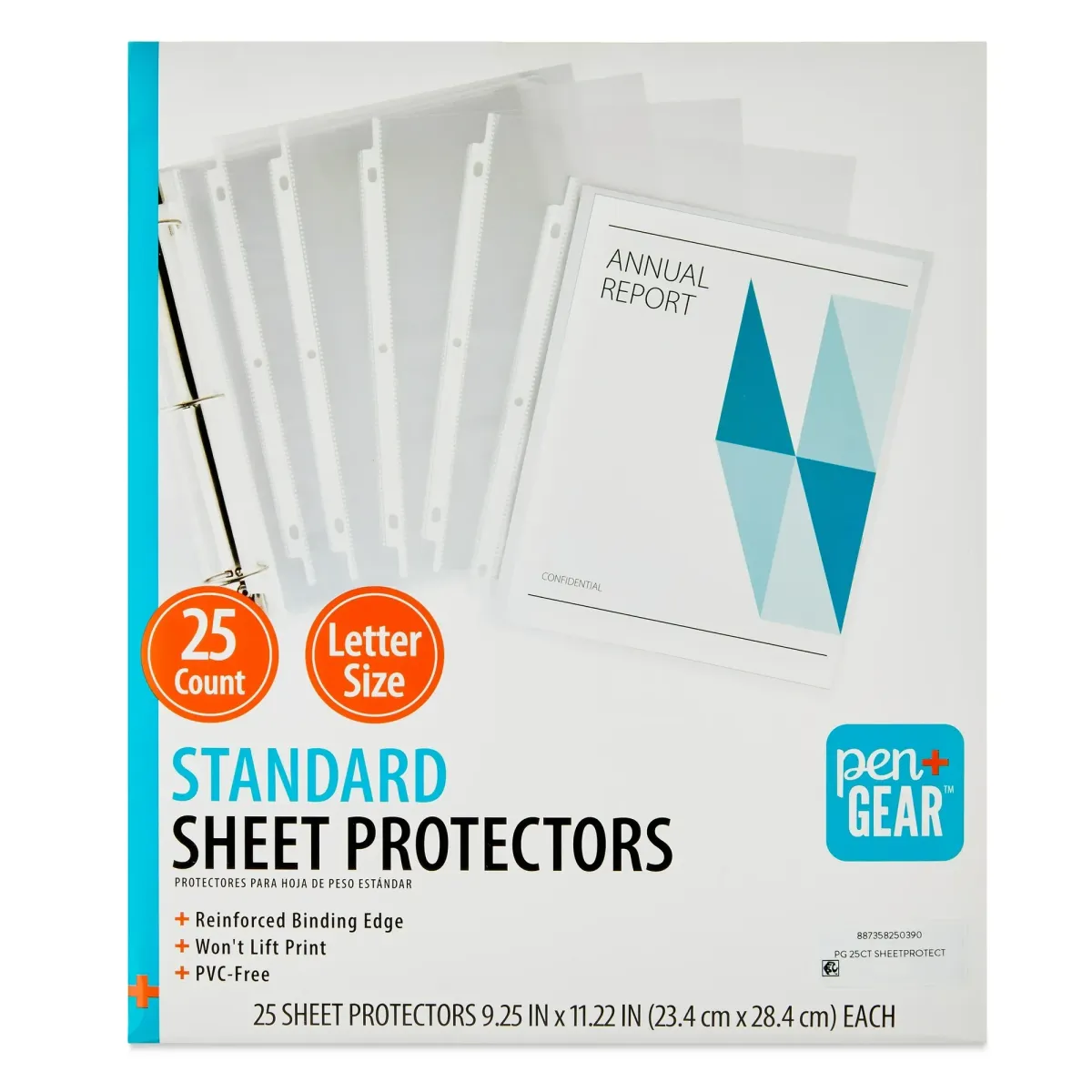
Sheet Protectors
Quantity: 1–2 packs (25–50 sleeves total)
Use & Notes: Used to protect cleaning checklists, house rules, maintenance forms, and other reference docs on the House Board. Can be written on with dry erase for checkboxes or rotating assignments. Helps keep paper from tearing or getting dirty, especially in kitchen or hallway traffic zones.
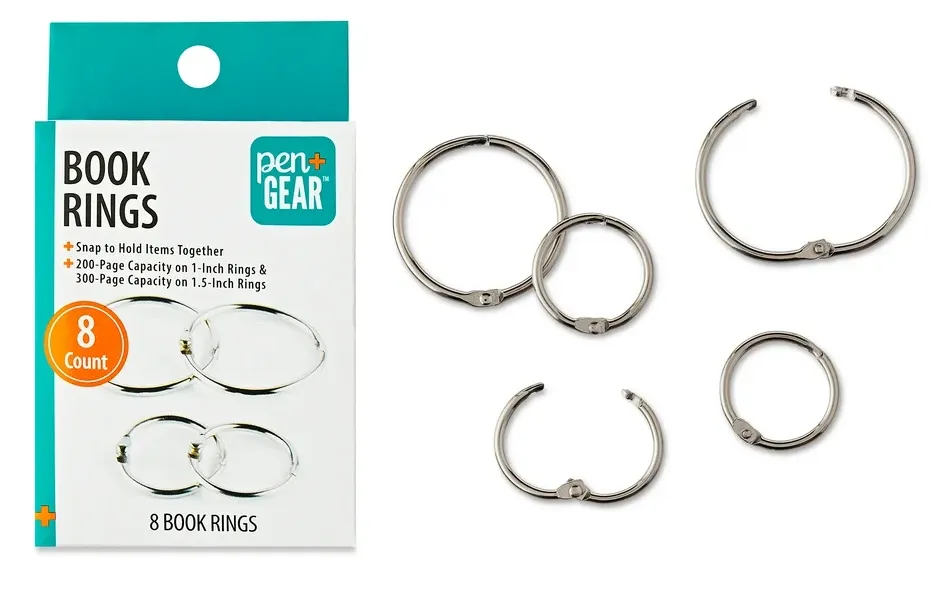
Book/Binder Rings
Quantity: 1 pack per house
Use & Notes: Used to neatly display and secure house info sheets on the cork board in shared spaces. Easy to clip and unclip when updates are needed: helps keep house communication organized and visible. Choose a size large enough to hold several sheets at once. Break the docs into multiple sets for conflict resolution versus house info & emergency info, and general house etiquette docs.
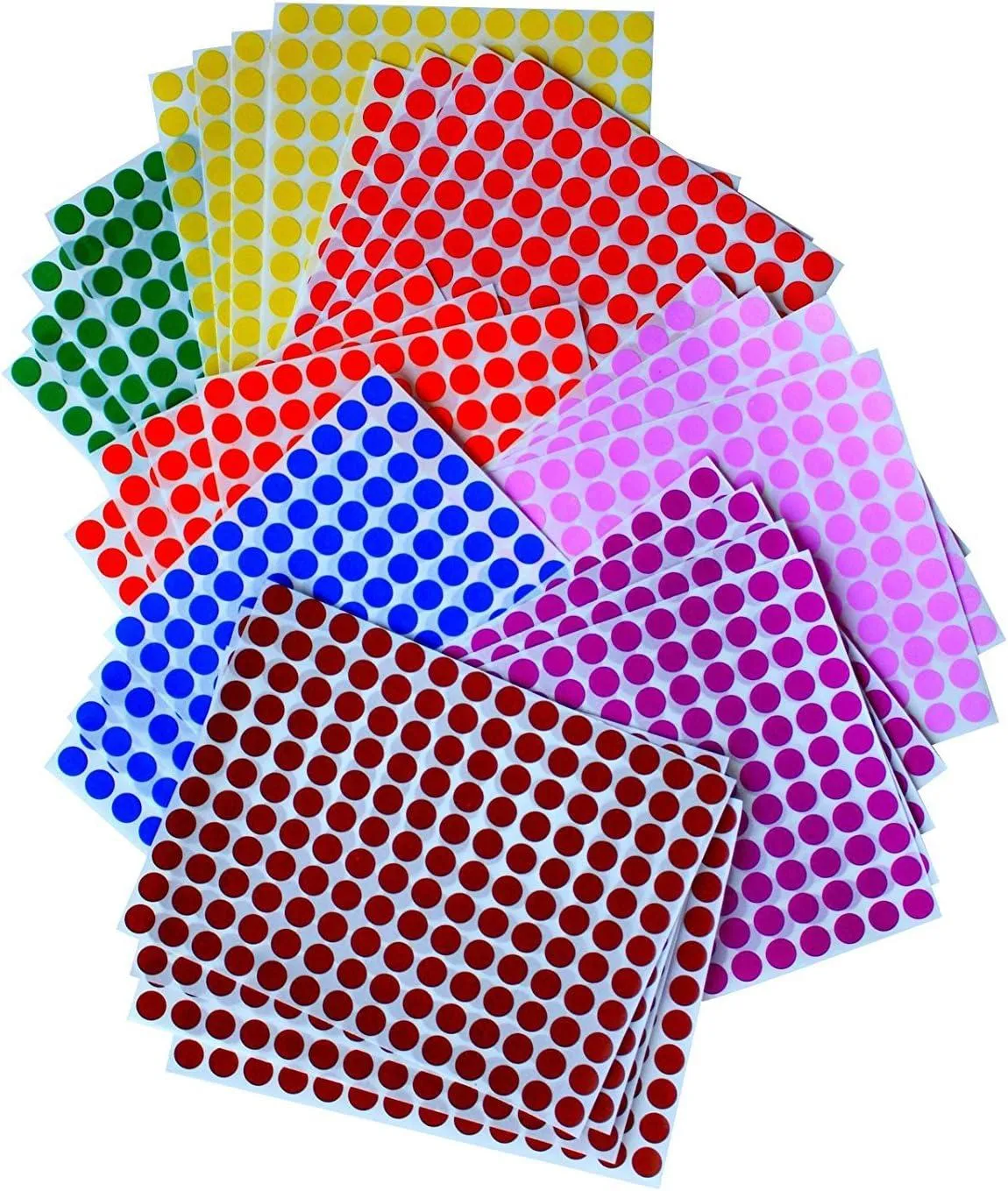
Colored Dot Stickers
(1/4" Removable )
Quantity: 1 color per room (bedroom-based system)
Use & Notes: Used to label shelves in fridges, pantries, and cupboards by room. Easy to apply and highly visible. One color assigned per bedroom keeps shared spaces organized.
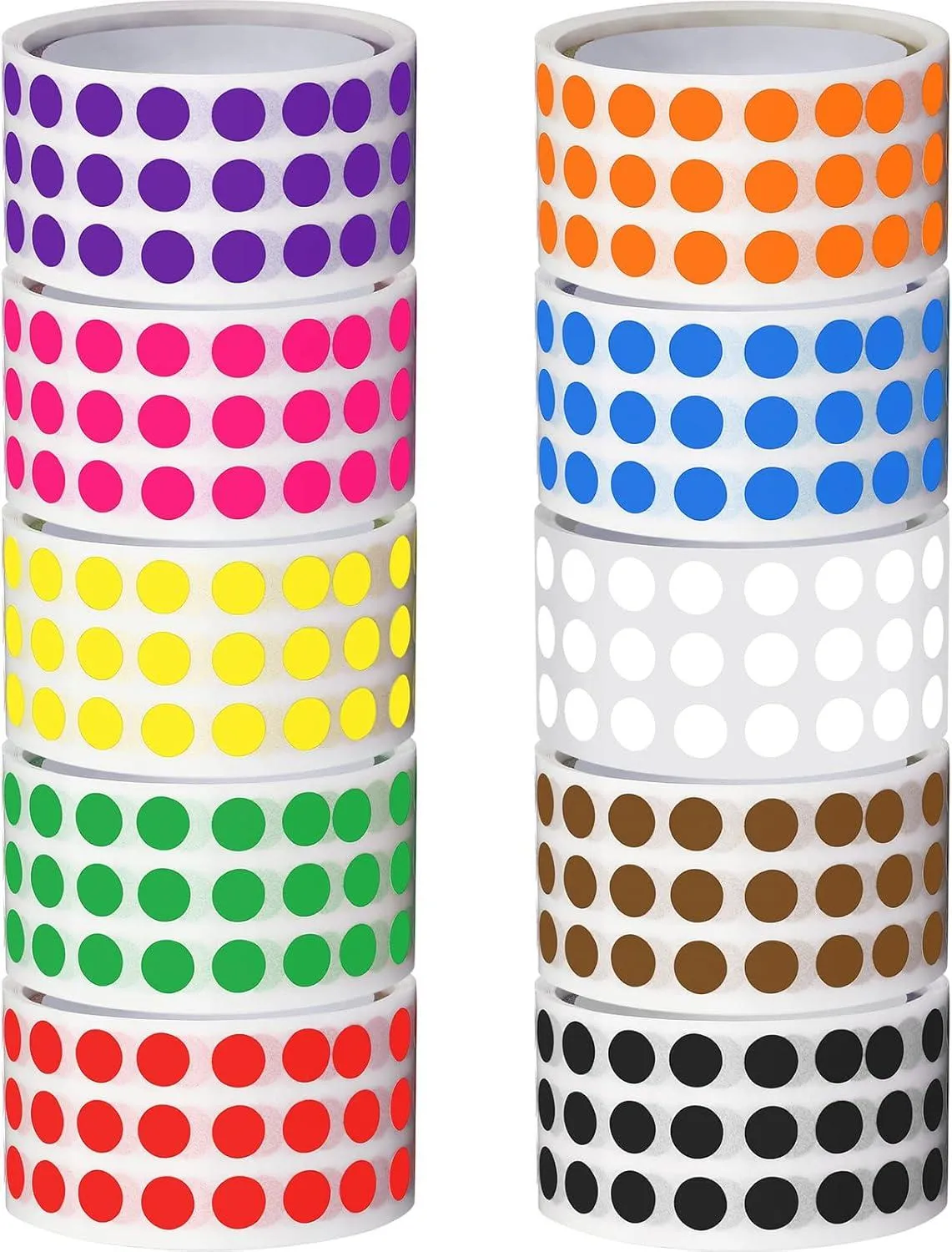
Colored Dot Stickers
(1/2" Removable )
Quantity: 1 color roll per room (bedroom-based system)
Use & Notes: Used to label shelves in fridges, pantries, and cupboards by room. Easy to apply and highly visible. One color assigned per bedroom keeps shared spaces organized.
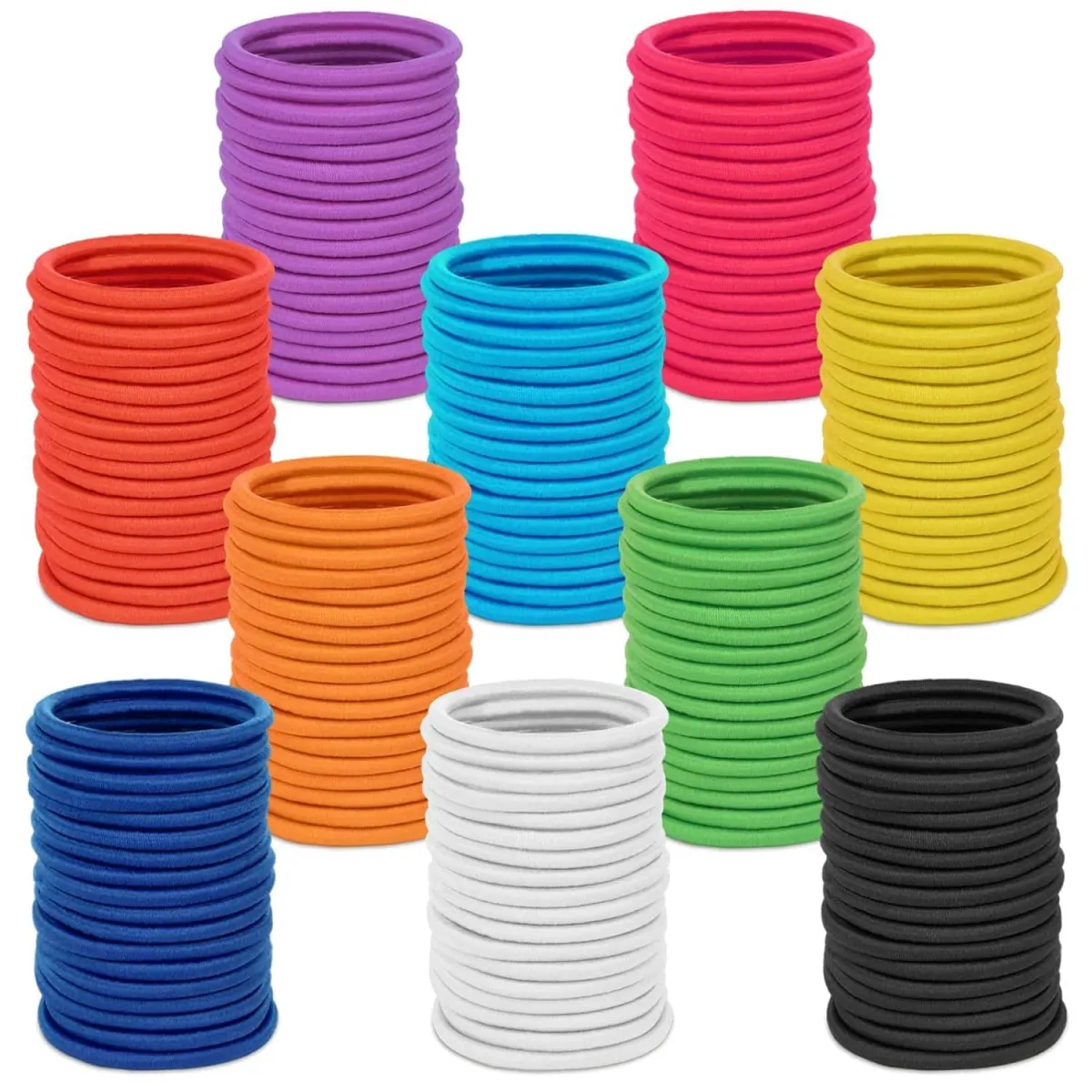
Colored Bands
Quantity: 1 color per room, small bundle per color
Use & Notes: Used to group or label shared items (condiments, leftovers, bulk goods). Harder to source than stickers but helpful when used consistently. Alternative options could include reusable Velcro ties or color-coded clips. Not essential but helpful when stickers don’t work.
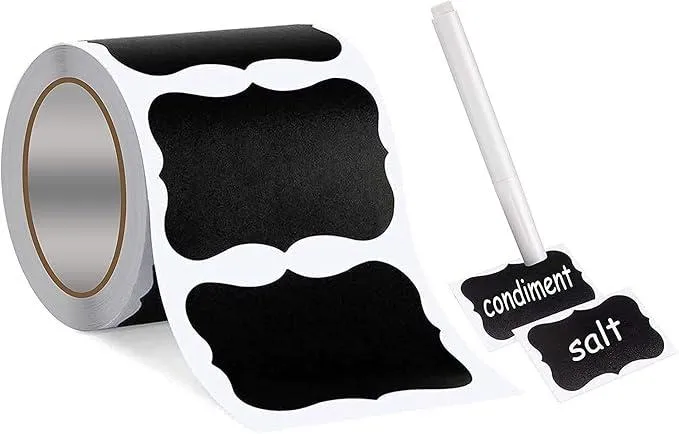
Blackboard Stickers
(Labeling House Drawers/Cupboards)
Quantity: 1 pack per house
Use & Notes: These are just prettier and more classy (and last longer) than something like masking tape to label cupboards. These are great for labeling drawers, pantry sections, or shared cooking supplies areas in the kitchen. Writable with chalk or liquid chalk pens and erasable for easy updates. These help prevent resident confusion about where things go. Choose matte waterproof versions for longer-lasting use and easy cleaning.
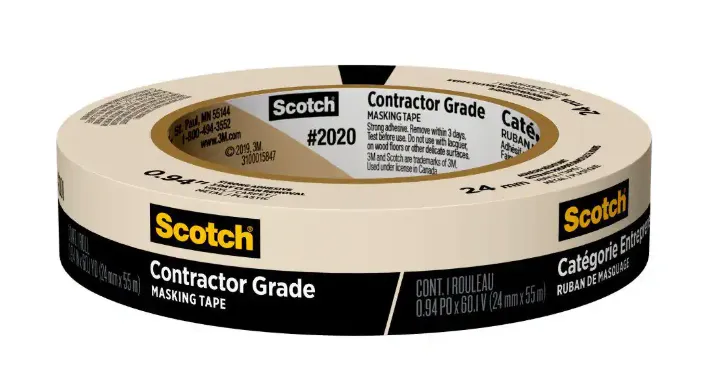
Masking Tape
(Name Tags for Mail Slots, etc)
Quantity: 1 roll per house
Use & Notes: Basic masking tape. This is great for name tags on stuff like mail organizers - which is the only place you're typically using actual names rather than colors or room numbers as it's easier for other residents to distribute mail if they can name match rather than trying to remember who's in which room.
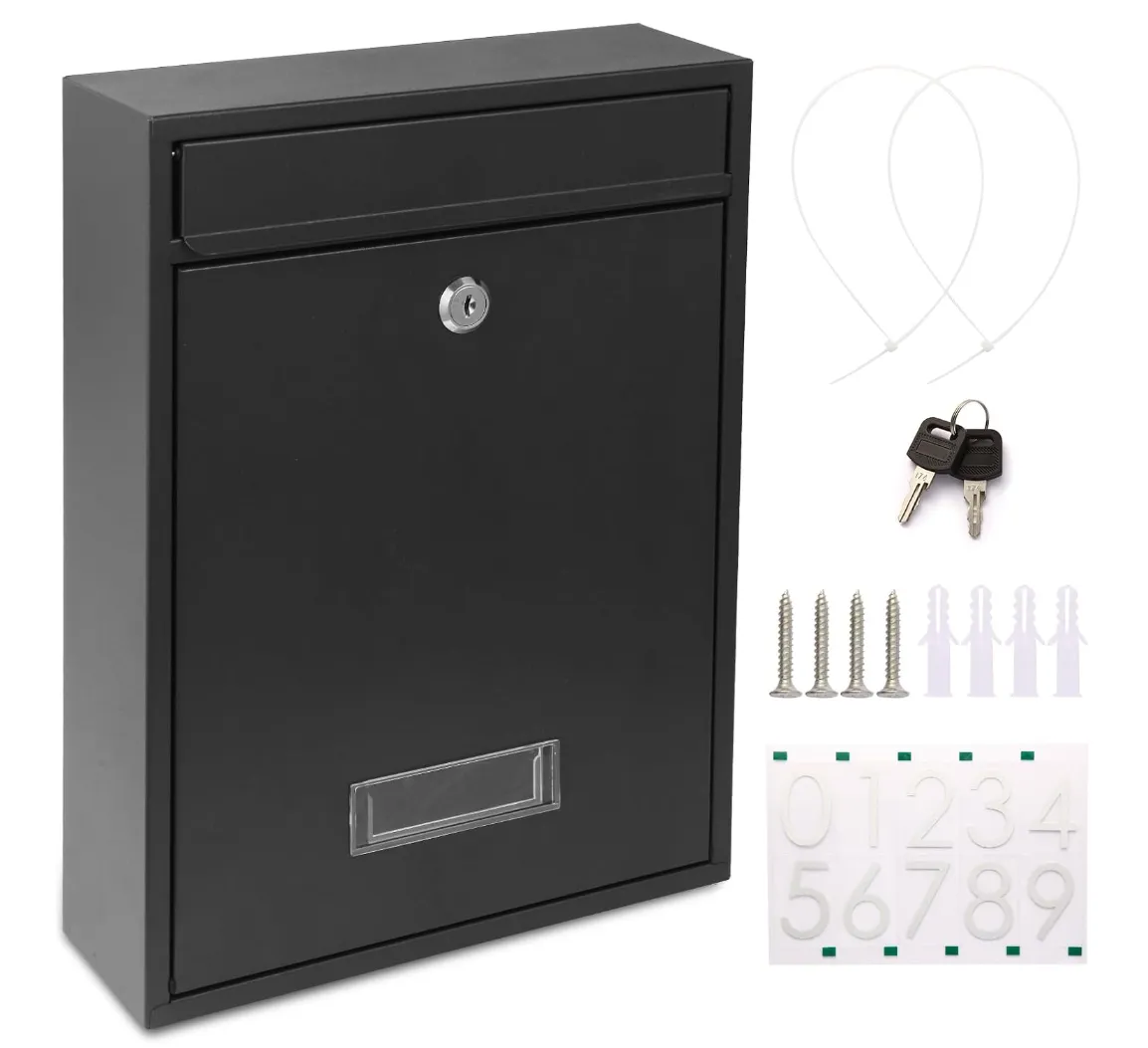
Locked Mailbox
(Wall-Mounted)
Quantity: 1 per house
Use & Notes: A secure, wall-mounted mailbox provides a designated place for residents to leave mail for the Property Manager or owner, such as utility notices, city correspondence, or important letters. Helps prevent mail from getting lost in the shuffle of shared spaces.
Mount this in a discreet but accessible location, such as inside the cleaning closet or near the main mail collection area. Also serves as a secure place to store backup room keys (not disclosed to residents). Choose a model with a lock that's big enough to accommodate a fair amount of docs. Typically, this is mounted indoors, so no real need for the numbers on the box, but this particular model is a really nice size with an obvious mail deposit slot.
Common Rooms
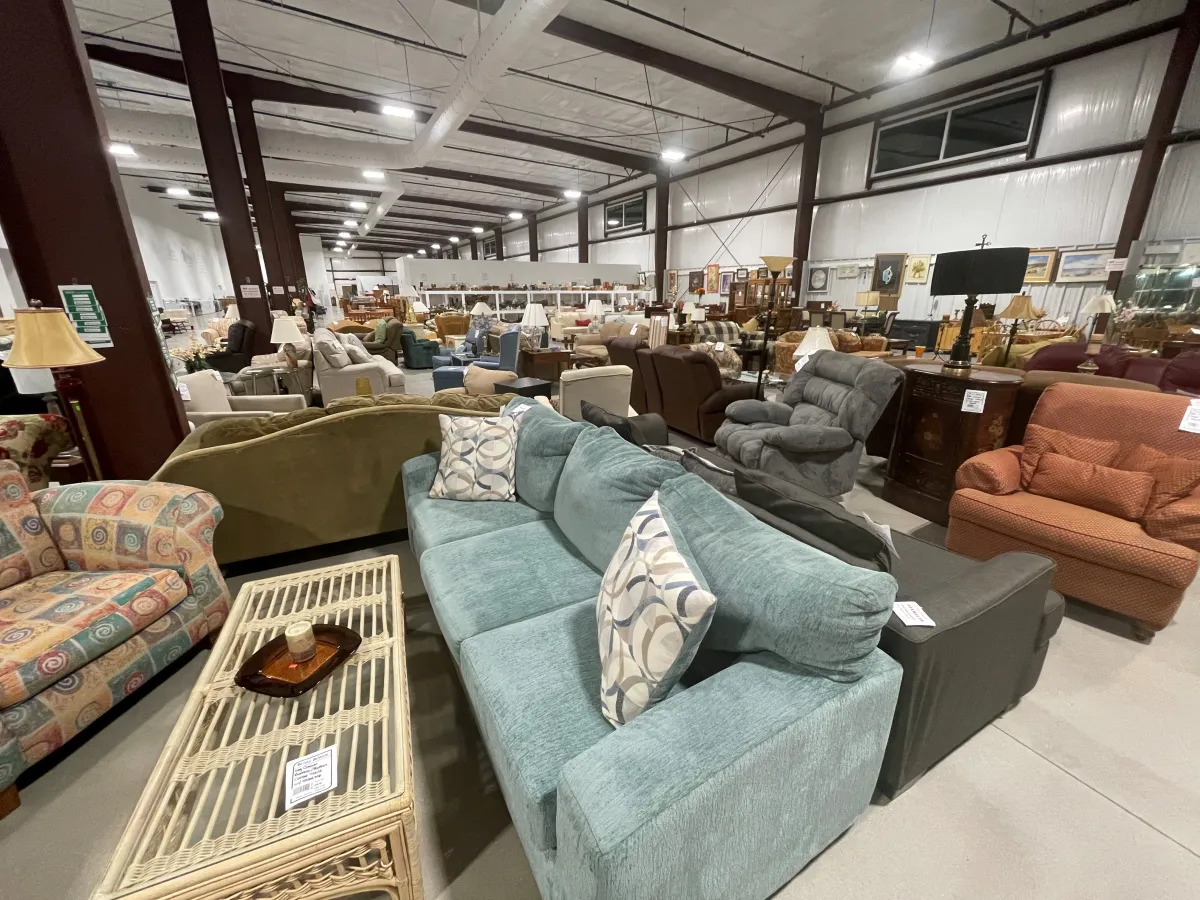
Living & Dining Area Furniture
Secondhand Furniture Sources
Quantity: As needed per room or common area
Use & Notes: Great for finding sturdy, affordable furniture, especially larger pieces like sofas, coffee tables, dining room sets, etc. Local Goodwill stores and Habitat for Humanity ReStores often carry solid wood or high-quality used items for a fraction of retail cost. Facebook Marketplace is also often full of decent quality furniture for far less than retail. Helpful when furnishing common areas or replacing broken items on a budget. Watch out for signs of pests if purchasing from individuals (typically stores are good and certifying clean furniture).
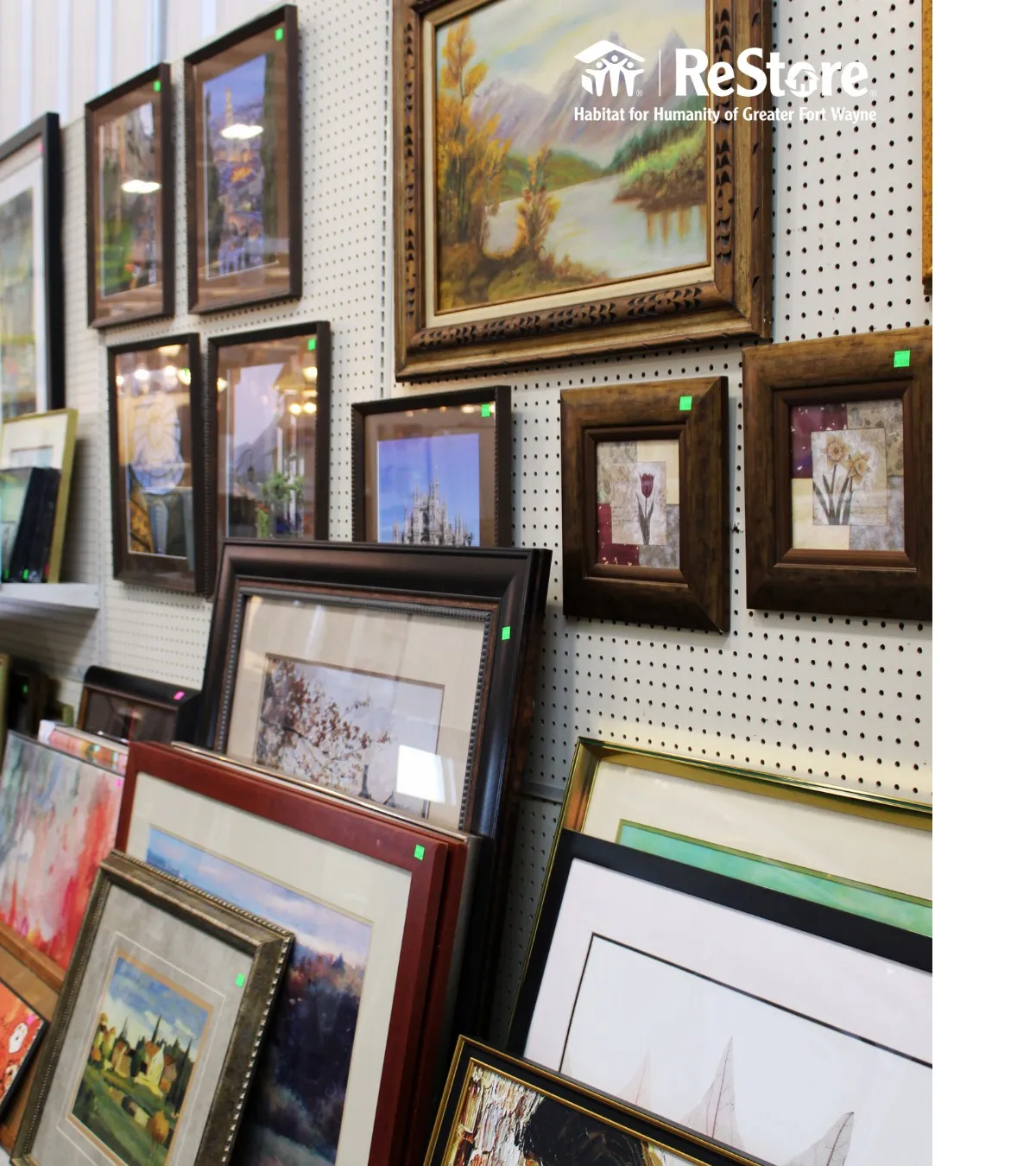
Common Area Décor
Qty: Varies by wall space and layout
Use & Notes: Affordable, high-quality wall décor like framed art, mirrors, and clocks can often be found at secondhand stores such as Goodwill, The Arc, or Habitat for Humanity ReStore. These pieces help make shared spaces feel warm, lived-in, and intentional. Aim for simple, calming, or nature-themed items. Mirrors also help open up small or dark rooms. Stick with sturdy, well-framed pieces that are easy to hang.
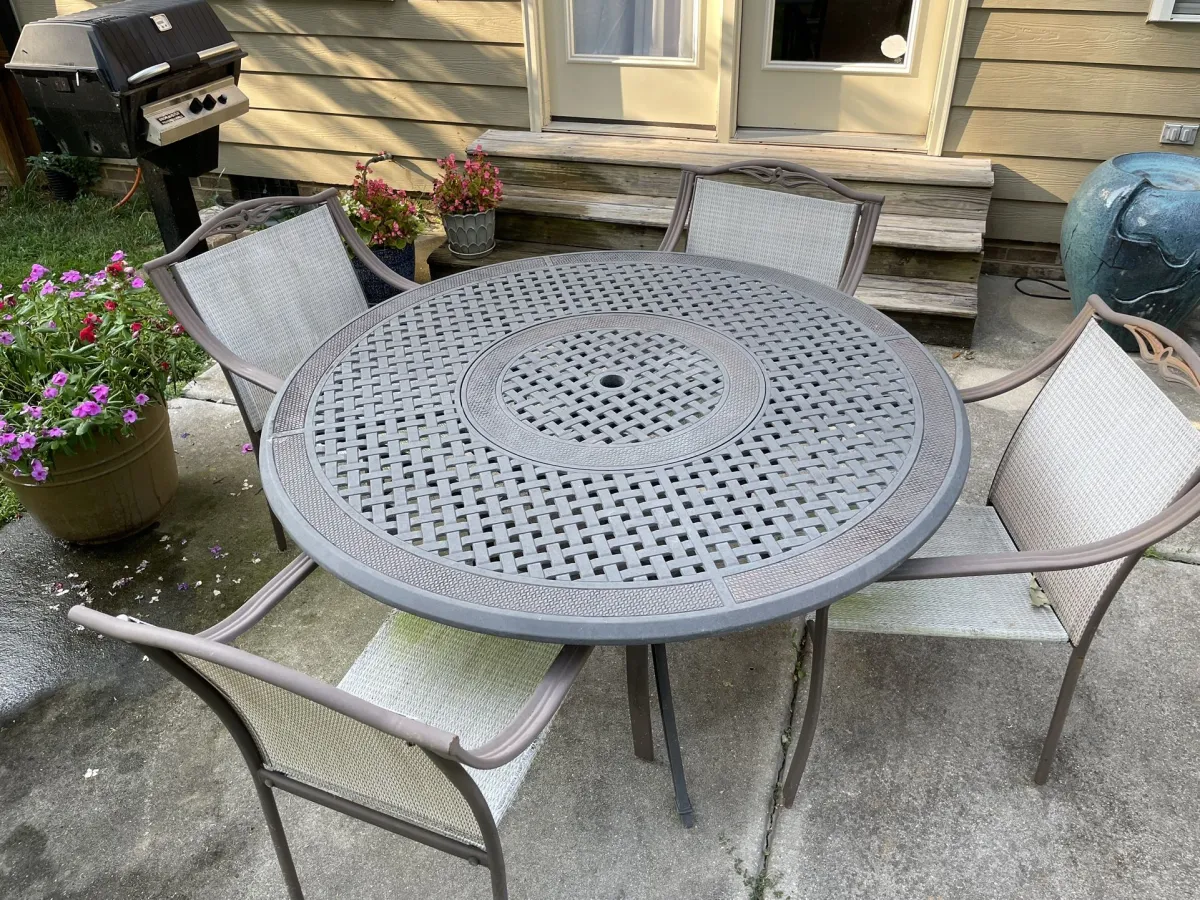
Patio Furniture
(Outdoor Common Areas)
Qty: Depends on size of patio or yard
Use & Notes: Outdoor seating helps activate shared exterior spaces like porches, patios, or yards. A basic setup might include a small table and 4-8 chairs, ideally weather-resistant and easy to clean. Prioritize durability over aesthetics: plastic, metal, or treated wood are all solid options.
These can often be sourced affordably at secondhand stores like the Habitat for Humanity ReStore or Facebook Marketplace. Adds functionality for residents who want to eat, work, or gather outdoors.
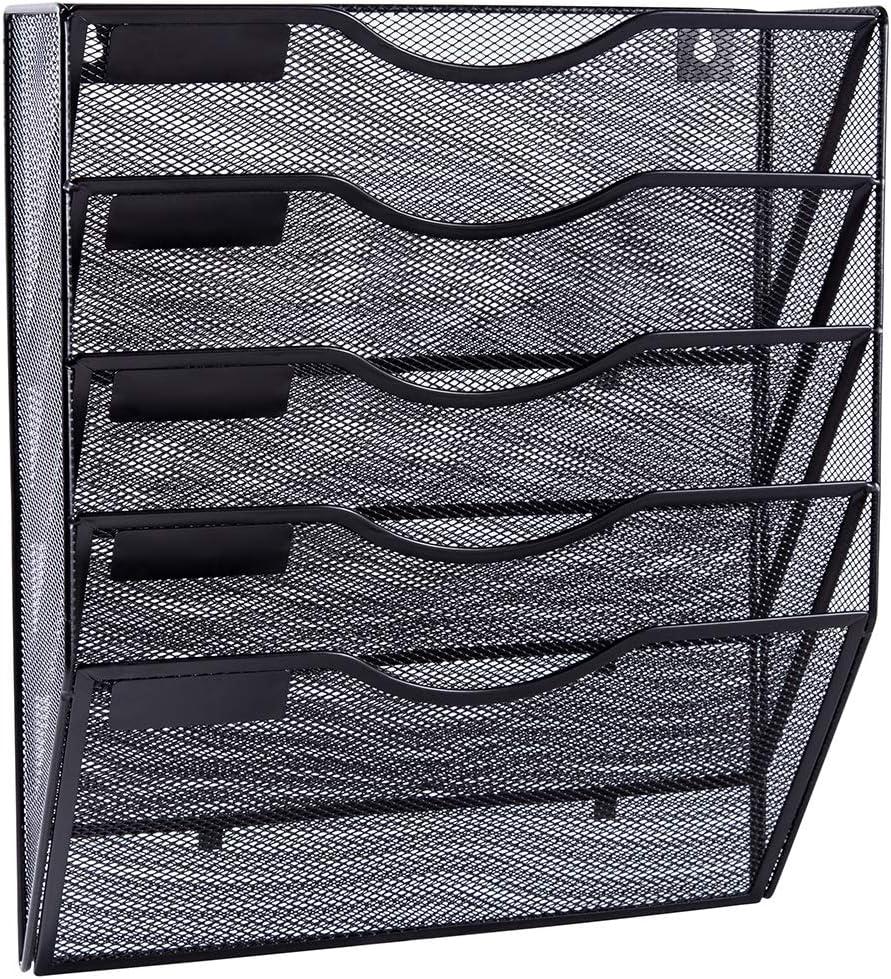
Hanging Mail Organizer
Quantity: 1 per every 5 residents (placed near the entrance or in shared hallway)
Use & Notes: Used for sorting and labeling physical mail, packages, or notes to residents. Assign one pocket per room or resident. Wall-mounted to save counter space, and easy for Property Managers to check during rounds. Choose a mesh metal version for airflow and durability.
NOTE: We usually also put a shallow sofa table under the hanging mail organizers so that packages can be put up off the floor.
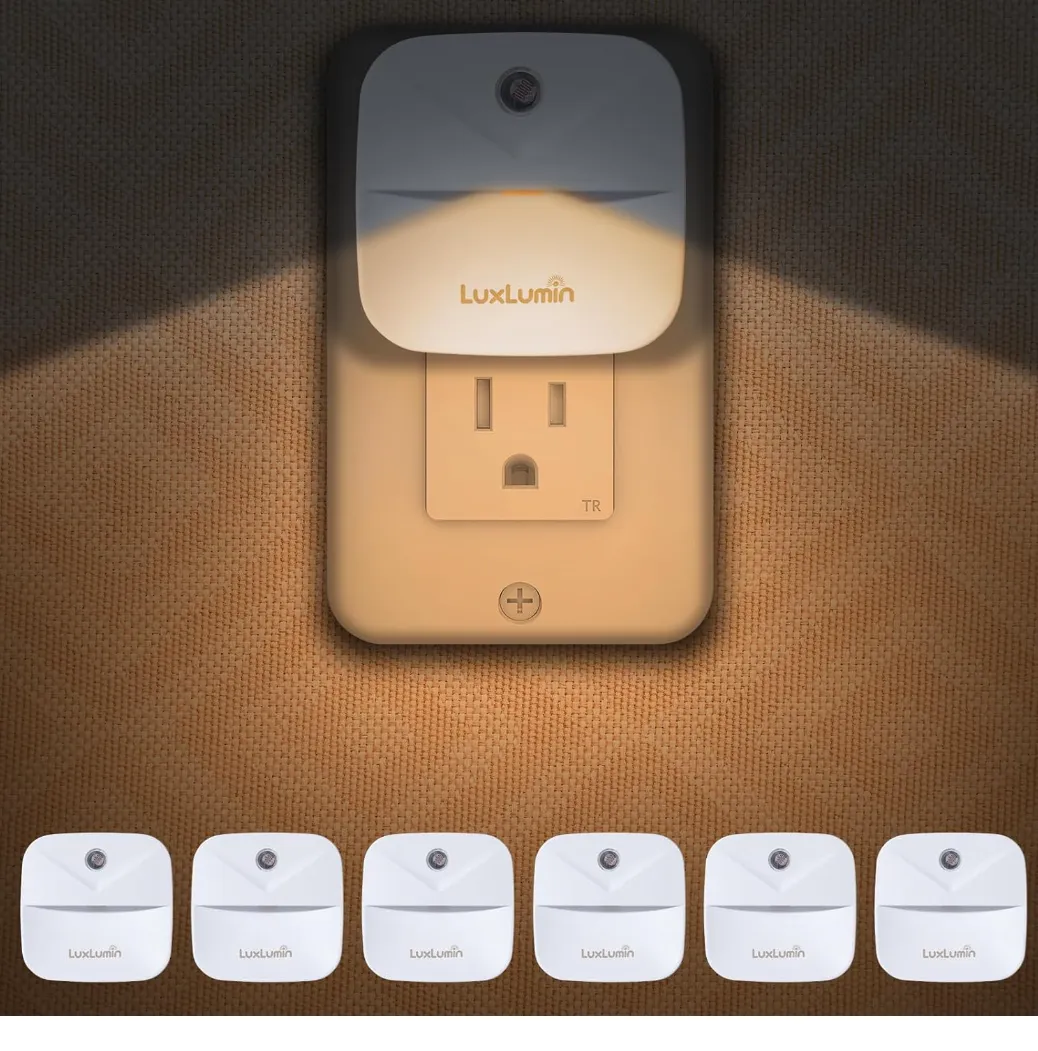
LED Nightlights
Quantity: 1 pack per house
Use & Notes: Ideal for hallways, stairwells, shared bathrooms, and other dim areas. These plug-in LED night lights provide soft, automatic illumination based on ambient light levels—no switches or batteries required. Helps prevent trips or stumbles during nighttime movement, especially useful for guests or new residents. Low-profile and energy-efficient, they blend in easily without adding clutter. Place near floor level outlets for best effect.

TV (~42" - 65")
Quantity: 1 per house
Use & Notes: A 55" TV is a great size for most shared living rooms: large enough for movie nights and community gatherings without overwhelming the space. At minimum, aim for 42", but 55" is preferred for visibility and group use.
Mount it securely and consider using an articulating wall mount for flexible viewing. Keep a spare set of AAA batteries on hand for the remote.
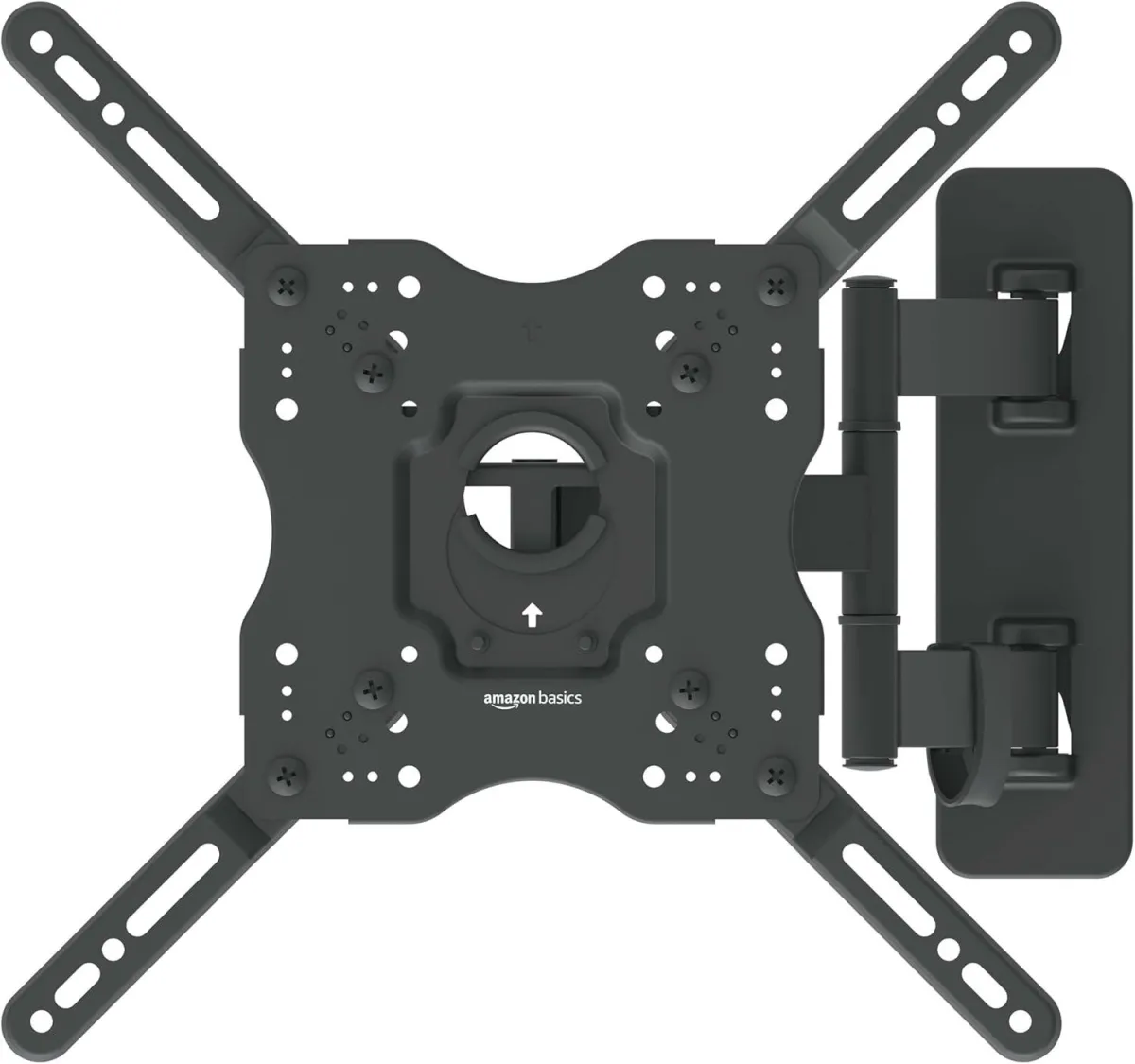
Articulating TV Mount
Quantity: 1 per TV
Use & Notes: This one is nice & sturdy and has a good range for articulation. Lets you angle the house TV for better visibility in shared spaces. Especially helpful in living rooms with flexible furniture layouts. Look for mounts with tilt, swivel, and extension arms to give more options. Make sure it matches the TV’s VESA specs and is mounted into a stud for safety.
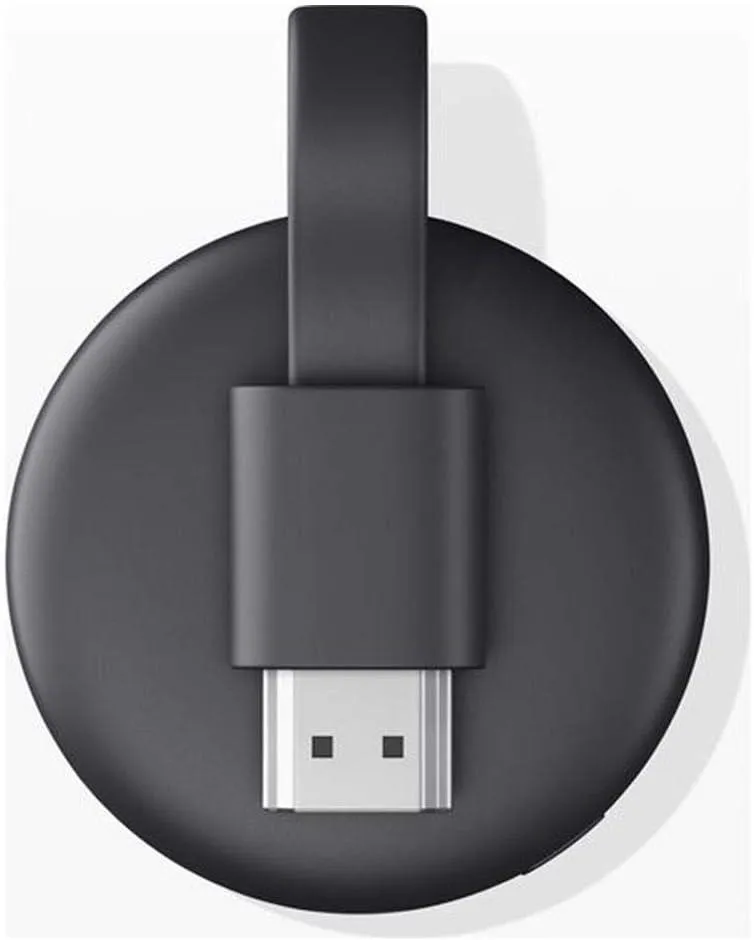
Google Chromecast
Quantity: 1 per house
Use & Notes: Allows shared streaming access for house movie nights or background music. Compact, low-maintenance, and easy to pair with any TV that has HDMI. Works with most smartphones and Wi-Fi networks.
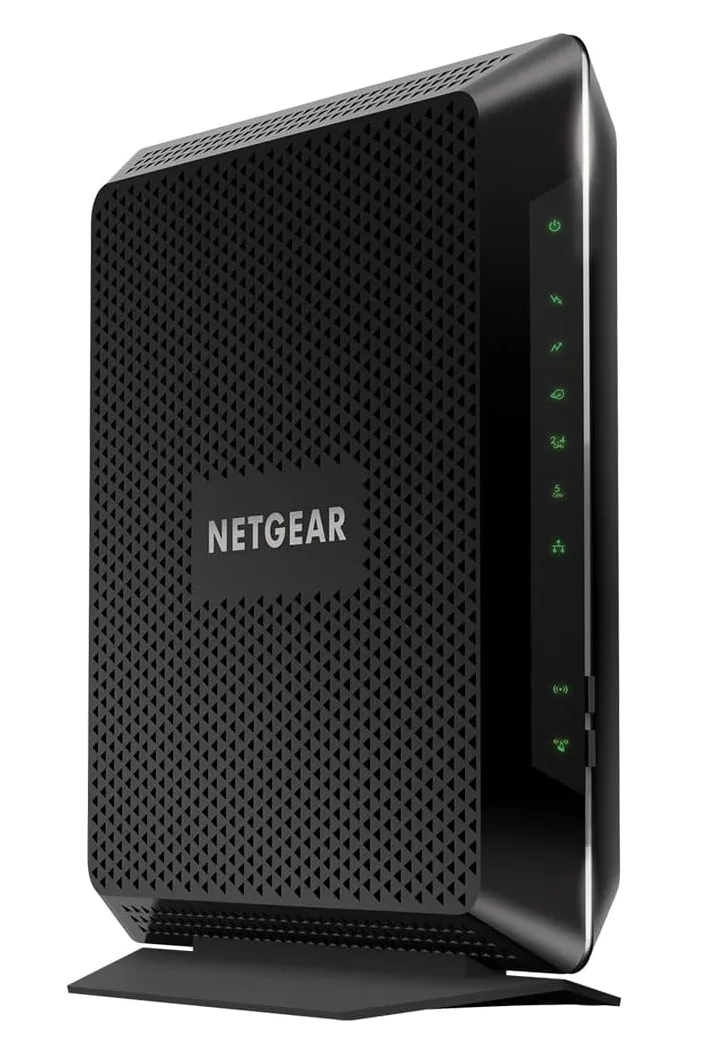
WiFi Router – TP-Link AC1750
Quantity: 1 per house
Use & Notes: This dual-band router provides strong, reliable WiFi coverage throughout the home: critical for co-living spaces where multiple people are streaming, working remotely, or video calling. Place the router in a central, elevated location for best coverage.
This model supports up to 50 devices and includes three antennas for extended range. It also features guest network access and parental controls if needed. Easy to set up and manage with the TP-Link Tether app. Works with all major ISPs (modem not included).

Light Switch Guard
Quantity: 1 pack per house (used as needed)
Use & Notes: Installed on switches that should not be flipped, like porch lights connected to dusk sensors or dedicated appliance switches. Prevents accidental shutoff by residents or guests. Clear design is low-visibility and easy to install with screws onto the existing light plate.
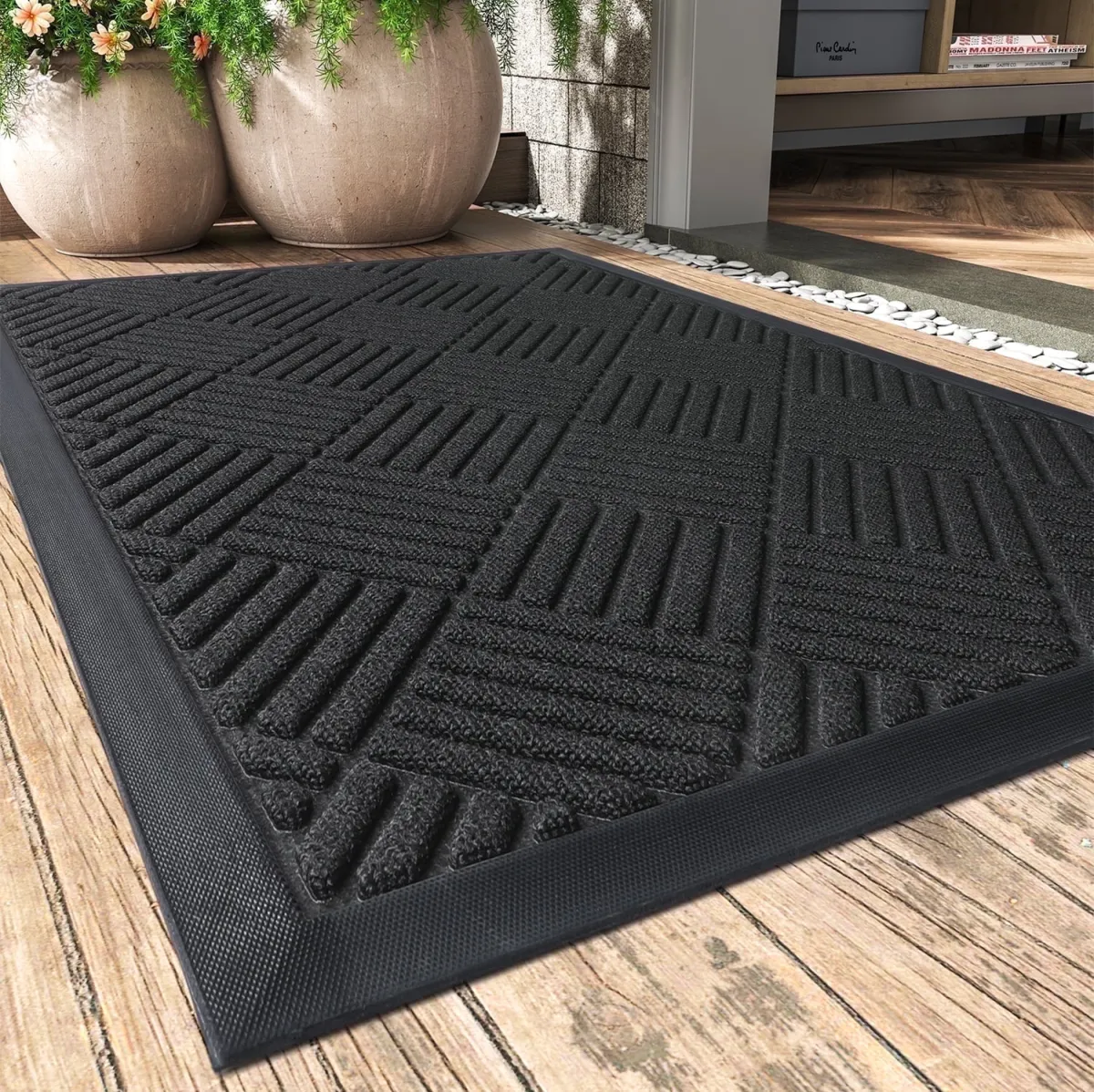
Entryway Mat (17" x 30")
Quantity: 1 per main exterior door
Use & Notes:
Helps trap dirt, water, and debris before it enters the house, reducing cleaning needs and wear on interior floors. The rubber-backed, low-profile design stays in place and fits under most doors. Durable enough for high-traffic areas like front porches or back patio entries. Shake out or rinse as needed to keep clean. Ideal for maintaining tidiness and minimizing muddy footprints in shared homes.
Garage, Outdoor, Security & Maintenance
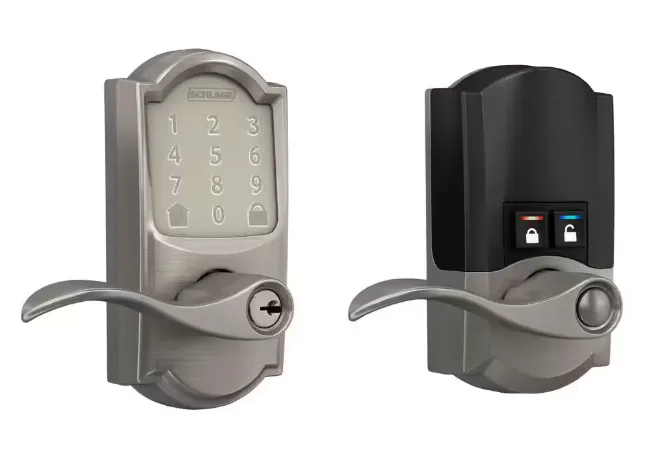
Keyless Entry Front Door Lock
(WiFi-Enabled)
Qty: 1 per front door
Use: Keyless entry lock for main house access.
This WiFi-enabled smart lock allows Property Managers to remotely update and schedule entry codes without needing to be onsite.
Note: I always recommend lever handles over knobs as levers are ADA compliant and easier for anyone with limited hand mobility or arthritis.
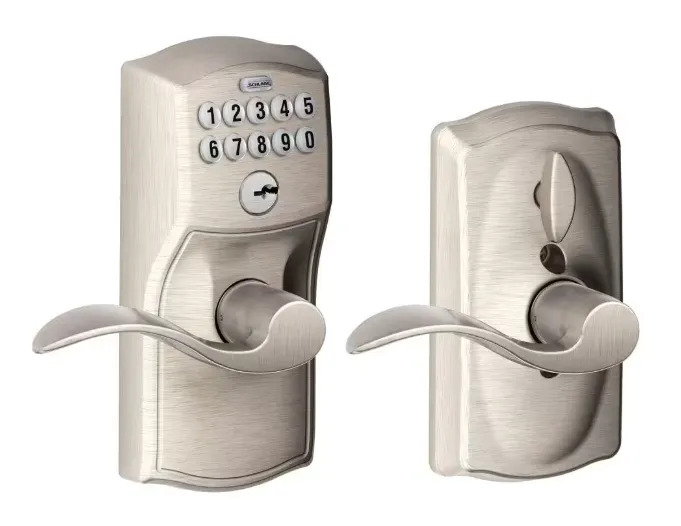
Keyless Entry Front Door Lock
(No WiFi)
Qty: 1 per front door
Use: Keyless entry lock for main house access.
This non-WiFi version costs about $100 less but requires code updates to be done manually, onsite at the lock. It’s a solid option for lower-turnover homes or where Property Managers are regularly on site and available to manage access directly.
Note: Like the smart version, this model has a lever handle, which is more accessible and user-friendly than traditional knobs.
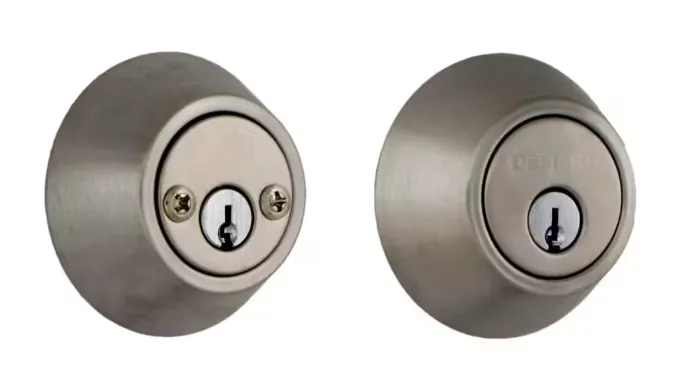
Double Cylinder Deadbolt
Qty: 1 per exterior door with a deadbolt hole (for doors with dual dead bolts)
Use: Used to secure doors that have a secondary deadbolt hole, especially when you want to prevent residents from locking that bolt accidentally or inconsistently. This lock requires a key to lock and unlock from both sides, which discourages use by residents and ensures Property Managers maintain sole control.
Note: This is a professional-looking way to fill an existing deadbolt hole while standardizing access and avoiding confusion. Put it in the unlocked position and leave it alone.
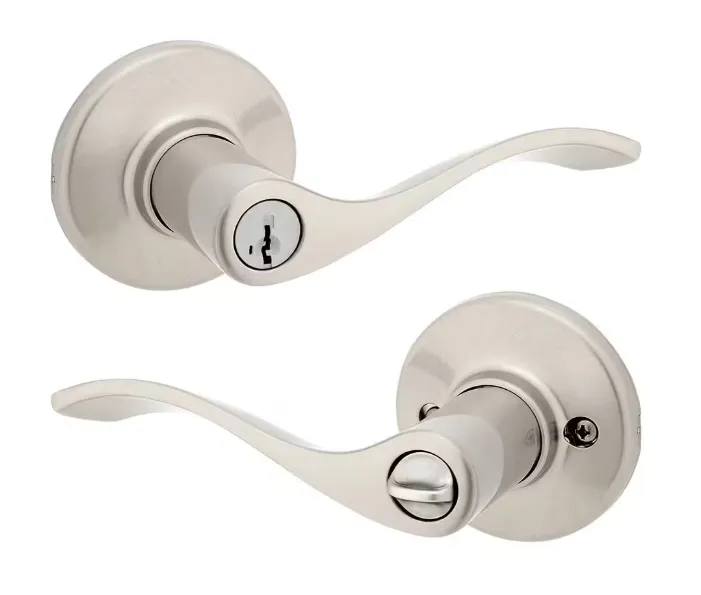
Lever Handle - Keyed Bedroom Entry
Qty: 1 per private bedroom door (as needed)
Use & Notes: A budget-friendly, keyed handle for bedroom doors that still offers solid privacy and security. The lever style is ADA-compliant and easier to use than knobs, especially for anyone with mobility or grip issues.
The SmartKey feature allows you to rekey the lock yourself in seconds without removing it, which is useful in rare cases when a key is lost. However, because exterior access is controlled by the main front door keypad, these interior locks rarely need to be changed when a resident moves out. Much more affordable than installing keypads on every bedroom. Keep a few spare keys on hand and recommend residents make their own copies.
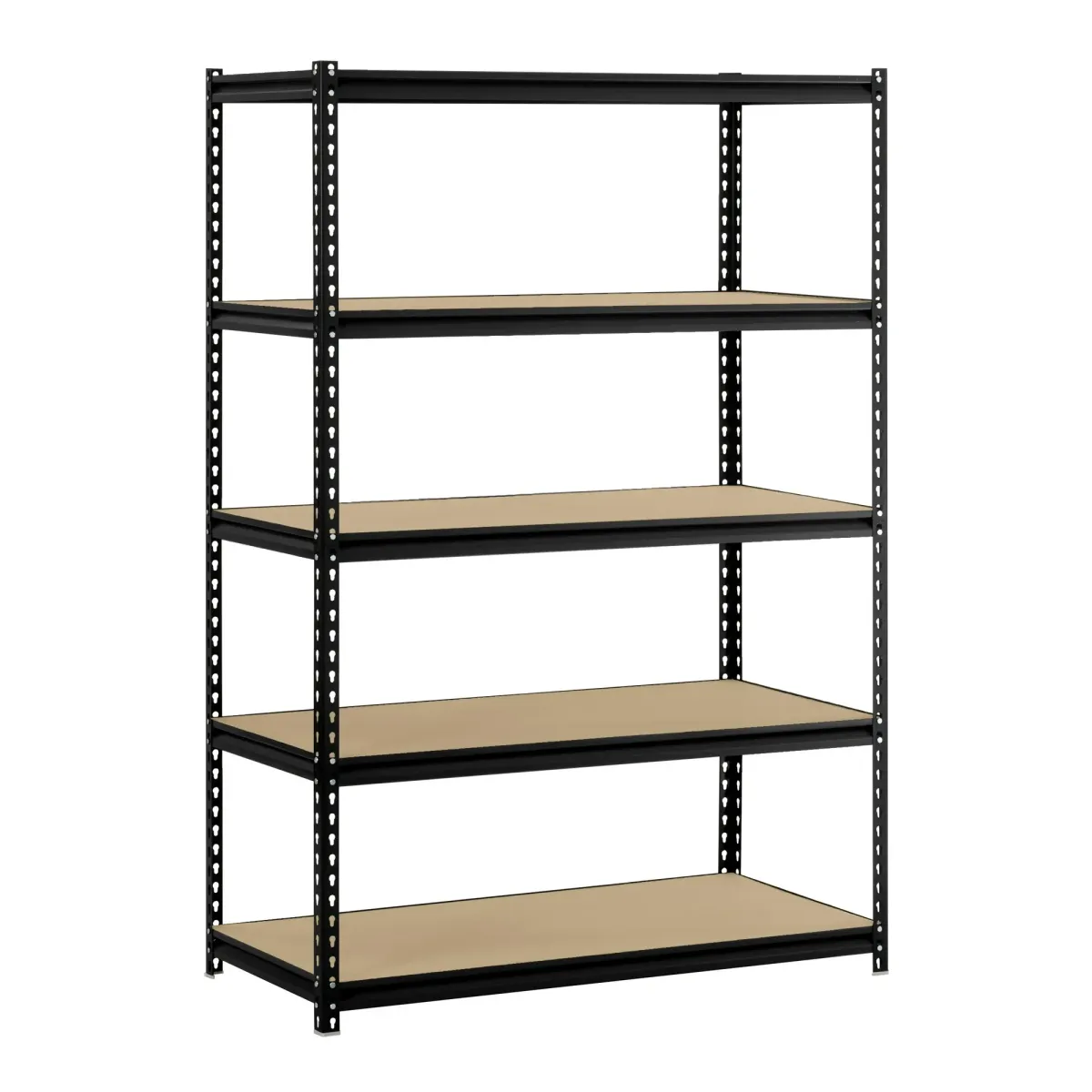
Heavy Duty Storage Shelves
Quantity: 2–3 per house (enough for ~2 shelves per bedroom)
Use & Notes: Used in garage or basement areas for labeled resident storage bins. Provides structured long-term storage for things like luggage, gear, or seasonal items. Metal shelving is easy to assemble and can hold a high weight load. Label shelves by room to reduce mix-ups.
5-Shelf Steel Shelving - this metal storage shelving unit measures 48"W x 24" D x 72"H
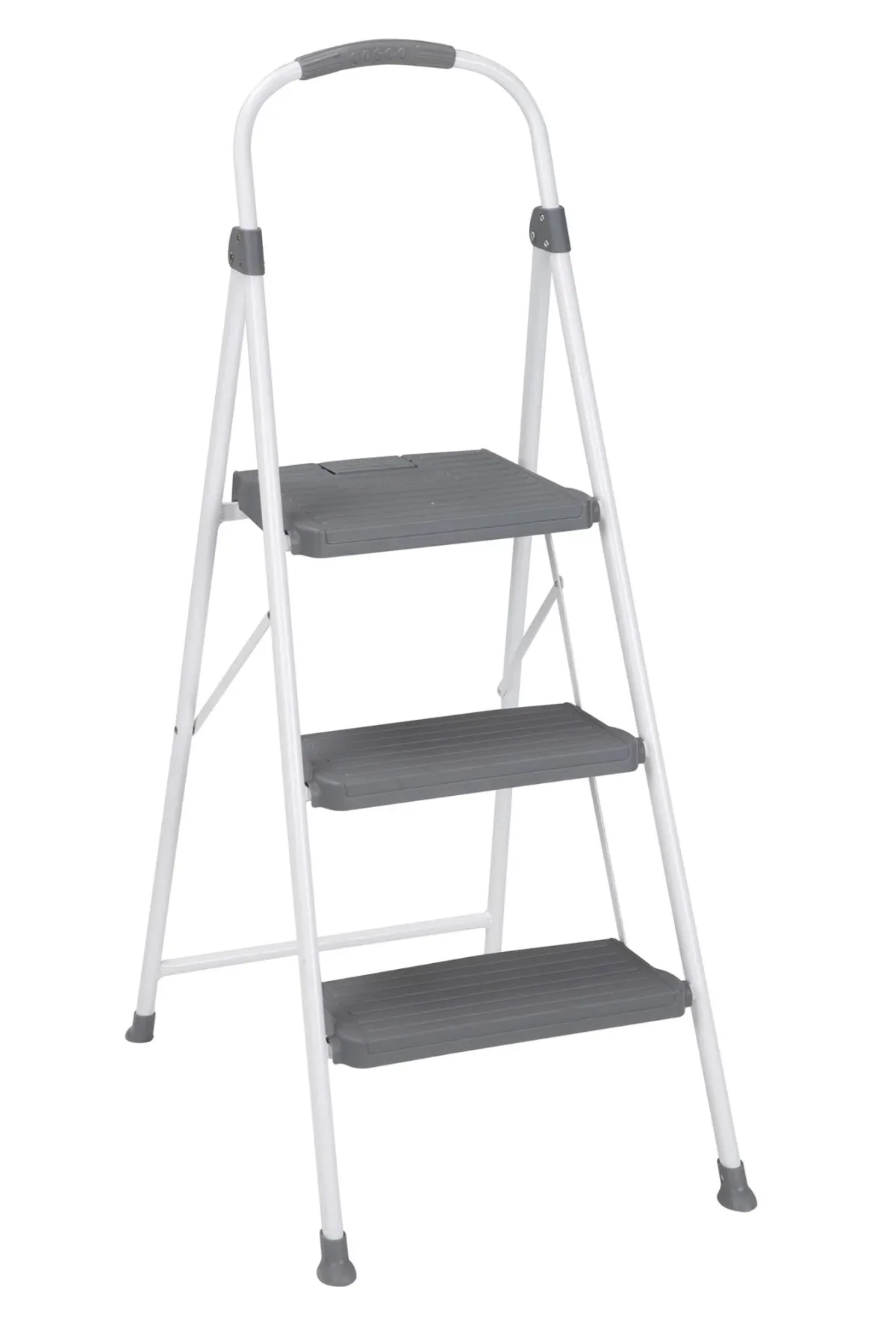
Step Ladder
Qty: 1 per house (store in the cleaning closet or laundry area)
Use & Notes:
Sturdy, foldable step stool for safely reaching high cabinets, top shelves, or hanging items. Helpful for residents and Property Managers during routine upkeep, seasonal swaps, or moving in/out. The 3-step height offers ample reach (up to ~8ft–10ft) without needing a full ladder, and folds flat for compact storage. Keep it accessible but out of the way.
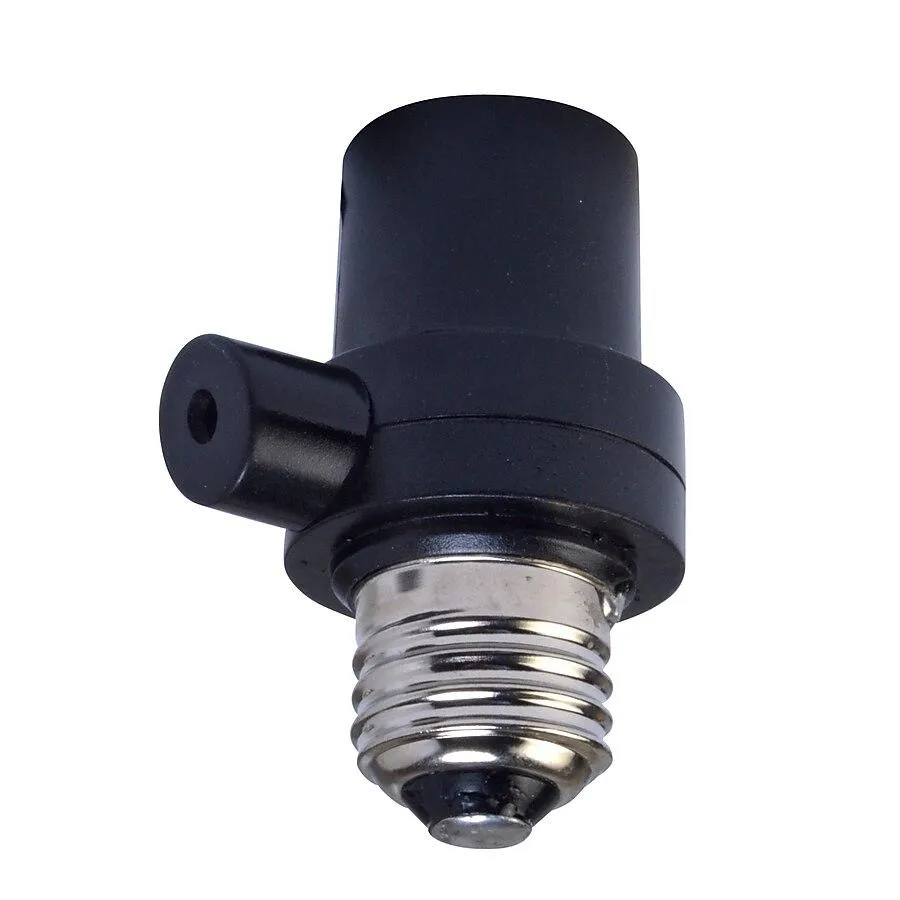
Daylight Light Sensor
Quantity: 1–2 per house (based on outdoor light layout)
Use & Notes: Automatically turns porch or driveway lights on at dusk and off at dawn. Increases both safety and curb appeal. Works with most light bulb types. Helpful for homes where residents forget to manually flip exterior lights.
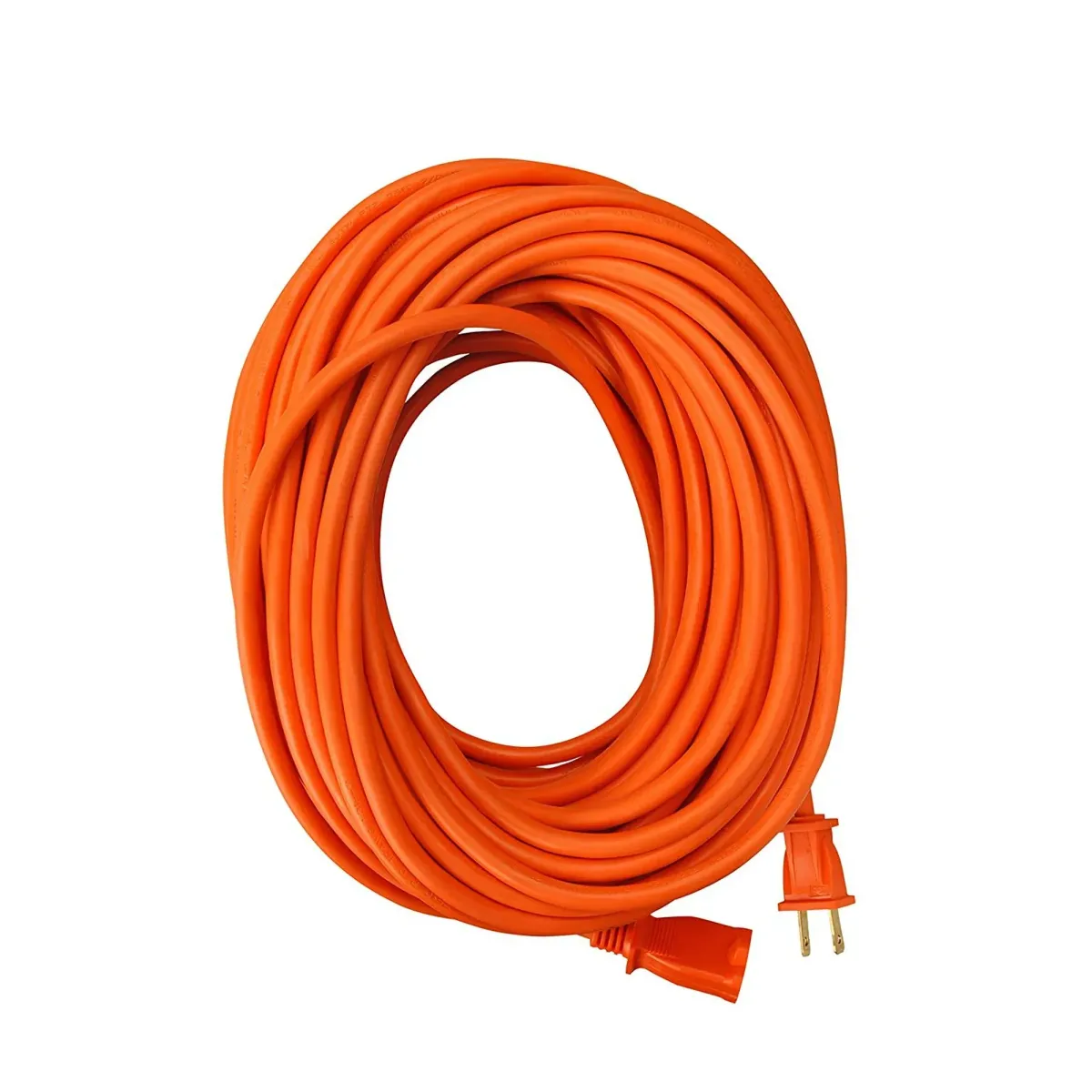
100 FT Extension Cord
Quantity: 1 per house
Use & Notes: General-use cord for outdoor or indoor maintenance needs. Long enough to run power from the garage to anywhere on the property. Durable vinyl coating resists sunlight, moisture, and light abrasion. Useful during yard work, deep cleans, or repairs.
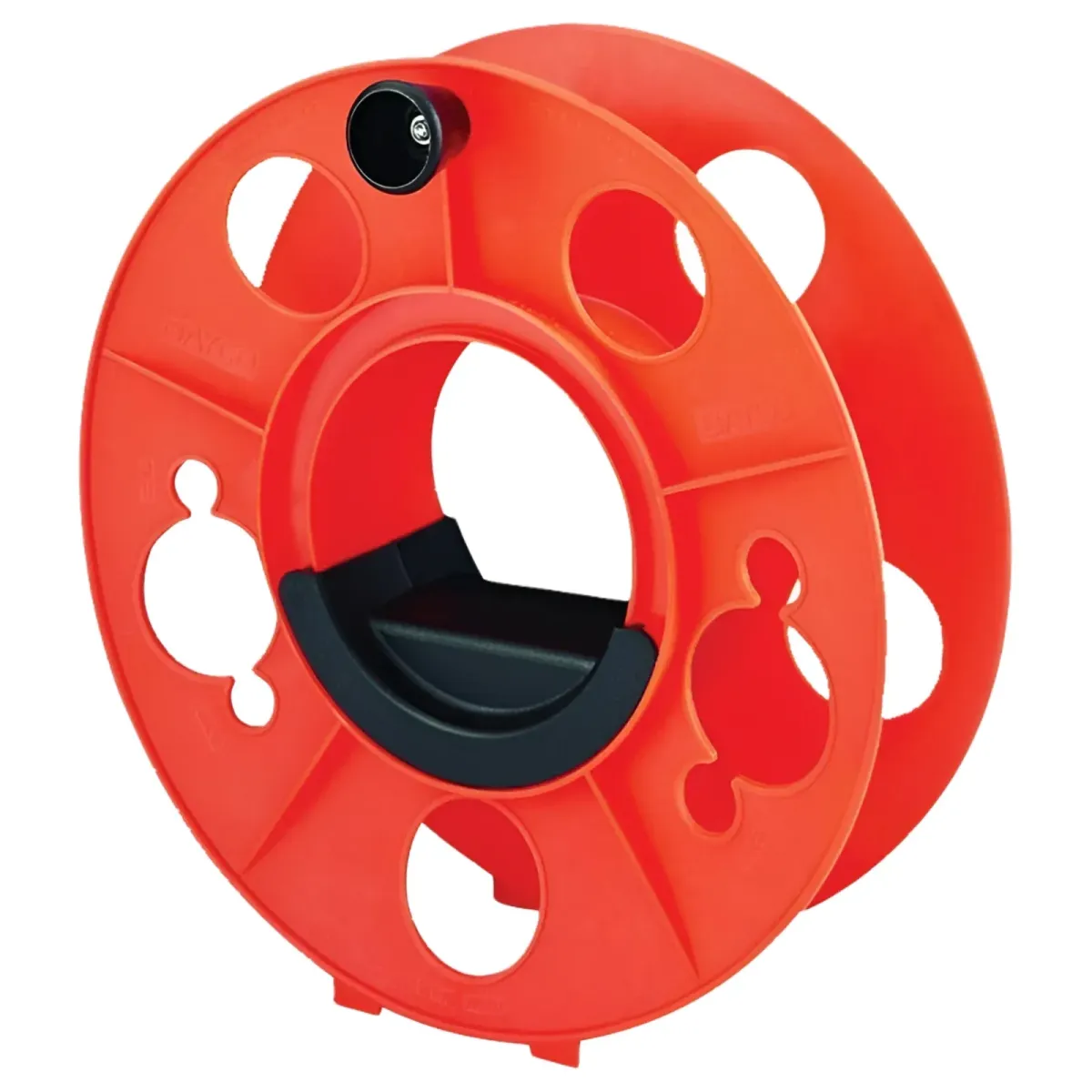
Heavy-Duty Cord Reel
Quantity: 1 per house (choose just one: light duty or heavy duty depending on needs)
Use & Notes: Stores and neatly coils long extension cords to prevent tangling or tripping. Makes it much easier to transport and use the 100 ft cord. Choose a model with a built-in stand and outlet holes to keep setup quick and tidy.
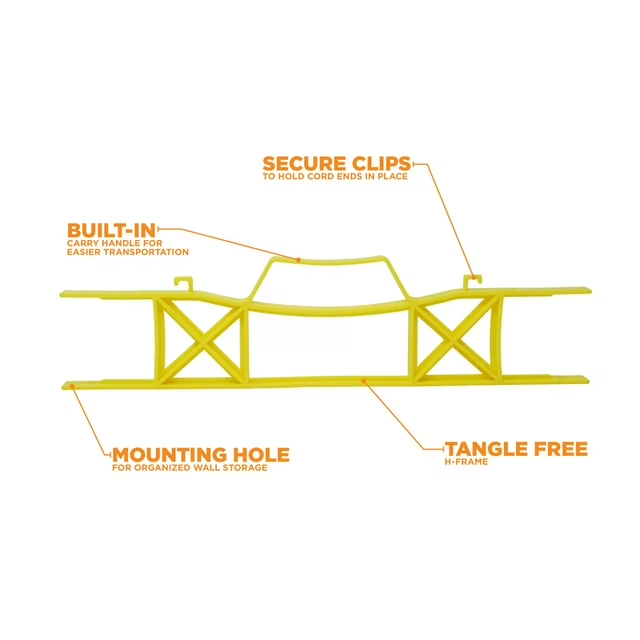
Light-Duty Extension Cord Storage Reel
Quantity: 1 per house (choose just one: light duty or heavy duty depending on needs)
Use & Notes: Stores and neatly coils long extension cords to prevent tangling or tripping. Makes it much easier to transport and use the 100 ft cord. Choose a model with a built-in stand and outlet holes to keep setup quick and tidy.
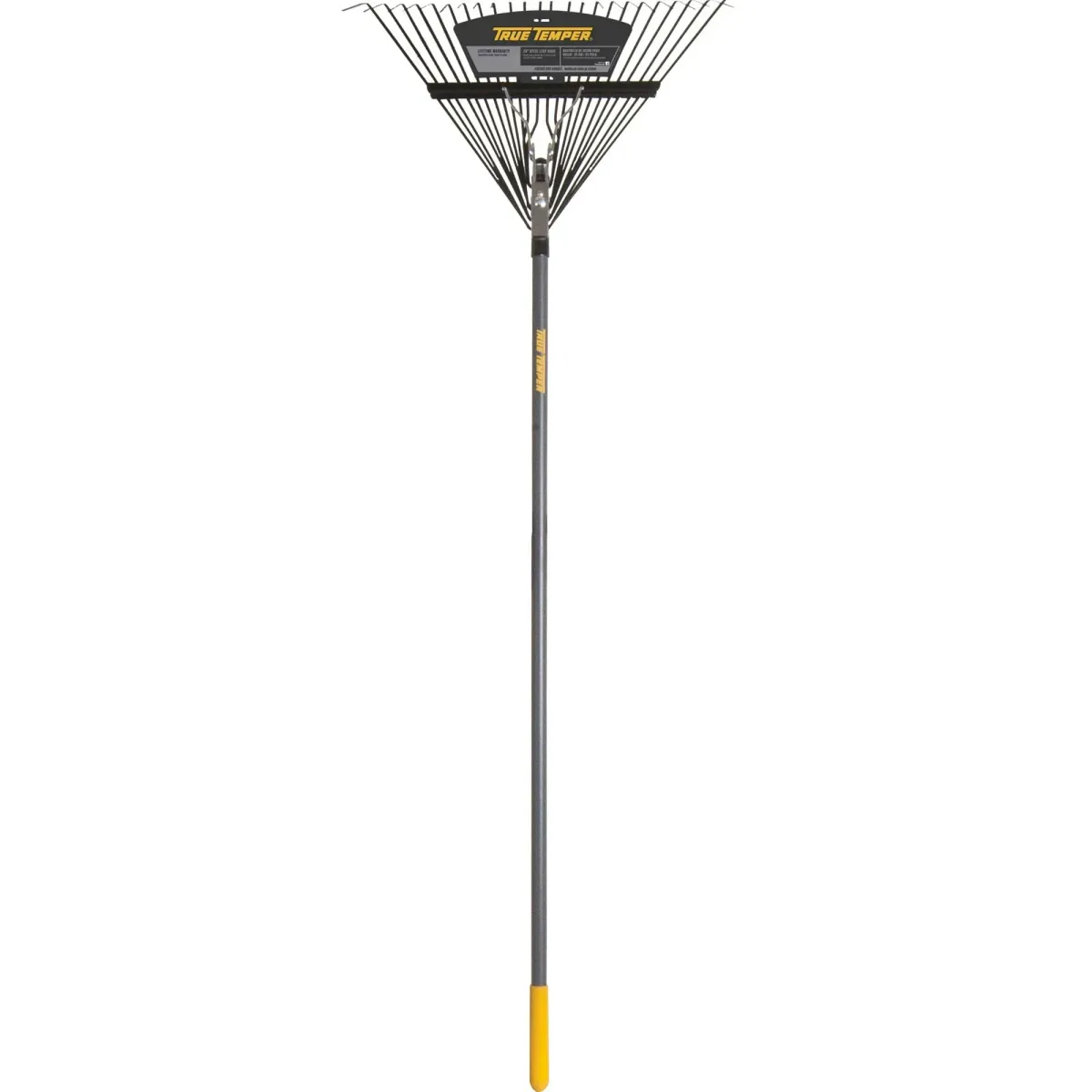
Leaf Rake
Quantity: 1 per house
Use & Notes: For clearing leaves, sticks, or debris from front/back lawns. Steel tines offer better durability than plastic. Can also be used to dethatch lawns or prep ground before seeding clover.
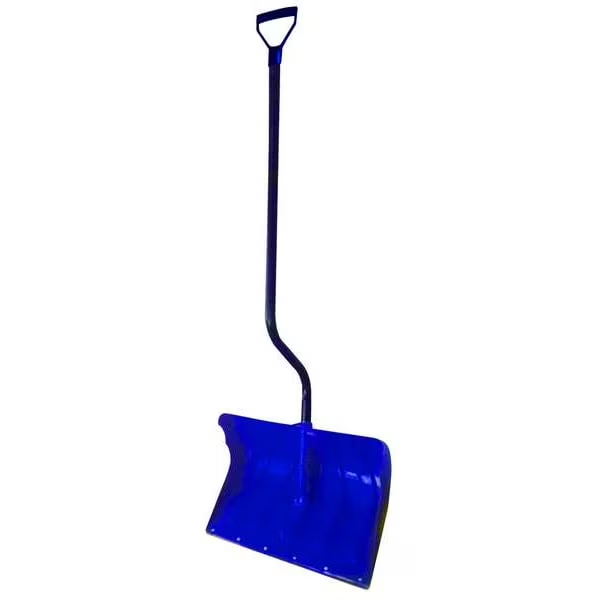
Snow Shovel
Quantity: 1 per house
Use & Notes: Used for clearing sidewalks, driveways, or stairs in snowy climates. Lightweight models with plastic blades are often sufficient for typical snowfalls. Look for a D-grip handle for better leverage and comfort.
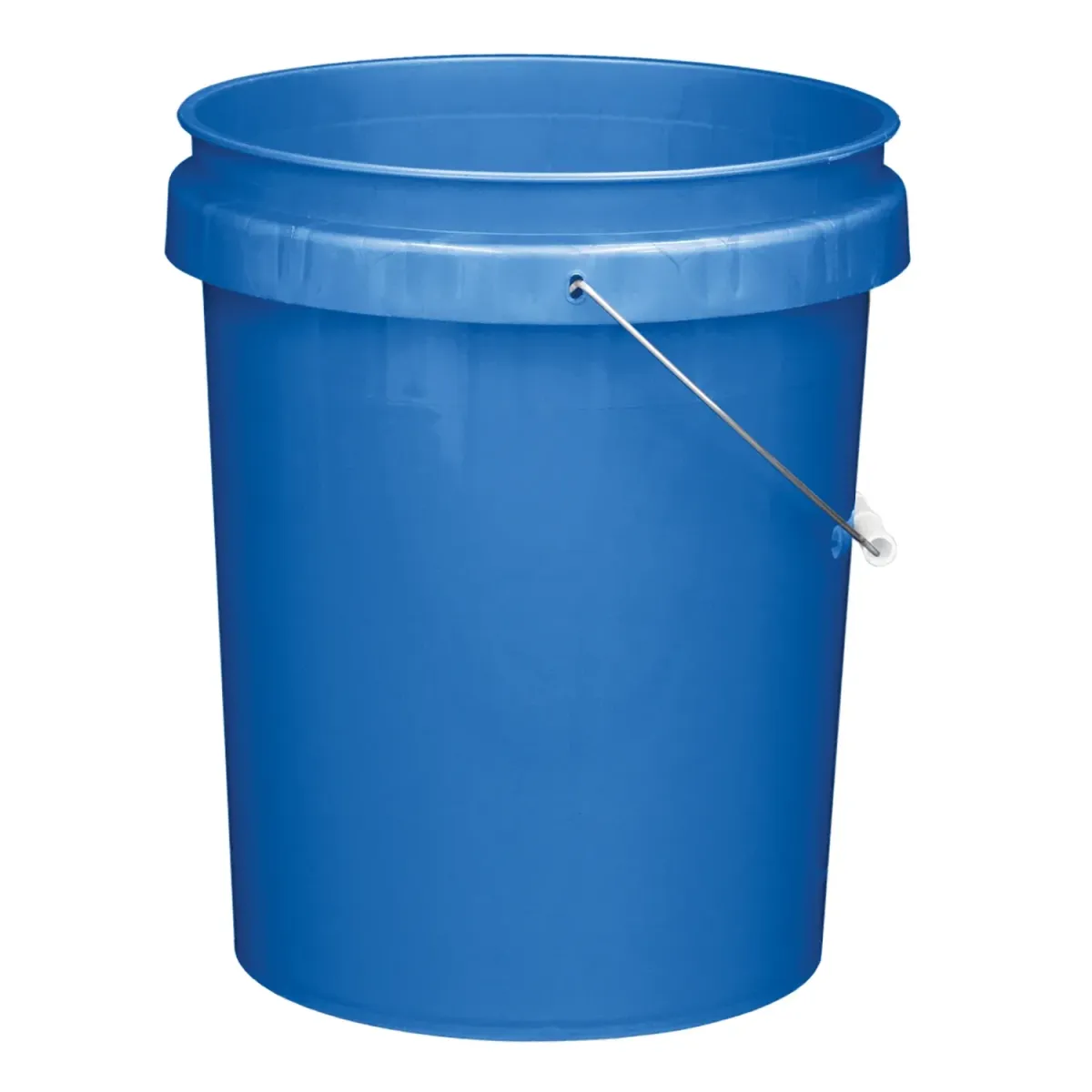
5 Gallon Bucket
Quantity: 1–2 per house
Use & Notes: Multi-use tool but typically used for storing sidewalk salt in winter climates. Also useful during yard maintenance or for soaking items. Durable enough to withstand repeated use and easy to rinse out.

Clover for Lawns (You'll never have to mow)
Quantity: Enough to cover front and/or backyard if grass is sparse
Use & Notes: Used to seed over grass or replace grass altogether. White Dutch Clover or MiniClover can eliminate the need to mow and reduce nitrogen fertilizer use. Helps with erosion control and gives a green, low-maintenance lawn. Best for sunny areas.
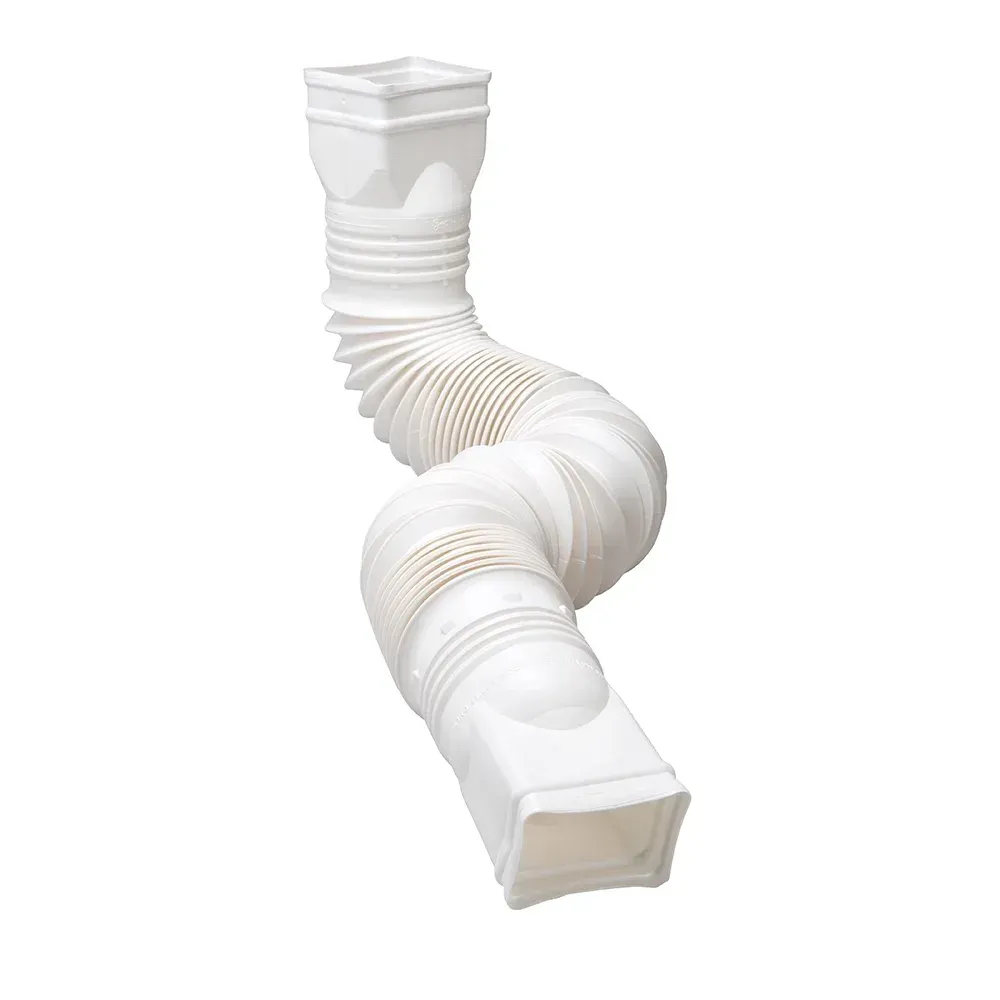
Downspout Extension(s)
Quantity: 2–4 per house (depending on number of downspouts)
Use & Notes: Prevents water damage by directing rainwater away from the foundation. Flexible design bends around landscaping. Can be extended or combined with additional sections. Helps reduce erosion or pooling near the home.
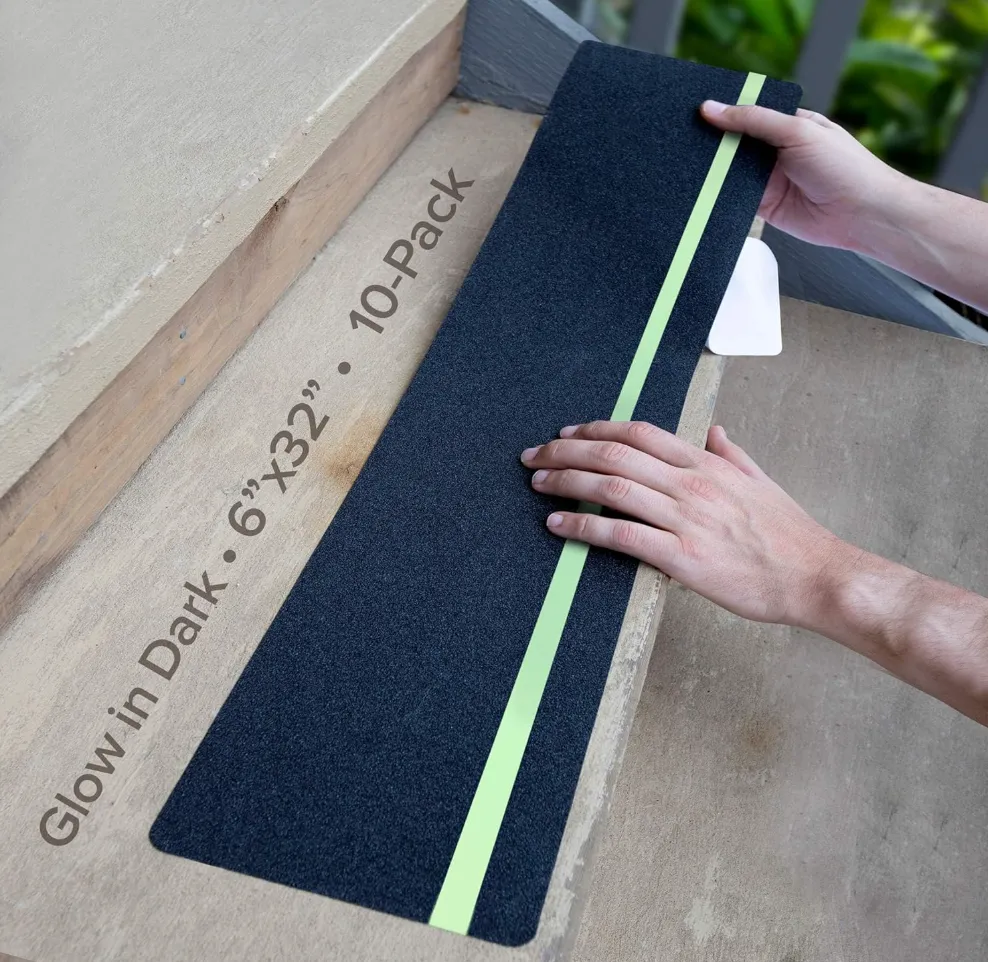
Anti-Slip Traction Strips
(for indoor/outdoor stairs)
Qty: 1-2 packs of per property (as needed for stairs or ramps)
Use & Notes: Adhesive anti-slip strips help prevent slips and falls on outdoor or basement stairs, wooden ramps, or other potentially slick surfaces. Especially important for properties with wood or concrete steps exposed to rain or moisture. Easy to install and highly durable. Check periodically for peeling or wear and replace as needed. Ones with a glow strip are a must and seriously make dark stairs way safer.
What NOT to Buy

Personal Bedding
(Sheets, Pillows, Comforters)
Examples: Sheets, comforters, pillows, mattress toppers
Why: Residents are expected to bring their own bedding for hygiene and comfort preference. Bedding styles and materials (e.g., hypoallergenic, weighted blankets, etc.) are highly personal.
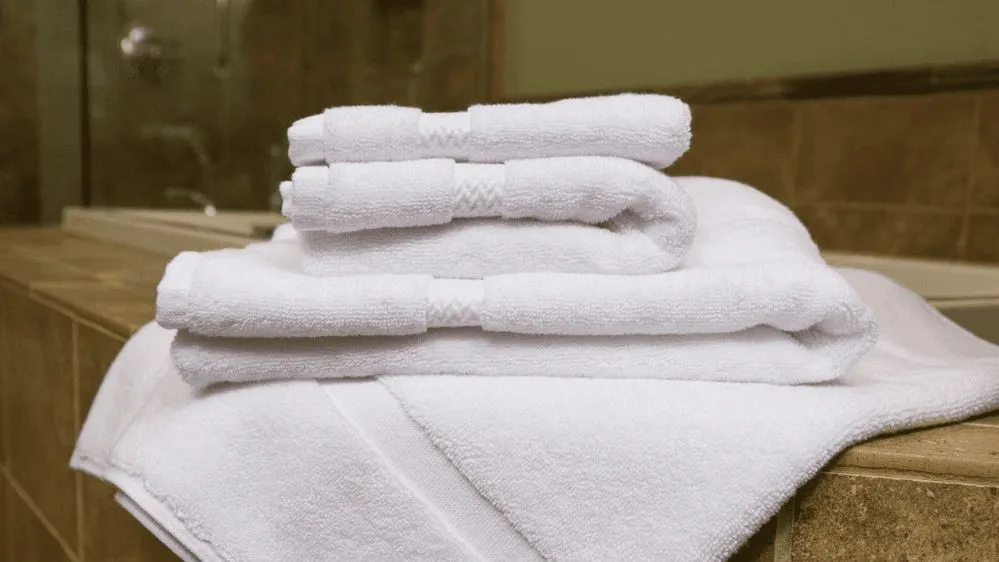
Bath Towels & Personal Washcloths
Examples: Bath towels & washcloths for individual use
Why: These items should be personally maintained. Shared hand towels for common area bathrooms may be provided by the house, but bath towels are not.
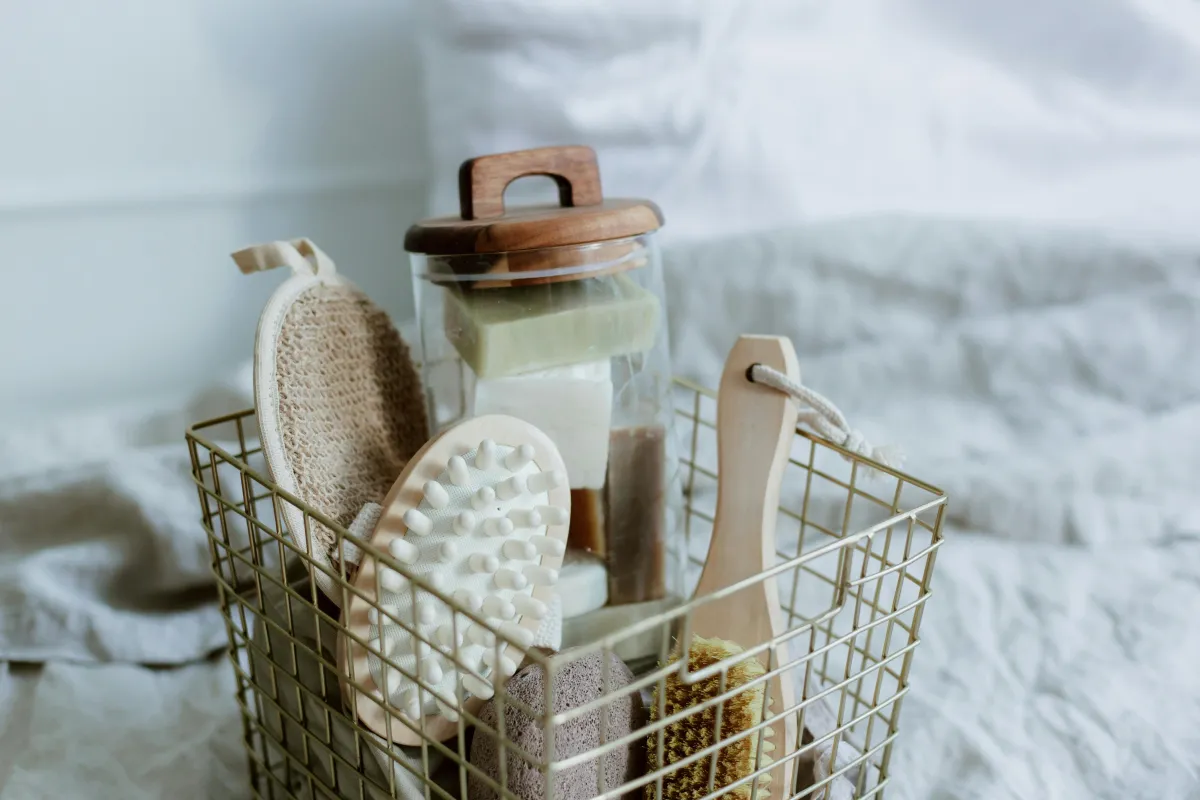
Toiletries & Personal Grooming Items
Examples: Shampoo, conditioner, body wash, toothpaste, razors, deodorant, toothbrushes, hair dryers
Why: These are personal-use items with specific preferences, hygiene concerns, and varying usage habits. Bathrooms should not be stocked with shared toiletries. Residents are responsible for bringing and storing their own.
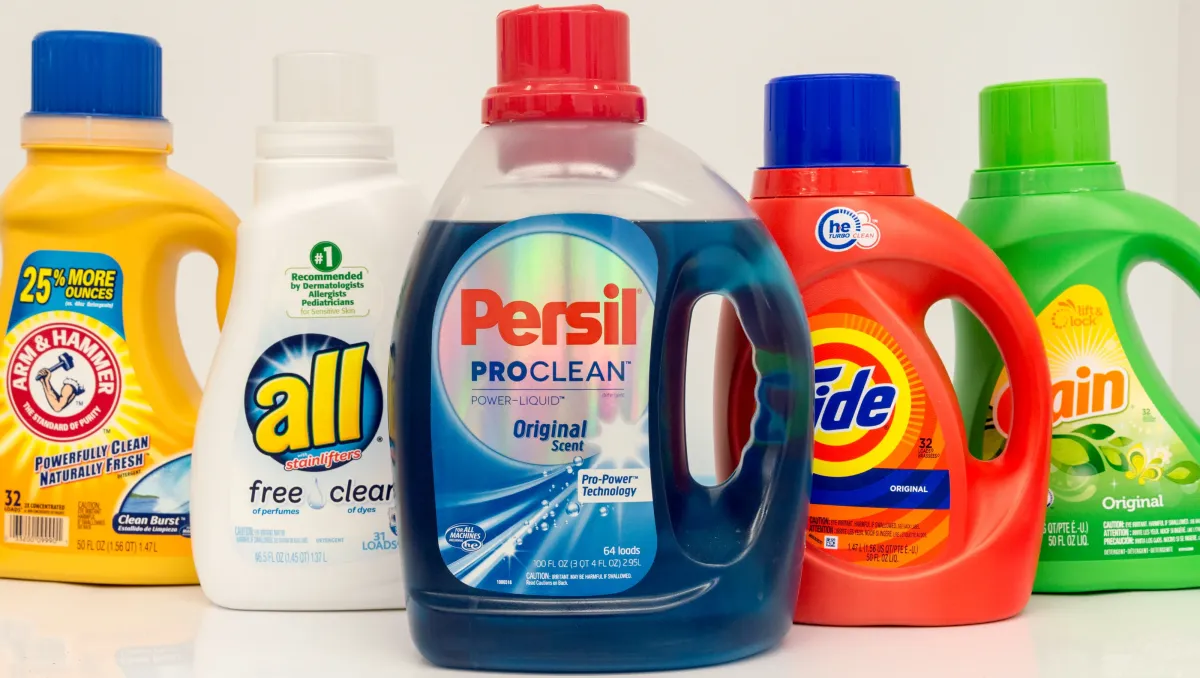
Laundry Detergent
Why: People often have brand preferences, fragrance sensitivities, or need hypoallergenic options. It's also difficult to manage communal detergent usage fairly.

Disposable Plastic Silverware
Why: Stocking plastic utensils signals low care and often leads to higher costs over time. They break easily, pile up as trash, and encourage residents to treat the kitchen as disposable too. Providing real silverware sets a tone of respect and care for the space—and makes it clear that shared kitchens are real kitchens.
